










Every farm is unique, even if they’re neighbours. That’s why you need a vaccination programme that fits your farm’s unique requirements.












Every farm is unique, even if they’re neighbours. That’s why you need a vaccination programme that fits your farm’s unique requirements.

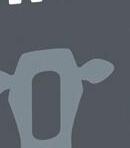


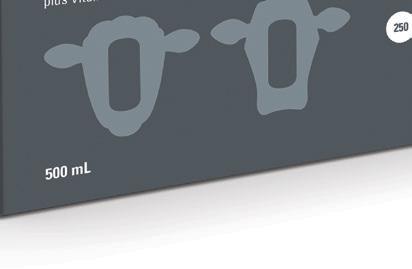

The only specialised 5-in-1 pre-lamb vaccine that provides up to 4 months protection for lambs.

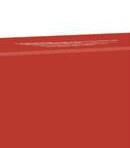
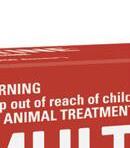
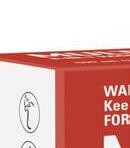

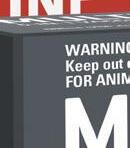

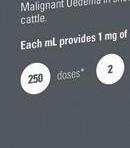



New Zealand’s leading 5-in-1 vaccine range with multiple options for supplementation1.
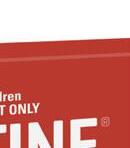

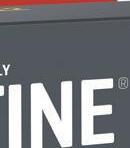
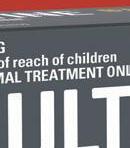


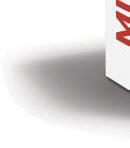
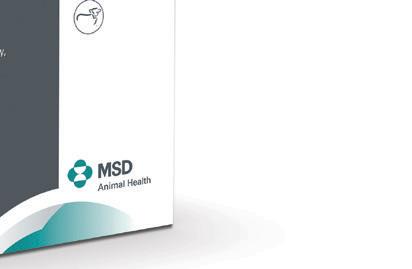


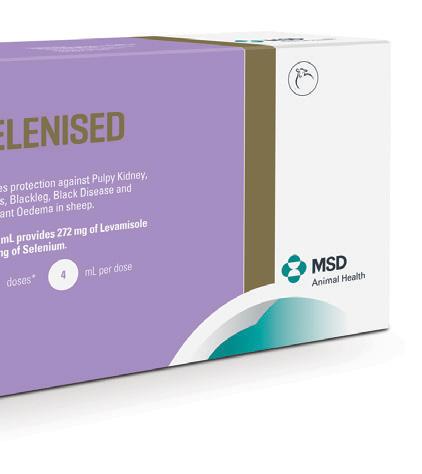
Every sheep farm is unique, so when it comes to vaccination, you need a programme that fi ts your way of getting things done.
NILVAX is the only pre-lamb vaccine that provides up to 4 months protection for lambs. This gives you the flexibility to vaccinate your ewes earlier to avoid sleepy sickness*, or vaccinate your lambs later due to the longer duration of protection provided via their mother’s colostrum.

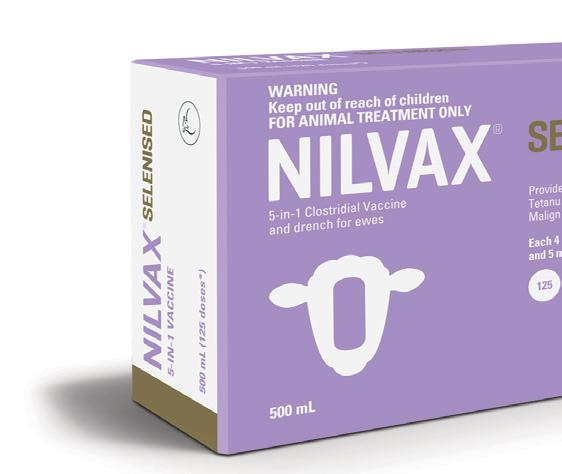
MULTINE gives you multiple options for supplementation of Vitamin B12 or selenium in combination with New Zealand farmers favourite 5-in-1. This means you can get everything you need and nothing you don’t.
NILVAX and MULTINE. Two tried and proven pre-lamb vaccine options made right here in New Zealand, that give you flexibility and effectiveness for your farm.

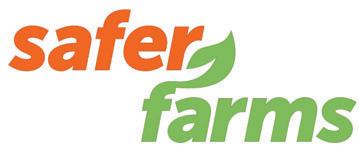


AS FAR BACK AS I CAN REMEMBER I ALWAYS WANTED
to be a cowboy and a farmer. There is a photo of me at two years old dressed with a cowboy hat and shepherd’s crook.
As I grew older I realised the openings for cowboys in New Zealand were slim, but solid for farming. But I’ve always remained a cowboy at heart and followed the code.
Have courage, always tell the truth, be honest and loyal. Take pride in your work, have a strong work ethic. Finish what you start. My better half, Eleanor, would dispute the last one given my unfinished attempts around the house.
My favourite western is The Searchers, family love conquers racism and revenge, but the most important is High Noon. Facing up to evil when everyone else has deserted you.
When waiting to get the cane or facing up to any adversity, I would sing the movie’s theme song in my head.

After Lincoln College, leasing my own farm and farming in Britain, all during the 1980s, I studied journalism at the age of 29. My teacher and role model was a great journalist, Ken Coates.
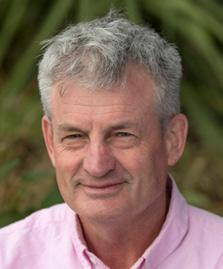
As a journalist I stuck to the cowboy code. A pen was my gun. I didn’t stand in front of a mirror practising drawing a pen from my pocket, but for 33 years wrote about the good, the bad and the ugly.


I did once get told off at my children’s daycare centre for shooting with a gun formed by my fingers and thumb. I argued, unsuccessfully, that I was returning fire from a three-year-old.
“He started it.”
I edited Country-Wide for 22 years, 11 when it was a tabloid, 11 and a half as a magazine. My definition of a journalist is simply, one who gathers the facts without fear or favour to bring the reader closer to the truth.
The town’s new mayor didn’t want me so I’ve handed over the sheriff’s badge to Jackie Harrigan and hope Country-Wide continues to fight the good fight. Focus on science, not pseudo-science, fact not fiction. Ask, what is the truth?
I’m still in town, across the street in the saloon playing poker with Wyatt Earp and Doc Holiday, waiting for my next role.
Thank you to the farmers who opened up their farms to CountryWide. Thank you to the Country-Wide team, journalists, writers and subscribers who made the magazine what it is.
It’s been one heck of a ride.
132
136
142
138
148

By Country-Wide Magazine
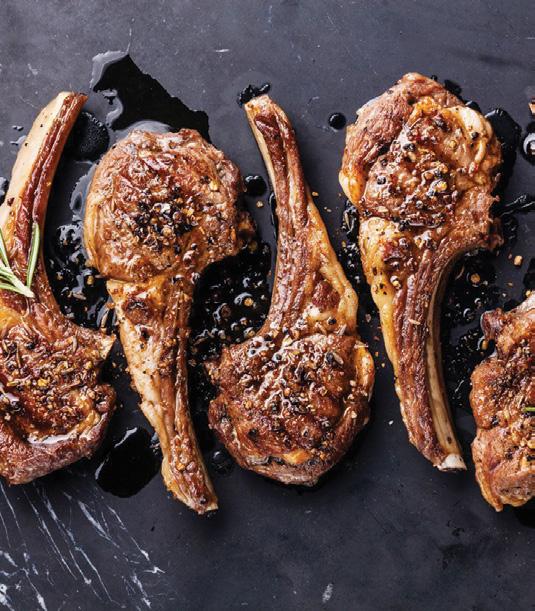
Published by CountryWide Media PO Box 669, Ashburton 7740 0800 224 782 country-wide.co.nz
Editor Terry Brosnahan 027 249 0200 terry.brosnahan5@gmail.com
Publisher CountryWide Media 03 308 6638
Sub editors
Andy Maciver 06 280 3166 andy@countrywidemedia.co.nz
Alison Robertson
Designer

Emily Rees 06 280 3167 emily@countrywidemedia.co.nz
Production Jo Hannam 06 280 3168 jo@countrywidemedia.co.nz
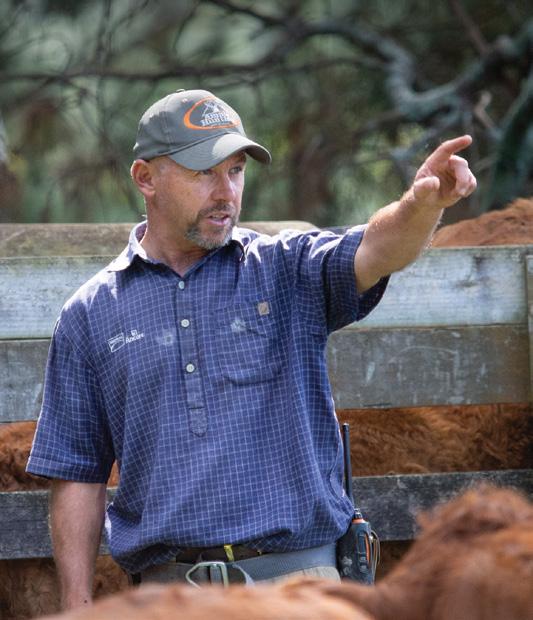


Writers
Anne Hardie 03 540 3635


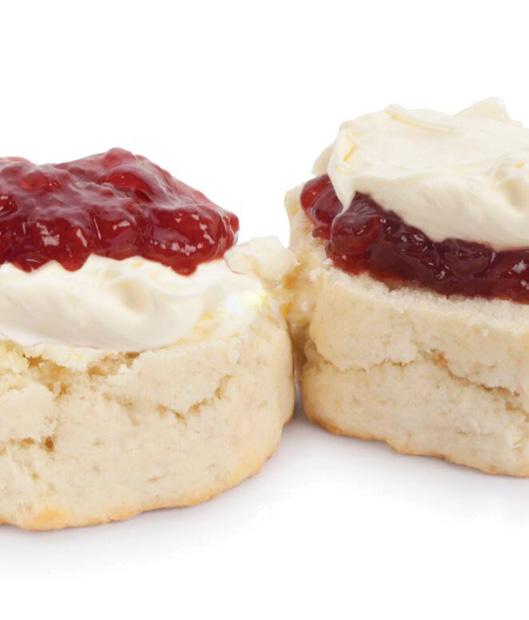
Sandra Taylor 021 151 8685
James Hoban 027 251 1986
Jo Cuttance 03 976 5599
Joanna Grigg 027 275 4031
Glenys Christian 027 434 7803
Annabelle Latz 027 808 6469
Louise Savage 027 260 2750
Sarah Horrocks 027 555 7941
Account Managers
Janine Aish 027 890 0015 janine@countrywidemedia.co.nz
Angus Kebbell 022 052 3268 angus@countrywidemedia.co.nz
Subscriptions country-wide.co.nz/shop 0800 224 782 subs@countrywidemedia.co.nz

Printed by Blue Star, Petone ISSN 2423-060X (Print) ISSN 2423-0618 (Online)




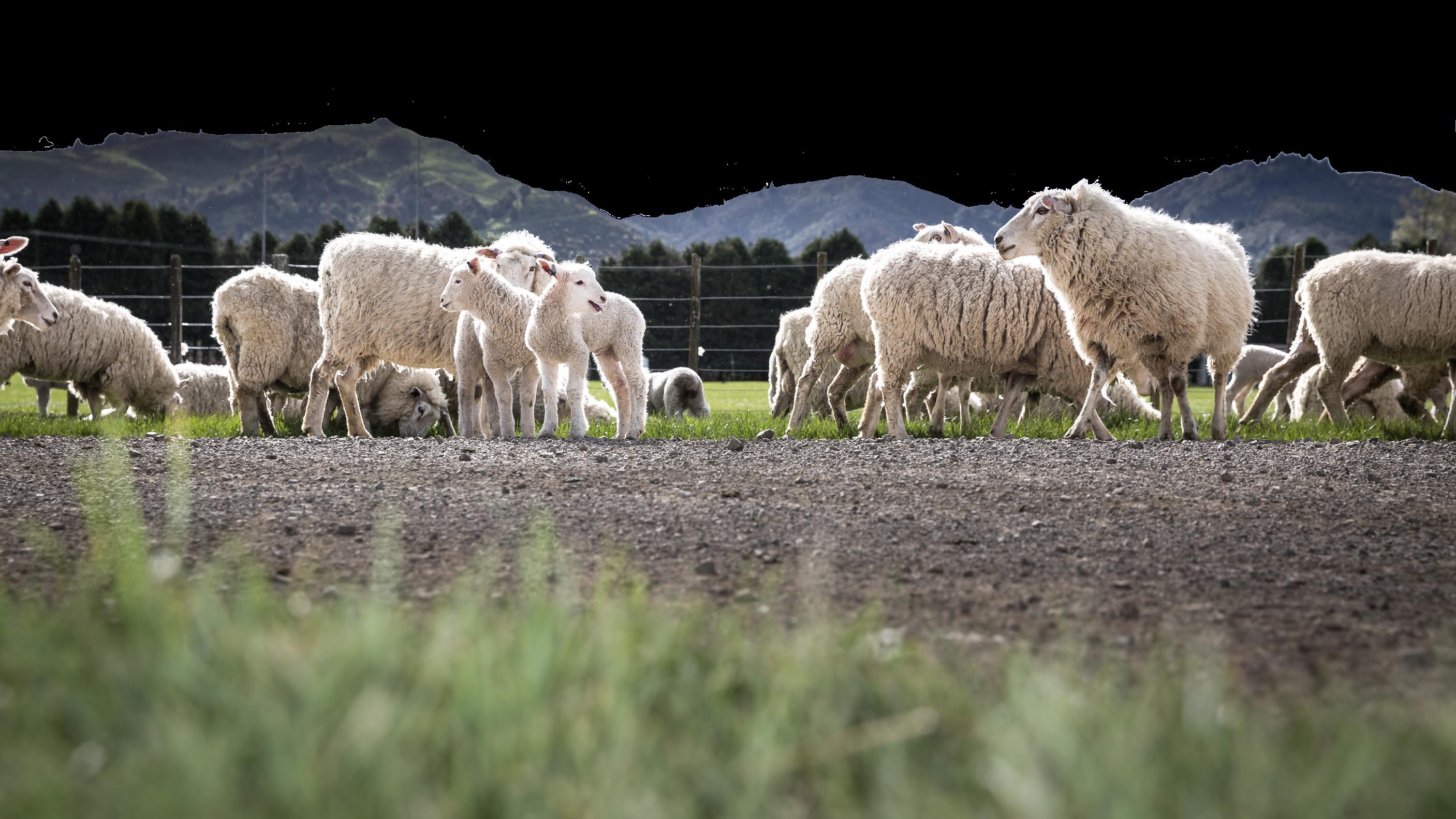
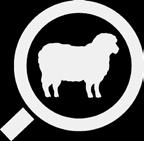




Pit ponies, also known as mining horses, were commonly used underground in mines from the mid-18th until the mid-20th century. After the 1842 Mines Act that abolished the underground employment of boys under 10 and all females, pit ponies were used on a larger scale. The ponies were stabled underground, only coming to the surface during the colliery's annual holiday. They would work an eight-hour shift, during which they might haul 30 tonnes of coal.
More than 90% of New Zealanders are meat eaters, but according to a December 2021 study, we’re not eating as much as we used to because we’re considering issues such as cost and health.

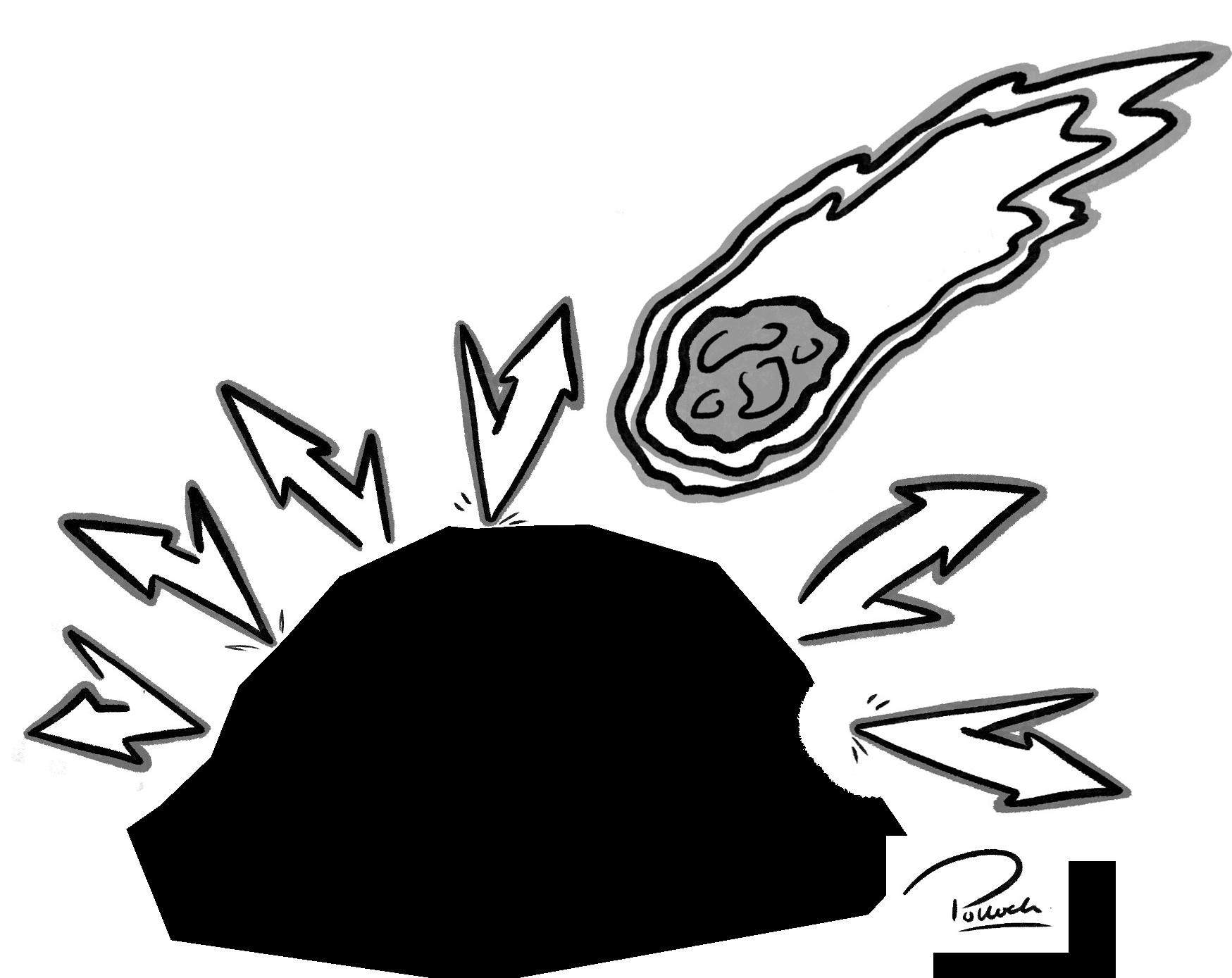
The study is the work of Ag Research and Lincoln University scientists who carried out an online survey of 1061 people.

They concluded the outlook for meat consumption to be positive and likely to remain so for the foreseeable future. Consumption of meat alternatives was rated “very low” compared to other countries.
For Kiwis, the taste of meat is the king decider with 71% rating it “very important” attribute when buying, followed by price (55%) and use-by date (51%).
In 1913 there were 70,000 ponies working underground in Britain's coal mines, gradually replaced by mechanised haulage and by 1984 only 55 ponies were still in use.
In 1999 the last pit pony in South Wales, 'Robbie', worked his last shift underground.
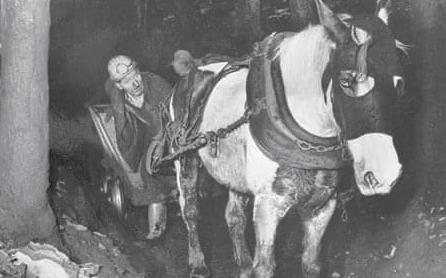
DID YOU KNOW? + The full published research, including the survey findings and information, can be viewed at bit.ly/3ODX22o
Results showed chicken to be the main meat eaten regularly, accounting for about 33% of the meals in an average week, followed by beef (22%), fish (13%), pork (10%), lamb (8%), and processed meat (7%). Plant-based meat products, venison, game/hunted meat, and other meat types make up only a minor portion in participants' weekly diets (Iess than 2%).
Two young nuns were told to paint the entrance foyer of the convent. After an hour one of the young nuns said to the other, “Oh Sister it is so hot in here. Do you think it would be alright if we removed our habits and painted with no clothes on? No one is here to see us and we would be so much more comfortable.” The other agreed and they proceeded to paint naked. Suddenly someone knocked on the door. They asked “ Who is it?”, and the man said, “Blind man".
“Oh Sister it is a blind person probably looking for food. He can't see us so we can give him something to eat and continue our painting." They opened the door and a smiling man said, “Good morning Sisters! Say thats a nice shade of blue you're painting. Where would you like me to hang these blinds?”
CORRECTION: In the Country-Wide August/September issue the feature on Landcorp, p39 read "these numbers are directly comparable". It should have read "are not directly comparable."

His normal area of expertise is stock markets – he’s limited to trading on the NZX these days, but he’d trade his zimmer in a heart beat for a bid on a thousand lambs at Coalgate, if he could.
came with me, though quickly regretted this after several rest home managers mistook her as the resident.
If hospital-fondness is a drafting gate for geriatrics, retirement villages are a lightning rod for 70-somethings. My mother responded to my barely contained laughter with acerbic mutterings of “incarceration” while gracing me with a black-belt death stare.

SOME LOVE THE HEAT OF summer, others the depths of winter. There are those who revere autumn’s splendour and yet more who delight in the joys of spring. While all hold their charm, there’s one supreme season for me: Election Season.
Cycling every three years is far too frequent for many, yet we sheep farmers know the salacious action that can happen in barely three weeks. Right now we’re enjoying the election lead-up –really just a vote-buying crude form of flushing.
With farmer confidence at an all-time low, it’s hard to feel flushed and heaven forbid the carbon-shunning of getting on a rising plane these days. But still the Beehive brings out the bribes. Grain trailers have been replaced with grocery trolleys and pasture makes way for policing. Brassicas barely get a look in, the risk not so much of flatulence than CosiLiv’s ‘flation.
Seasoned readers will recall my very own election pollster; Grandad. Still going at 101 despite a tumultuous year, he is raring to go for his 34th general election.
At the beginning of this year, Grandad got hit by a reversing car, skittled from the pavement out on to the road. An alarmed onlooker concluded he needed to get to hospital immediately. There are two types of geriatric; the hospital lovers and the hospital haters. Grandad is most certainly the latter.
One mention of hospital and he was up off the deck and back to his senses, insisting a nice cup of tea would see him right. Against the odds, after six disgruntled weeks in hospital recovering from cracked vertebrae, he did come right.
He celebrated survival with a 101st birthday party and a dabble on the sharemarket –Metlifecare and Rocket Lab, just to keep his holiday options open. But in the last few weeks things have taken another dive, this time a chest infection.

Sensing it was time for more care than his self-contained flat availed, I flew through the winter feeding routine one morning and raced to town to check out the rest home options. The Chief Inspector

She apparently had no qualms about ‘incarceration’ options for her father though, our search eventually settling on a beautiful apartment with 24-hour care. Several days later I drew the short straw of having to tell Grandad. A robust discussion ensued, concluding with me disingenuously telling Grandad I’d give him some time to think it over.
Meanwhile, bookings were made, paperwork processed and PJs packed, it was time for Grandad to move in. Proudly thinking I’d navigated the geriatric gauntlet rather well, the fine print was coming to get me. It turns out the final checklist included a welcoming phone call prior to arrival.
Ambushed in round one, there was no way Grandad was going to miss this chance. He told the lovely admin lady exactly what he thought of the apartment plans and quite precisely what she could do with them. With 101 years of wisdom on his side, he then pulled the masterstroke of woke, informing her he did not give consent. Needless to say, he remains in his flat; I have been utterly out-foxed by an old boy in a zimmer frame.
For what it’s worth, Grandad is convinced National and ACT will get across the line. But if the tenacity of cunning old foxes is anything to go by, there’s no ruling out Winston just yet.
While some were checking out the retirement village options, Charlotte Rietveld’s Grandad had other ideas.
"He told the lovely admin lady exactly what he thought of the apartment plans and quite precisely what she could do with them..."
Grandad, Colin Watson, channeling Winston and still calling the shots at 101.Rakaia Gorge
BEING A GLASS-HALF-FULL personality, I’ve never felt the need to quantify what success means. Simply enjoying what I do each day is enough. Is the measure even worth discussion, as it means vastly different things to different people?
What does a successful sheep farmer look like? A friend’s father had a menswear shop in Central Hawkes Bay in the 1960s and successful sheep farmers were his bread and butter. They had a look, a style to accompany the Jag or Chev they drove. Could you pick a successful sheep farmer today, being completely open to the fact that he, her, they, may be a she? Whoever, they probably won’t be in a worsted suit topped with a fedora.

The trappings of success obviously change, but are the precursors to reaching the top of your game any different? Is it more about personality or acquired skill, knowing that the ability to work smart and hard is a given?
At a pinch we could all jog a kilometre, but what produces the farming equivalent of a marathon
winner and how do you evaluate them? Is it fair to judge on financial performance alone? The average cost of money over my 35-plus mortgage paying years is about 9%. The average return on capital has been less than half this figure, so that’s a fail for starters.
Capital gain on land resets the balance, but this windfall is no reflection of expertise. With a very average score for financial acumen, what else pulls or pushes a sheep farmer to the top. Knowledge? Information is more available than ever before but, as always, success lies in how it is applied.
Intelligence? Pure intelligence is a handicap – I don’t know this from experience, only observation – and unless tempered with a pragmatic approach to problem solving, intelligence is no great advantage.
Appetite for risk? I don’t know any business aside from farming so influenced by factors beyond the operator’s control. Is this best countered with scale and turnover or is conservative risk aversion a better strategy? The answer to this conundrum could fill a book and largely depends on the personality of the main driver of the business. However, opportunists with vision also need their share of luck.
No question – the importance of the team. It’s hard to be successful all by yourself so appreciate and make use of clever people around you. Our ram breeder knows more than we do about sheep performance for our particular niche and that is why we chose him. Not, as Louise suggests, because it’s a three-hour drive that avoids passing anywhere decent for lunch. I maintain there is nothing wrong with garage pies.
Resilience and a sense of self-worth. Whether innovators or masters of refining proven practice, award winners have the confidence to recover and learn

from setbacks. They don’t waste resources and commonly crank more output from each unit of input.
Successful people share passion and partners, but not in the sense that some of you with a lively past might imagine. This is about being driven and having a soul mate. Farming life becomes increasingly difficult without family balance and support.
Occasionally success can become a heady mixture that overrides consideration for others. Keep your feet on the ground and practice generosity of spirit. It is a powerful attribute and there is always more to be gained from bringing people along for the ride than alienating them.
For all their talent, hill country sheep farmers desperately need a new recipe to keep the humble sheep in its well-deserved place in our green and productive landscape. No other animal is such a natural fit. We know this, but disappointingly, we are better at on-farm excellence than in-market success. The voice that narrates our remarkable story has not been loud enough.
Last century a sheep farmer could be spotted as soon as he pulled into town, but Paul Burt says identification isn’t so easy anymore.
Spotting a successful farmer
"Successful people share passion and partners, but not in the sense that some of you with a lively past might imagine."Matata
He’s had a holiday, but now he’s home, Roger Barton is seething about a government minister’s apparent hypocrisy.


WINTER IS IN FULL FLIGHT and it’s wet beyond belief, but I have to confess it’s only half as bad as it could be. We had 10 weeks out of New Zealand. A month in Africa and then the balance in the UK reliving my Nuffield experience of 1995.
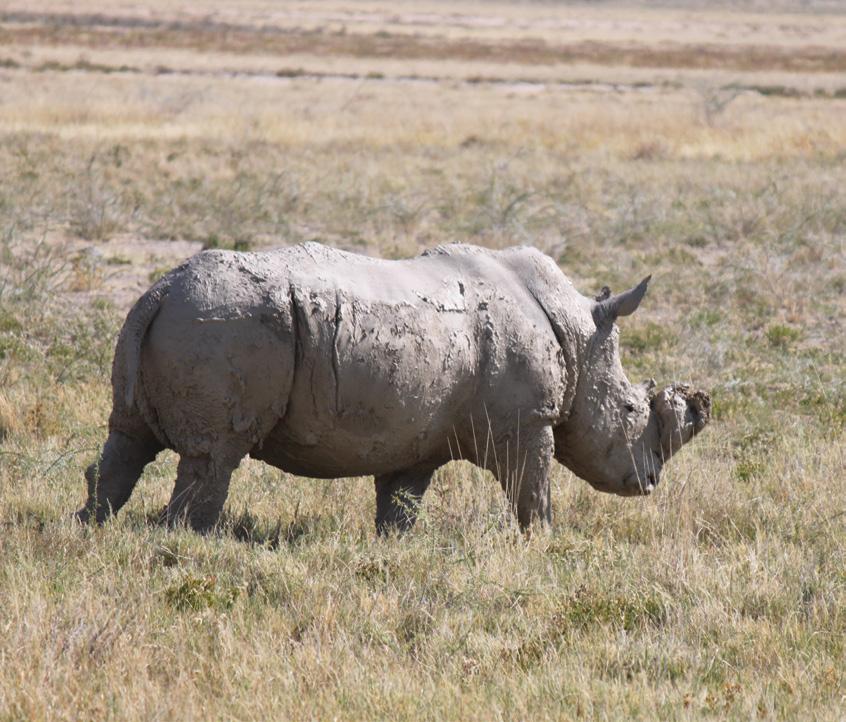
Returning on July 10 means we have no right to grumble about the weather. There are comparisons with 1977, which I remember well as a shepherd at Wairere. Along with escaping a chunk of winter, we have also leased a chunk of the farm to dairy support – to a local long-standing dairy family we have a strong alignment with. My daily duties here are diminished, although we still have R2 heifers not far from calving and MA cows to follow. Last year we had a swath of winter oats to calve on and while a bit fiddly having breaks with young calves, they were well fed, we
had a great weaning result and subsequent pregnancy scanning. Farming can be difficult but if you start by feeding things properly most of the rest falls into place.
I now have more spare time. Some is spent helping our son as needed. I also find time to pester people. I have two letters in the inboxes of politicians. One to the Ministry of Business, Innovation and Employment regarding how much synthetic carpet was recycled in the last year and the other, which is far more sport, to the Minister of Agriculture/Trade and Export.
bit interesting that at a time when the minister was trying to find trade opportunities and also talking the big talk about decreasing our methane emissions' profile, he was, on the same trip, meeting with some of NZ’s motor racing stalwarts as if they were either gods or gurus. Now, for the life of me I can’t stand motor sport. The waste of resources just astounds me. And here we have a minister of ag, on Twitter, supporting motor racing. I have asked two questions. First: “Do you think motor racing is good for the planet?” and second: “If so, what do you see as the positive attributes of an industry that in my own view plunders a diminishing resource and adds carbon to an atmosphere that we are to believe is on a struggle?”
To date I have had no acknowledgement or reply. If the minister suggests he is too busy then I have to wonder why he had the time to visit and comment on Twitter. If he’s just a closet petrolhead then best he confesses that he’s hypocritical about his attitude to the world’s diminishing resources. I’ll leave you to decide. I suspect any answer this side of October 14 is highly unlikely.
Minister Damien O’Connor has made much of his efforts to establish better trade opportunities in the northern hemisphere. Some of this looks good; some not so. In amongst all this there is the constant clamour from the minister and his green flunkies that we need to get emissions from livestock down to be credible in this affluent world. It therefore became a little
My next mission is uncovering the scabs around the cost and benefit of MPI’s establishment of their “On Farm Support” team. A team of 90 personnel nationwide driving around in new Ford Rangers. Having spent an interesting two days at the red meat sector’s conference, I failed to find anyone who supported, let alone understood, the establishment of this unit. Then at the same conference the ag minister told us that “perhaps we don’t have enough tax”. I’d be suggesting that he has a solution urgently hunting for a problem. Time will tell.
"Now, for the life of me I can’t stand motor sport. The waste of resource just astounds me."Greytown
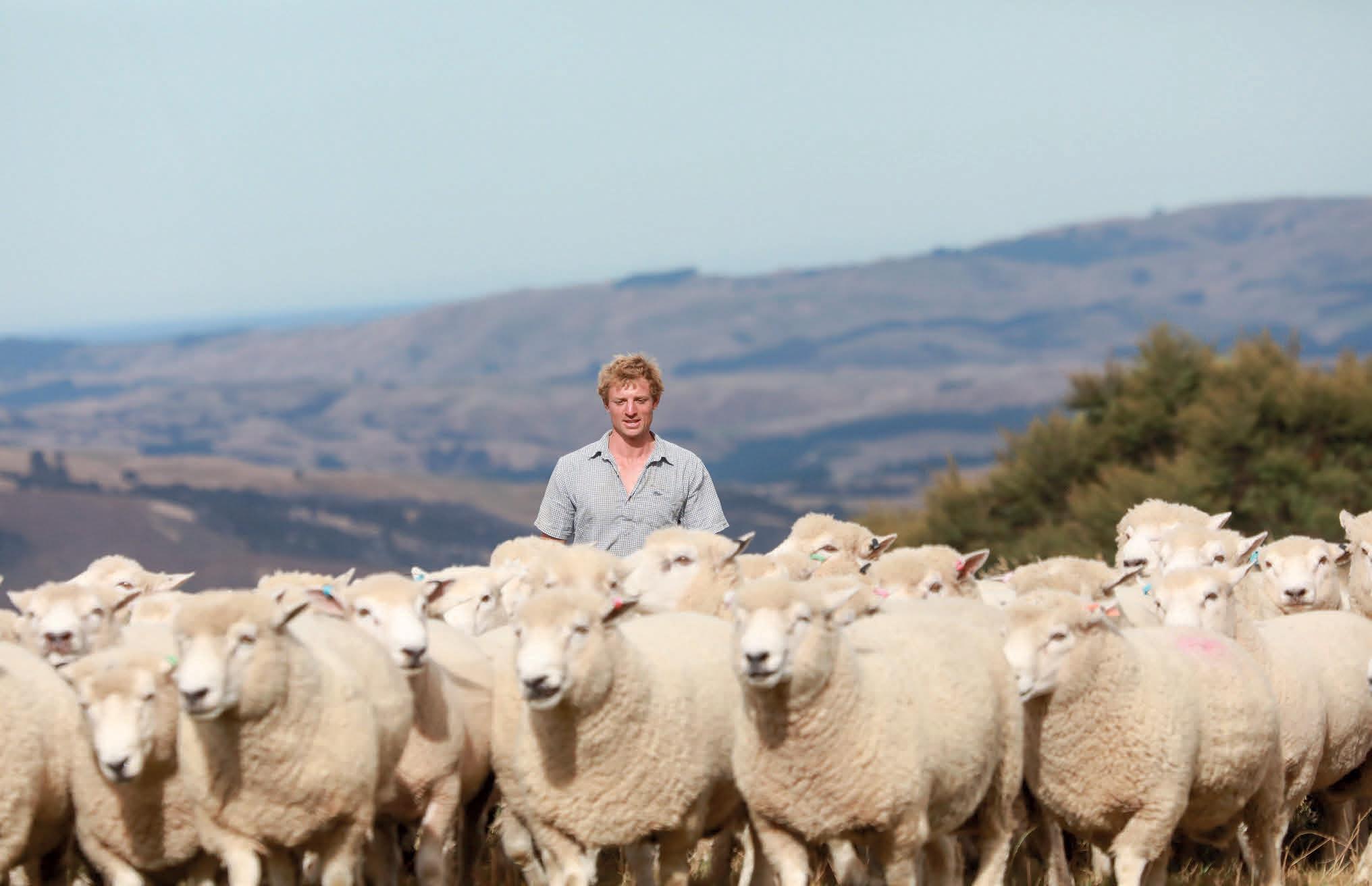
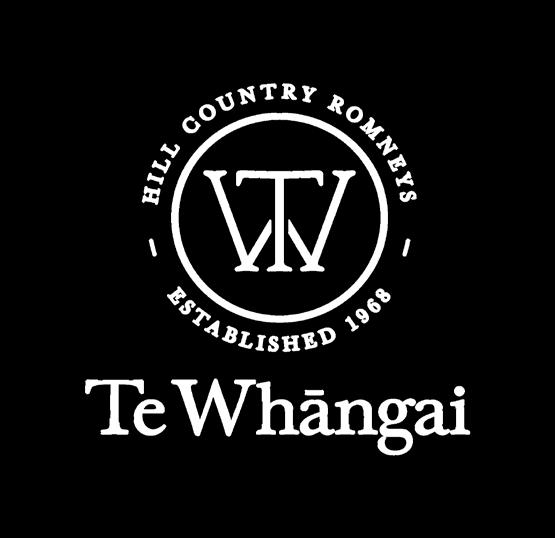
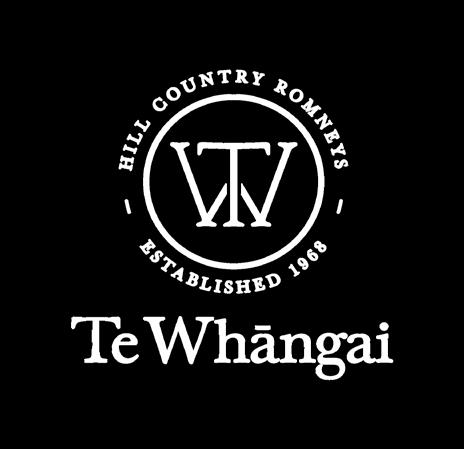
Chris Garland has worked 40 years as an agribusiness consultant, has judged a number of farmer of the year competitions and has good credentials to identify the characteristics of top performers in the sheep and beef industry.
There are a number of common characteristics of the people who run these businesses that could make up a profile of a “top performer”. Top performers may not exhibit all these attributes, but definitely a good number of them. And they won’t necessarily be embodied in one person, but more likely spread across a husband and wife couple or a business team.
So don’t go eating yourself up if you can’t tick all the boxes in yourself.
There is no escaping that good instincts are important. There are so many facets in a farming business – livestock, people, weather, agronomy, economics, politics – that it’s like conducting an orchestra. Good instincts allow top performers to hear when something is out of tune and to respond quickly. Whether it’s a line of hoggets that have gone off the boil, a statement made by a politician or a drop in the flow of a creek, good operators will notice a change in the “music” before others do and respond earlier.
Some instincts, such as stockmanship – knowing how a mob will muster
from a paddock and recognising unwell animals – appear to be inherited. Some kids just have it, and some don’t. But that’s not to say that these important instincts can’t be developed over time with experience and a conscious understanding of their value.
I see a lot of businesses that successfully grow to a size that can be run by an owner and two or three staff but can’t grow any further. This is because the owner struggles to delegate management control to others. It’s the Achilles’ heel of many businesses.
Top performers understand that to grow their business they must “train and trust”. That is, invest in good training to have staff think and manage the way they want them to and then trust them to do their job.
Top performers often have a degree of charisma and mana with their staff. A respect that is earned from being fair, consistent, firm, generous and successful. These attributes don’t come easily. I would say that fewer than 20% of employers have these attributes naturally. The rest of us must learn them
or employ people who have them. Managing people is also about creating a safe and efficient working environment. I.e. having a working safety culture and having plant and equipment that works well and is well maintained.
The successful, modern employer now also understands what wellbeing means: an holistic approach to employees’ conditions, culture, need for feedback and the need for some sort of pastoral care.
Top performers are good at making decisions. They will say it’s better to make a bad decision than to make no decision. A top performer will recover from a bad decision quickly and learn from it. It is okay to make mistakes if you learn from them.
With decision-making, top performers are bold but not reckless. They will research the issue quickly by consulting with trusted sources and advisers. Top performers are usually very good at juggling numbers in their heads and have a keen sense of cost-benefit. They understand that you must spend money
to make money. Top performers do not procrastinate; they take full ownership of their decisions and will take the rap if they are wrong.
One thing I have noticed about top performers is that they have a very keen sense of their place in the world. They see the big picture. Their terms of reference are well outside their farm boundaries. They play the long game. It surprises me how well informed some of these people are, even though they do not appear to be particularly computer literate or internet savvy. They talk a lot to the right people.
Top performers have a keen sense of where they come from and where their own strengths and weaknesses lie.
Top performers know what they don’t know. They will surround themselves with people who are good at the things that they’re not good at and readily take advice.
Top performers know what they can control and focus their attention on those things. They do not waste time and energy on things they cannot control.
the long game.”
They are not afraid to be different, to break the norm, to go against the tide. They often like playing “the pirate in the navy”. BakerAg produces a weekly management newsletter called the AgLetter. Many of these top performers have told me the only reason they subscribe to the AgLetter is so they can do the opposite to what we recommend everyone else should do!
Top performers understand there is no place in farming for perfection. There are a surprising number of operators who do strive for perfection, but their noble
plans are frustrated by weather, markets, people, bureaucrats, pests and disease. For top performers, 95% is good enough. The law of diminishing returns tells you you’re better off spending that last 5% of your effort turning another rough idea into a good one.
It is not uncommon in the industry for farmers to see their farm as their fortress. A dominion in which they do what they want and where they are unanswerable to anyone else.
Top performers tend to see their businesses as a stage that a whole lot

“One thing I have noticed about top performers is that they have a very keen sense of their place in the world. They see the big picture. Their terms of reference are well outside of their farm boundary. They play
Fulfilling every shepherd’s dream: 3 options to choose from Fully galvanized steel yards for permanent or semi-permanent setups, or our leading Portayards, crafted from durable aluminum, designed to withstand rugged conditions, and perfect for efficient livestock handling.

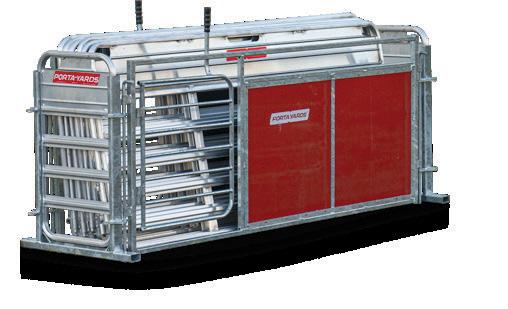
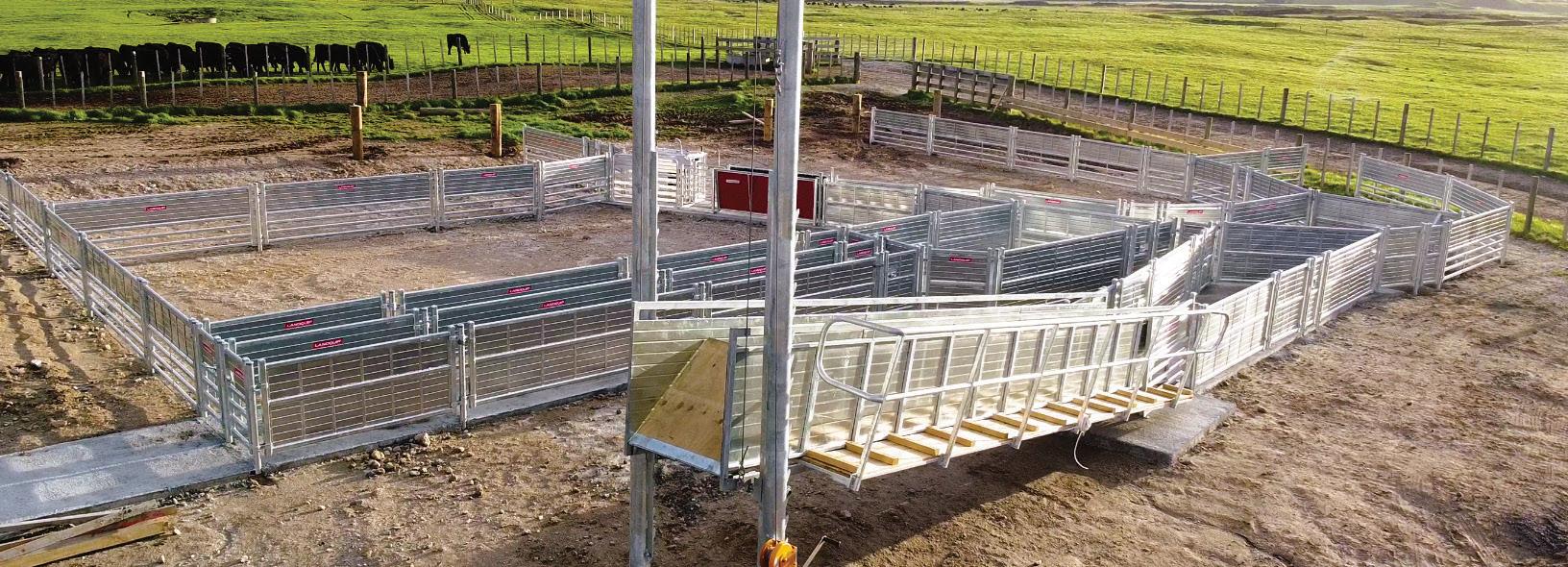
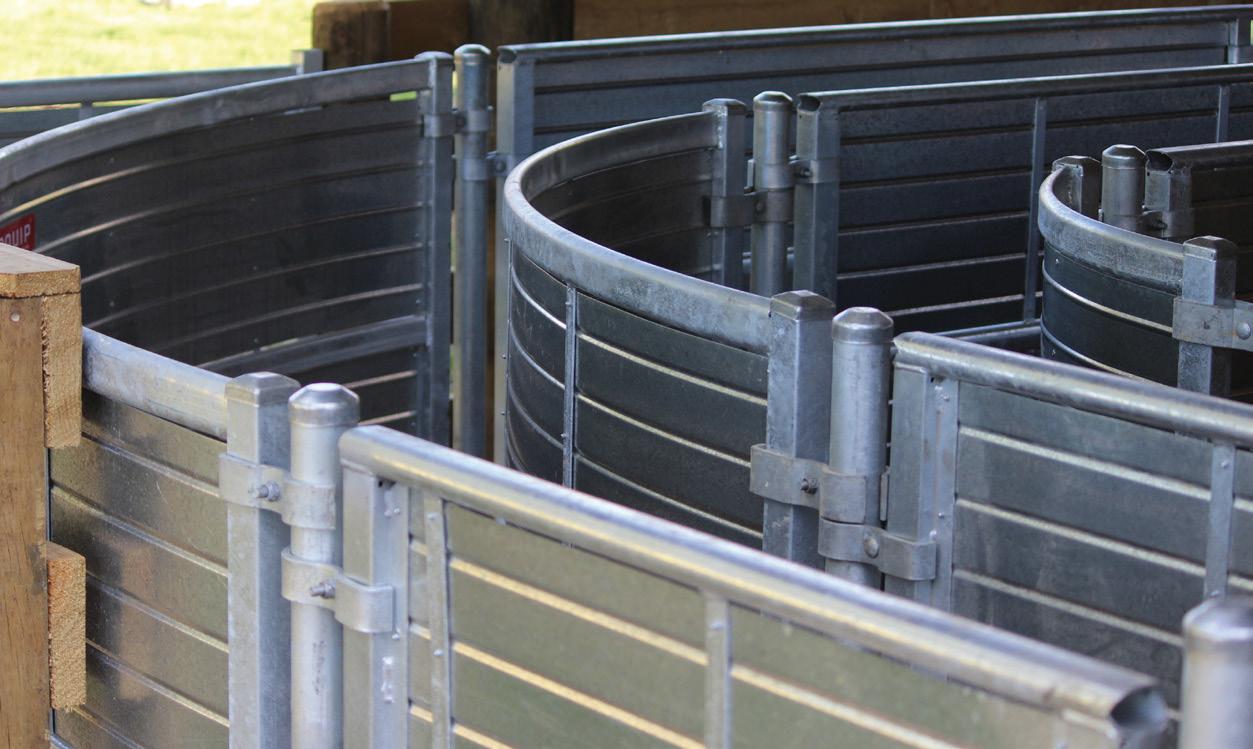

0800 269 776
info@landquip.co.nz
landquip.co.nz

of players can perform on. They see their trusted advisers, their shearing contractors, their rural professionals, their merchandise suppliers as being part of a team. They welcome interaction with community groups, schools, catchment groups and other organisations that make up the fabric of the community.
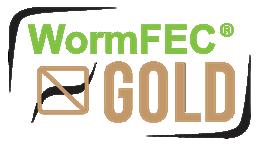
There will be a strong sense of social commitment, along with an understanding of responsibility around sustainable environmental management: e.g. what impact the farming operation is having on the wider catchment in which the property is located and on the integrity of the food and fibre they produce.
A universal trait of top performers is that they understand profit. Pita Alexander always says “production is for vanity and profit is for sanity”. Top performers get this.
They are keenly interested in benchmarking, knowing how they are performing relative to others and where they can perform better.
They understand that profit is made
up of three components: production, sales and cost control and that they have to get all three of these things right to stay in business. They have a keen sense of the connection between each and every action they take in their business and the effect on their bottom line, whether it’s a change in genetics or the purchase of a new piece of plant. They will make conscious decisions to protect a profit and not accept that the eventual result is a consequence rather than a plan.
Top operators understand that wealth creation does not come from a good lambing percentage; it comes from improving property values. Typical returns on capital in this sector are 2 to 3%, yet equity growth over time is typically 7 to 8%. More than two-thirds of equity growth in this business comes from positive movement in property value. Top operators get this.
They focus on developing properties or changing their land use to add value. They may sell a property that is a “mature asset”, i.e. has limited potential to add further value. They may buy a
property for a competitive price knowing they have an advantage in developing and adding value to that property.
The exception to this “clinical” approach is of course the family farm or land owned by mana whenua. Different rules and values apply to this land. It is never saleable. It sits at the core of the reason people farm. Their raison d’être.

There is no shortage of passion for the landscape, for livestock and for the way of life in this industry.
The passion found in the top performers has a slightly broader context in that it captures a sense of providing good quality food and fibre to the rest of the world. It captures responsibility for the people who are employed in and associated with their business and is defined by a strong sense of kaitiaki or guardianship of the land.
Agreat conversation starter I have is whether it is cream or jam first on a freshly baked scone. Battle lines are very quickly drawn, no quarter is given, and opinions are firmly entrenched.
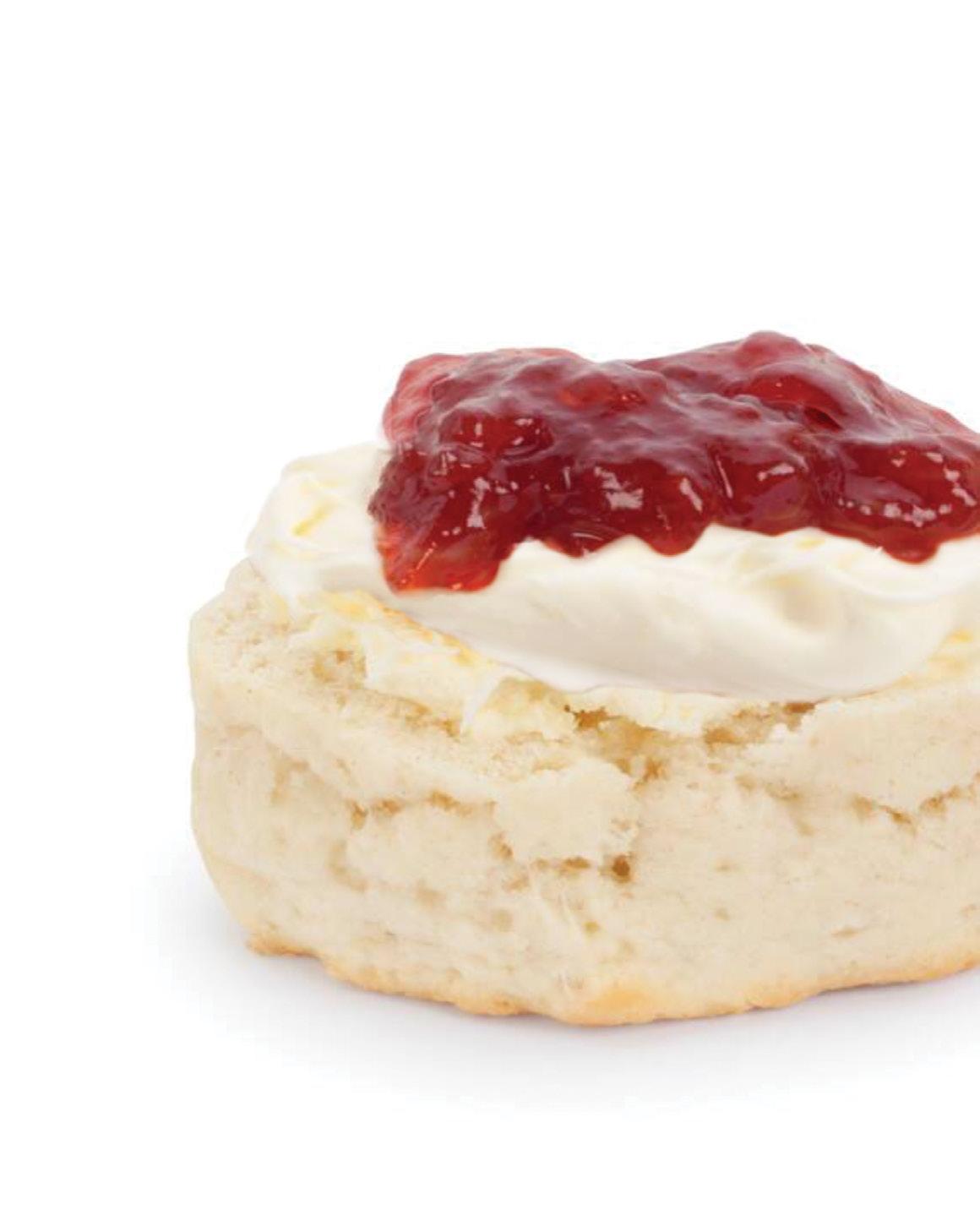
For most it’s due to one simple reason: “That’s the way Mum always did it.”
Now I hate to generalise (but for the purposes of this article, I will), the same could be said for sheep farming in Southland in the early 1990s… “That’s the way Dad always did it.”
I often tell my children that one of the most powerful things you can do in life is to tell your brain to change. It gets deep quick fast when you point out to them that the brain actually named itself. But keeping it simple, it’s really about having an open mind to new ideas.
Those who can remember will recall sheep farming was sleepwalking its
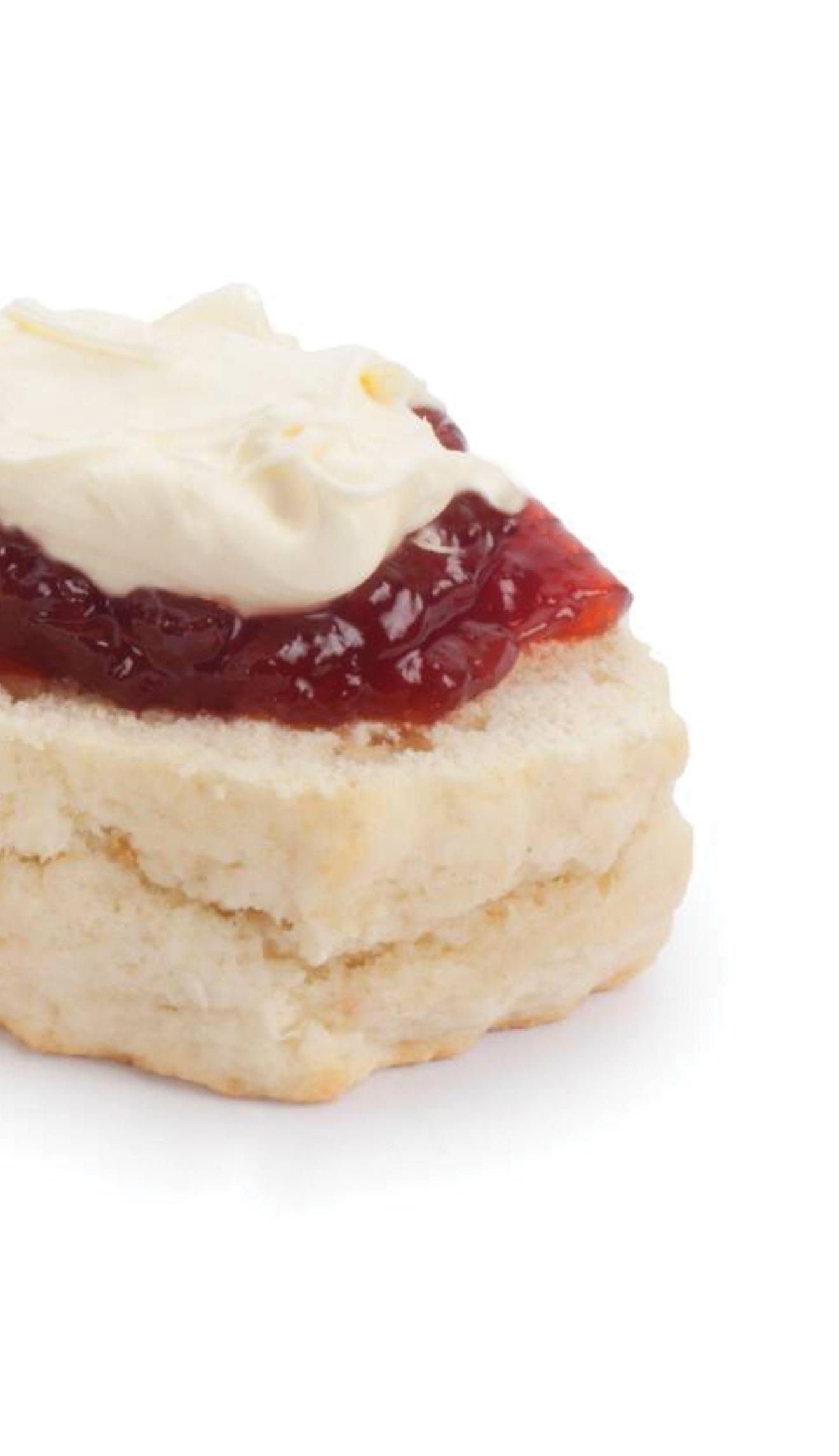
way from the nightmare that was the financially crippling and soul-destroying 1980s. Farmers were rightly or wrongly trying to farm by not spending money.
Farms that were suffering from a lack of inputs, while also still carrying too many mouths to feed, quite often had grass cover resembling a billiard table.
In the 1990s, we experienced an arrival, en masse, of a group that could be best described as bold, brash, cocky, dairy cockies – from the North Island to the Deep South. They brought with them a ton of can-do attitude to a predominantly conservative, sleepy, sheepy, Southland.
The first lesson for the trusting Southerners was that perhaps a handshake was not always the best way to do a deal.
I’ll be charitable and say sometimes important stuff got lost (or forgotten) in translation. It certainly helped to have
a few of the details written down and signed for future reference. Just saying.
After a while, some sheep cockies cottoned on to the fact that the local dairy farmer coming in and luxing up all your toppings for free wasn’t him just doing you a favour; in fact it was quite the opposite. With the realisation that these kilograms of drymatter actually carried value, and could be invoiced, it was game on.
Early innovators quickly realised the opportunities and adapted. They might not have been throwing out the farming manual that Grandad and Dad had written, but they sure as heck rewrote parts of it. The creation of consistent and genuine surpluses of feed that could be sold, rather than an occasional accidental one, not only provided a much-needed income strand but also created ongoing relationships that were mutually beneficial.
When it comes to the way we do things, Mark Chamberlain observes that people who care and have empathy for their livestock also do the same for their staff.
These farmers who told their brains to change, soon discovered cover does grow cover and they would be rewarded for financial input. They then could offer other services such as young stock and winter grazing, while the rest kept farming their billiard tables. Decent monthly incomes and a strong business model then gave confidence for these guys to push forward and buy more land.
Diversification, before it was trendy, was alive and well in Southland.
With a lift in property values farmers had options; some bought shares in dairy units, some went on to full ownership, and some went to Wanaka. But most had directly or indirectly lifted their game by changing the way they thought.
It was not all one-way traffic, with some North Island dairy farmers discovering eventually that it can’t all be business every hour of the day, they needed friends. They needed to be part of the community, and they needed to contribute.
Some did, some didn’t. I encountered a good example of the ‘didn’t’ on a recent trip to North Otago when I ventured into a pocket of dairy farms controlled by a corporate and I was aghast. It was like I had stepped back 25 years, with the housing devoid of any emotion and
homeliness, located inches from the dusty tanker track.
This sort of environment results in people only putting up with these conditions for so long, before leaving. It makes the community very transient and, in turn, it has no soul. It simply exists as a money-making venture for somebody, somewhere.
Dairy farmers experienced a lot of winter crop failures in the early years, they almost had a mantra of being in a hurry all the time and this was their Achille’s heel.
Seed bed preparation became secondary to the fact that they could get

yet another job ticked off. Sheep farmers were generally more in tune with Mother Nature, rather than a deadline.
Being raised on a sheep farm and later becoming a dairy farmer, I feel qualified to opine that there is one key similarity shared by the best ovine and bovine farmers. They have, without exception, impressive young stock.
It is no fluke that these farmers, and again I’ll generalise, have well-rounded, tidy farms. Their exceptional young stock is clearly a visual cue, or perhaps the result, if you like, of a business that doesn’t take short cuts. Another observation is that whatever side of the boundary fence you stand on, people who care and have empathy for their livestock also do the same for their staff.
And, in case you’re wondering, unless you are a complete neanderthal, it is most definitely cream first, then jam. Because that’s the way my mother always did it. Some things just don’t need changing.
“It was not all oneway traffic, with some North Island dairy farmers discovering eventually that it can’t all be business every hour of the day, they needed friends.”
Inflated costs combined with reduced product prices have drained many farmers’ cashflows. After a great 2021/22 financial year things have not been so good in 2022/23. The worst case scenario is that you run out of working capital in the near future, whether that be an overdraft facility or your own funds. If you can’t pay your bills, now or in the foreseeable future, then you have some big thinking to do.
Making a cash loss one year may be survivable; making a series of them really tests your business. I have sat with clients and discussed how to avoid that pattern. The conservative types expect a silver bullet that can give guaranteed success with no changes required – they can debate against any suggestions quite well. I know that when you run out of working capital things will change. The big issue then is who controls those changes, you or your financiers and creditors?
The first couple of steps to avoid repeated cash losses are the toughest. This is because you have to admit that these are real losses and you are responsible for them. Not all businesses get affected the same by any adverse event. Whether it be low prices, drought or flood, there is no safety in the herd. Not all businesses react the same to any adverse event. You pick the path to take.
Because there is no silver bullet, it is sensible to look at a package of smaller actions that can change the end result through improving income and lowering costs.
Business (and life) is about
relationships, so look after yourself and be kind to others, especially those nearest and dearest. Be careful whose toes you stand on today; they might just be attached to the foot that kicks you in the arse tomorrow.
Your time and your staff’s time might well be the single biggest cost area in your business. I have learnt that good labour is always cheap, poor labour is always expensive. Are you and your staff time conscious or task conscious? Plan your time and tasks and that of staff. Task conscious people work until the job is done, which I find an issue with managers who never take enough time off work. Time conscious people don’t
care if they have to return to home base for more gear to finish the job, but they know exactly when knock-off time is. An old conundrum is this: it takes one person four hours to paint a room. It takes two people three hours to paint the same room. Why did the second person start painting?
Commentary on the state of crossbred wool includes the cost of wool harvesting relative to the sale value of the product. If you can’t afford the result then you have some choices: shear them yourselves; have something that doesn’t require shearing (and that may be a different enterprise); get better harvesters because they give better value for money; or continue to expect a different result from the same inputs. Cashflow is king in hard times. Nothing beats money in the bank. Think about how you cut the machinery out of the feed-to-animal sequence. Making the stock demand match the feed supply is generally more profitable
To paraphrase JFK, “Farmers buy retail, sell wholesale, and pay the freight both ways.”
Whatever product you sell has pricing differentiated on quality. What does it take to consistently sell the best quality product? What is your relationship with your market?
Your customer is the business you sell to. That product may be processed and sold again but does that make the next buyer your customer? As farmers we acknowledge that we live in an ecosystem, but our main responsibility is to our customer. We
keep hearing about the customer two or three steps along the chain, which takes responsibility off our customer to give us a good deal, because they pass any loss back to us while taking their same margin. As shareholders of many of our customers we can get confused between the responsibilities of an owner versus a supplier, which works to the advantage of those businesses. Look after your customer first. In any deal there are the three vital attributes of price, quality and service. To get the best return, focus on the latter two, with a smile.
than making the feed supply match the stock demand.
Seed merchants generally recommend about 20kg/ha of ryegrass seed be sown in permanent pastures. I know that rate can be halved to achieve a good pasture, but I don’t have time to argue with every seed merchant in the country.
advancement on bicycles, quad bikes an advancement on motorcycles, and side-by-sides an advancement on quads. Each level involves more technology and more expense. Getting the balance between what you need, what you want, and what you can afford is key.
I don’t understand why people sit on a machine to move stock (normally dairy cows) along laneways when walking behind them is healthier for stock and the people. Getting the cows in might take an hour of machinery time. That can be reduced by 90% even if it requires a taxi back to get one of the vehicles later in the day. E-bikes might not handle cow-poo but they are cheaper than side-by-sides.
As an example, look at a line of prime lambs with a target carcaseweight of 21kg. If 10% of those are plus or minus 3kg you can expect to reduce the average price by 2%. Two percent might not sound much but face the fact that adding 2% to your interest bill hurts, adding 2% to your income sooths. The same can be applied to most products you send out the
I recently read an interesting article by John King in Farmers Weekly about fertiliser and fertility transfer. The base points he was making are that building soil fertility is for the good times and managing soil fertility is more to do with management within the gate than fertiliser application. I don’t have time to debate this with every fertiliser salesperson or regen farmer in the country.
Farm accountant Pita Alexander has always advocated fewer and better wheels on farms. I agree, with a passionate hate of machinery that grows as I get older. Motorcycles are an
Talk with your financiers. Your banker will have you sitting at a certain credit rating that affects your interest rate. How can you improve that rating to lower the interest rate? That is a very important conversation to have.
If your financiers are creditors that you haven’t paid, then you have a couple of options. One is to hide and hope they leave you alone (unlikely in the long term). The other is to talk with them, explain your situation and work out some terms for their credit, other than just not paying on time. There are a number of businesses failing in the current times with large amounts unpaid to other businesses. The common themes are problems spread in multiple areas and lack of communication regarding those problems.

People are vital to you in good times and tough (that includes you), so look after them. Small increments of change are more realistic than winning Lotto. You always have options, it’s just that they have varying consequences.

"...it
Wools of New Zealand is now selling its branded woollen carpet through more than 150 retailers and will soon launch a commercial wool tile range.
Development of the commercial tile range follows an 18-month testing programme in conjunction with manufacturers and growers.
Beef + Lamb New Zealand is among the first customers, with the tiles used in the recarpeting of the organisation’s national office in central Wellington.
WNZ Zealand chief executive John McWhirter says the roll-out of the wool tiles at a price competitive with the high-end synthetic tile market will take the product to a wider audience with a
growing interest in the beneficial natural properties of wool flooring.
“Entering the carpet and wool tiles markets is a key part of our strategy to lift the fortunes of the strong wool sector.
“When we embarked on our blueprint to turn around the strong wool market, we quickly identified that carpet alone accounted for 53% of the strong wool clip.

“This meant that creating an affordable range of quality wool carpets and tiles would be the fastest way we could influence the demand for strong wool and help consume some of the excess wool produced.
“A problem in the past was that wool carpets were much more expensive than
synthetics but now they have become an affordable option.”
The strong wool price is not yet where Wools of New Zealand wants it to be, he says.
“That is frustrating for strong wool growers and Wools of New Zealand, however we remain confident that our strategy is the right one to reverse the fortunes of the strong wool sector.
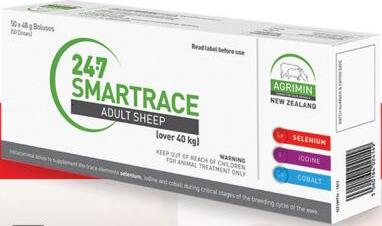
“We are seeing a positive shift towards natural woollen products due to increased consumer awareness and preference for ethical and sustainable options. Taking control of the value chain and moving our grower shareholders from essentially commodity traders and price takers to brand owners

and price makers was crucial.
“Our goal is to make wool carpet affordable to Kiwi organisations, businesses and households, through using modern high volume manufacturing operations and taking costs out of the supply chain while maintaining very high quality.”
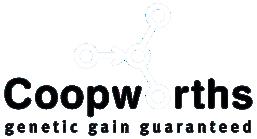
Individuals and organisations are increasingly wanting to ensure their homes and their business premises are sustainable, and look after the wellbeing of their families and their people, McWhirter says.
“Wool is a natural product, it’s biodynamic and helps keep buildings warm in cold spells and cool during hot weather. Wool is biodegradable, naturally flame and stain resistant, it’s allergy-free and naturally grown – rather than the fossil fuel-based fibres used in synthetics.
“The many beneficial natural properties of our wool tiles make them ideal for using in commercial spaces and they will be ideal for a wide range of organisations and commercial businesses, including the education sector, offices and retail.”

The wool market has faced a number of recent challenges, including softening

global markets for sheepmeat and the impact of the Napier wool scour being out of action due to damage caused by Cyclone Gabrielle. Establishing sufficient manufacturing capacity has also been a challenge.
WNZ is working towards gaining Environmental Product Declarations (EPDs) and Life Cycle Assessments (LCAs) for its wool carpet tiles to support its success in procurement tenders.
“Manufacturers need to see sustained



demand and consumer interest to invest in scaling up their production of woollen products. This requires capital investment and time to refine production lines to deliver high-quality products and it requires the data to support environmental warranties.
“We are confident that a renaissance of strong woollen products will come. However, the pace of recovery depends on the wool supply chain’s ability to attract investment.”
n Guaranteed sound
MATRIX® Hi-Mineral is back in stock this season, providing a convenient and effective all-in-one triple active sheep drench for your stock.
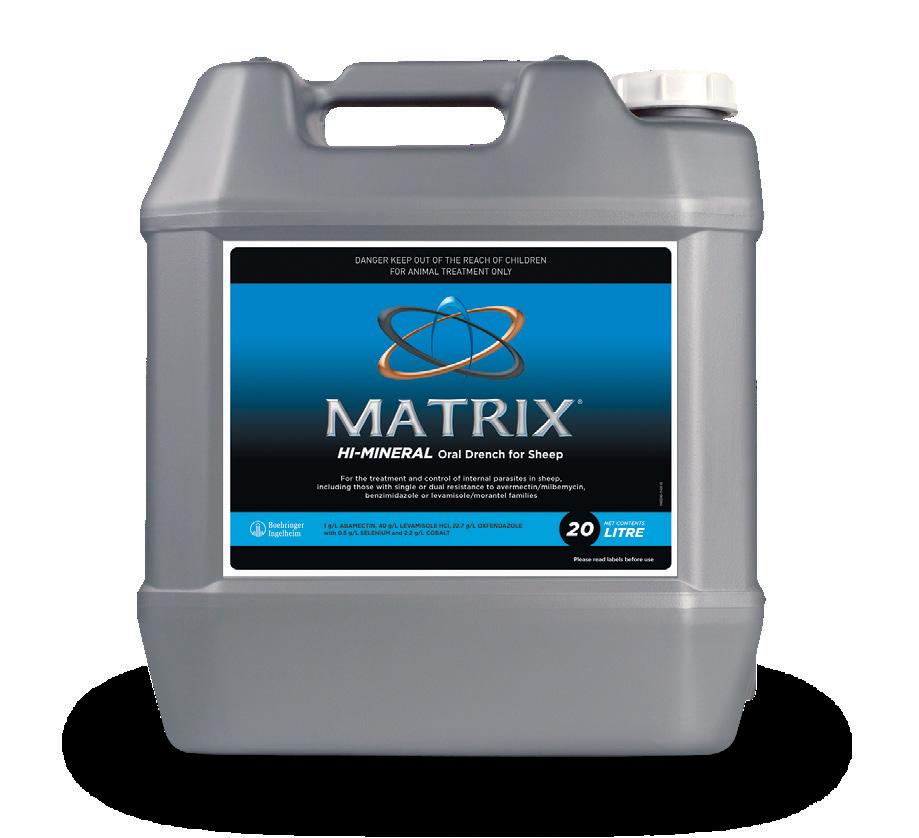

For more information, talk to your vet or visit: futureproducers.co.nz



I think one of my rams might be gay. Don’t get me wrong, I know that it is perfectly normal for rams to be, ah, interested in each other. Anybody chanting about the “unnaturalness” of boy-on-boy or girl-on-girl activities has never been anywhere near a paddock of rams or heifers. There is bisexual bopping going on all over the farm. However, I put a crayon on this ram for mating and he did not mark a single ewe. He did mark some of the other rams though. Is there such a thing as a gay sheep?
Regards,
Don’t print my real name because I don’t want to be known as the gay sheep guy
Dearest Gay Sheep Guy, Fear not, no one will actually call you that. The “Gay Sheep Guy” label is already written in indelible ink on Dr Charles Roselli of Oregon Health and Science University. Dr Gay Sheep Guy was so named in 2005 when, as the legend goes, a member of the Oregon State football team was caught on an intoxicated roadtrip with a stolen university ram. Police enquired about the origin of the ovine passenger and were told that it was one of Dr Roselli’s “gay sheep”. And indeed it was.
This was the starter's pistol for years of weird publicity for Dr Roselli’s research group. But first, yes, rams can be gay. So can rats. And roosters. And bonobo chimps. And probably many, many other species. Dr Gay Sheep Guy’s research group carefully observed rams for two years each and found that 8–10% of commercially bred stud rams only ever mate with other rams. That is in Oregon, mind you, the rainbow flag capital of the USA. Results may vary in other parts of the world, should anyone be bold enough to do the research.
The Oregon research group asked themselves if there was something anatomically different about the brains of the homosexual rams. They found some evidence that
parts of the gay rams’ brains were more comparable to ewes’ brains than heterosexual rams. They theorised that this might be due to differences in hormone levels when the lamb’s brain was developing in the womb. It might have something to do with their sense of smell, since heterosexual rams smell urine to detect a ewe in estrus. Gay rams might get off on different scents. But, in true science fashion the results were largely inconclusive and each answered question led to a bunch of new questions and theories to test.
The gay sheep research provides fascinating observations about how the brain works. In gay sheep and in activists. PETA, the activist group, kicked off a campaign against the research declaring that “homophobes are murdering gay sheep”. Dr Rosselli received death threats after activists erroneously stated he was drilling electrodes into the brains of live sheep to find a method to reverse homosexuality. There were no electrodes or drills, and the researchers were trying to make more, not fewer, gay sheep during their quest for understanding. They also found a larger population of bisexual and asexual (not interested in the deed at all) rams that they seem to have left alone.
And of course, animal activists are not the only weirdos around. Hard-core Darwinists always have something to say about homosexuality. Certain people don’t believe that gay animals (or people) truly exist, because they don’t pass on their genes and should therefore have “bred out”. It’s genetics, not gravity. Non-breeders don’t float off into the atmosphere. They have close relatives that can pass on their genes. Some people believe that things like homosexuality and menopause may actually be evolutionary adaptations to help close relatives successfully rear their offspring.
All that ignores that gay humans have been fathering kids since time began and therefore (if we were to look closely enough) we may find that gay animals may also have some kind of “grin and bear it” type arrangements. Maybe your ram will be propositioned by a couple of lesbian ewes? Or some hogget armed with appletinis (and daddy issues) will desperately attempt to turn him?
Either way he’s a diversity hire!
Hope this helps, Aunty
ThistledownCali Thistledown lives on a farm where all the gates are tied together with baling twine and broken dreams. While she rarely knows what day it is, she has a rolodex of experts to call on to get the info you need. She’s Kiwi agriculture’s agony aunt. Contact our editor if you have a question for her, jackie@countrywidemedia.co.nz
It has been a torturous 12 months for lamb prices. The realisation that returns this spring aren’t going to match previous years has been a blow. But the warnings have come much earlier this year, enabling better preparation for the new red-meat season ahead. Moving swiftly to better align with market signals may put us in a better position as we transition into the new season. This is a vastly different

scenario to last year.
After closing in once again on a peak of $9.60/kg last spring, prices quickly unravelled. The sudden downside was a result of farmgate prices losing their grip on what was occurring in the export markets. There had been indications that export prices were starting to struggle against falling demand, but that hadn’t been reflected in farmgate payments. However, by late September the pressure
really came on and the speed at which in-market prices unravelled caught even the most seasoned exporter by surprise.
The pull back in prices was global and it occurred almost simultaneously. In other years at least one market could be called on to balance out the downside elsewhere, but that was lacking last year.
The overseas price fall was felt acutely at the farmgate. From the peak to Christmas last year, $1.90/kg was wiped
AgriHQ senior analyst Mel Croad has been following lamb
and prices and says this red-meat season has got to be better than last.
off lamb, sending returns below fiveyear average levels. Typically downside through this period ranges between a more manageable 30–80c/kg.
Early 2023 continued to deliver pain at the farmgate with prices continuing to fall to $7/kg and below. Challenging weather conditions stalled lamb growth rates, slowing production. The silver lining was a summer without drought that ensured there was no shortage of feed. This enabled farmers to hold on to lambs for longer to grow out weights and condition. By March, after two months of a very slow lamb slaughter, farmgate prices started to climb. This coincided with some renewed optimism, that with China breaking free of their Covid restrictions, they would start to demand large volumes of lamb. For a few short weeks, export prices did rally, boosted by renewed interest from China. There was a sense that the lamb job would once again head toward the $9/kg mark by spring. Such was the confidence, store lamb buyers jumped in to secure numbers. With farmgate slaughter prices marching towards $8/kg it appeared a safe move.
By mid-autumn, market dynamics were swiftly changing. Interest out of China had run out of steam and

“The pull back in prices was global and it occurred almost simultaneously.”
inventories were building amid slower consumption. The glimmer of hope that China had presented back in April saw NZ exporters target this market with much higher export volumes. Australia followed suit, dropping record volumes of lamb into China. Again, consumption wasn’t anywhere near at a level to absorb these supplies. Economic activity within China was also constrained. Suddenly export prices were back under pressure. There was a definite domino effect, with other markets retreating to the sidelines, noting similar conditions but also contending with hot summer conditions that always dampen demand for lamb.
Another key factor that hampered market direction this year has been the surge of Australian lamb hitting export markets. NZ has had a relatively free run in recent years, holding the upper hand in terms of volumes and therefore having some sway in setting prices. This ability to influence prices looks to be evaporating as Australia’s focus on lamb export markets grows. In the three months to July, Australia shipped 15% more lamb than NZ had been able to, and in many cases at lower values. Export prices are returning to levels witnessed in mid-2020 or in some instances as far back as 2016.
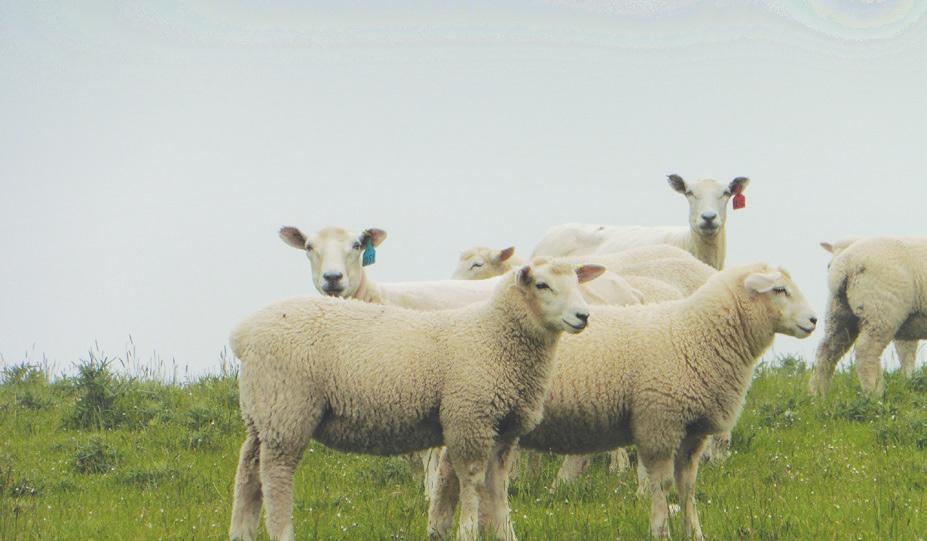
As the export pressure came on, farmgate prices fell. July farmgate prices were lower than what had been attained
Friday December 15, 2023
Open Day; Friday November 24, 2023
For Sale: 300 fully recorded two-tooth rams
Proven Breeder of Fast Growth Rate and High Meat Yielding Maternal and Terminal Sires

Garth Shaw 027 273 7037 • wharetoa@farmside.co.nz
www.wharetoagenetics.co.nz
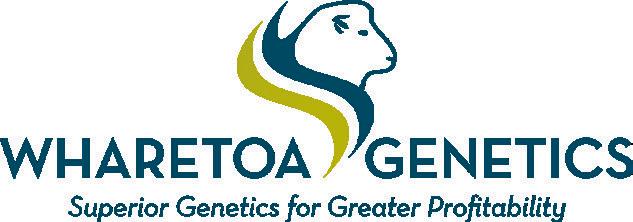
in June, which is previously unheard of, but explains the extent of changing market conditions. Even into August, lamb prices remained under pressure. The downside did little to persuade finishers to hold out for better money. Plenty pushed go and offloaded large volumes into the processing plants. Slaughter rates climbed through July as the message remained clear – there was


no knowing when or if export markets would show renewed interest for NZ lamb.
The drop in farmgate prices saw prices return to either side of $7/kg by mid-August. For farmgate prices to show any pricing upside before the end of the year, export markets will have to change tack and start looking for lamb. Lower export values may encourage a head
WWW.CHEVIOTSHEEPNZ.COM
• Better constitution, mobility and longevity
• Less labour and costs
• High worm tolerance
• Potential for heavy carcase weights with top grades
• Unrivalled for hogget lambing survival
• Increased stock quality and quantity for sale
In the three months to July Australia shipped 15% more lamb than NZ had been able to.
start by some markets to secure supplies again, leading into the higher winter consumption period.
There have been subtle signs of some improvement to export markets in August, but more evidence is needed that this is indeed the turning point. Domestically, AgriHQ is not ruling out some procurement pressure popping up. But it will be a short-term measure to kick start the flow of lambs into processors, particularly if traders hold off for heavier weights to ratchet margins into the green. The pull back in prices was global and it occurred almost simultaneously.
For further information contact the Secretary: 03 318 8260 or jcpascoe@xtra.co.nz or any of our registered breeders:
Amberley - Beverley Hay – 03 314 9388
Ashburton - Blair Gallagher – 03 303 9819
Cambridge - Katee Herdman – 027 460 3027
Christchurch - Anthony Gray – 03 329 7977
Clinton - Brent Mackie – 03 415 7220
Clinton - Rae Mitchell – 03 415 7187
Dargaville - Ross Pellow – 09 439 5885
Fairlie – Stephen Whittaker – 03 685 4864
Hastings - Deidre Anderson - 027 699 6307
Ngaruawahia - Brenda Coleman – 07 824 5978
Otautau - Andrew Mackie – 03 225 4777
Palmerston North - Gilbert Timms – 06 362 7829
Piopio - Neil Langlands – 07 896 8660
Stratford - John Herlihy – 06 762 5520
Taihape - Brian Coogan - 06 388 7844
Takaka - Ian Alach – 03 525 9038
Te Awamutu – John Spellman – 07 877 8401
Waitara - Wayne Frank – 022 321 2659
Wyndham - Matt McKelvie – 027 491 2503
Consumers in China are constantly changing, which is always a challenge and an opportunity. The speed of change is also much faster than in New Zealand, which is one of the primary reasons I operate a business in China.
You now see Chinese lamb as a promoted main dish in some high-end western restaurants. This would not have been the case a few years ago. It is a significant consumer shift, and highlights two things:
1. Consumers are willing to pay top dollar for Chinese products
2. The product is highenough quality for the chefs to use it.

As things continue to change, the Chinese consumer now sees some Chinese products and brands as trendy, excellent and high quality. This has been happening outside of food for a while, but in the past couple of years is now across everything, especially food.
Gone are the days when imported products were always seen as better. With a maturing in the market, Chinese consumers now have a sense of pride in and are happy to support local brands.
I think this trend started in the technology space, starting online (likes of Alibaba and Tencent) and then mobile phones. For years, Apple has made just about all its devices in China, so quality production is possible in China.
Many local companies jumped into
this space and like everything, some were excellent quality and others not. But some locally branded phones catered better to some customers’ requirements, like two or more SIM cards or a highquality front-facing camera for a better selfie. Now, Chinese brands are worldwide players.
The next evolution has been in food, with local brands catering better to fast-changing consumer demands. An excellent example is a Cheese snack brand like MilkGround that focuses more on local tastes (sweet and different flavours) and packaging, better than foreign brands. Being in China, they can also adjust faster to local tastes and trends.
Any company leading with “country of origin” marketing in China will not get the cut-through they once did. Country of origin is still part of the mix, but it’s not as important as it once was. Most Chinese consumers are now more interested in the product or brand and how it fits them.
Some Chinese products and brands are now seen as cool. Long gone are the days of if a product is imported then it’s seen superior to the local equivalent.
China has about 170 million sheep, about five times NZ’s nearly 30 million. So it is not surprising they have some high-quality lamb, given their overall volume produced.
Gone are the days when imported products were always seen as better in China. Hunter McGregor reports from Shanghai.
“Country of origin is still part of the mix, but it’s not as important as it once was. ”
More than eight years ago, when I started supplying high-end restaurants with NZ venison, I was talking with a Kiwi chef based in China about local lamb. They told me some Chinese lamb was good, but they could never get a consistent supply. Consistently in supply has obviously improved, and it is a lot easier to get quality local lamb, not mutton dressed up as lamb.

Some Chinese sheep meat processing plants would be near to NZ standards, which will also help with the quality arriving in some restaurant kitchens. As with NZ lamb, the environment where Chinese lamb is grown has influenced the finished product. The central lambgrowing areas are in the north of China. They have a short growing season with plenty of heat (+30C) and very tough winters of regularly -20C to -30C. It is very different to a “tough” winter in the South Island. I have spent some time outside in the north of China during winter, and it’s not much fun!
But like all meat, Chinese lamb and NZ lamb in China are not all the same quality. Before I started selling meat in China, I stopped eating NZ lamb in China as I could not find any decent
product. Luckily, this has changed.


I do not cook or eat Chinese lamb at home, as I have never found any that is to the quality and taste of NZ lamb. This is an opportunity for NZ lamb. Flavour profile, taste, and texture and how this fits with consumers are now more critical than ever. A couple of NZ lamb brands do this very well. Unfortunately, many do not.
To continue moving NZ lamb in China from volume to value (a great NZ government buzz expression), endconsumers need to be front and centre. With the direction of change in the Chinese market, NZ lamb is still in a good position because of its product quality.
The key is leveraging the right attributes that best resonate with the right consumers – no different from many other markets. That’s the challenge, but one I think has plenty of long-term upsides for NZ lamb in China.
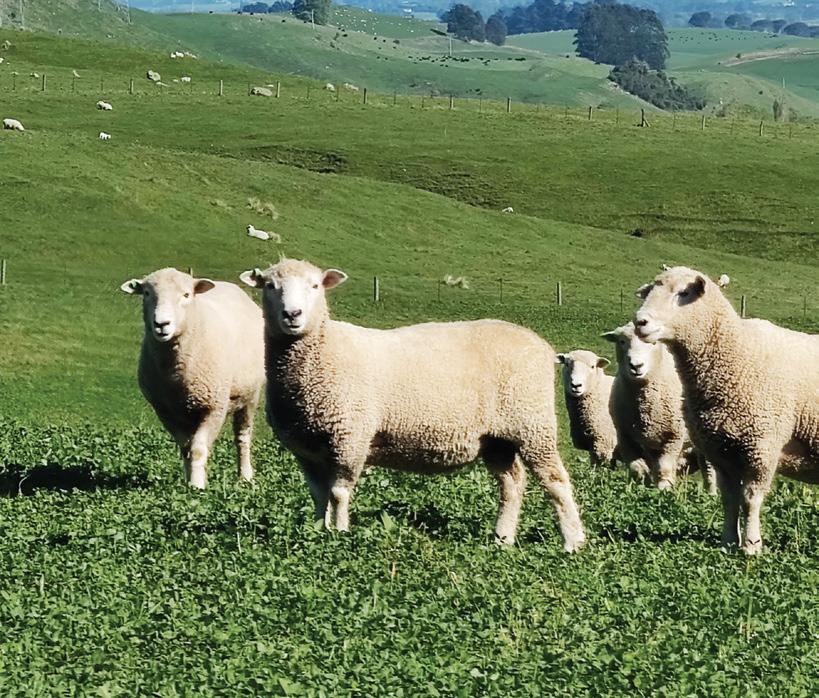


Lamb and mutton exports to India have bounced back to pre-Covid levels, but there are mixed feelings amongst meat companies about future growth there. By Glenys Christian.

Some meat companies are optimistic about future growth, others are wary about re-entering a market still concentrated on supplying high-end hotels, especially now Australia has signed a Free Trade Agreement (FTA).
In the 2018/19 year $1.8 million of lamb was sent to India; a volume of only 81 tonnes (t), but it had an average value of $22,359/t due to the high-priced segment it was filling. The following year trade dropped to half that tonnage and in 2020/21, at the height of pandemic, just 14t worth $200,000 was sent India’s way.
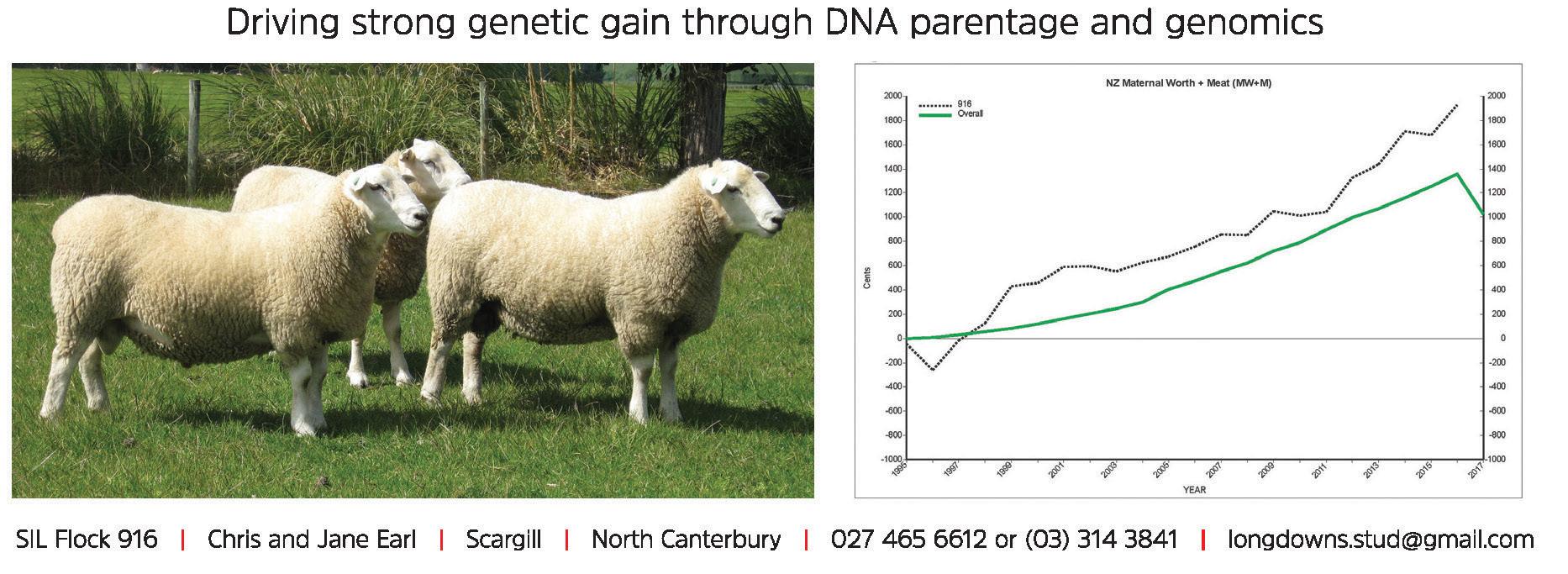
But 99t was exported in 2021/22, worth $1.5m, or an average value of $15,596/t. And last year from October to June exports totaled 89t, worth $1.4m or an average of $16,012/t.
Mutton exports were small at just 53t
for the same period but worth an average $5689/t and future growth is expected.
Quality NZ exports 80% of all sheep meat to India. Executive director Geoff Allott believes it’s “on the cusp of becoming something special”. He says with 65% of Indians under 35 and many of them never having experienced eating sheep meat, it’s very much a developing market.
Quality NZ was set up 11 years ago and counts amongst its shareholders Alliance with a 10.8% stake, and cricketing greats Sir Richard Hadlee, Brendon McCullum, Stephen Fleming and Daniel Vettori. Allott, a former Black Cap and NZ Cricket board member, says it’s taken time to establish relationships in India. An Indian subsidiary was set up which now services 360 five-star hotels in 43 cities. All but three of Quality NZ’s 25 staff are based in India at offices
in Mumbai, Kolkata, New Delhi and Bangalore.
Seventy percent of the company’s exports are lamb, mainly the prime cuts of racks, loins and shanks, with the remainder mutton. But Allott says by the end of this year the split is more likely to be 60:40 as Quality NZ moves into using more of the frozen carcases sent there.
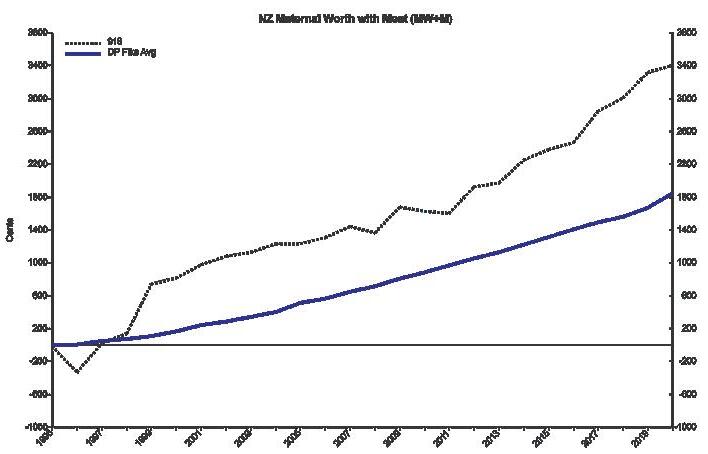
It recently entered a joint venture agreement with an Indian company with links to international fast-food players such as Subway and Dominos.
This will see a processing factory in Chandigarh produce value-add lamb offerings such as meatballs, patties and kebabs.
“We’re localising products into different areas, along with ready to eat alternatives,” Allott says.
Eventually there will also be exports to surrounding countries where NZ is
@longdowns.nz
already sending lamb, but carrying out processing in India will make this more cost effective. Quality NZ is building its own ecommerce platform, planning to offer not only lamb but NZ dairy, seafood and fruit sales by the end of the year.
Already having the world’s largest population and a 6.5% gross domestic product growth rate, India is predicted to move from being the world’s tenth largest economy five years ago to the third in a short time.

“It’s going to be the super-powerhouse of the world,” Allott says.
“It’s growing by the size of the NZ economy every year.”
He believes NZ needs to listen to what India wants, take a holistic view and stick with an agreed strategy.
“We’ll benefit if we put the effort in.”
Chief executive of the Meat Industry Association (MIA) Sirma Karapeeva says it’s disappointing Australia pipped NZ at the post with its FTA.
“It’s a difficult and complex market,” she says.
“We want to sit down with the Government and other sectors to see what a strategy looks like and how we can gain trust from India.”
Alliance’s general manager global sales Shane Kingston says India remains a market of potential opportunities with his company exporting all its lamb there through Quality NZ.
“The population and also economic prosperity are pointing in the right direction.”
There have been challenges alongside tariffs, such as provincial regulations, in-market channel problems and India being at a different level of maturity to
many other markets for NZ lamb.
“It’s a long-term play. NZ needs to stay at the 4-star hotel level while penetrating more parts of the market.”
With Australia’s recent $250m investment into the Indian market there was no doubt it would be NZ lamb’s major competition. But Kingston thinks the Australian agreement could provide a blueprint for a similar deal with NZ.
“Alliance has a very active growth plan we are comfortable we can achieve. And with zero tariffs that would accelerate.”
Silver Fern Farms’ (SFF) chief customer officer Dave Courtney says the company had a presence in India up until three or four years ago. But then it faced
challenges in export volumes and product expansion.
He says the Indian market is heavily focused on the high-end restaurant trade so the demand was mainly for lamb French racks. It is an item in high demand in Europe and the United States, where it helps sell other lamb items as a parcel.
“With India having this focus and not paying any premiums, we decided to withdraw from the market.”
Courtney says pricing would exclude lamb from being an option for most Indians. But the country’s growth and relative closeness to NZ means SFF would always consider opportunities
“It’s growing by the size of the NZ economy every year.”India is predicted to move from being the world’s tenth largest economy five years ago to the third in a short time.




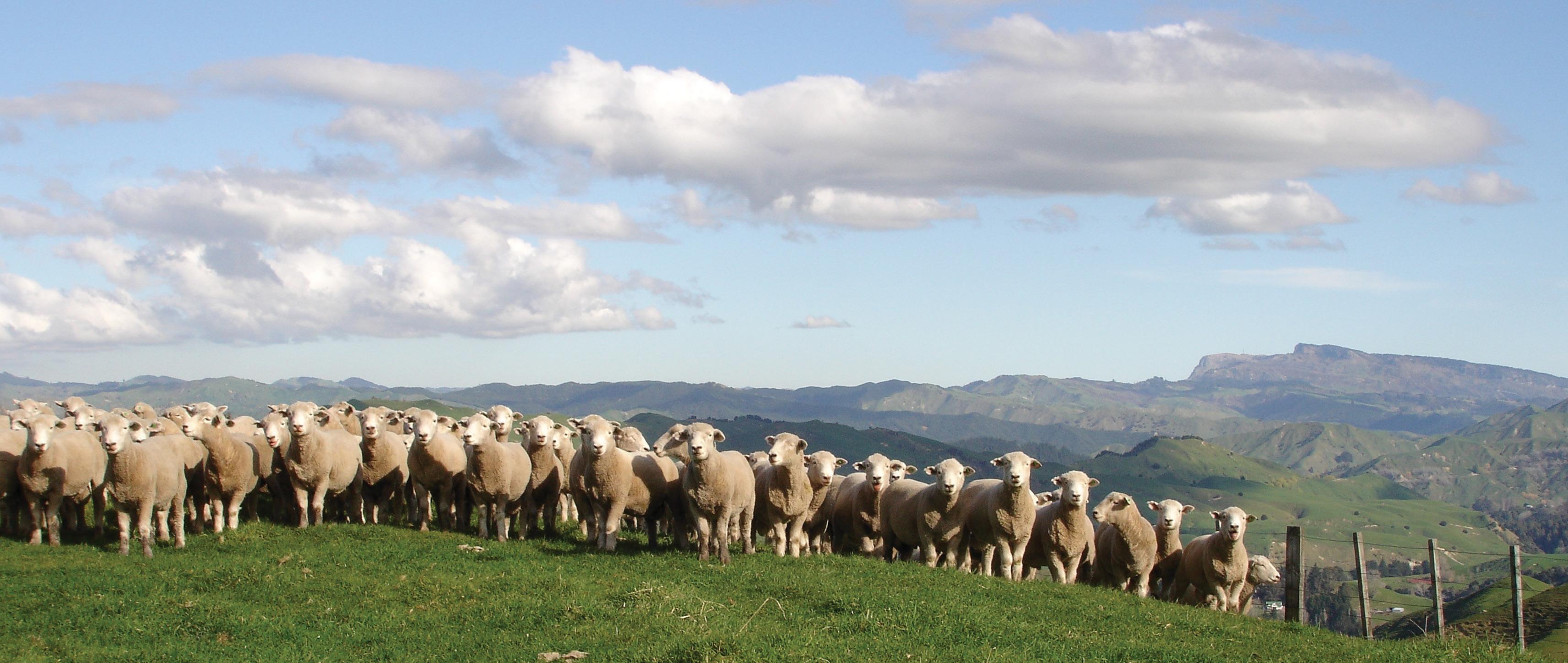


Waimai rams are bred to give you a low input flock, with selection for facial eczema tolerance, worm resistance, low methane, low dags and large breech. At the same time, their production traits make you money: strong growth, high fertility and good survival. Join us on our journey toward creating a more profitable low input sheep.

there. To that end they’re taking part in a delegation there in early September to assess any new potential.
Karapeeva says Iran had looked like a very good market for NZ lamb a few years ago as Iranians remembered the product from the 1980s when there were surpluses to sell. In 1985 shipments hit a high of more than 130,000t but then tailed off through the 1990s. In 2017, when the Ministry for Primary Industries negotiations resulted in access opening up again, exporters were cautiously optimistic, which was backed up in 2018 when $2.2m worth of lamb was sent; 90% frozen and 10% chilled.
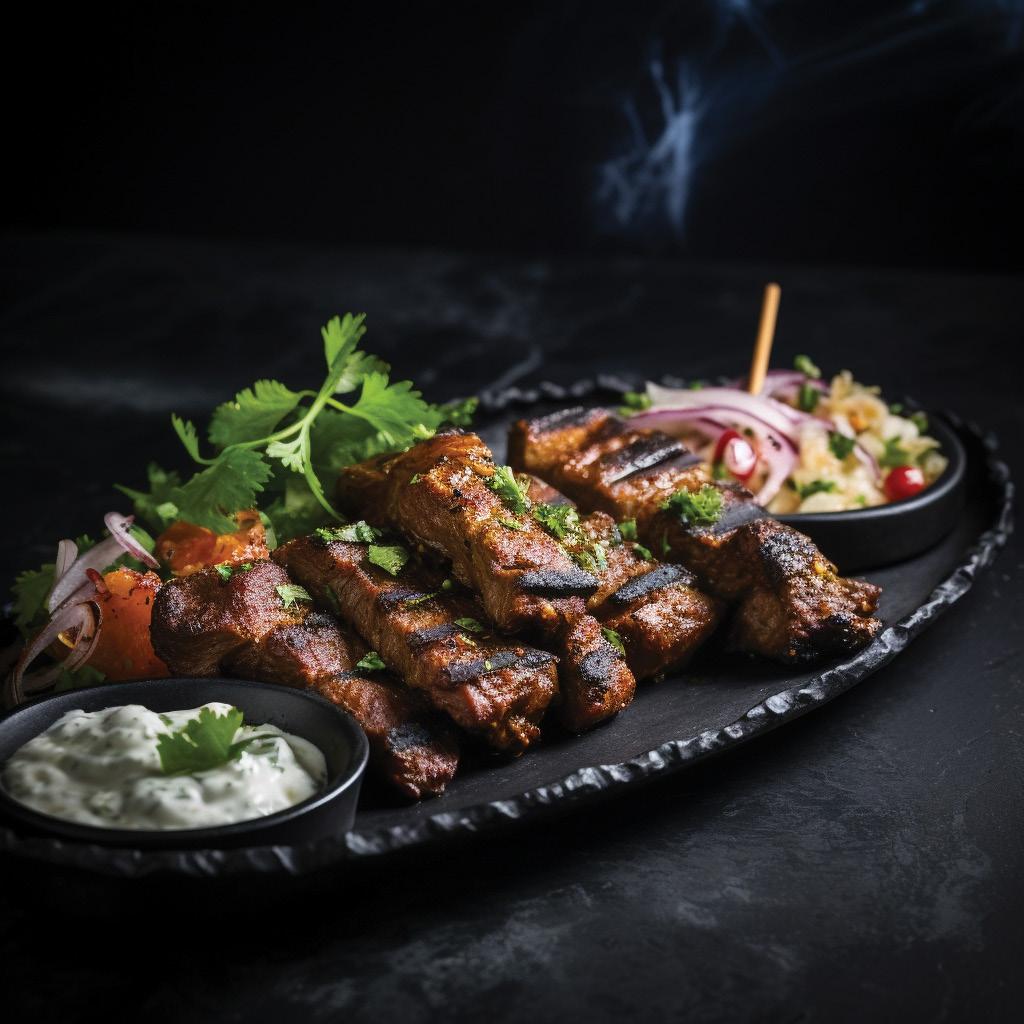
“There was real excitement.”
But trade sanctions now made it difficult to get product into the country, and meat companies and banks have found it hard to get paid for shipments that did reach there.
“There are better options elsewhere,” Alliance’s Kingston says.
“We’ve no plans of doing any business there in the short to medium term.”
And SFF has the same story, saying its lack of interest in the market is due to logistical challenges on top of pricing.

BJ Holdsworth has many strings to his bow. Louise Savage reports on the switch to Wiltshire sheep and the hunting business.
Waikohu Station, 34km northwest of Gisborne, has been in the Holdsworth family for 113 years, yet the changes wrought in the past four have been revolutionary for the sheep side of the business.

Owner/manager Bernard Holdsworth, known as BJ, mothballed the large woolshed in 2022 having seen off the very last of his Romney-Coopworth flock. The sheep on Waikohu are now purebred Wiltshires, selected for complete shedding, and BJ wishes he’d made the change years ago.
Having read about Wiltshire sheep years ago in a farming magazine, BJ decided they were the way to go for Waikohu Station. A meat breed, they grow quickly into a large-framed sheep.
“At 70kg plus, some of the ewes are bigger than me.”
He was attracted by the reduced inputs Wiltshires offered at a time when wool had become a cost rather than a benefit to produce, and in addition their parasite- and disease-resistance.
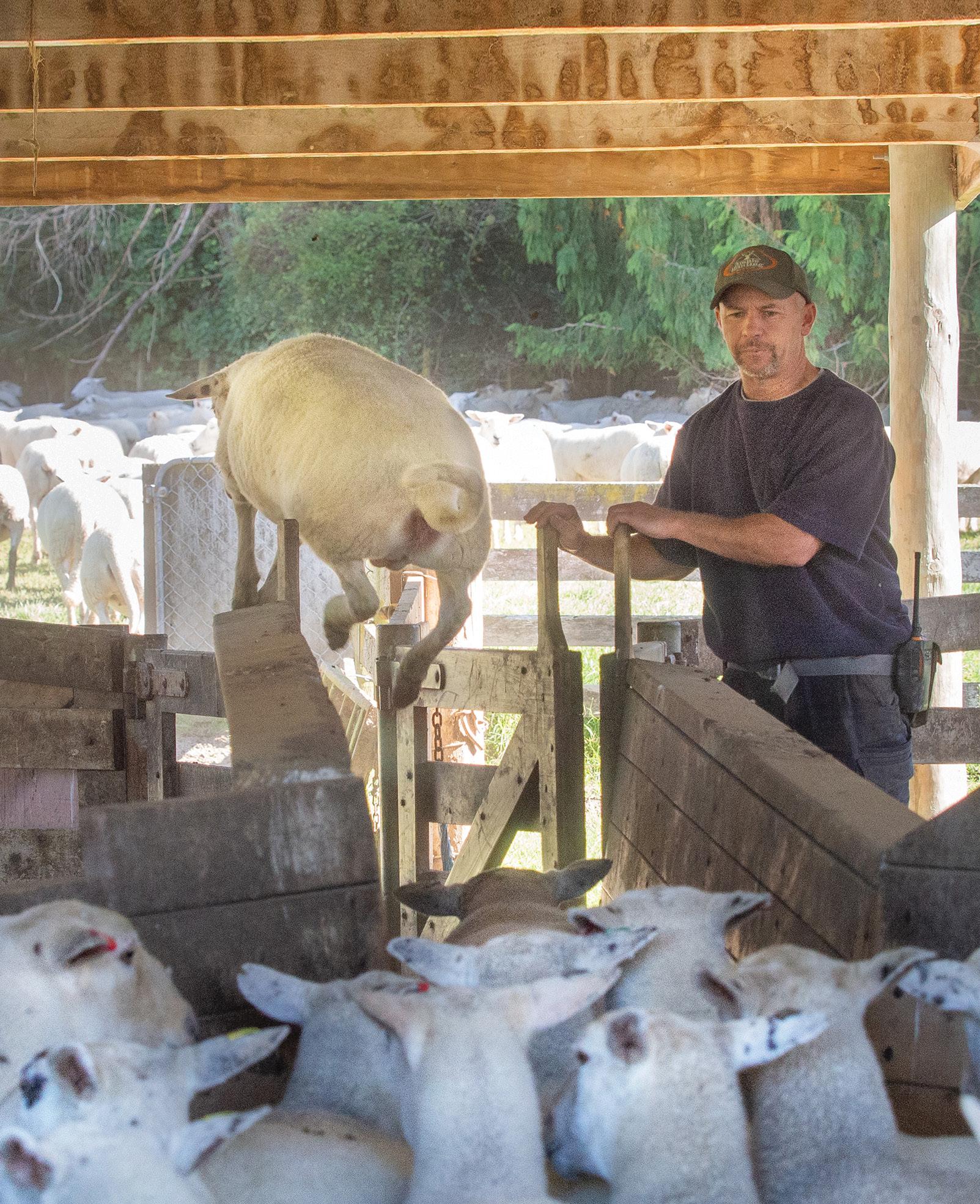
In 2019, to begin replacing the Romney-Coopworth flock, BJ bought 940 Wiltshire ewe lambs. They came from four different sources and ranged in price from $91 to $254 a head.

“They were the sellers’ cull ewe lambs, so we did start with a motley crew.”
For the ensuing four years BJ has retained the ewe lambs that have shed completely, and now the flock is approaching 100% shedding.
“I get a kick out of telling people my new shearing policy, which is zip, zilch and didley squat!”
The incredible growth rates among the Wiltshire lambs are augmented by lowstress weaning and handling.
Formerly, the Romney-Coopworth lambs would be weaned, and the ewes brought down, gone through and shorn.
“Four weeks later it was the lambs’ turn. They got mustered, chased by dogs and went on this big walk from way out
the back of the farm to the woolshed yards.
“They were penned, lost a day of feed because the shearers wanted them empty, then were shorn, sent down the chute and were chased by dogs all the way out to their paddocks again.
“They lost at least a kilogram of condition, and that’s being conservative.”
The Wiltshire lambs don’t have to go through any of that. They remain in their paddocks grazing, have no big walk, no stress, no dogs, no shearing. Instead of losing condition, the Wiltshire lambs
are in their paddock gaining weight.
“I reckon by then they’re 2kg ahead, conservatively. On top of that, the stress and workload for people and dogs is much reduced as well.
He says once their wool was removed, a portion of every bite of feed the Romney-Coopworth lambs took was going into growing wool back. Unfortunately it had little value.
“The Wiltshires drop their wool, with no help from me, and then retain their short, summer cover while putting on condition.”
In addition to no shearing, there’s no
FARM FACTS: Waikohu, Gisborne • 1787ha sheep and beef breeding and finishing farm • Can be summer-dry, past two years very wet • Typically winters 14,500 stock units • Change to 100% Wiltshire flock • Shearing cost 2022, $2.75/ SU • Second-largest South Devon breeding herd in the world • Trophy hunting business, US$10,000 a head
crutching, no docking, no dagging, and fly strike is much reduced.
BJ estimates a month’s work is eliminated for two stockmen a year by not having to do those jobs involved with woolly sheep.
When analysing the savings made, BJ found a surprise component of shearing expenses was fuel.
“The shepherd’s vehicle was being filled every second day around shearing.”
On May 22 the ewes were scanned to identify and draft off the early-lambers. They’ll be lambed close to home in the front country, weaned first and the ram lambs sold straight off the ewe.
The ewes were in top condition, some about 70kg, and scanned in-lamb at 173%. Cyclones and record rainfall aside, 2022-23 was a great grass-growing season in Gisborne district. Last year Waikohu achieved weaning of 144% from 160% scanning, with lamb weaning weights of 26.4kg.

Ewes are spread out into paddocks with at least 800–1000kg drymatter (DM)/ha, those carrying twins into the warmest, north-facing paddocks.
“We’re lucky with our aspect and elevation. Lamb survival is usually great here.”
Lambs are drenched on their mothers a month before weaning. That’s when wet-dries are removed and lambing percentage determined. In midNovember lambs are weaned back into the paddocks they were born in. Being in familiar terrain makes it easier the next time they’re mustered.
“Wiltshires are a little contrary to handle; they muster differently. I’m used to them now, as are the dogs. They’re a bit sticky going downhill but move better in familiar paddocks.”
With no docking BJ has observed a decrease in mis-mothering, and fewer injuries or arthritis in the flock.
Uninterrupted growth means lambs killed before Christmas normally make 36–42kg liveweight (LW) and those after Christmas 42kg+ LW. This year lambs averaged 17.6kg carcase weight preChristmas and post-Christmas 20.4kg. Most are gone by the end of March. If it turns dry, as many as possible are killed even if at lower weights, or are sold store.
“They have a phenomenal yield.”
Lambs retaining any wool, having not fully shed, were sold last season for an average of $200.
This year 550 hoggets were mated between April 20 and June 1. BJ hopes for 80% hogget lambing this year.
“So far we haven’t mated all hoggets
in case of a dry spring, but in future we want to mate all our hoggets and plant a specialised crop for the two-tooths and bring them up to tupping weights.”
Rams are selected for facial eczema tolerance, fertility, fast growth weights and complete shedding.
BJ is the third generation to farm Waikohu, having worked on several other farms and travelled overseas, he
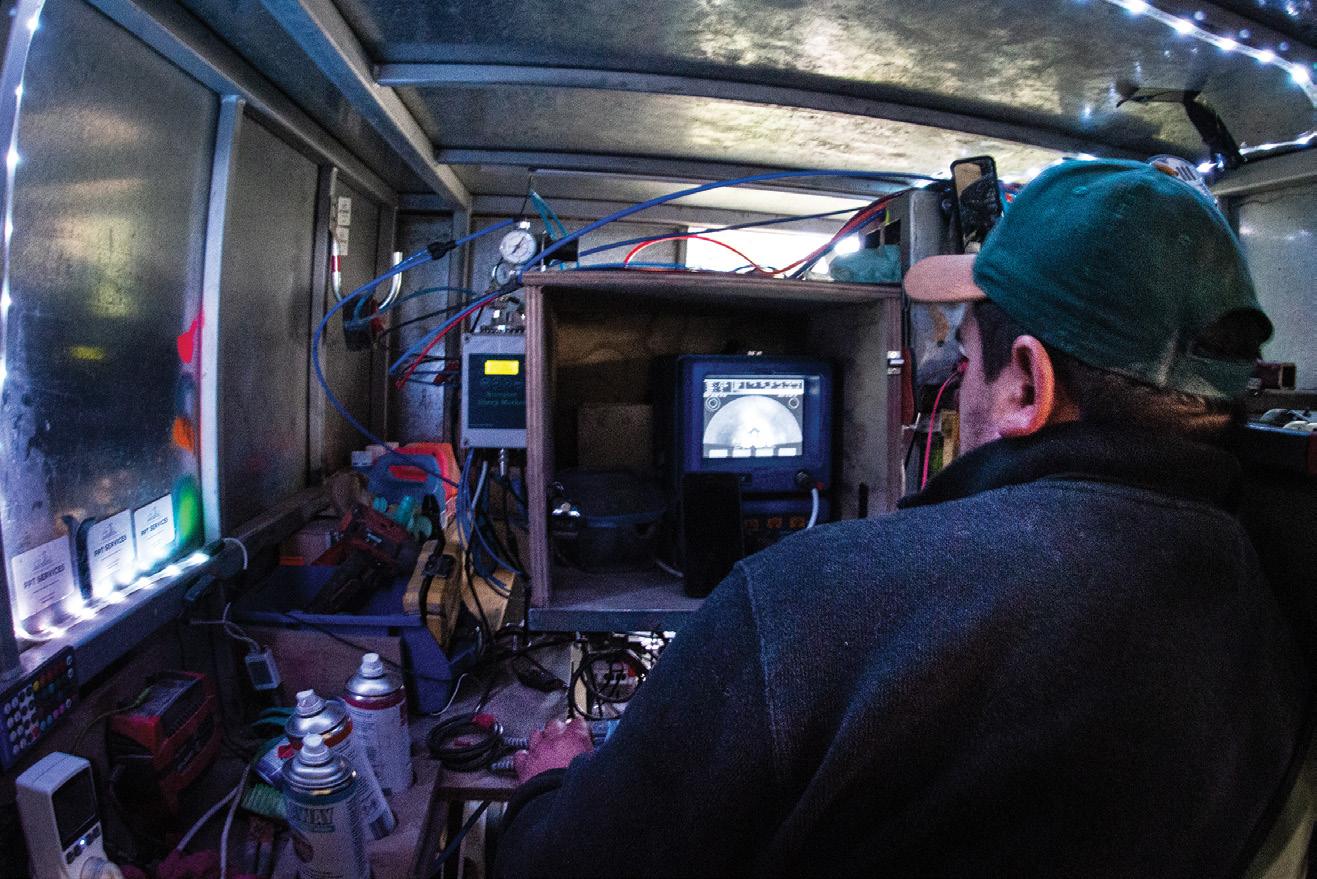

returned home in 1999 to take over running Waikohu.
The farm is a company, owned by BJ, along with his father and children Georgia (18) and Luke (16). BJ managed to buy out his four sisters, “That took me 23 years, and I am carrying quite some debt.”
Capital stock on Waikohu include 3000 ewes, 460 mixed-age cows, and 130
heifers with autumn calves at foot. In addition, a value-added trophy hunting business is run alongside the farming operation.
Two full-time staff work with BJ on the farm. Kory Cross is a shepherd; Jim Graham does fencing and runs the maize cropping. Daughter Georgia is home helping this year on the farm, and cooking for the hunting clients.
Waikohu averages 210 metres elevation, the highest point only 300m. The winters are therefore mild with a long grass-growing season. The main challenge is potential summer drought, and possibly having to unload stock in response. The farm is well protected against erosion having had willows, poplars and small pine plantations established over many decades, and native vegetation in the gullies retained. There are 22 hectares of mature pines due for harvest soon, and several areas awaiting retirement and planting with natives.
The cultivated flats are adjacent to the Waikohu River, not far downstream from the confluence of the Waikohu with the Wharekopae River. The enormous catchment those two rivers drain makes the maize flats prone to flooding, and 6.5km of fence was lost in Cyclone Gabrielle. The fences were reinstated and the flats re-seeded, only to be inundated, fences and grass wiped out in the weather event the third week of June.
Due to the proportion of easy, rolling country, Taupo pumice covers 60% of Waikohu. While the ash soils are freedraining and well suited to cattle grazing, they are hydrophobic and have poor phosphate retention.
“Annually, 200 tonnes of fertiliser is flown on, most of the hill country receiving 250kg/ha. The flats we fertilise at 300kg/ha and grow 32ha of maize ourselves. They get a bit of nitrogen in addition, and a contractor harvests the maize.”
Olsen P is 20+ on the flats and 17–20 on the hill country. Soil pH is 6+ on the flats and 5.8 on the hill country (5.7 on the Taupo pumice soils).
Over the years sheep numbers have been reduced on Waikohu in favour of a lift in South Devon cattle numbers, which now comprise the second-largest South Devon herd in the world (there’s one larger in Australia).
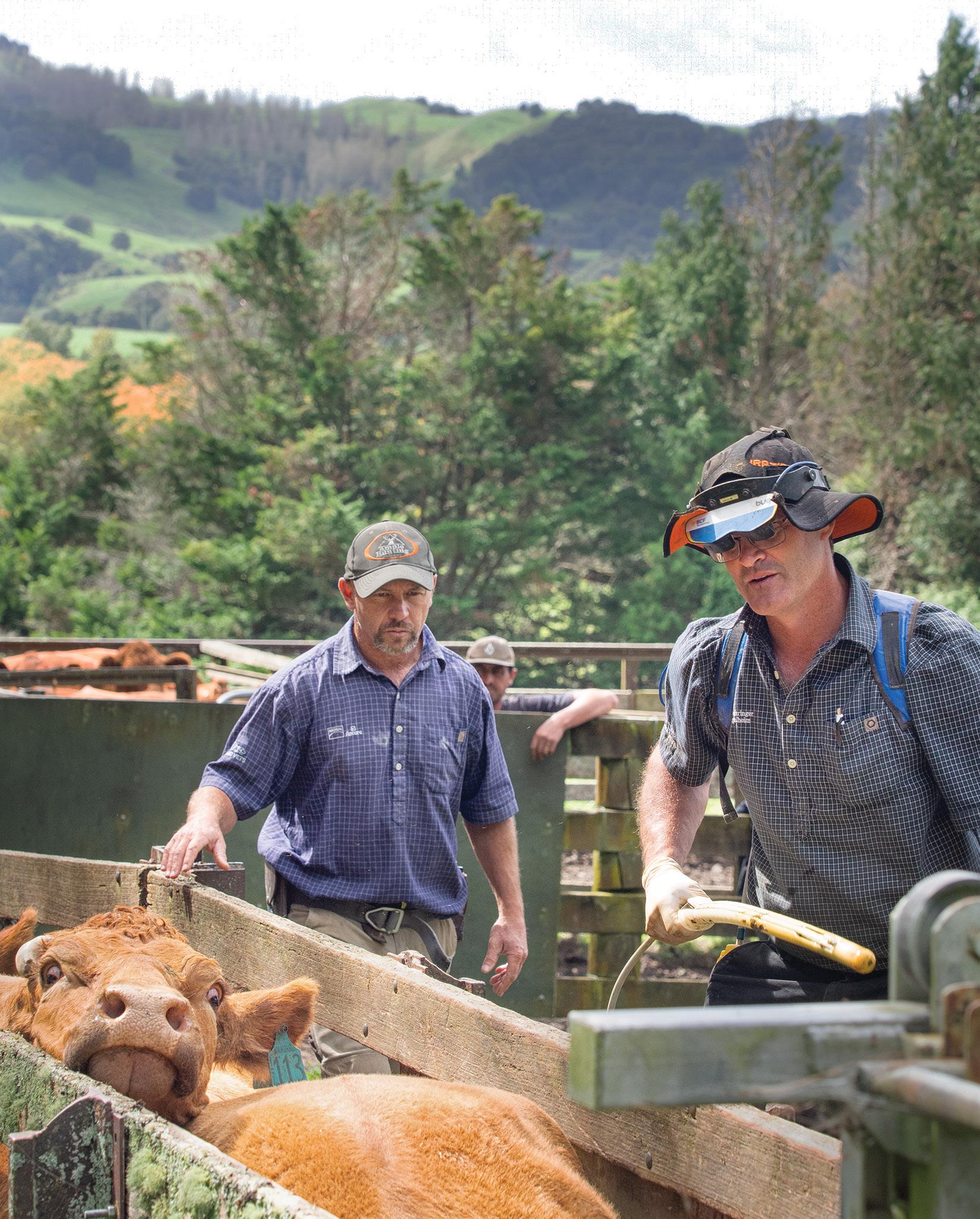
Hardy, quiet-tempered and fast-
growing, South Devons are the largest British beef breed. Originally bred for milk and meat, since the 1970s the focus has been solely on growing beef.
There are typically 460 mixed-age cows and 130 autumn-calved heifers with calves at foot. This year 640 cows will be wintered.
The mixed-age cows are mated beginning November 1, bulls taken out January 5. Heifers are mated at 20–21 months, May 1 through to June 30.
BJ selects homozygous polled sires with proven serving capacity, flesh-cover and early maturity.
Calving on to saved pasture commences the first week of August.
“Spring hits here usually on the 20th of August, which is peak-calving.”
In a good grass year, steers are killed
BJ and Eastland Veterinary Services’ Greg Tattersfield pregnancy testing cows. The quiet, easily-handled cattle comprise the second-largest South Devon herd in the world.
at 630kg. In a dry year they are killed at 600kg or sold privately. The steers are easy to sell as they are quiet to handle and grow out well.
In addition to pasture, up to 400t of silage is cut in December from 20ha shut up in mid-October. There are pits up to six years old, up to 1200t saved for the Big Dry, when it comes. Silage is Waikohu’s saviour in a drought year.
Having long been a keen hunter, raised in a hunting family, a dream of BJ’s came to fruition in 2005 when he guided his first client on Waikohu Station. The business, AmpleHunting, is now so successful bookings are taken up to three years in advance; only a few 2024 slots are available, and reviews by clients and
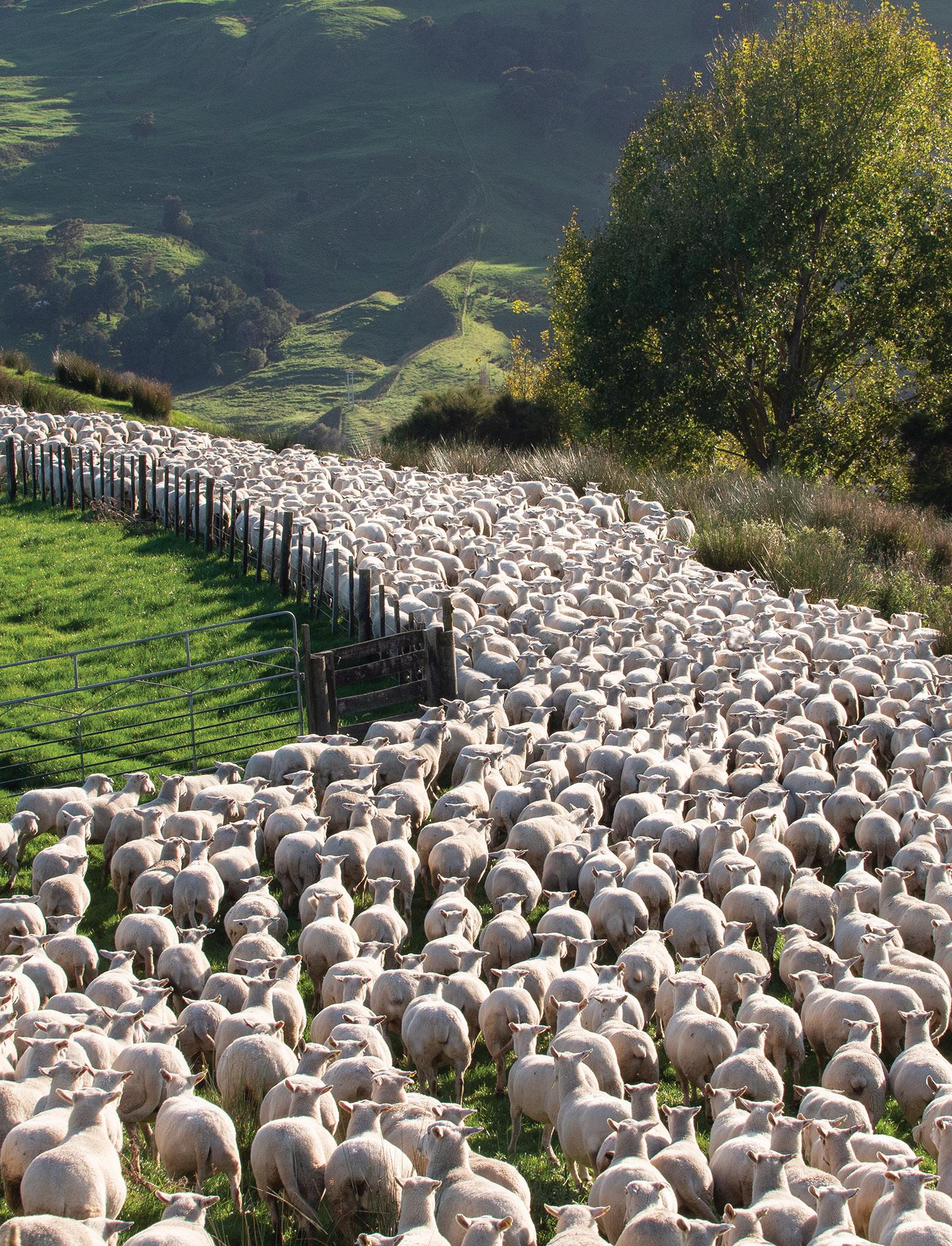 2000 Wiltshire ewes on the move on picturesque Waikohu Station.
2000 Wiltshire ewes on the move on picturesque Waikohu Station.
BJ was attracted by the reduced inputs Wiltshires offered at a time when wool had become a cost rather than a benefit to produce. Below: One of Ample Hunting’s very satisfied international clients with his impressive trophy stag.
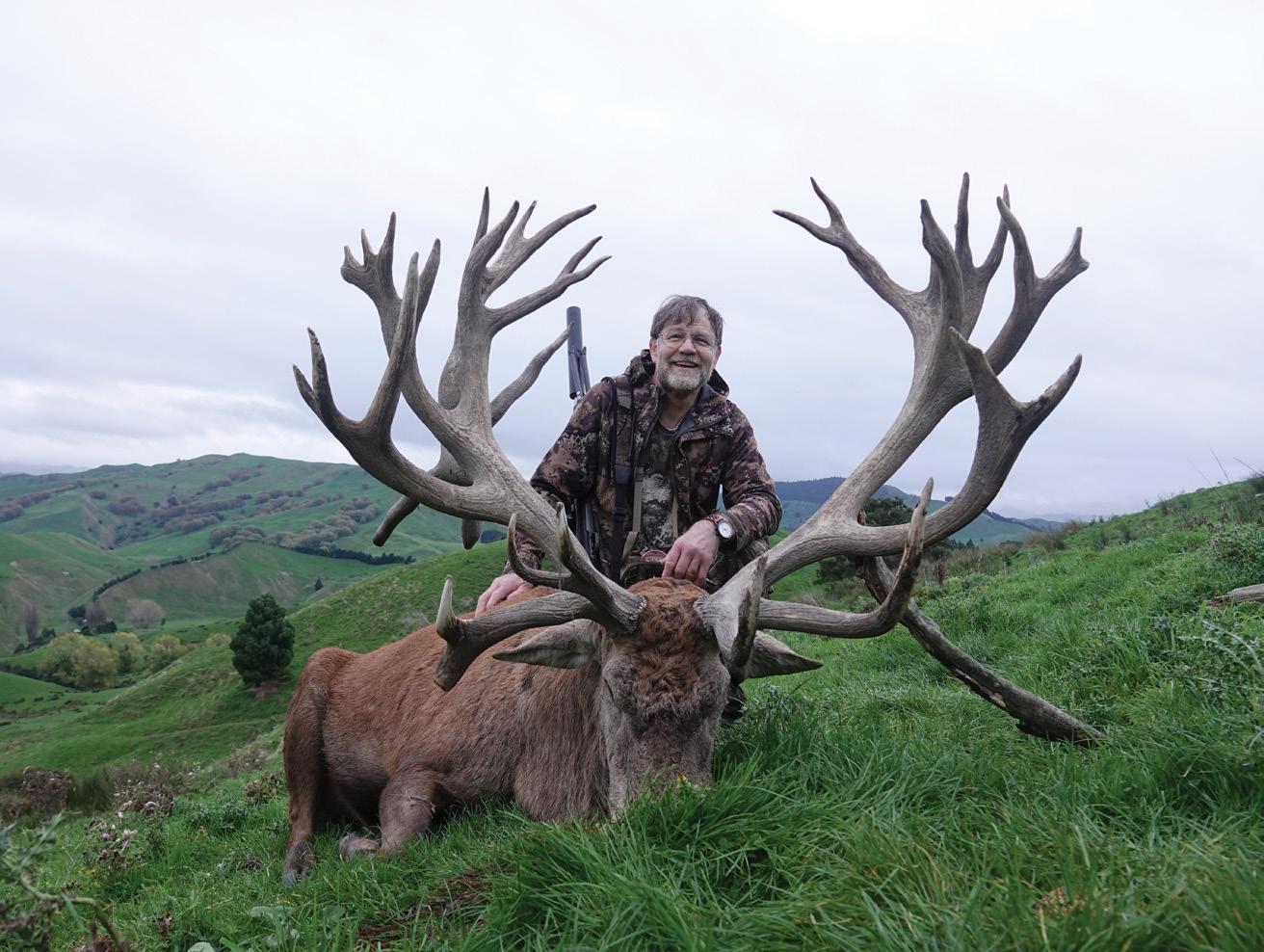
in international hunting magazines have placed BJ right at the top of his game, so to speak.
Waikohu – well-tracked and having glorious vistas, streams, areas of bush, copses of deciduous and native trees – is a hunter’s paradise. Clients come from all over the world to hunt “ten square miles of scenery” for trophy red stags, fallow bucks, Arapawa rams, goats, ducks and turkeys.
Having hunted all over New Zealand as well as overseas, BJ had experienced being guided and he knew the experience was enhanced by being in a small, personalised group.
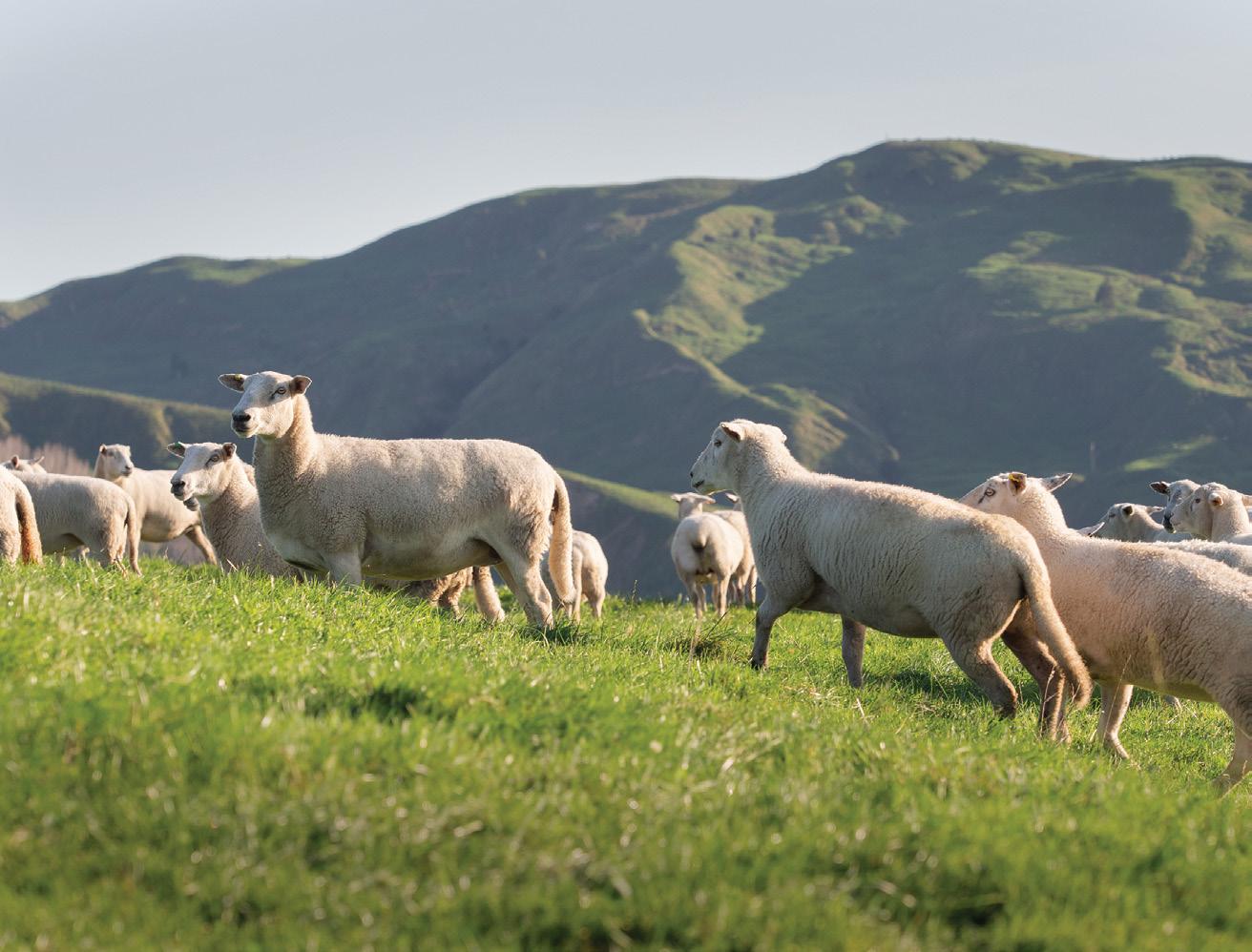
“If the guides are stretched, looking after multiple clients, the experience suffers.
“Exclusivity, small, boutique hunts and personalised service was my mantra for AmpleHunting, my point of difference, and hunters’ reviews back that up.”
For the first few years the hunts were mainly for meat with a few trophyhunting guests. As he felt his way into the business it became apparent guests valued the entire experience. Comfortable accommodation and being well fed were just as important as the adrenalin rush hunting in the hills.
As a people-person, BJ discovered he “made friends with pretty much everyone who walked though the door”. “After all, we’ve got a common passion.”
In order to entice bow hunters, BJ began to learn that craft in 2011 and quickly became hooked.
“I had lessons from a pro bow hunter and hunted with my bow at least twice a week. Two years later I’d taken nine freerange trophy species by bow and received the Master Bowhunter award, a real thrill as I was the only professional guide to receive it.”
BJ says his number one goal is to “enjoy our occupation here”.
“We intend to lift stocking rates, and this will be achieved by paddock subdivision including water reticulation, boosting soil fertility with increased

In that time we have lifted:
• Lambing Percentage from 95% to 155%
• Weaning Weight from 22kg to 32kg
• Hogget Lambing from 30% to 85%
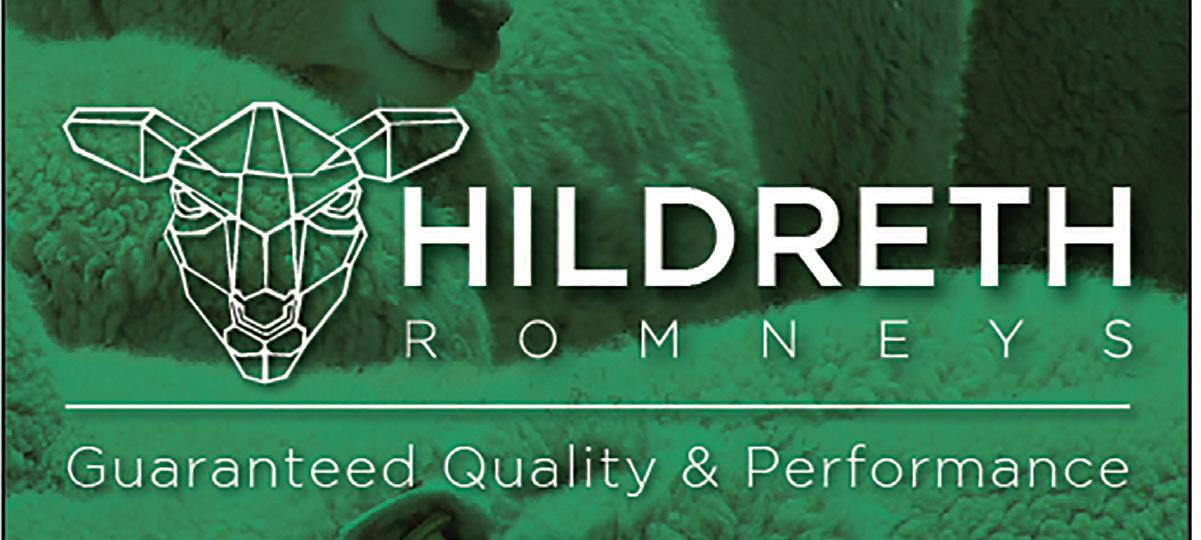
• Reduced Ewe Wastage from 24% to 4%
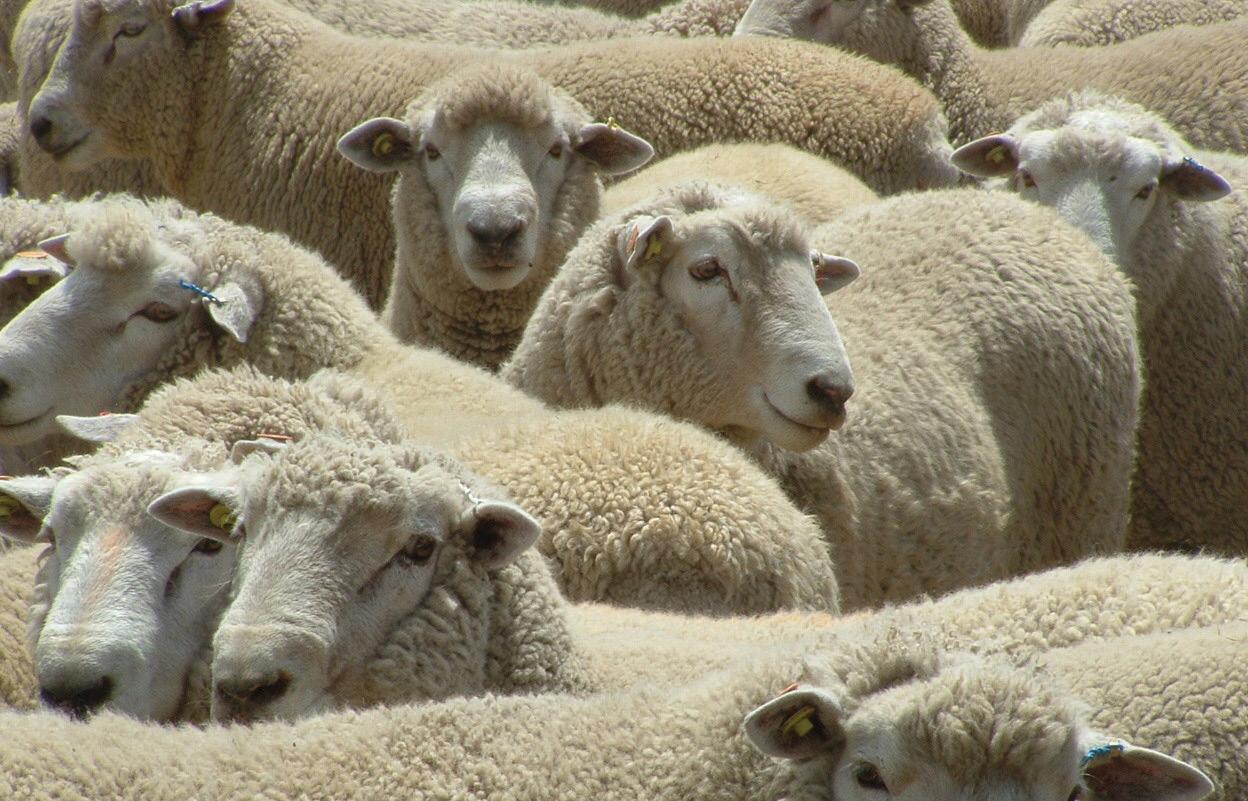
• Reduced lambing assistance from 40% to .05% (Selection has changed the shape of the ewe from a blocky shoulder to a wedge shape resulting greater lambing ease.)



BJ intends to continue to build an elite, easy-care flock of Wiltshire sheep.
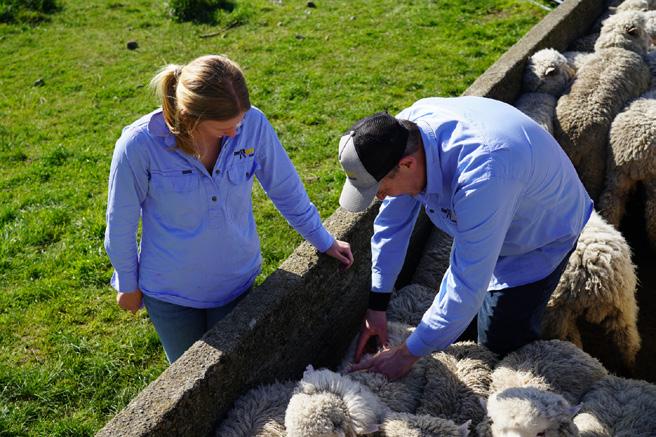
fertiliser rate, and re-grassing where needed.”
He intends to continue to build an elite, easy-care flock of Wiltshire sheep. And with less time spent on sheeprelated jobs “I’d like to spend more time fishing”.
Objectives for the sheep flock include high fertility with sound feet, eczematolerance, and total shedding ability.

The improvements will also benefit the steer-fattening part of the business and give faster gains for heifers and ram lambs.
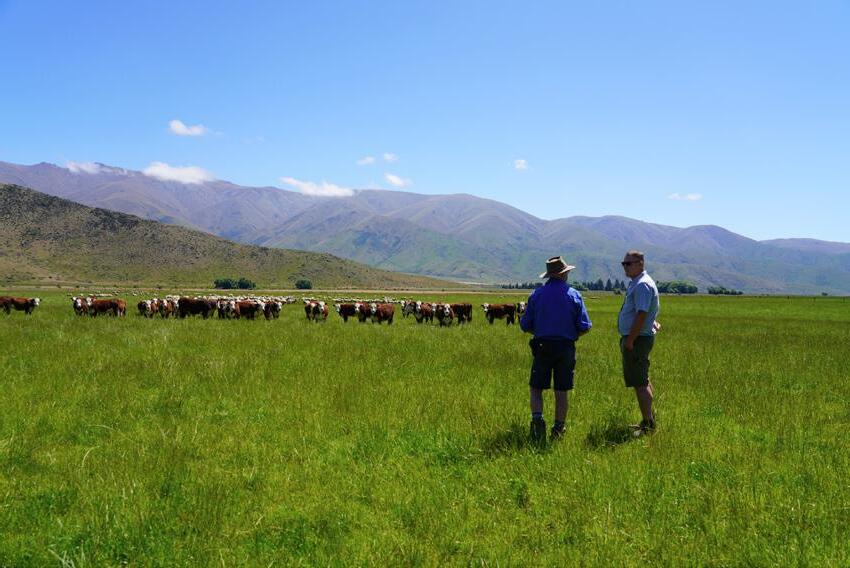
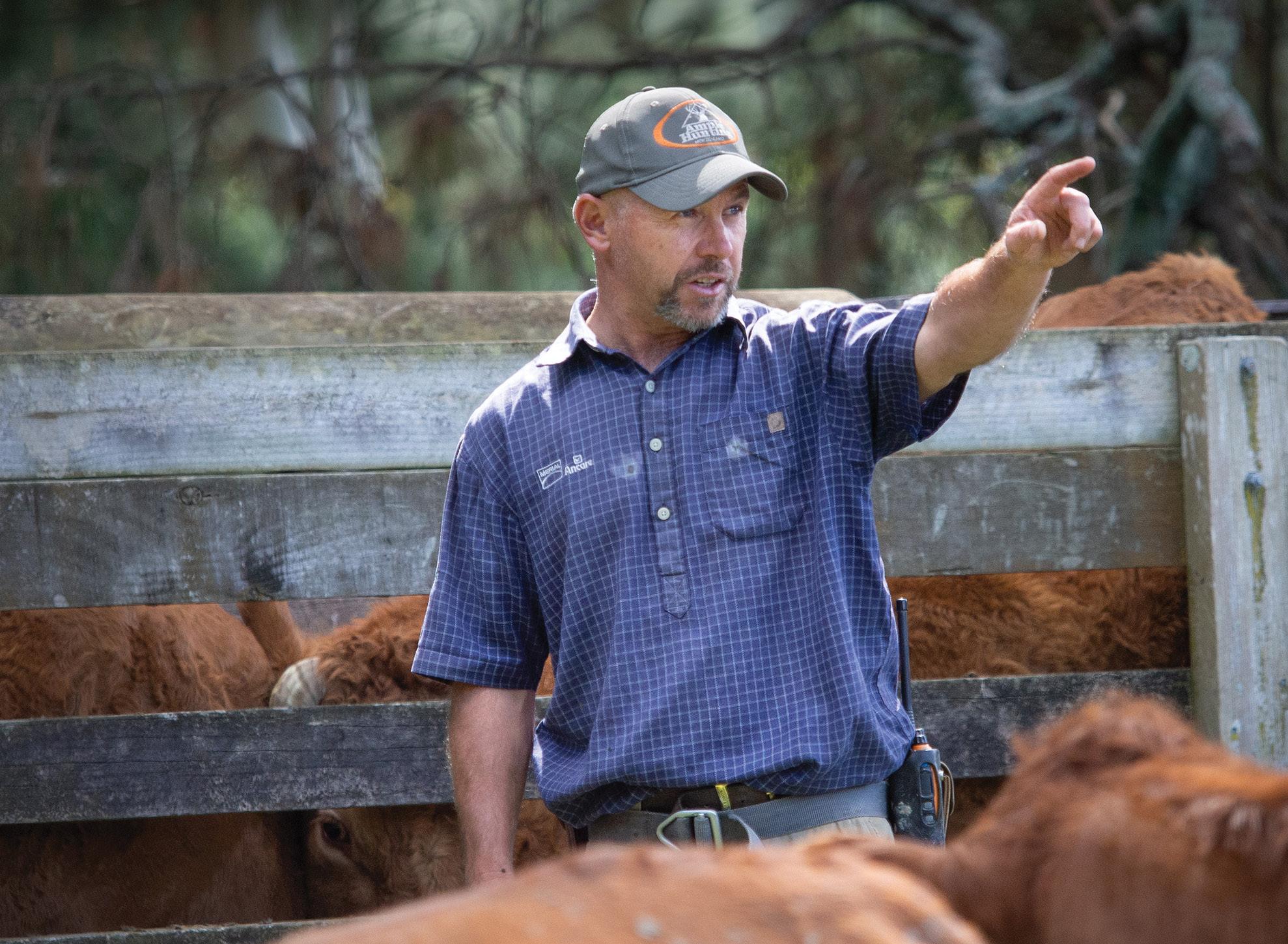
BJ measures success by being able to comfortably service debt, attain good net profits, while having healthy stock, good scanning results and moving weaning percentages ever closer to scanning percentages.
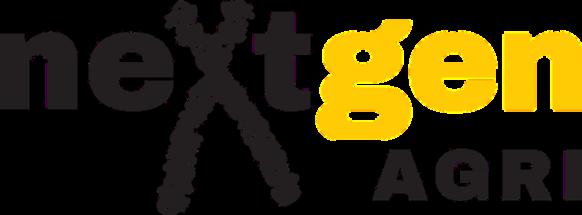
Further tree planting, including fencing and native reversion of gullies, is another goal.
Waikohu Station, in the capable hands of the current generation, is going
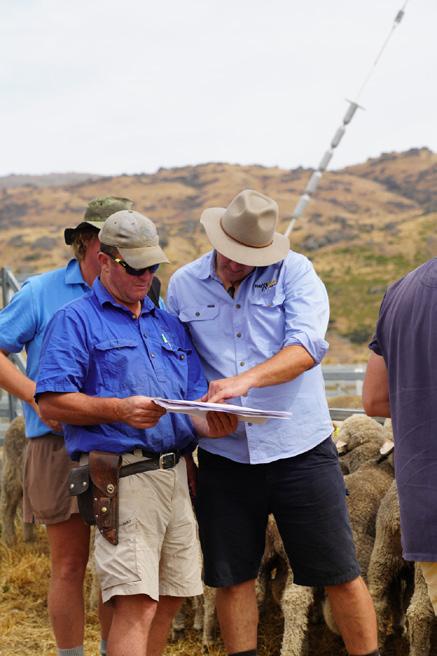
from strength to strength. Coming from a position of heritage, history and tradition, BJ has been able to adapt and add much more value to the business.
The ratio of cattle to sheep on Waikohu is 70:30.
BJ says because Wiltshires are very much a lifestyle breed, they may consider having a higher percentage of sheep on
a stock unit basis. The ratio of sheep to cattle may balance.
“With our change to Wiltshires there’s less wear and tear on me and the staff.
BJ says that means he will be able to carry on doing what he loves doing a lot longer.
And have more time to enjoy his hunting and fishing.
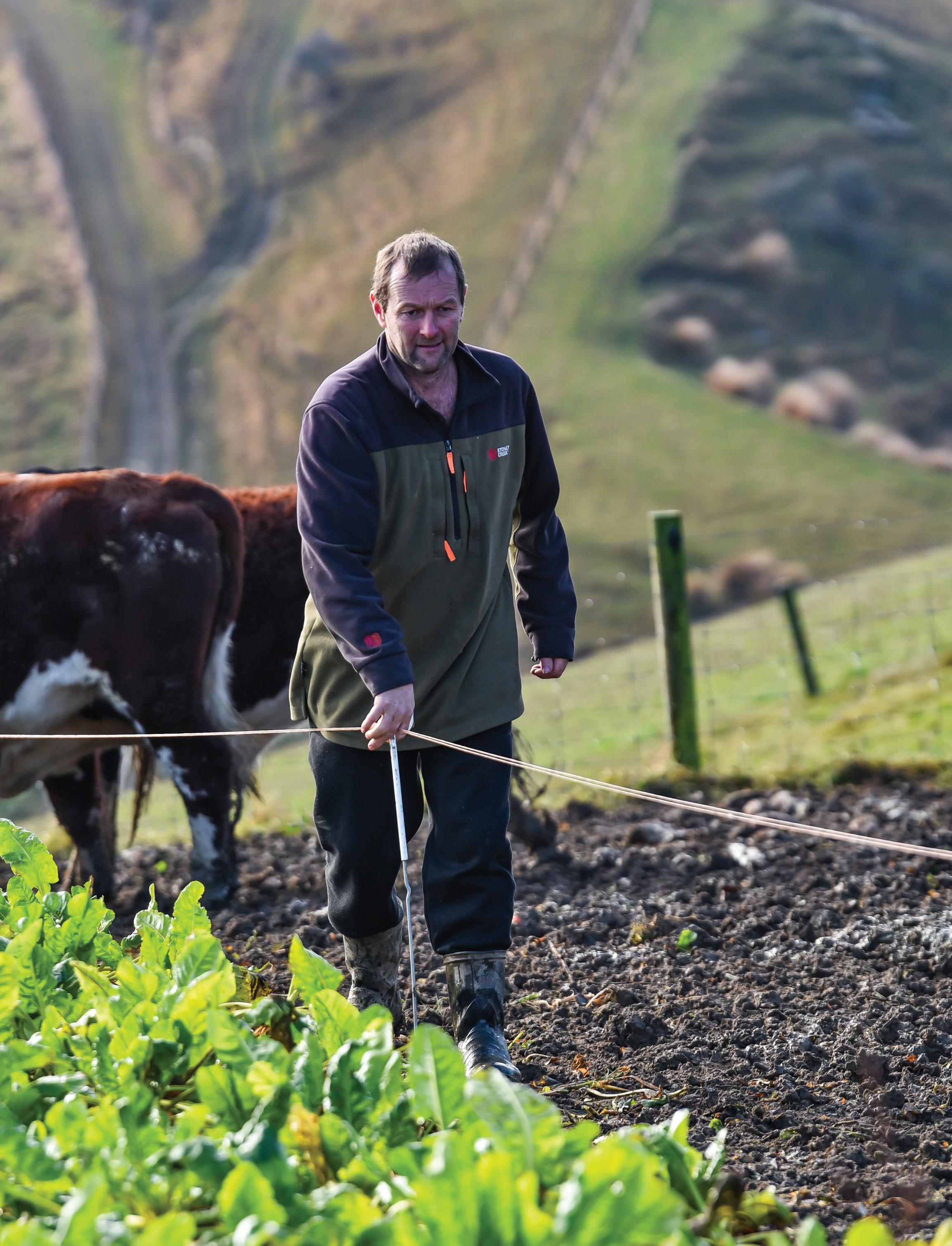 Wilson Devery at Pikoview, Wilden, Otago.
PHOTOS BY CHRIS SULLIVAN
Wilson Devery at Pikoview, Wilden, Otago.
PHOTOS BY CHRIS SULLIVAN
Farming in tough Otago country has its challenges, but careful stock selection and the ability to change direction when necessary is proving successful for a Southland couple.
The winters can be long and cold in Wilden, Otago. Dry autumns can be a challenge, and the last couple of summers have been on the dry side too.
Despite this, Wilson Devery and Val Smith, both 52, have their sheep and beef farm Pikoview humming.
The gross revenue is $321,000 and economic farm surplus is $142,000, running 1500 Perendale-Textra cross ewes and 440 hoggets, and cattle.
The animals originate from the France family of Hazeldale stud at nearby Moa Flat (Perendales) and from Leon and Wendy Black of Blackdale stud near Riverton in Southland (Textras). They also have 180 Sufftex stud homebred ewes of Poll Dorset origin, and 20 rams/ teasers.
Wilson and Val started with Perendales, bringing in some Textra a few years later to improve the milking ability,
By Annabelle Latz.which in turn also improved the weaning weight by three kilograms.
They’ve also had stud Romneys since 1998, which they put over a Cheviot.
“As a farmer, trying to improve the genetics of your sheep is one of the more enjoyable parts of farming,” Wilson says.
When breeding sheep Wilson and Val prioritise good feet, dual purpose ability and an alert nature.
Pikoview is 218ha, 200ha effective and about 130ha is cultivated: 10% for winter crops, 20% red clover, 35% maverick long rotation ryegrass (every four to five years), 25% permanent pasture, and native gullies make up 10%.
The red clover paddocks last four years, then are direct-drilled into Chou Moellier (chou) in early November (chou comes in at 18–20t/ha), cultivated for fodder beet (23–25t/ha) the following year, then cultivated back into red clover (15–18t/ ha).
ONFARM“This system ensures high-quality feed for milking ewes and finishing lambs.”
The feed crops look good too, as they utilise the available nitrogen which is fixed into the soil from the clover.
When direct drilling the chou, they put in 250kg DAP next to the seed to ensure great initial growth.
After four years of short-term grass, swedes are sown early November (15–18t/ha), then green-feed oats are sown in August as a catch crop and made into whole crop balage in the leafy stage in late November.
The paddock is then put back into short-term grass.
“Traditionally, the paddocks sat fallow until November, so being able to sow oats is a bit of a win for our balage and for the environment,” Wilson says.
Wintering hoggets happens on a swede/chou mix on four-day breaks; no supplements are needed.
It's a good work-life balance for Hunter (15), Wilson and Val who enjoy hunting and fishing as much as they can. Below: Wilson shears his own sheep – it takes a good family effort.
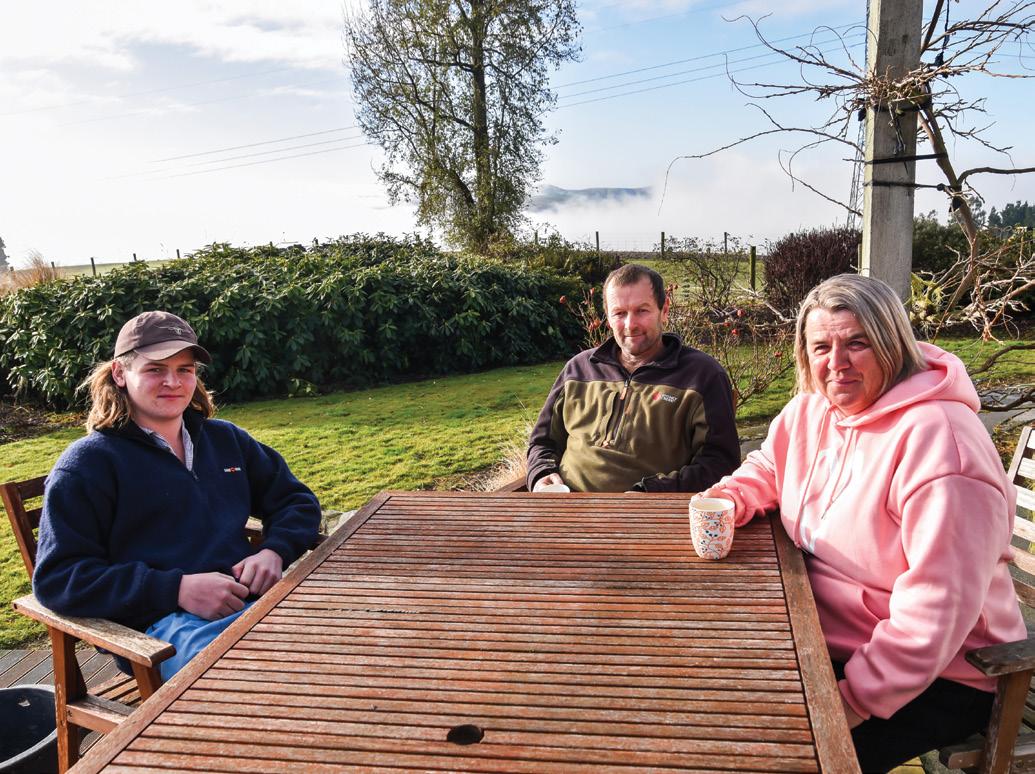
Ewes are mated in April; they lamb about September 20. They don’t mate their hoggets, as Wilson and Val like a bit of time off every now and then.
After scanning in July, ewes are put on the beet and in mid-August are moved to a swede/chou mix with red clover balage.
The one-year ewes are lambed on shogun grass then moved on to red clover.
For the ewes marked for the works, lambs are weaned early in late November at 60 days old. The maternal white-faced lambs are weaned mid-December, while the terminal B mob ewes and lambs are sent on to clover and weaned January 10.
“Lambs are killed every two weeks off clover.”
Ewe lambs are on red clover from March 20 to June 1, a system Wilson likes as he sees a 2kg/week weight gain all summer through to two-tooth age. He also has the ability to feed ewe lambs and maximise the clover until it shuts up for winter.
Growing quality feed means they can stagger weaning times to maximise lamb weights for the works, while optimising timing for the freezer ewes, taking advantage of schedule peak and space availability.

Cattle were introduced to Pikoview a couple of years ago. They trade with 80 R2 beef bulls and steers, 30 R1 bulls and 20 R1 steers.
Friesian cross is the main breed, bought in March as calves and 18-month-olds, fattened then killed as prime generally nine months later.
FINANCIAL: Gross farm income
$377,000 • Farm working expenses
$217,000 • EBIT $159,452 • Return on capital: 4.8% • Big costs: Vehicle repairs, maintenance
$13/su • Fertiliser $17.23/su, ($201/ha). ** The benchmark is 126/ha, but they run stock at $12/su, the average is $8/su
• Animal health $8.26/su, ($97/ha)
• Grazing costs: $16/su ($40,000/year).
They’re fed on chou during the winter and then moved onto beet with wholecrop balage.
There’s no escaping the challenge the long and cold winter poses on growing crops and supplements.
“We do get an explosion of late spring growth … which the R2 cattle do help to control.”
A good winter feed system means they buy only the top R1 bulls in late autumn, and three quarters of the R1s will be killed mid-February at 290kg liveweight (LW).

Their farm lies north-east and boasts strong, fertile soils, which means Pikoview is suitable for drier wintering conditions.
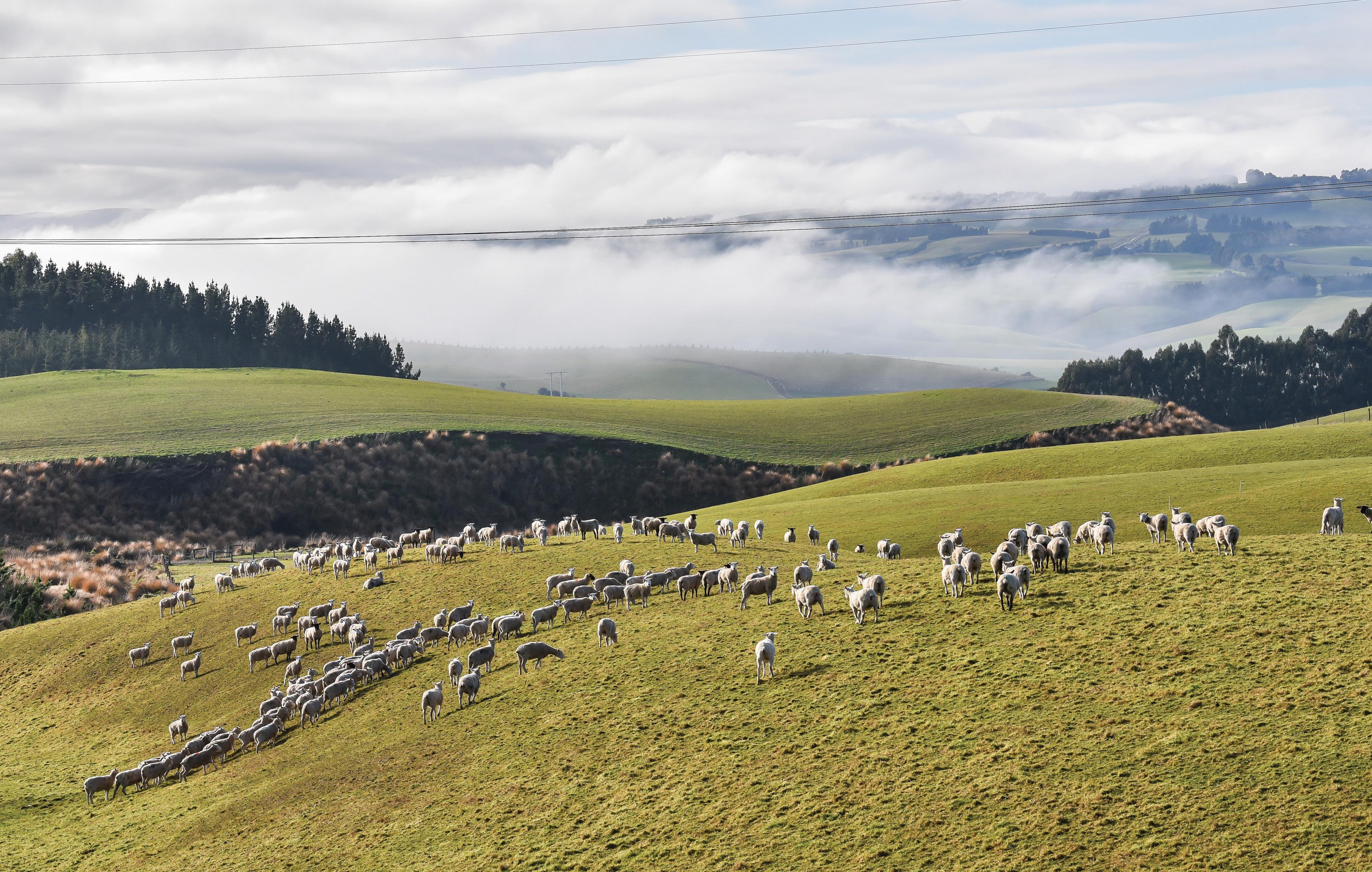
The average rainfall is a healthy one in the gauge, usually hitting the 950mm mark, although in 2022 only 730mm fell.
They can’t control the weather, but Wilson and Val have the ability to change direction when required.
In late 2021 they sold 20% of their capital stock ewes and cows due to two dry autumns in a row. They replaced them with trade cattle to have less capital stock over the summer and autumn period.
Wilson says they are trying to get away from the dry autumn, so all cattle are gone by mid-February, most before Christmas.
“That’s the pinch time. We need autumn feed for the ewes.”
Due to lack of grass, in April last year Wilson and Val mated the two-tooths on chou instead and they scanned at 190% –a good jump from 165%.
As a result, this year 60% of the ewes and two-tooths were mated on chou.
“Chou has its advantages, like offering a high-protein diet and nil-worm challenge.”
no duck shooting or a roar for seven years). His time away helped build his capital reserves and weather the interest rate hike (22%) in 1990. Back in NZ, he was still on the end of a handpiece, while helping his father and brother on the farm when he had time.
“I enjoy shearing even now, I still shear all my own sheep.”
Wilson says daily life at Pikoview means a good family effort.
“Val’s great at penning up, being a rousie, and making the lunch and smokos.”
He says their 15-year-old son Hunter can be handy too.
Val grew up in Hokitika and met Wilson at Lincoln University while studying for a Bachelor of Agricultural Science. Like Wilson, Val clocked up some impressive hours over the years as a rouseabout in woolsheds dotted over the world. She worked in Australia, the USA and parts of the United Kingdom, braving all types of weather.
Spring snow during lambing is a challenge. In 2020 they had nine days of snow in the first 17 days of lambing in September and October, which Wilson says was “not fun”.

The way around this is to have lambing ewes on a good cover with sheltered paddocks.
“We open the gates accordingly when weather events are predicted.”
A match made in uni Wilson grew up in Tuatapere in Southland and at 18 years old went in with his parents to buy a neighbouring farm. He completed a Diploma in Farm Management at Lincoln University then went full-time shearing, first in Southland and then around the world (which meant
“In Colorado it’d be freezing and we’d be in full jackets, gloves and hats, and we’d shear inside in Western Australia during some massive storms.”
During some of Wilson’s stints abroad, Val stayed back home and helped on Wilson’s family farm.
In 2005 Wilson and Val bought 63ha at Pukemaori for dry stock and the juggle of shearing and leasing continued.
Always a family to take opportunities as they presented themselves, leasing the home farm with Wilson’s brother worked well for four years. They then sold Pukemaori farm to the dairy industry, and after a year of searching, they bought Pikoview in 2015.
“We were sick of working for the bank,
FARM FACTS: Based on a three-year average covering 2020–2022. Moa Flat (Wilden) • 218ha (200 effective)
• Meat and wool production
• 1500 ewes and 440 hoggets
• 80 R2 beef bulls and steers, 30 R1 bulls, 20 R1 steers
• Stock rate: 12.5 SU/ha
• Lambing 137%
• Lamb kill weight: 19.1kg
• Production/ha (meat): 321kg/ha
• Olsen P levels 41 avg (range 20–61)
• pH 6.2 avg
• Environmental improvements: fencing creeks, planting shelterbelts, a sediment trap/wetlands at the duckpond.
"We were sick of working for the bank, and thanks to a joint tender and a bit of luck, we were thrilled to be able to call this farm home."
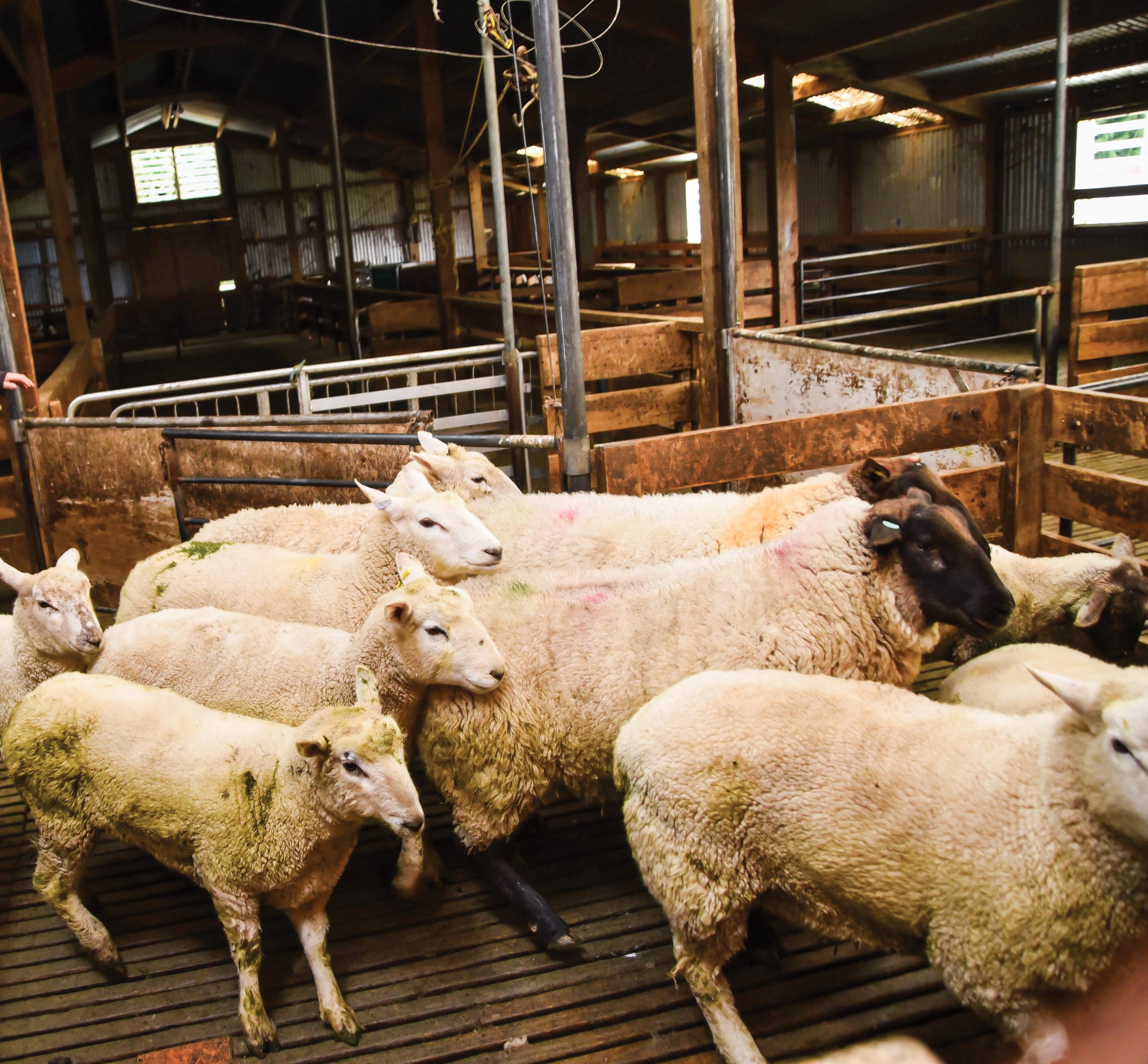
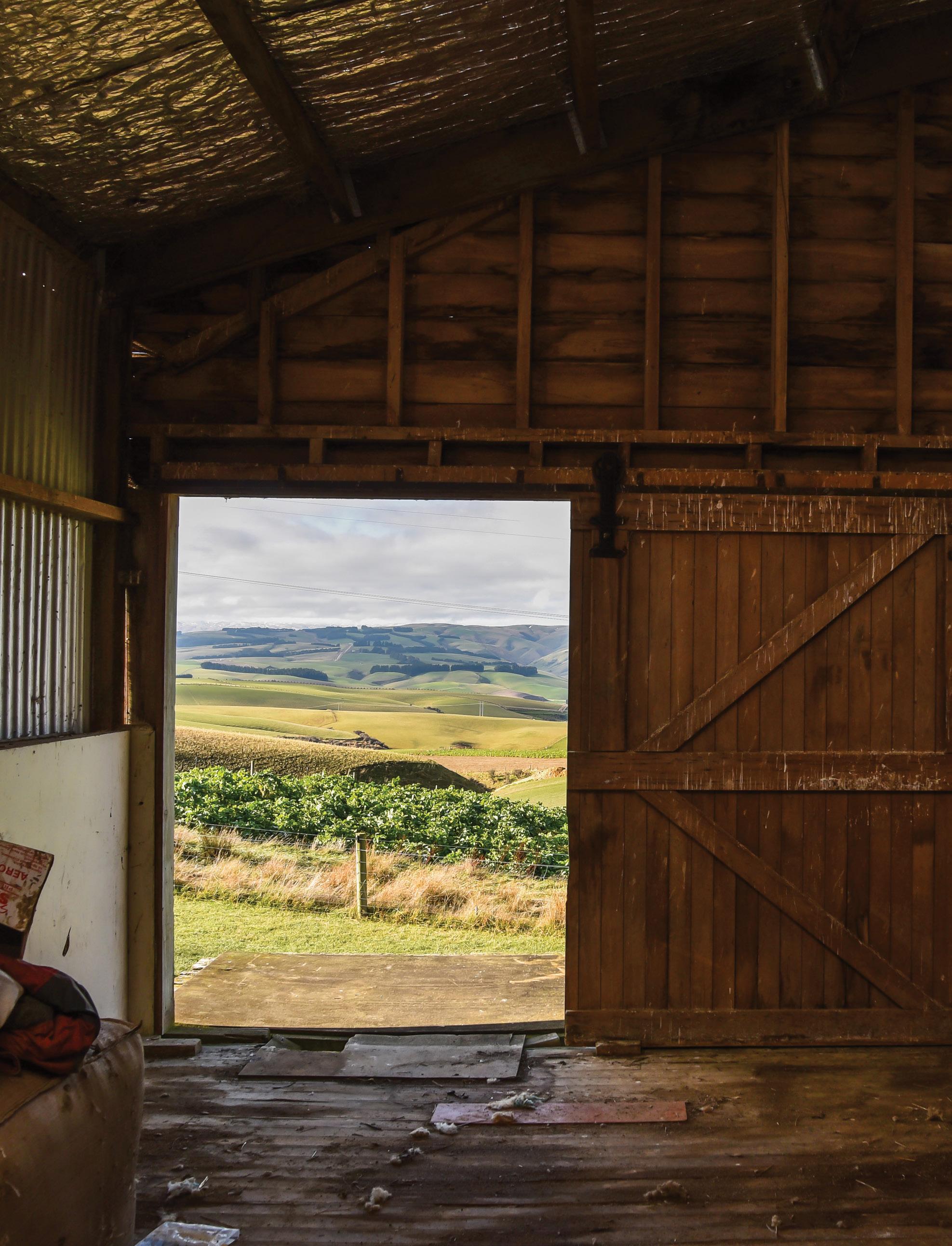
and thanks to a joint tender and a bit of luck, we were thrilled to be able to call this farm home,” Wilson says.
Aside from contracting out for capital fertiliser application and balage making, they do everything else themselves as they own their digger, direct drill and precision drill.
They put in 23 kilometres of new and upgraded fences themselves during the first three years of owning Pikoview and have doubled the number of paddocks, with water now going to all paddocks including gullies.
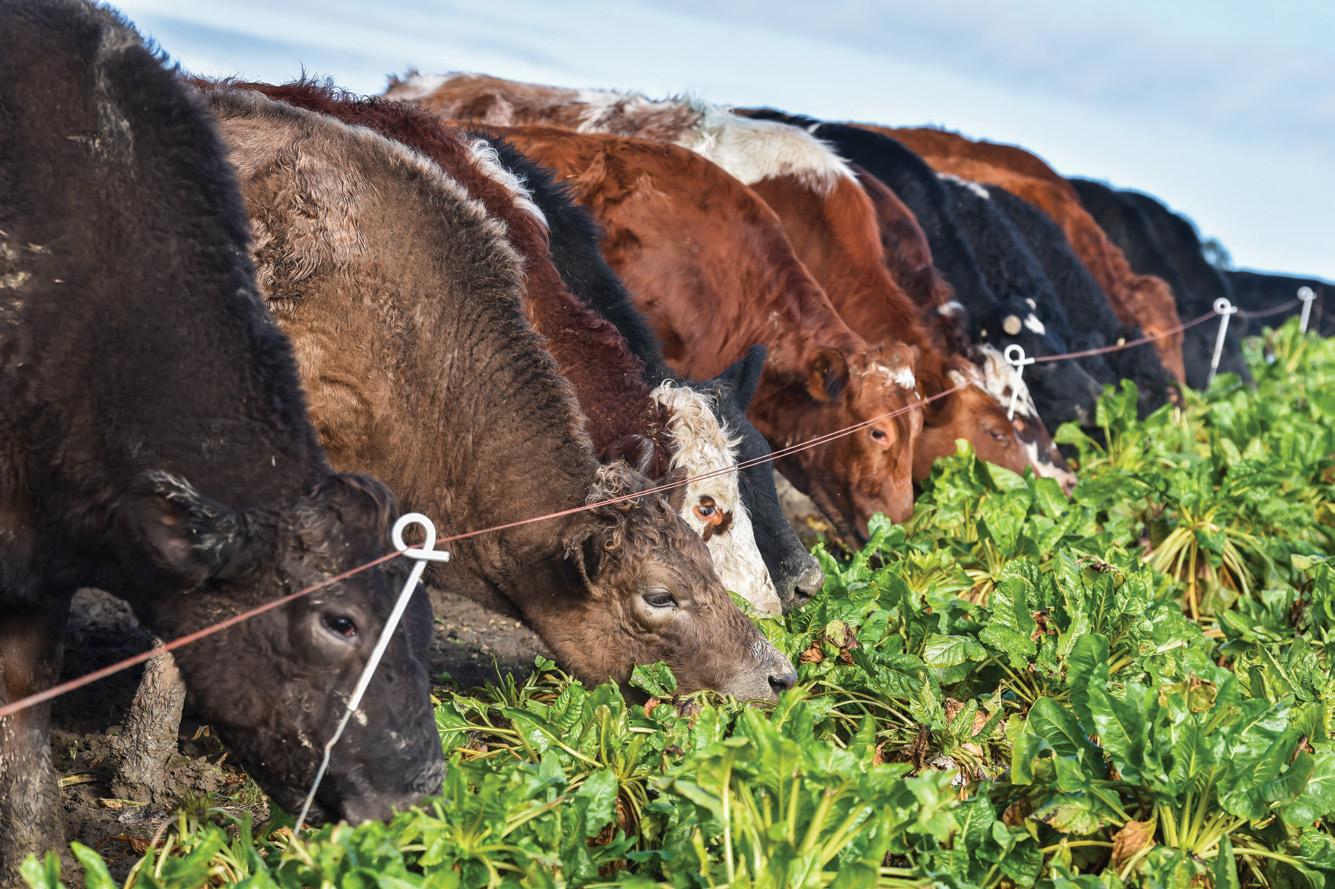
The sheep yards were rebuilt in 2019, and to improve drainage more than 100 coils of novaflow have been installed.
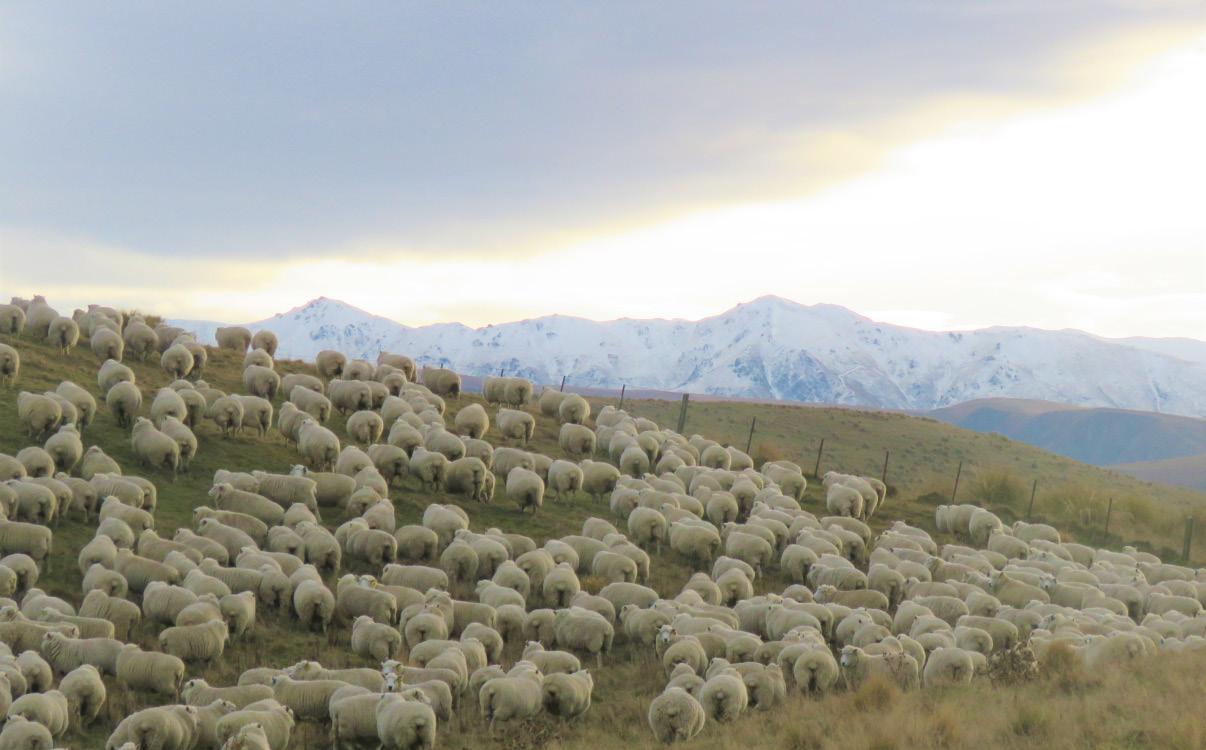

“It’s handy to have your own digger.”
They’ve planted 10ha of pine trees on the south faces, as well as 2km of flax and eucalyptus Rodwayi shelter belts.
“We have most creeks and wetland areas fenced too. We did this early on. It’s great to keep the waterways clean and it’s helpful for managing stock. This is all an enjoyable part of farming, it’s really rewarding to see what’s been accomplished.”
For people aspiring to getting into farm ownership, Wilson says it’s important to have people around to talk
to who are happy to offer professional advice about their decisions.
He says enjoying what one does is important too.
“Farming can be hard work, but with effort, determination and sacrifice, you’re on the right track to get there.”
Wilson says a priority for their family has been to keep the mix of hard work
At
Our
and rest. Off farm the family likes to get away in their own backyard for some hunting, whitebaiting and fishing, and overall it’s a pretty good lifestyle.
“In five years I still see us here, perhaps with easier workloads once the developments are done and debt gone.”
And maybe he won’t be shearing his
Newhaven we believe in accountability. Any animal that can’t perform under a nil-drench regime, no matter what the season throws at them - can pack their bags and move to Wellington. No excuses.
genetics work hard and actually earn their keep - and are proven through 50 years of selection for low-input traits.

4TH
Approximately 150 2th rams for sale by Auction

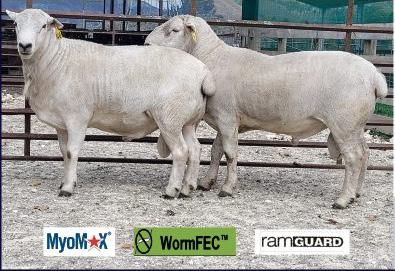
11am rams penned ready for viewing
On farm @ 154 Whakamaru Road, SH 30, Whakamaru. Livestreamed on Open Day - Thursday 2nd November, 1pm-3pm
• SIL recored... All traits measured and recorded
• Top Production
• Low input extremely high output
• Our ewes pregnancy scanned 201% this year, ewe hoggots 163%
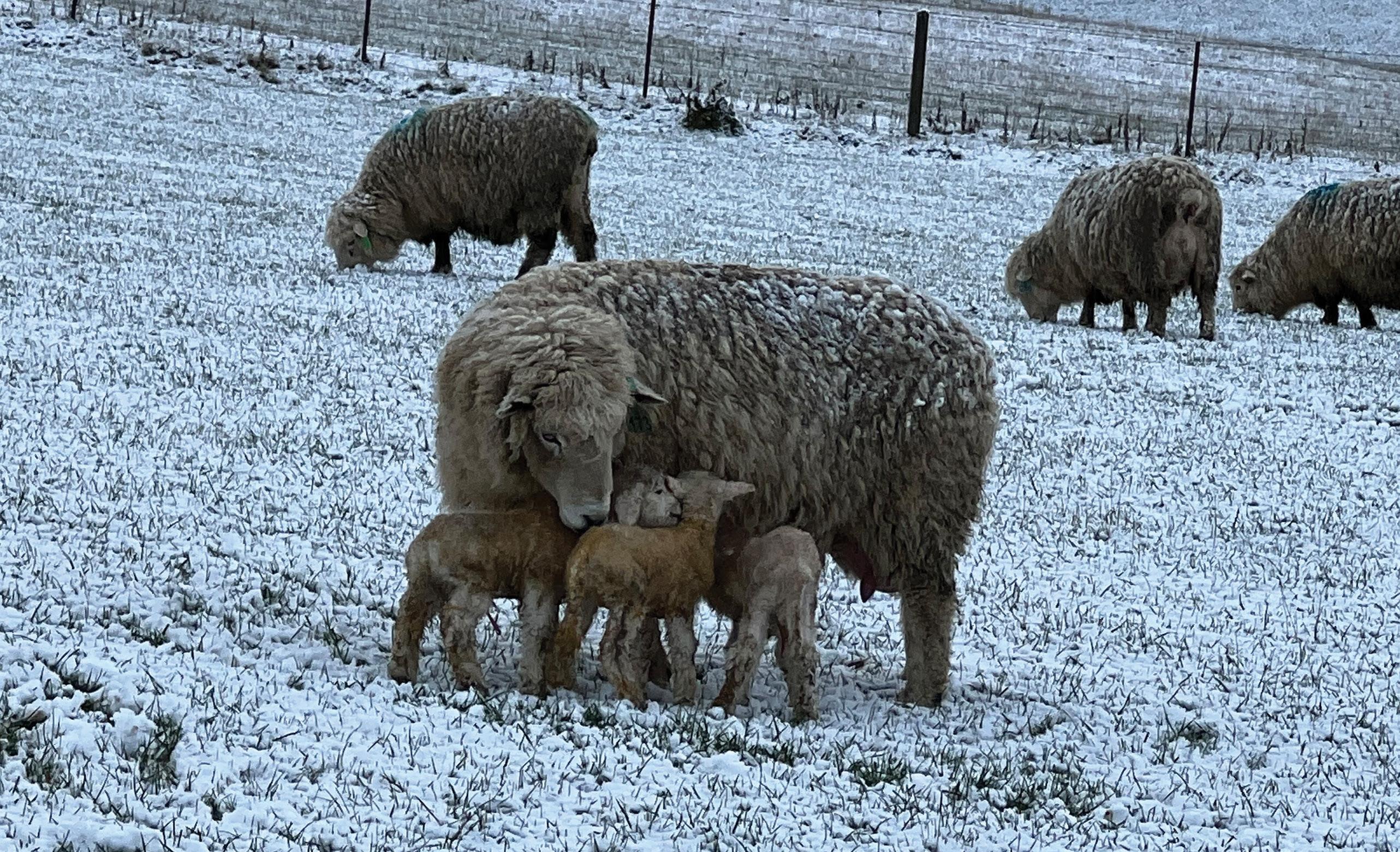
• Carcass meaty and high yielding
EMA muscle scanned & Sires CT scanned for yield

• Great eating quality
• Eczema tolerance Ramguard testing @.40
www.kaahugenetics.com

SOURCING STRONG, ROBUST Shedding Sheep genetics and incorporating them with Romani Coopworth’s foundation breed is starting to pay dividends for owners Ross and Ruth Richards.

In an effort to adapt to challenging returns for wool, Ross and Ruth have spent the past few years carefully introducing Wiltshire and other bloodlines into a specific “shedding flock” and Ross says the results are starting to come through.
“It is that usual principal, about ‘garbage in-garbage out’. We have been very strict in selecting for stock that are robust, are good quiet mothers, and have good strong feet on them.”
The results have been so positive it prompted him to go back and re-assess his Coopworth flock, raising the standard on foot soundness even further in a flock already renown for its general all round hardiness.
“We have just lifted the bar that much higher again.”
Ross’s approach to his lambing beat has also helped define the type of shedding ewe he wants in the flock. Running through them tagging lambs at birth on his quad soon identifies those that are flighty and subject to spooking, and those that are not.
“It is a good test for them, we are always seeking to make life as difficult as we can for them, to sort out the ones worth having.”
Romani has also incorporated Exlana composite breed genetics to extend the focus on breeding robust, low-cost shedding sheep. Their reputed easy handling characteristics and worm resistance align

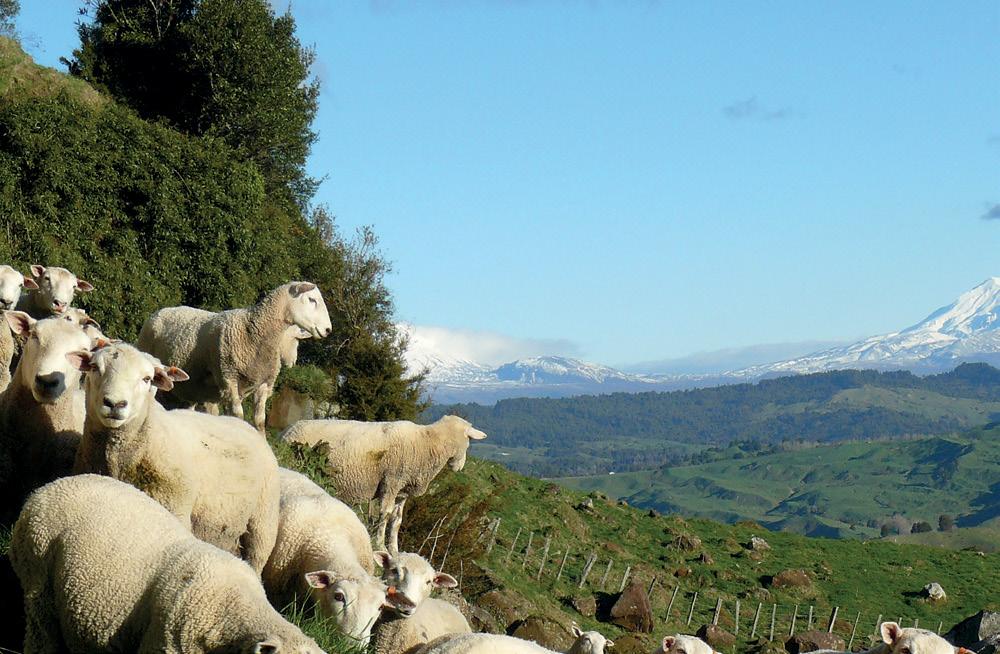
well with the well-worn path Ross and Ruth have taken breeding the Romani ewes over the years.
The first Exlana sired lambs were born last year, and Ross has noticed this July they had already started shedding.
“They are keeping just enough of a layer on themselves to stay warm.”
Facial eczema tolerance, a key trait of the Romani Coopworths, is low in the shedding bloodlines and something they are working to build up with the Exlana semen going into both shedding and Coopworth ewes.
“This gives us the opportunity to put the good shedding traits of the Exlanas into the Coopworths, and the good traits of our Coopworths of robustness and FE tolerance into the shedding flock.”
With the Coopworths they have begun selecting for bare bellies, no dags, and short tails.
“We want to push the Coopworth flock to the point of not needing a handpiece, apart from shearing time.
“We are not about abandoning wool altogether but do want to reduce the cost, and get rid of dags.”
The Damara influenced “Meat Master” breed is also doing well at Romani, bringing some additional shedding genetics to the mix, and a level of calmness that helps balance the flightier Wiltshires.
Meantime Ross and Ruth are also looking at what the pathway will be to help reduce the flock’s methane emissions.
Methane chambers have been used to determine ram hoggets’ emission levels
with the data still being analysed. However, Ross remains committed to keeping key production traits at the forefront of selection criteria, including constitution, soundness, FE and worm tolerance.
“If your flock is not being impaired by FE and worms the lambs will grow quicker, make weight quicker and be processed quicker. That means by default your farm’s methane emissions will be lower.”
The past season has highlighted the value in Romani’s focus on fly resistance. They have not dipped for fly or lice since 2013 and this year proved a tough test on that policy as flocks throughout the North Island suffered severe strike conditions well into June.
“The challenge was the highest we have ever seen it, with even cattle being struck, and yet only five percent of the Coopworth lambs were affected. This was fantastic compared to a mob of fully shed Wiltshire’s which we bought in January that ended up with 20% being struck.”
Susceptibility to flystrike is heritable and repeatable, so this summer provided a good indicator of tolerance, and identified those that were not up to it.
Ross and Ruth remain committed to continuing to push the flock’s productivity in both the shedding and straight Coopworth mobs over the coming years, conscious that the best response to methane emission targets is proportionately greater gains in per animal productivity across all economic indicators. •
Sheep mortality in lambing could be compared to the negativity associated with bobby calves, a Marlborough farmer warns. Joanna Grigg reports.
Reducing sheep mortality rates needs a culture shift and more research funding. In his recently released Kellogg Report ‘Addressing mortality in lambing systems’ Richard Dawkins defines the problem of mortality and sets the case for addressing it.
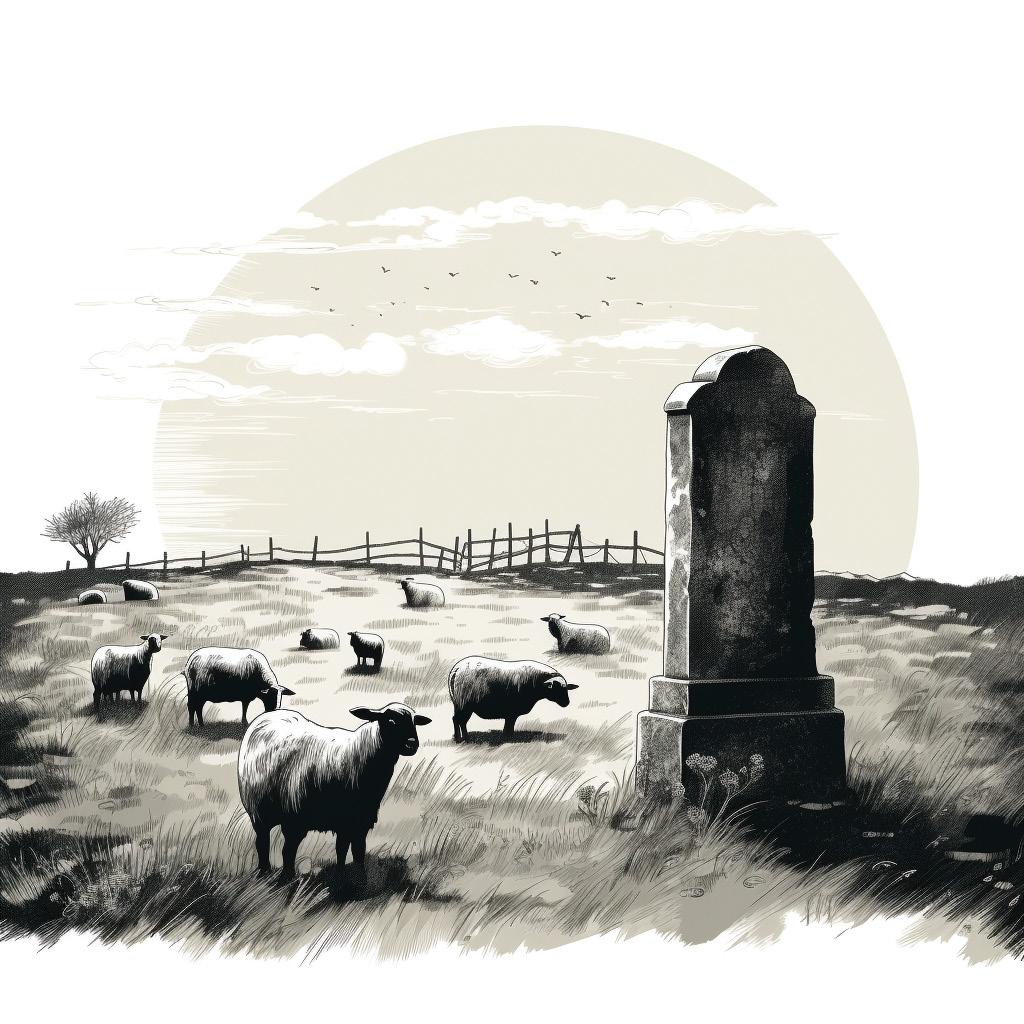
The Marlborough farmer calls for a change in farmer attitude, especially when managing multiples and hoggets.
“Not scanning for triplets and ignoring the issue, does not absolve responsibility.”
Financially, farmers will be better off investing in better lambing management. He calculates a triplet-
bearing two-tooth is worth $1445 in invested time and feed, animal health and the cost of raising a replacement animal. He queries selling tripletbearing ewes as another way to solve the problem.
“Selling ewes in lamb with triplets is a huge lost opportunity financially.”
In his report, Dawkins reviewed existing industry records, and concluded that between 10% to 40% of lambs scanned in utero don’t make it to weaning. The industry average lamb death rate from scanning to weaning is 24%. It’s much higher for triplets – typically one dies out of three born (33%).
Ewes themselves are at risk – especially triplet-bearing ewes, with Dawkins’ report estimating 10% die as an industry average. Some mobs are much higher. Data was gathered from 10 farmers, 10 industry professionals and three case studies. He reviewed existing research and commented that data was sparse at times.
“Farmers typically don’t have accurate death rates across mobs.
“Managing triplets separately and monitoring performance is actually quite a low bar to start from.”
If you don’t measure and understand death rates by each mob, it is difficult to improve, Dawkins says.
He appreciates increased discussion about lamb mortality could lead to negative market reaction. Courage is required in accepting and addressing potential issues within the sector.
He compares it to the bobby calf issue in dairy, where market forces are driving change – not animal welfare regulations.
“We need to keep ahead of the market and not just be reactive.”
The National Animal Welfare Advisory Committee (2018) said that if a dam is unlikely to raise offspring, then the offspring should be fostered, hand-reared or killed humanely. This is similar to the recommendations for bobby calves, making the Fonterradriven changes on farm relevant and
comparable to lambs, Dawkins explains.
He interviewed meat processors for their opinion. While there are no market signals that wastage is an issue, there was unanimous agreement among contributors that it could be a trade barrier, he said. Lambing deaths from storms and subsequent hypothermia, mismothering and starvation seem to be ‘trumped’ and acceptable within a pasture-based, natural and free-range system.
“But this begs the question of how accurate consumers’ understanding of wastage is – for example that sheep have two teats but can have three or more lambs.”
Many industry experts interviewed agreed the industry is in a period of grace, he said. Farmers must enhance survival before legislation or market requirements change, particularly in high-risk animals such as triplets and hoggets.
It should be a win:win. Dawkins sees huge opportunities for farmers to get specialised training to manage pregnancy and lambing better, to rear more lambs and make more money. The lowest hanging fruit is selecting the appropriate genetics, body condition scoring and feeding of the entire flock.
The report took a deep-dive into three case studies. One was Dawkins’
“Managing triplets separately and monitoring performance is actually quite a low bar to start from.”Table 1 Value in saving lambs: Sheep breeds and wastage modelling, comparing the death rate to a reduced one, Dawkins 2023. Note: value of saved lambs excludes wool and associated reduced ewe wastage.
“I hate triplets” is the wrong mindset. Education is required to help people get their heads around the opportunity. What’s my bank balance going to look like if I increase survival? Farmers are not fully aware of the cost of feeding an animal for two years, then the opportunity cost of losing all the future production. –
Jeff Sewell, Sheep pregnancy tester.“Mortality is always topical and I feel we have gone over the top with fertility. When scanning over 200%, we are seeing some horrific losses and it is an elephant in the room. Too much focus is put on scanning percentages. While it is nice to have the potential, potential doesn’t pay the bills; lambs sold do.” –
Dean Rabbidge, Southland Farmer.“Before clear guidelines can be developed for the management of triplets bearing/rearing ewes and their lambs additional research is required. Future studies need to examine the impacts on both the ewe and her lambs of varying feeding regimens in both pregnancy and lactation, across the body condition score range. In addition, knowledge of the impacts of shelter and other paddock factors, stocking rate, mob size, and human intervention is required. Future studies must be large enough in size to allow for the evaluation of lamb survival and should present the impacts of the various interventions on litter birth weight variation.”
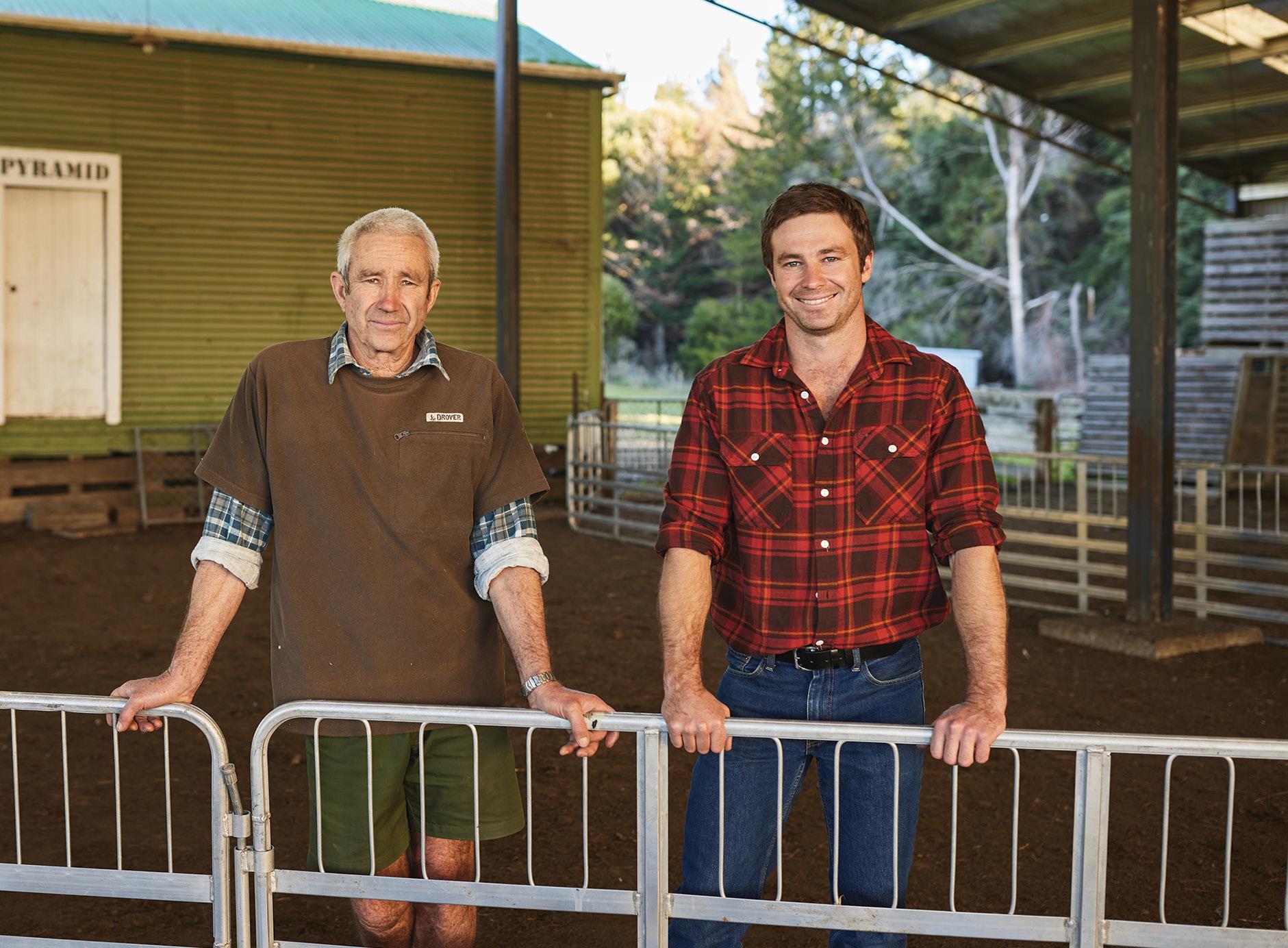 – Prof Paul Kenyon (2022).
– Prof Paul Kenyon (2022).
own home farm, The Pyramid, with its system of indoor lambing. A hybrid indoor/outdoor system (Wairarapa) and a shepherded outdoor lambing (Tasman Romney stud) were also studied.
The Pyramid’s long-term lamb death rate was 24% but indoor lambing of high-risk triplet-bearing ewes has seen it drop to 14% over five years, across the whole farm. This is at a 190% to 210% scanning. The benefits have extended beyond just the multiples, as the Dawkins have had more time to shepherd the twins and feed them better. The business is about $30,000 better off, including all costs and labour at $25/hour, he says.
Dawkins calls for government funding into sheep mortality research. This should include comparing ewe and
lamb mortality rates across different farm systems. Orphan lamb rearing and new markets/outlets for lambs should be investigated. For example, large-scale rearers or pet adoption, he says.
“The Sheep CRC in Australia should be analysed and the appropriate framework be applied to a New Zealand model.”
Help should come in the form of discussion group days and visual resources on sheep husbandry. Massey University has some comprehensive resources but recent national research is on the environment – not production, he says.
“We need instructional videos, visits to intensive farm systems, autopsy demonstrations and models to simulate assisted births.”
Dawkins would like to see Primary
ITO unit standards focusing on lambing management with a practical component. He questions whether shepherds are proficient at identifying animals that require assistance.
“Identifying udder infections, poorly placed teats, a stressed ewe or a fading lamb is a specialist skill, and it appears there is a lack of training in this area.”
He describes a case study farm where they used a drone to identify ewes or lambs in trouble.
One widely adopted management approach, he says, is to minimise triplets by restricting feed at tupping.
“This is actually limiting the genetic potential of your ewes – another lost opportunity.”
Selling triplet-bearing ewes to specialised rearers is another option.
“But in an ideal world, everyone would have a plan and the tools to take advantage of triplets.”
Dawkins says the first step is an increased focus within the industry on
monitoring and recording. He calls for the Beef + Lamb NZ Economic Service to monitor death rates by region and breed.
“Documenting and quantifying the size of the problem will be the first step in solving it.”
His report is a must-read for sheep breeders.
Richard Dawkins spends a fair part of his winter in the lambing shed. The Pyramid has integrated shed-lambing for triplet ewes and this high-scanning/high input lambing model is a financial goer.
“We welcome scanning 30% triplets, when once they were a liability.”
He says triplets are potentially the most productive, profitable and ecoefficient animals on the farm.
In a recent step, the Dawkins’ indoor system now includes singles, where dystocia can be an issue with high birth weights, particularly in hoggets.
Dawkins’ 2023 Kellogg report on
Recommendations from the Kellogg ‘Addressing Mortality’ Report, Richard Dawkins, 2023.
1. Employ best practice management throughout the year.
2. Identify the preferred management system through the lambing period and select genetics and breed fecundity accordingly.
3. Better understand land resources such as slope, aspect, prevailing wind, natural hazards and shelter.
4. Identify high-risk animals, such as triplets and hoggets, and separate and manage accordingly through lambing.
5. Study different methods of intensive management and evaluate how they might fit into existing systems.
6. Increase monitoring and recording of KPIs, especially those relating to lamb survival and performance.
7. Improve knowledge and skills around animal husbandry.
8. Culture shift where animal welfare is considered paramount and high wastage rates are frowned upon and viewed as unacceptable by peers.
sheep mortality concludes indoor lambing, using existing sheds and portable yarding, in some shape or form, could be a goer for some farms.
On a personal level, the Dawkins have nearly halved their triplet lamb death rates from 33% to 17–20% and reduced triplet ewe deaths from a long-term average of 10% down to between 2% and 5%.
But the low-hanging fruit for many, says Dawkins, is actually improving outdoor lambing methods. His report focuses on outdoor lambing strategies such as improved feeding, management of lambing times by using ram harnesses for precise lambing dates and improved shepherding during lambing.
“And this all needs more sheep production research at a high level, and technical advice to farmers.
“I’d love to see mortality be set up as a separate programme like Wormwise –with funding and publicity.”
Education is the way to help farmers design a system to get ideal body condition scores for ewes pre- and post-lambing, and better metabolic and health management. Once lambing is underway, it is having the understanding of the paddock shelter, layout and how to identify at-risk lambs and intervene in a positive way.
“It is unfortunate triplets are put in the too-hard basket?”
He doesn’t believe farmers should short-scan and simply put triplets in with twins and take an “easy-care” novisit/intervention approach.
“If mating results in a high proportion of triplets, farmers should invest in the required farm systems and infrastructure to ensure that death rates are kept as low as possible.
“We must consider if the conscientious consumer will view these preventable deaths as acceptable, particularly when accessing premium markets”
Composite flocks with high scanning
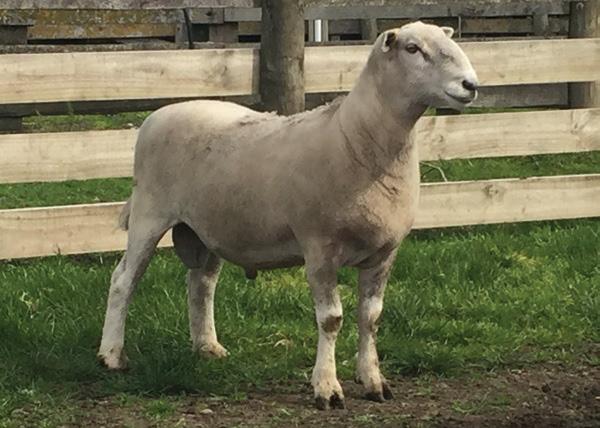
• We have been breeding Wiltshire and Ezicare sheep for over 40 years.
• All ewes are lambed as hoggets and we finish 4,000 lambs annually.
ARDO FARGO 9008
An Ezicalve herd producing 250 bulls for sale annually (mostly as yearlings).
• 600 Wiltshire and Ezicare ewes are SIL recorded and are farmed with 3,000 commercial ewes and 1,200 ewe hoggets, on Hunterville hill-country.
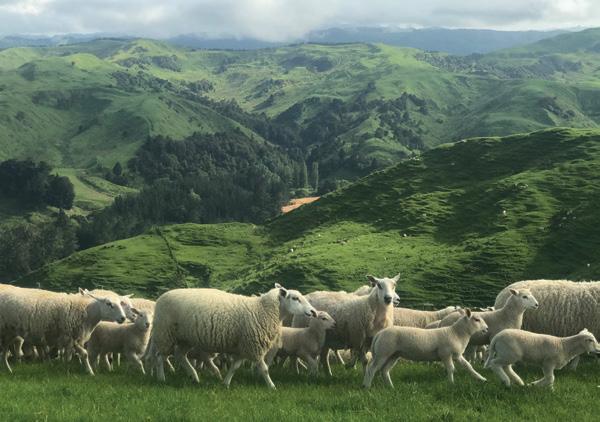
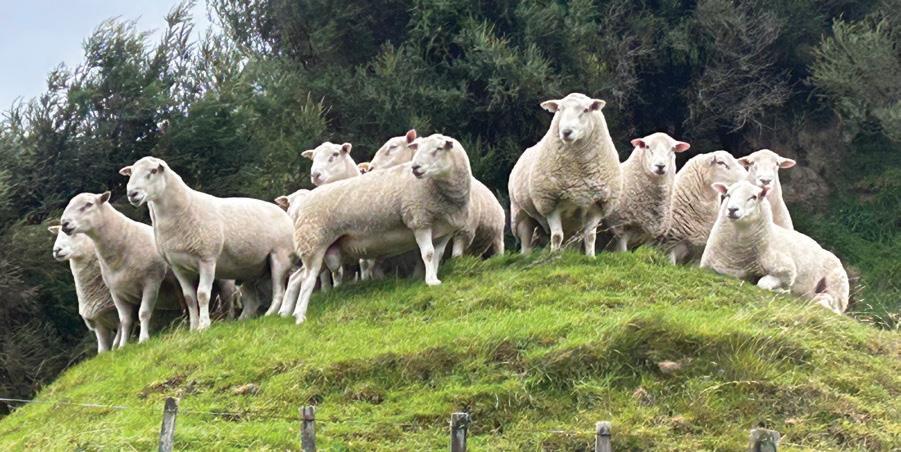
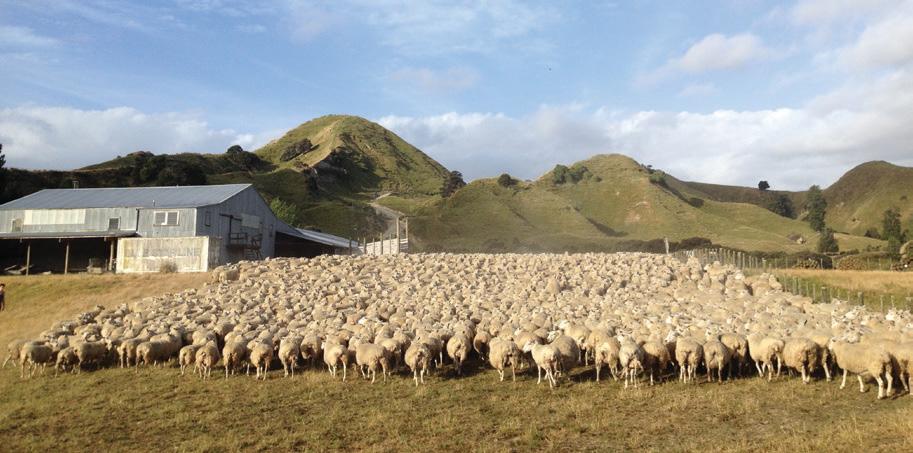
ARDO AJAX 9136
Two Beef + Lamb New Zealand Genetics progeny test “Top All-Rounder” bulls, Ardo Ajax 5014 (2020 & 2021) and Ardo Vostock 5341 (2022). This recognises the top performance bulls across all traits, breeds and cohorts.
• All recorded sheep are DNA parentage and gene tested. Ram hoggets are carcase scanned to breed higher yielding meaty sheep.
An Ezicalve herd producing 250 bulls for sale annually (mostly as yearlings).
An Ezicalve herd producing 250 bulls for sale annually (mostly as yearlings).
A New Zealand Hereford “Herd of Excellence” and a “Steak of Origin Producer of the Decade”
A New Zealand Hereford “Herd of Excellence” and a “Steak of Origin Producer of the Decade”
The 2021 New Zealand Hereford National Supreme Champion Bull, Ardo Fargo 9008.
A New Zealand Hereford “Herd of Excellence” and a “Steak of Origin Producer of the Decade”
• Our selection priorities are fertility (scanning 180-200%), high growth rate and carcase yield, F.E. tolerance, structural soundness and easy-care traits (shedding, bareness, no dags, no flystrike, short tails).
Two Beef + Lamb New Zealand Genetics progeny test “Top All-Rounder” bulls, Ardo Ajax 5014 (2020 & 2021) and Ardo Vostock 5341 (2022). This recognises the top performance bulls across all traits, breeds and cohorts.
Two Beef + Lamb New Zealand Genetics progeny test “Top All-Rounder” bulls, Ardo Ajax 5014 (2020 & 2021) and Ardo Vostock 5341 (2022). This recognises the top performance bulls across all traits, breeds and cohorts.
600 calves registered annually. Five star, gold standard performance recording.
Wintering 14,000 stock units with a 50:50 sheep to cattle ratio.
• Rams, ewes and ewe lambs are sold and perform the length of the country – New Zealand tested and proven sheep genetics for decades.
600 calves registered annually. Five star, gold standard performance recording.
The 2021 New Zealand Hereford National Supreme Champion Bull, Ardo Fargo 9008.
The 2021 New Zealand Hereford National Supreme Champion Bull, Ardo Fargo 9008.
Wintering 14,000 stock units with a 50:50 sheep to cattle ratio.
600 calves registered annually. Five star, gold standard performance recording. Wintering 14,000 stock units with a 50:50 sheep to cattle ratio.
Breeding quiet Ardo Hereford cattle that are born easily, grow fast, and can quickly finish to optimum specifications on our meat schedules.
Breeding quiet Ardo Hereford cattle that are born easily, grow fast, and can quickly finish to optimum specifications on our meat schedules.
Breeding quiet Ardo Hereford cattle that are born easily, grow fast, and can quickly finish to optimum specifications on our meat schedules.
If you love sheep, but are tired of the work-load and costs associated with dagging, crutching, shearing and flystrike, give us a call anytime. We are happy to show you how Wiltshire and Ezicare sheep work for us, for breeding and for finishing, for over 40 years.
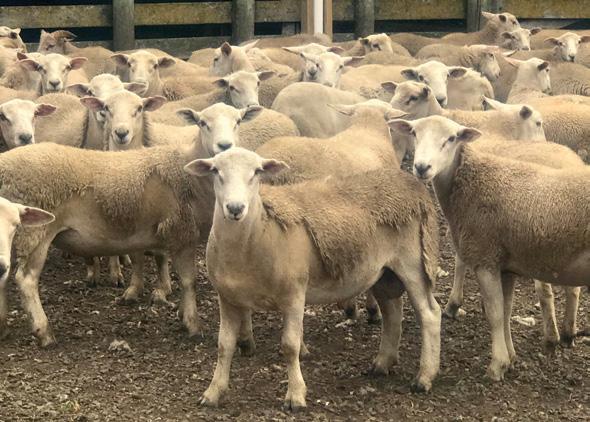
100 YEARLING BULLS & 30 TWO YEAR OLD BULLS FOR ON-FARM AUCTION.
100 YEARLING BULLS & 30 TWO YEAR OLD BULLS FOR ON-FARM
100 YEARLING BULLS & 30 TWO YEAR OLD BULLS
12 NOON, TUESDAY 26TH SEPTEMBER 2023.
12 NOON, TUESDAY 26TH SEPTEMBER 2023.
2-Tooth rams are available for selection from November 6. Ram hoggets are available from late February. Select lines of top ewes are available from late January. +1,000 Ezicare and Wiltshire ewe lambs are available, including large lines, from late January. Ewes and ewe lambs are sold first booked, first in, first served.
Bulls, semen, support and bull back-up always available. 150 females available annually as in-calf rising-3-year heifers, in-calf mixed aged cows and maiden heifers. Enquiries welcome anytime.
Bulls, semen, support and bull back-up always available.
Bulls, semen, support and bull back-up always available. 150 females available annually as in-calf rising-3-year heifers, in-calf mixed aged cows and maiden heifers. Enquiries welcome anytime.
150 females available annually as in-calf rising-3-year heifers, in-calf mixed aged cows and maiden heifers. Enquiries welcome anytime.
WILLIAM MORRISON : 027
WILLIAM MORRISON: 027 640 1166 • 06 327 8236 • E: ardofarm@xtra.co.nz • 702 Fern Flats Road, RD 2, Marton 4788, New Zealand Facebook: www.facebook.com/morrisonfarmingnz • Twitter: @MorrisonFarming • WWW.MORRISONFARMING.CO.NZ
WILLIAM MORRISON : 027 640 1166 • 06 327 8236 • E: ardofarm@xtra.co.nz • 702 Fern Flats Road, RD 2, Marton 4788, New Zealand Facebook: www.facebook.com/morrisonfarmingnz • Twitter: @MorrisonFarming • WWW.ARDOHEREFORDS.CO.NZ
WILLIAM MORRISON : 027 640 1166 • 06 327 8236 • E: ardofarm@xtra.co.nz • 702 Fern Flats Road, RD 2, Marton 4788, New Zealand
E: ardofarm@xtra.co.nz • 702 Fern Flats Road, RD 2, Marton 4788, New Zealand
Facebook: www.facebook.com/morrisonfarmingnz
• Twitter: @MorrisonFarming
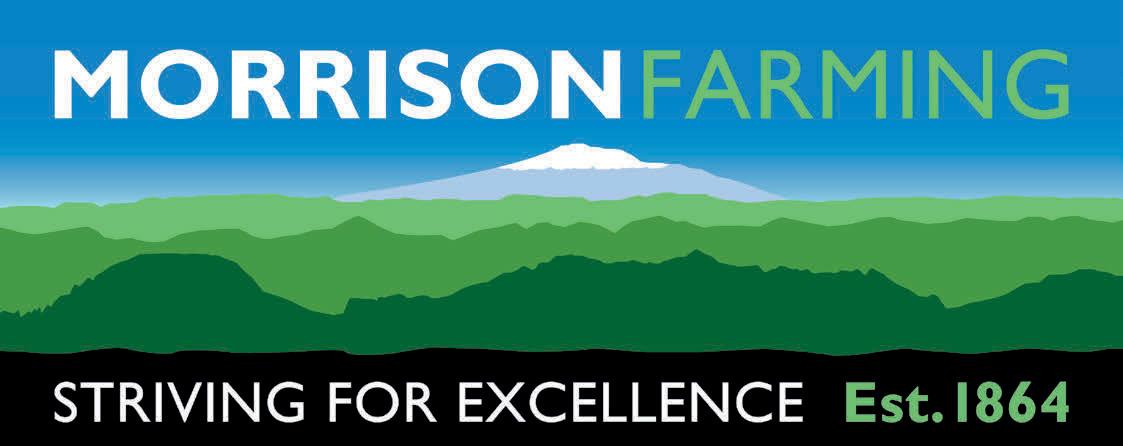
Facebook: www.facebook.com/morrisonfarmingnz • Twitter: @MorrisonFarming • WWW.ARDOHEREFORDS.CO.NZ
• WWW.ARDOHEREFORDS.CO.NZ
would be the likely ones with potential issues, he says.
“If one part of the sheep sector comes under fire, then it will most likely be every farmer’s issue to address.”
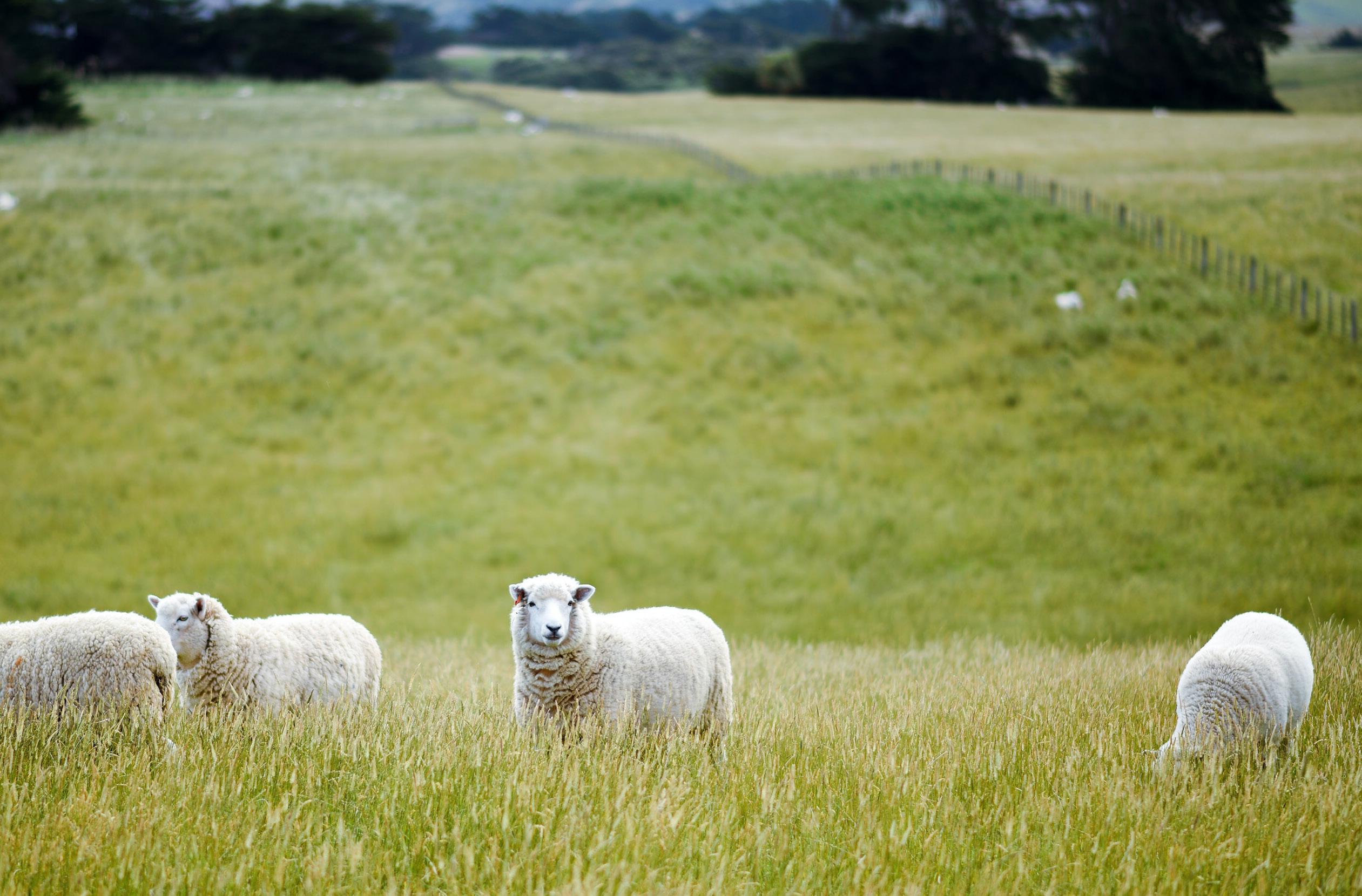
Farmers also need to be proactive in managing hoggets around lambing, he says.
About 30% of NZ ewes are mated as hoggets.

“Bearings, difficult births and under feeding are the main causes of hogget lamb wastage which can be prevented. Embryonic loss is also significant but requires significant research funding to discover solutions.”

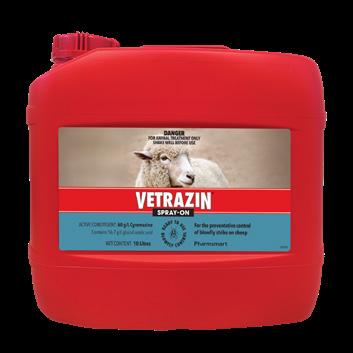

 Richard Dawkins’ report is available at the Kellogg Rural leadership page.
The Dawkins business is about $30,000 better off with indoor lambing which includes all costs and labour at $25/hour.
Richard Dawkins’ report is available at the Kellogg Rural leadership page.
The Dawkins business is about $30,000 better off with indoor lambing which includes all costs and labour at $25/hour.
Farm consultant Graham Butcher says farmers can take charge of decisions on their direction in farming.

So, here we are today, once again trying to find answers and, for many, reasons to continue farming.
When I look at the sheep farming situation, it’s easy to understand the lack of confidence and soul searching going on. Pricing is going one way, with costs heading in the other direction. Margins are squeezed to extinction and there’s an army of bureaucrats telling you how to run your farm.
Can your business survive such an assault?
The sheep industry has been in difficulty before, more than once during my career.
I set up a business a few months prior to the Roger Douglas era that turned farming on its head. There will still be those who can recall bank discount meetings where debt was written off to at least allow farmers to exit the industry with some equity or allow them to continue with some hope.
Many survived those years to reap rewards, but many didn’t as well. Those years were tough, but farmers were buoyed with the knowledge that the world needed what they produced, and they could always make their businesses more efficient.
To a large degree this strategy worked, but it took quite a few years for those remaining to look back and say, “it was difficult, but we came through it for the better”. The main issue was subsidies, and they were taking us in the wrong direction.
Since then, the sheep industry has been through other tough times, not quite as dramatic as the Douglas years, but nonetheless difficult. More folk will remember the Meat Industry Action Group era of about 15 years ago. Industry structure was the big issue here. Export companies were seen to be competing for export contracts to the detriment of farm-gate value. I recall long discussions about what came first – did the structure of an industry promote profitability or did profitability drive the structure?
I think the latter argument survived.
These disruptions were essentially single-issue events, and no one was trying to tell you what to do behind the farm gate. That was left up to farmers to sort out an onfarm strategy to cope.
Sheep farming has survived many challenges, ever since the first sheep arrived in New Zealand. These challenges
were either economic or technical and farmers were at the forefront of sorting them out onfarm without undue restrictions.
But right now, farming issues have new dimensions. Not only are we told what the issues are, but we are told exactly what to do about them. And there lies the rub. Those doing the telling don’t understand farming, or farmers, or science, and all three sometimes.
If you feel you have been painted into a corner with very little space to move, you are right. Between fresh water, winter grazing, resource management, significant natural areas and emission regulations, farmers’ management options have been dramatically reduced to the point where they can’t move to improve their position.
If we impose the current economic situation with sheep on top of this, we have a very troubling situation.
Yes, there are. Farmers are finding a collective voice and are prepared to say “no” and carry through with it. And just to clarify, the “no” can be no to a particular issue or no to how to manage an issue. In my mind, this is a critical factor to add into your balance sheet if you are deciding what your future looks like.
We have some elected farming bodies leading the way and we have Groundswell who are doing an extraordinary job co-ordinating resistance to draconian, expensive rules. Farmers are learning to say “no”, and in numbers.
Ultimately farmers have the power. All it will take will be concerted action. This should allow a shift in focus from ruledriven, expensive processes to processes driven by farmers because is it the right thing to do. This change needs to and will happen.
Alan Emerson recently wrote that he has reached peak irritation with Wellington. When I see farmers using collective civil disobedience, they will have reached peak irritation too. I don’t think they are quite there yet.
It’s hard to stick your head above the parapet and say “no”, particularly when you think you might be the only one doing so. This is the strength of Groundswell; you know you are not alone, and you have support.
Let’s have a look at some specific problems.
Interest rates have doubled in a short space of time
"THOSE YEARS WERE TOUGH, BUT FARMERS WERE BUOYED WITH THE KNOWLEDGE THAT THE WORLD NEEDED WHAT THEY PRODUCED, AND THEY COULD ALWAYS MAKE THEIR BUSINESSES MORE EFFICIENT."


prompted by massive government spending driving inflation. About the only tool the Reserve Bank has is to lift interest rates.
Banks respond to this to maintain a margin on rural lending. As well, rural interest rates need to be higher to cover cash holding requirements from the Reserve Bank, not sure why. Given the strong equity position of farmers, I would have thought farming was a better proposition. I’m not altogether sure this is the only reason for the higher rural margin though. NZAB has suggested that the rural sector is subsidising the at-risk home loan sector.
Interest rates will change, over time rates vary greatly and banks seem as seasonal as the climate – sometimes wanting to increase rural exposure and sometimes not. We have been here before with interest rates and there are always corrections.
The highest interest rate I have dealt with was 32% on seasonal lending, back in the Douglas days. That farm survived and is now in the capable hands of the succeeding generation.
We should talk about wool.
NZ’s sheep industry was founded on wool production. But now it’s a cost to produce. We know wool has qualities not recognised by consumers, but we don’t seem to be able to capitalise on this.
Plastics seem to be increasingly getting the reputation they deserve, but there’s a long way to go. Our own government doesn’t recognise wool qualities yet. Wool is the weakest link for the sector, but not a lost cause.
Sheep meat and beef pricing is as volatile as it has ever been. We can’t avoid marketing in a world that is under stress, and we simply have to deal with this as best we can. We have just signed a free trade agreement with the European Union; I think that brings the total FTAs to 14. This is all positive stuff, as it’s recognition that our FTA partners want to trade and deal with tariffs. Price lifts may not be as immediate, though, as consumers will only pay as much as they have to get what they want. Still, better than product sitting in freezers or bottles.
Food quality and safety are critical issues for NZ and that is something we are very good at. But we still have the problem of having farming options taken off the table or becoming just too expensive to consent.
Improving technology will continue to add benefits but we need to be careful choosing what we want to use. We can all
grow two of where we previously grew 1.8. It’s not necessarily related to increasing costly inputs either. It’s about looking at how you manage your resources. Sometimes it takes a second opinion to sort this out. You may not agree with that opinion but at least it will reinforce your own thinking.
We could also talk about “science” and how it’s being used to support agendas of dubious origin. Climate change is an obvious example of how “settled science” seems to be impervious to more recent work which unsettles the “settled science”. It will be very embarrassing for proponents of penalising farmers for emissions to admit they got it wrong. Views are deeply entrenched and hard to dig out and destroy. But truth will always win in the end.


We have already seen what pushback from farmers can do. Winter grazing rules have seen significant changes due to effective lobbying and farmers standing up. This needs to continue, and it will.
Significant natural area legislation is on the table now. This will be dangerous legislation for some and troublesome for most if we let Wellington have its way. Effectively now, this legislation is likely to stop native plantings in its tracks. Will areas planted in natives become significant natural areas? Who would take the risk? Why didn’t Wellington think of this?
So, we are at a point where just about everything seems to have converged to conspire against being able to see a way ahead. In such a situation it’s critical that you don’t lose sight of positives. Cohesive collective action can and will change things.
"WE COULD ALSO TALK ABOUT ‘SCIENCE’ AND HOW IT’S BEING USED TO SUPPORT AGENDAS OF DUBIOUS ORIGIN."


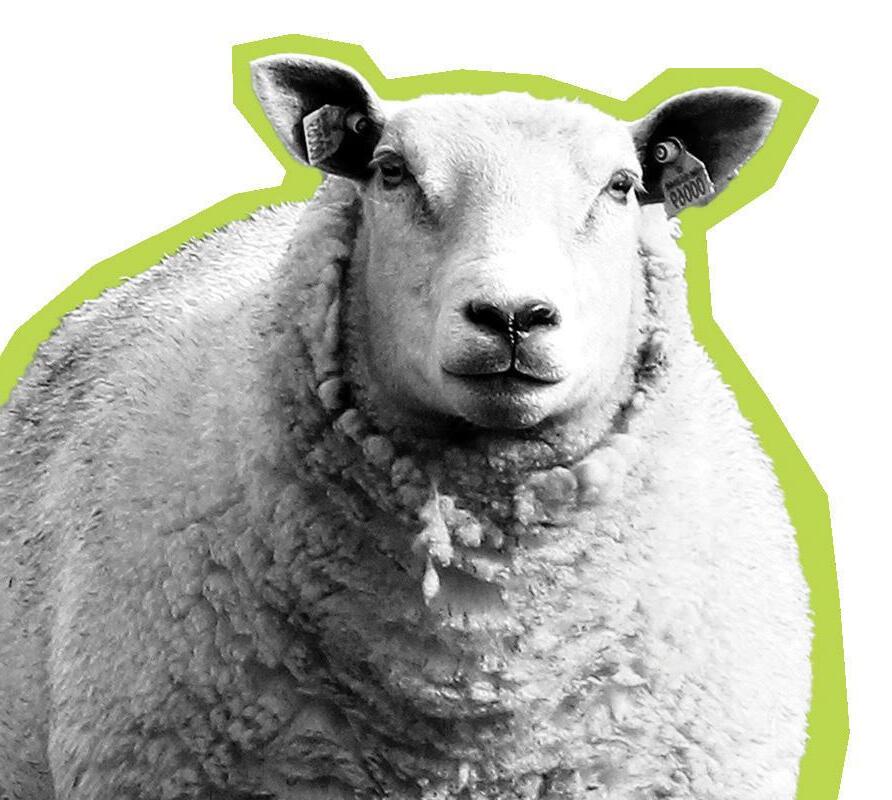






THE VALUE OF PROTECTING
critical source areas in intensively grazed winter forage crop paddocks has been highlighted in a sheep winter grazing trial carried out over three years on an Otago farm.
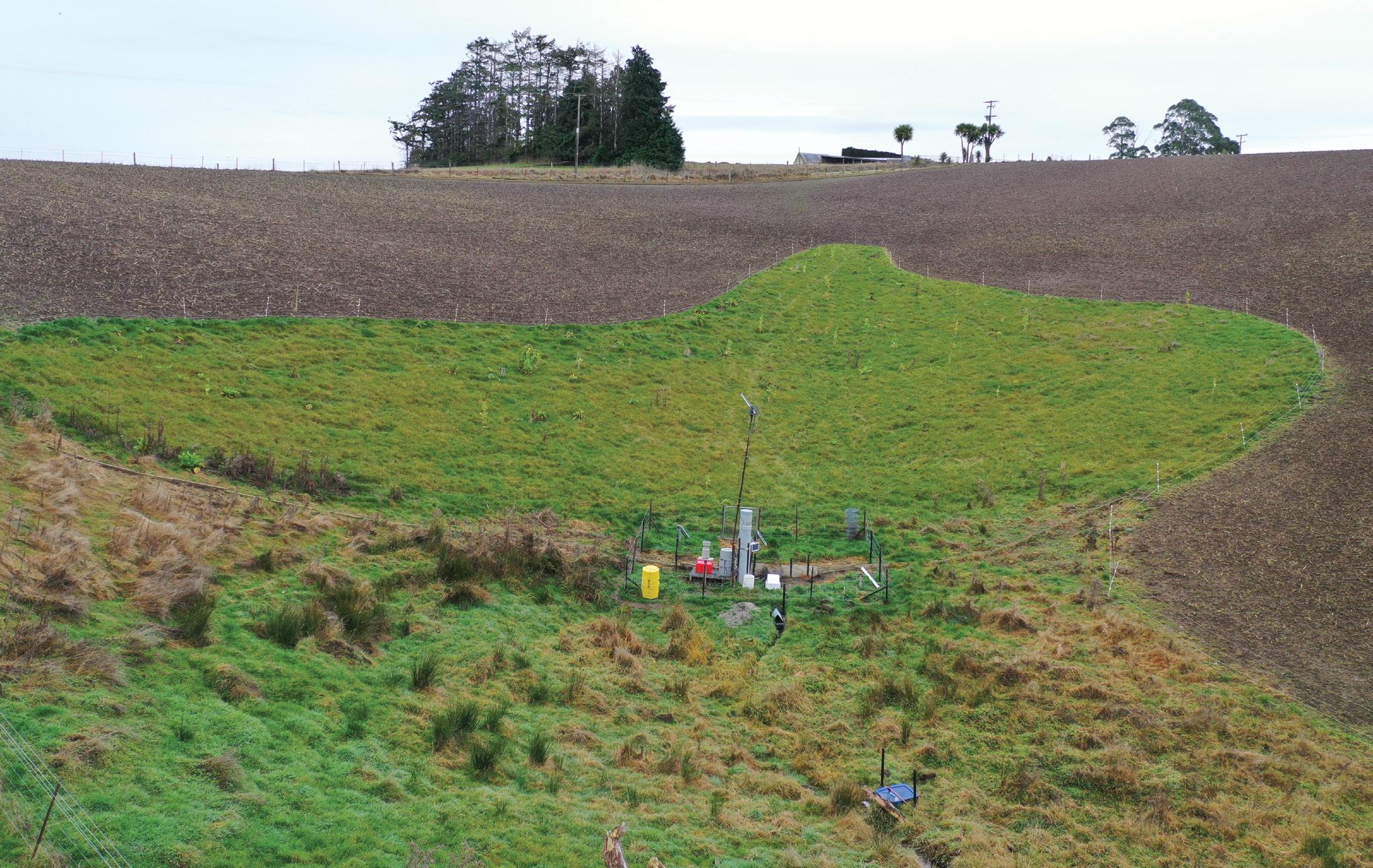
A critical source area is a gully, swale or a depression that accumulates runoff and delivers it to waterways.
The NZ Landcare Trust project ‘Understanding the impacts of sheep winter grazing’ (run by AgResearch and supported by Beef + Lamb New Zealand and the Ministry for Primary Industries) looked at grazing practices and the impact these had on contaminant loadings in nearby waterways.
The researchers found that where critical source areas (CSAs) were left ungrazed, there were significantly fewer contaminant issues than when they were cropped and grazed.
Water samples of overland flows where CSAs were protected showed reductions in nitrogen, phosphorous,
sediment and E coli contaminants of 38%, 48%, 55% and 63%, respectively. This is compared to control areas where CSAs were grazed.
The paddocks where the trial was run between 2020 and 2022 covered two very similar catchments in the Waitahuna area. The key research objectives were to benchmark losses of phosphorus, sediment and E coli in overland flow from winter forage crops grazed by sheep and to assess the full impact of leaving CSAs in grass and ungrazed versus sowing these areas in crop and strategically grazing them.
CSAs were identified and infield measuring equipment was installed before forage crops, namely swede and kale, were planted and grazed. Standard (control) and good management practices (leaving CSAs in grass and ungrazed), were implemented in the different catchments over different years. Samples were captured during run-off
Water samples showed significant reductions in nitrogen, phosphate, E coli and sediment contaminants where critical source areas were ungrazed.
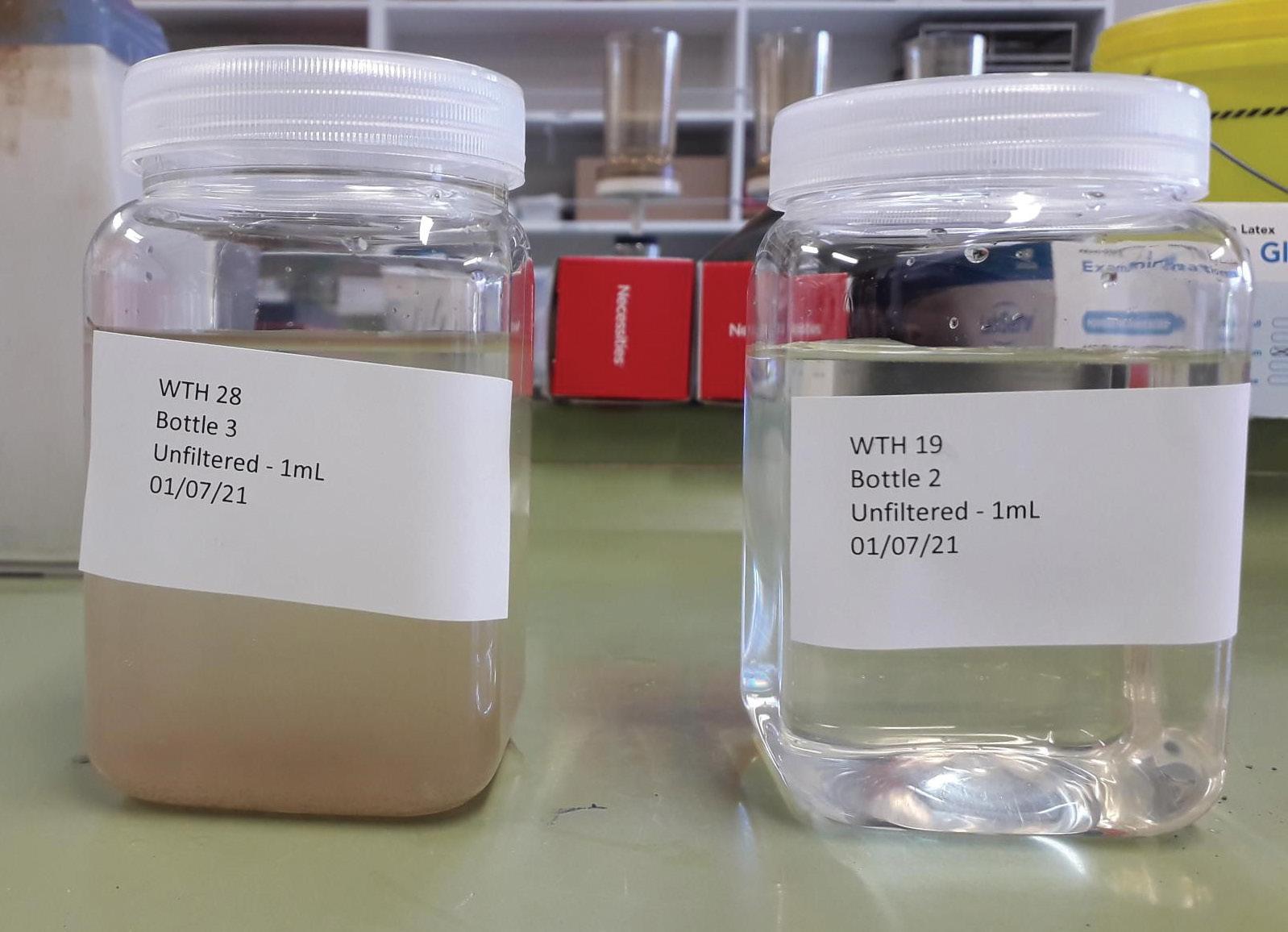
events over each winter and spring period.
The findings reinforced the value of leaving CSAs in grass and ungrazed, but also found that grazing and treading pressures on the soil were low compared to cattle grazing, and this allowed rainfall to infiltrate the soil.
NZ Landcare Trust’s regional coordinator for Otago Nicole Foote said this was the first time data specific to the impact of sheep winter grazing had been collected.

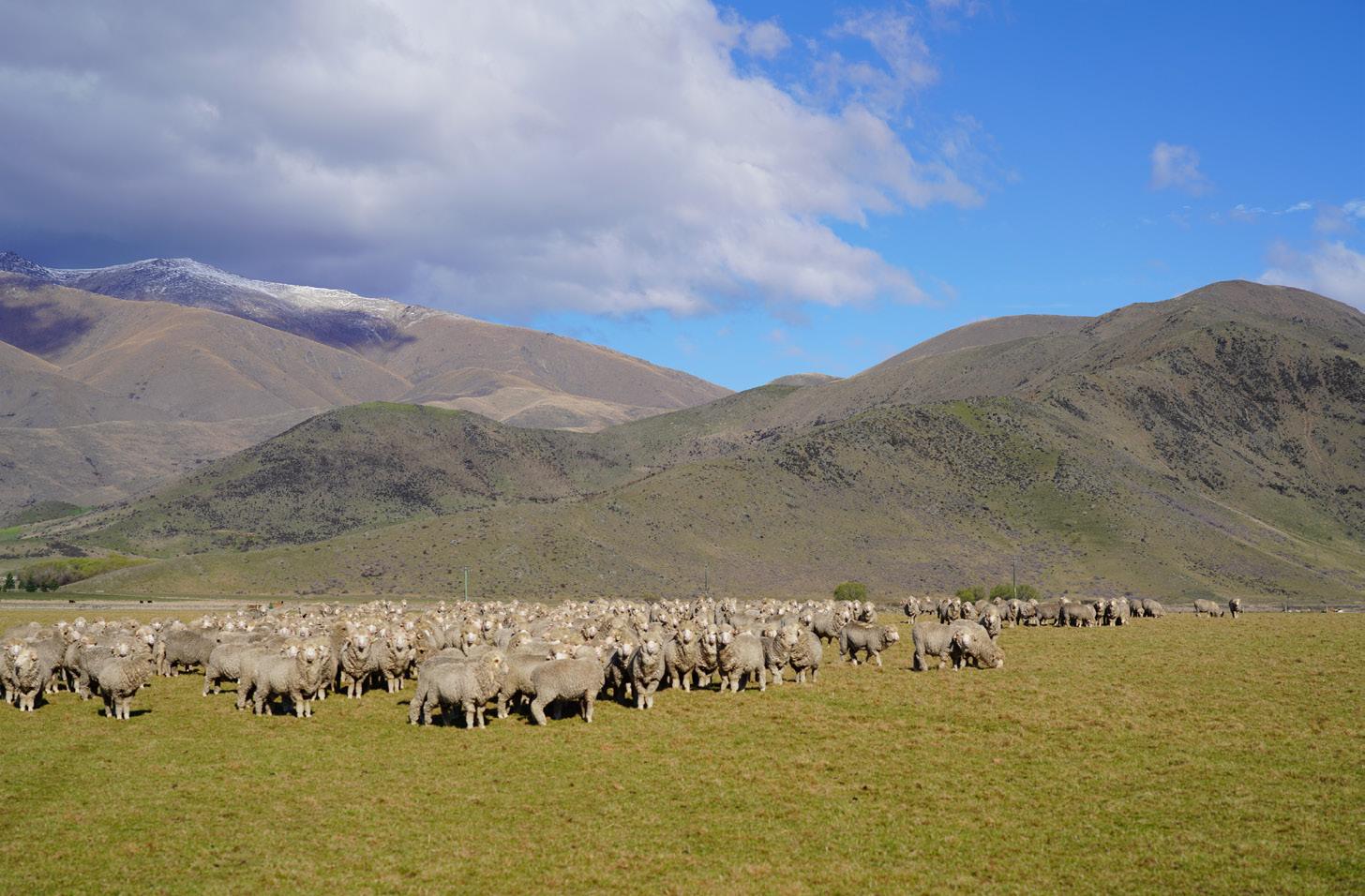
While winter grazing is known to make a significant contribution to total losses of contaminants transported from land to water, there has been very little information available that documented losses under sheep grazing.
“The research provides invaluable information for farmers looking to improve their land management practices and minimise environmental risk.”
We combine EBVs with visual assessment to breed the best sheep we can.
We combine EBVs with visual assessment to breed the best sheep we can.
Poll Merino The 12,000 commercial merino ewes are weaning over 130% and clipping over 6kg of 18 micron wool.
The 12,000 commercial merino ewes are weaning over 130% and clipping over 6kg of 18 micron wool.

Mating ewes as hoggets. Two-tooth ewes scanned 175% & clipped 6.5kg of 21 micron wool.
Quarterbred Mating ewes as hoggets. Two-tooth ewes scanned 175% & clipped 6.5kg of 21 micron wool.
Halfbreds
Halfbreds The 5,000 commercial halfbred ewes are joined to terminal rams, wean 165% & clip 6kg of 25.5 micron wool.
The 5,000 commercial halfbred ewes are joined to terminal rams, wean 165% & clip 6kg of 25.5 micron wool.
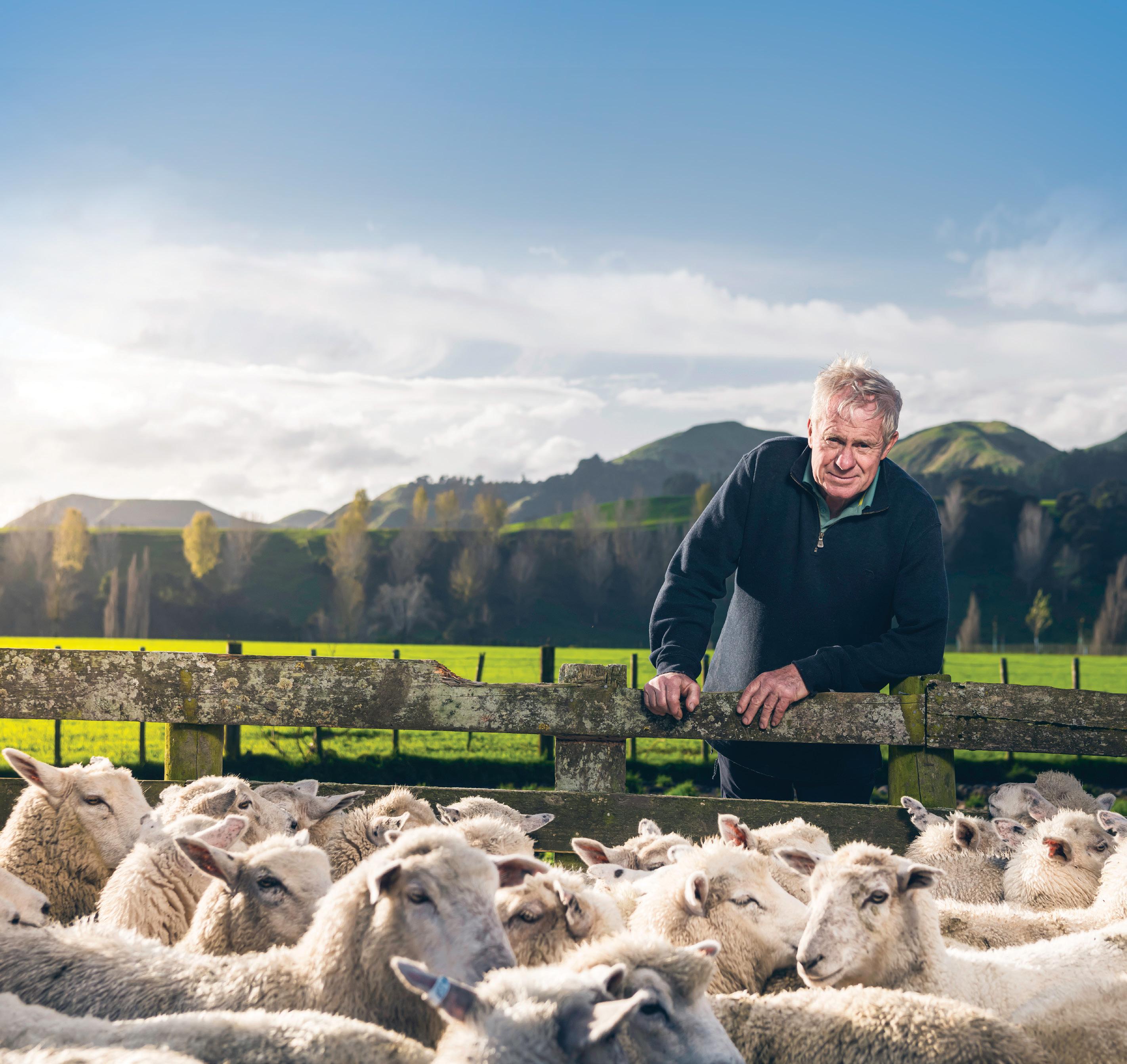
Bill Sutherland: 027 451 0342 billsutherland.benmore@farmside.co.nz
Andrew Sutherland: 027 243 8577 deidre.andrew@farmside.co.nz
Bill Sutherland: 027 451 0342 billsutherland.benmore@farmside.co.nz
Andrew Sutherland: 027 243 8577 deidre.andrew@farmside.co.nz
Poll merino, quarterbred and halfbred rams sold by private selection Jan 2021. Obligation free inspections welcomed.

Poll merino, quarterbred and halfbred rams sold by private selection Jan 2024. Obligation free inspections welcomed.
www.benmorestation.co.nz

Changing to Coglavax8 increased the survival rate of our lambs. Now we only use Coglavax8 across all our sheep and cattle.
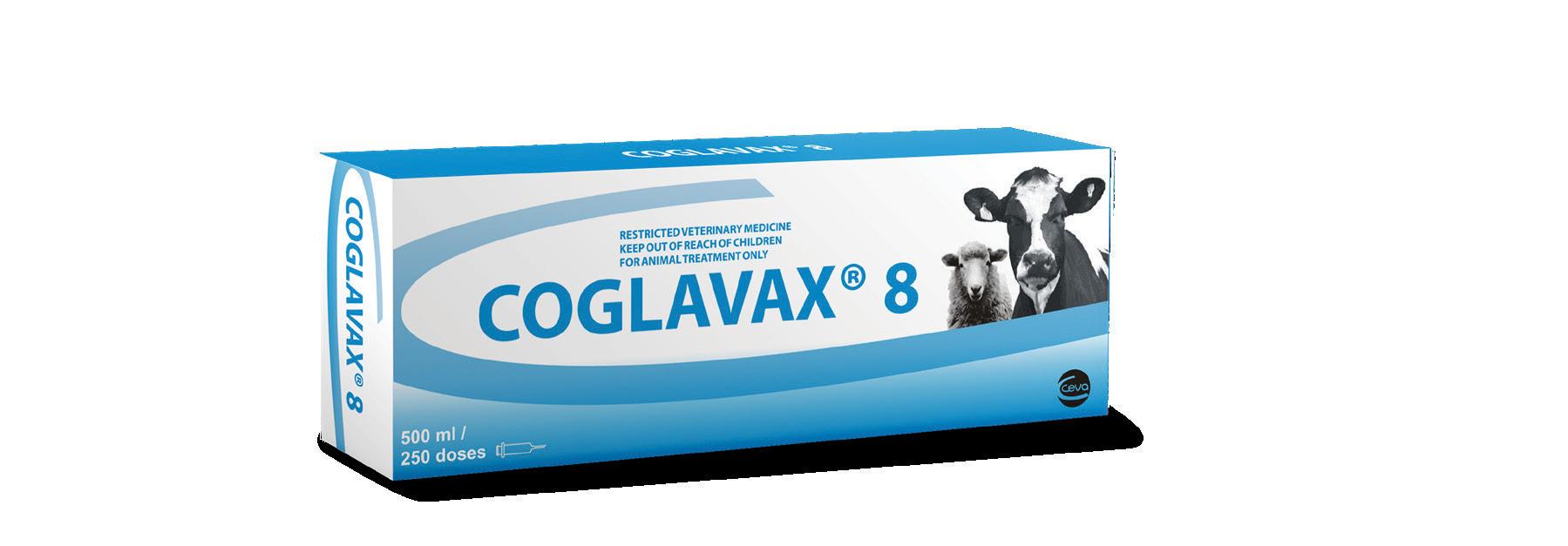 Donald Polson Owner – Waipuna Farms
Donald Polson Owner – Waipuna Farms
STEP
When you’ve built a reputation for outstanding genetics you don’t want to take unnecessary risks with clostridial disease. That’s why Waipuna Farms have stepped up from 5 in 1 to Coglavax8 vaccine to protect their unique Waipuna Maternal and Terminal breeds against 8 clostridrial diseases present in New Zealand.

ONLY AVAILABLE FROM YOUR VET
coglavax8.co.nz
Winter can be hard. I’m writing this in winter, and I can tell that my farmer clients are over the weather.
It's hard slogging through mud every day while horizontal rain drips through your wet weather gear and down the back of your neck.
It’s hard to watch the grass disappearing. It's hard to remember that soon we'll be cursing the dust like we're now cursing the mud.

I was going to write about ewe body condition scores at lambing, grass covers and how this relates to drench resistance. But I’m worried people will feel like that’s one more depressing thing to add to the list: “Not only are prices in the tank, but Sara says my grass covers aren’t as high as they should be.”
However, winter and early spring are not the time to set up ewe body condition score. That starts as early as weaning. So don’t feel depressed by this story, keep it in the back of your mind to start planning for next year.
Why do I want to talk about body condition score? Ewes in good body condition going into lambing have an advantage over their skinny sisters. Their
lambs will be born with more “brown fat” to get them going until they have a drink.
They will have more colostrum and higher milk production. Milk production drives the pre-weaning growth rate. The protein-to-energy ratio required for growth is higher in younger lambs. In simpler words, younger lambs need more protein and milk is higher in digestible protein than grass.
A ewe in good body condition won’t experience as big a drop in immunity around lambing. That means she won’t drop as many worm eggs on pasture and won’t be as affected by worms. It is more likely you can use these ewes to reduce larvae on pasture.
We can’t do anything about the weather but we have some control over other things. Putting multiple bearing ewes in paddocks with historically better docking rates, for example. Trying to save grass for them to lamb on. Lambing on higher covers helps protect against sleepy sickness and milk fever. That means fewer ewe deaths, and lambs born with more vigour.
A ewe on 4cm of grass is better at counting to two (or three) than a ewe
on 2cm of grass – maternal behaviour improves with higher covers. The highest feed requirement for ewes is after lambing. If they lamb in good condition but then starve, you can get big lambs at docking but “fall into a hole” between docking and weaning. Sheep on higher covers eat fewer worm larvae (because larvae are concentrated near the base of the sward). This means animals won’t be as affected by worms.
It’s hard for us to feel the rain and cold wind as we slog through the mud. It’s hard for a newborn lamb in a September storm too.
There are lots of farms where lamb losses are 10–25%. That’s a huge opportunity for improvement. The very lowest losses I ever saw were in an indoor lambing system in Canada, where the farmer was very proud of having less than 2% losses over lambing. Now that’s an extreme example and probably not economically viable. Some of the losses on hill country pasture lambing are unavoidable, but most farms can do better when it comes to lamb survival. Feeding is a big part of that.
What does this have to do with worms and drench resistance? The more lambs
Rain, wind and even cyclones have made the winter hard going for farmers and stock, writes Wairarapa vet Sara Sutherland.
Ewes in good body condition going into lambing have an advantage over their skinny sisters.
you can get off farm early, the fewer lambs stay on farm and need regular drenching.
In statistical language, lamb days on farm are a risk factor for developing drench resistance. Getting those lambs up to weight and off to the works prime off mum is a good way to reduce lamb days on farm.
The more drenches you put into the system, the more pressure the worms are under to express those resistant genes. The sooner you get lambs off, the fewer drenches you need.
This year was one out of the box in the Wairarapa, with a wet summer and then
autumn cyclones. The coming summer will be completely different.
Here are some things to plan for next year’s lambing. Ewes in better body condition, lambing on higher covers, so you can get those lambs off to the works early and not have to drench, to save

your drench resistance status and maybe it will all seem less hard.

I can’t do anything about the prices though.
As resistance to one or more drench families becomes increasingly common, a group of Wairarapa farmers is taking a proactive farm system approach to internal parasite management.
The Parasite Management Group is part of a pilot programme by the Beef + Lamb New Zealand research team to support farmers as they work towards changing their farm systems in the face of widespread drench resistance.
The group of 11 Wairarapa farmers has met four times over the past year, and all are keen for it to continue for at least another two years as they begin to make changes to the way they manage internal parasites on their farms.
The group is facilitated by veterinarian Sara Southerland from the Wairarapa
Vet Clinic who is helping the farmers consider the different ways sustainable parasite management can be achieved.
Sara draws on the experience of all the group’s members, so there is an opportunity for members to learn from each other. Feedback has shown farmers have valued the opportunity to talk about the issue of sustainable parasite management and how it affects their own business.
Dr Cara Brosnahan, B+LNZ’s principal adviser Animal Health Research, says the organisation’s research team has found the members have grown in knowledge and confidence allowing them to make changes on their farms.
These changes are predominately around pasture management.
“These groups are important as
they help farmers drill down into the different ways sustainable parasite management can be achieved by discussing what others in the group have done.”
Having a subject matter expert to provide advice is a key component to the success of the group, she says.
Dr Brosnahan says with no new drenches in development, farmers are having to take a different approach to internal parasite management in order to remain profitable.
She acknowledges these changes can be complex, with many potential opportunities to trial different approaches.
B+LNZ will evaluate the group, the impact it is having and look at ways it could be improved for future groups.
The traditional drench families that have served fine wool farmers well are losing efficacy, but drench-resistant internal parasites can still be fought, writes
Rabbits, gorse, hieracium, stray balage wrap and internal parasites are some of the dark forces that require attention for most fine wool farms. Unlike the yellow gorse flowers of spring or the alarming number of new bunnies scattered around the sunny faces, drench-resistant parasites are not easy to visualise and motivation to intervene early is harder to summon when there doesn’t appear to be a problem.
Farmers have seen the benefits of good preventative worm control programmes over the past three decades. For some extensive flocks, long-acting drenches have been miraculous and the 28-day drenching programme has avoided lambs falling to bits with worms in the autumn.
However, the three traditional drench families that have served us well for the last 40+ years are now losing efficacy and production consequences are
Dave Robertson.beginning to reveal themselves. Triple drench resistance in various shapes and forms is now commonplace and likely to be present at most store lamb sales this coming season.
Confronting this drench resistance reality is based around:
• Avoiding parasites through use of forages and planned grazing strategies
• Feeding stock better so they handle it
• Monitoring of parasite challenge and drench efficacy
• Genuine integration of lamb finishing with cattle and adult stock
• Leaving some capital stock undrenched and using these behind or with lambs (refugia)
• Breeding more robust animals that handle a worm challenge
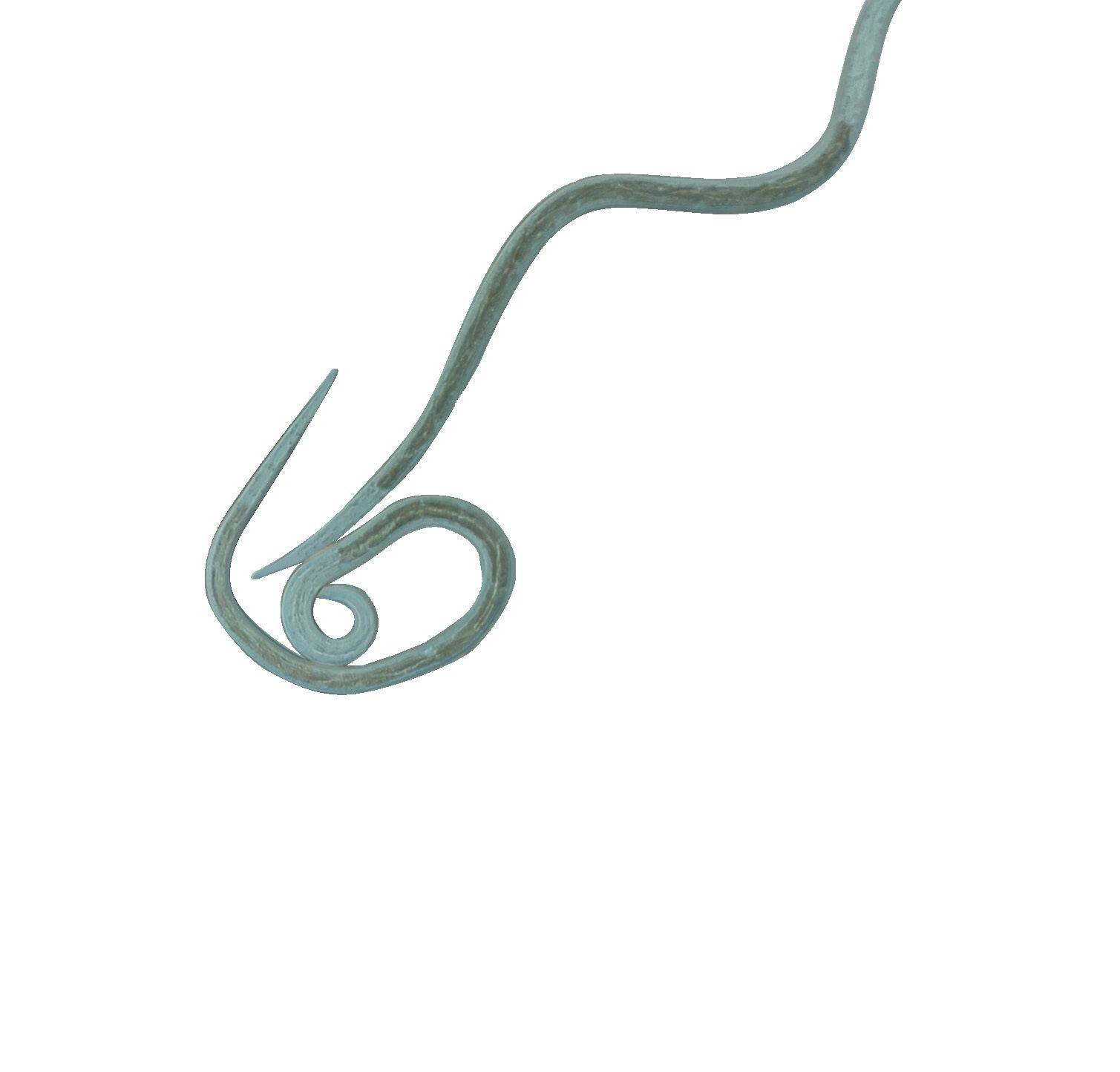
• Strategic use of effective drench families and less whole flock treatment with long-acting drenches.
A diagnosis of triple drench resistance is not the end and for some farms it is an opportunity to rejig stocking policies, forage systems and review habits. In most cases when changes are made, stock health improves and so does productivity. It is not even the end of triple drench use. The resistance status fluctuates throughout the season and can be different on different parts of the farm.
For farms where drench resistance is diagnosed and farmers make no changes, the issues of poor stock performance and ill thrift re-occur in the autumn. April and May seem to be the “hot months” where most worm and drench issues surface.
The issue with closed breeding flocks is sourcing/finding susceptible worm populations to redistribute through the hot areas on the farm. This is a confronting concept for most. But those farmers who are positive in their mindset when meeting the challenge of drench failure will find a way to make this work.
The mundane truth is that better fed ewes in better body condition don’t suffer the effects of parasitism the same. The mini-revolution of fine wool sheep has been selecting for more fat and carcase. This will have added benefits of supporting more robust sheep that will require fewer chemical inputs and handle parasite challenges – but they are a higher octane animal and drenches will still be required at times. Higher protein forages are also part of leaving the drench gun behind and having higher performing ewe flocks. Lucerne and clovers are the obvious sources of higher protein feed. The more of these legume forages that can be fed to ewes in early lactation the better the performance and the lower the impact
of parasitism at this critical stage. Choice of lambing date, stocking rate and bold agronomy decisions are key to this.
We are fortunate to have two newer drench families that have propped things up for many farms. They are more expensive than traditional drenches, but there is nothing more costly than an ineffective drench where stock eat good feed, don’t grow, then start dying. These newer drench families are not going to remain effective for too long either if
we don’t plan their use.
I am not meant to make recipes, but farmers seem to like summary tables after the crunchy theory.
For farms with some loss of triple efficacy or capsule leakage, see Table 1.
Development of a collaborative research programme is underway to help farmers manage internal parasites.
Beef + Lamb New Zealand (B+LNZ) is working with stakeholders to develop a research programme based on the outputs of a workshop held to gather feedback on longterm parasite management in the face of widespread drench resistance.
The workshop brought together national and international experts including farmers, vets, scientists, rural professionals, processing companies, government and industry bodies, and focused on tools farmers would need to manage internal parasites both sustainability and successfully.
Dr Cara Brosnahan, B+LNZ’s principal adviser Animal Health Research, says internal parasite management and drench resistance is a significant animal health concern.
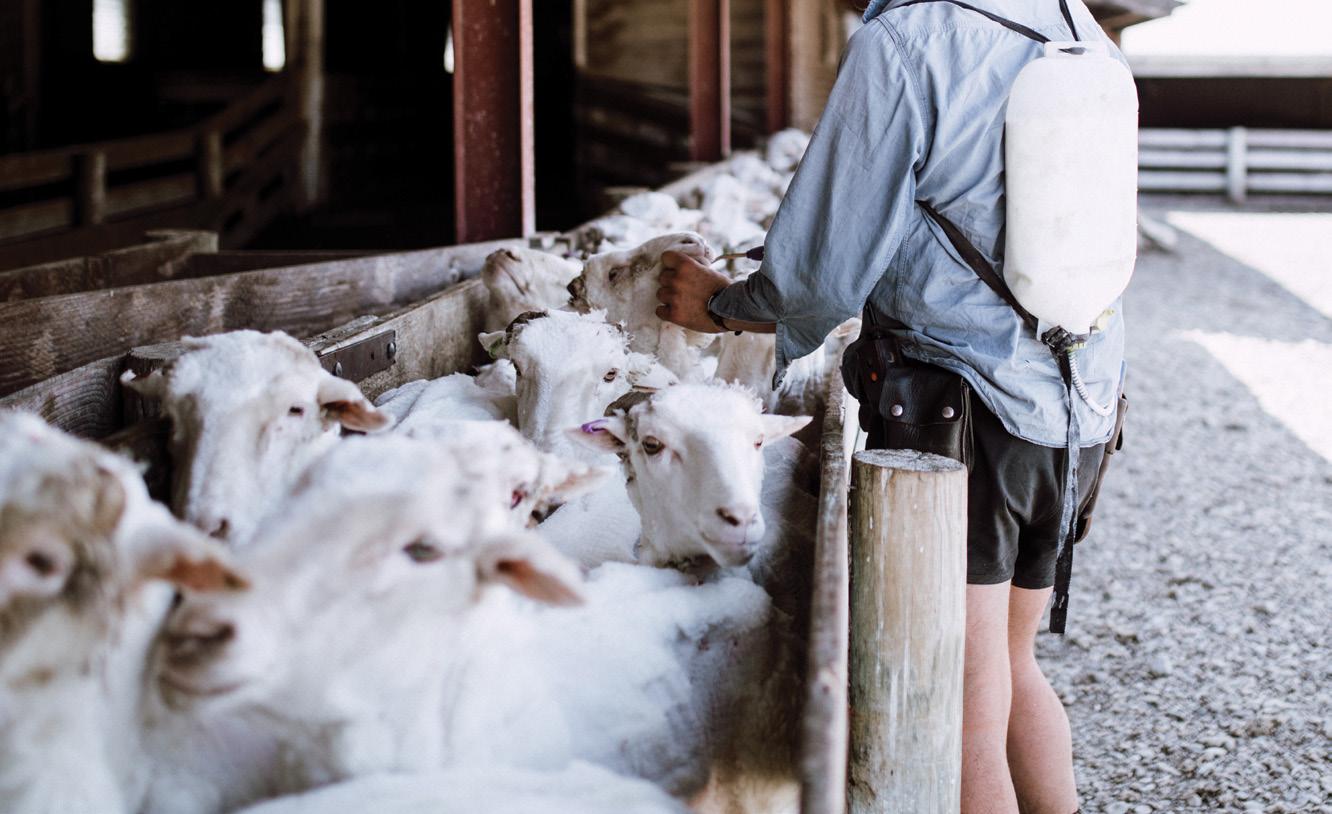

“Farmers have relied on broad-spectrum anthelmintic drugs or drenches, but this reliance has resulted in parasites becoming resistant to drenches.
“While reversing drench resistance or farming successfully with drench resistance is possible, the approach may need to be tailored for different farm systems and will take time and commitment.”
Achallenging year continues as weather and prices keep going against plans and budgets. It is hard to change direction right now and all that can be done is to make the most of what we have.
A very common discussion topic is costs, rather than where to increase production. After such a year to date it is not the time to make changes, although for one of my clients the financial situation is forcing that. A big debt load and rising interest costs are pressuring the cash flow, hampered by widespread farm damage putting further pressure on that flow.

This must be a common situation for many eastern and northern farmers who are suffering almost in silence. Outside help can only be useful to a certain extent when cash is the biggest need.
A farmer recently complained that animal health costs had almost doubled this last financial year. It seemed he was targeting me as the cause even though his purchases had not come from me.
The discussion that ensued led to a review of animal health inputs. But first I had to convince him that product prices had increased significantly. Any imported product costs a lot more,
and a big proportion of animal health products we use are from overseas. But as with everything we buy, all animal health products are costing more.
The farmer prompting this discussion did let on that dog expenses had skyrocketed. In fact they had doubled and were one-third of the total animal health costs.
In most accounts the dog expenses are a separate item, but not for this farm. A couple of major leg surgeries had contributed to the big increase. Taking dogs out of the total animal health spend lessened the size of the cost lift. But going over the rest of the spend there was very little to take out.
Vaccines in particular have increased in price. Most vaccine programmes cannot be dispensed with and I am always cautious about changing an established programme. Nevertheless there is room to move on some. It is dangerous to describe these because any change should be accompanied by management changes and usually more monitoring.
Anthelmintics are getting more and more expensive. This no doubt has some origin in increased production costs. But raw material costs are contributing to the increase and compliance costs are forever increasing. Setting up systems

Like other costs, those for animal health have soared, vet Trevor Cook writes.
that allow much less drenching is surely the pathway to spending less. It can be done.
It is an interesting conflict when sales advice is contrary to what is best for the farming business. Fertiliser companies make profit by selling fertilisers. Yet all farmers are looking at ways to decrease their fertiliser spend.
So who is best to advise them on how to make that decrease? It’s the same with animal health products from any outlet. Selling more is never compatible with needing to spend less. But there is a lot of room to move when looking at the big variation in farm expenses per hectare across members of my discussion groups.
That in itself is not conclusive because an expense taken in isolation could lead to a higher income. Such as cropping. A KPI that can be misleading is farm
expenses as a ratio of gross farm income. A very high gross farm income can bias that ratio.
The big cost discussed at almost all farm discussions is shearing. Of course it is that cost relative to the value of the wool. Unfortunately, as wool value has gone down the shearing costs have gone up.
United Kingdom farmers who have had very low wool prices longer than us treat shearing as a necessary cost of running sheep. I never hear the same disgruntlement about that cost relative to the wool value over there. When I get amongst the growing number of
farmers getting into the no-wool sheep and hearing of the massive decrease in shearing it is a stark reminder of that cost.
For those farmers the savings go well beyond saving on shearing. The less dagging/crutching and less drenching is real. At a recent group day of these farmers, there was a vigorous discussion about what to do with the woolshed. The nine stands and huge wool floor were testament to a past glory age that was rapidly being left behind.
Beware to not let a cost-saving mentality sacrifice production. Earning must remain a key focus.

“Beware to not let a cost-saving mentality sacrifice production.“
Driving up lamb growth rates on mum has the potential to overcome the worm challenge, Ginny Dodunski writes.
The age-old question: is it better to have fewer, heavier lambs or more light lambs? has a new layer to consider as more and more farms are faced with drench-resistant parasites that destroy lamb growth and make autumn lamb finishing a tough gig.
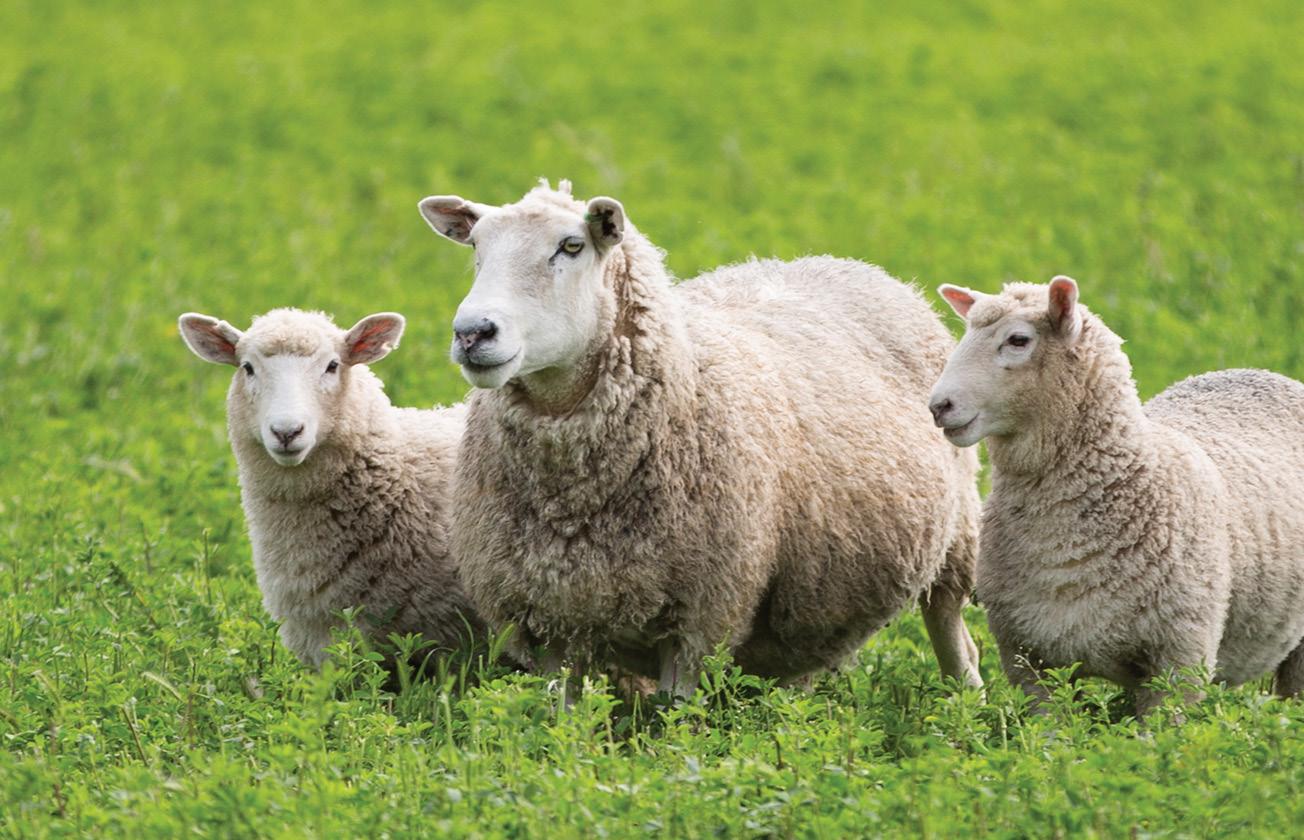
Holding lambs on pasture through summer to take advantage of rising prices and better liveweight gain in autumn is becoming a no-no on properties with combination drench resistance. The month-on-month screening of resistant worms by partially effective drenches creates an autumn worm factory that will continue to challenge replacements through winter and set up high pasture larval levels for ewes to contend with at lambing.
Quitting all non-replacement lambs at weaning is an-often touted solution and makes a lot of sense biologically. But economically it can be tough. Coming into a season of predicted low product prices, the thought of selling lots of
lambs store at weaning is unpalatable and potentially unprofitable, but the cost of keeping them if we get another wormy season could be worse.
But imagine for a moment how different this decision would look if we could really drive up lamb growth rates on mum. When there are no or very few trade lambs left coming into autumn because they are grown and gone, the worm factory has a lot less fuel.
More feed is also around to ensure ewes tup in optimal body condition, and replacements can be grown out properly. A heavy hogget is a good hogget, whether you mate her or not, plus she is more flexible to manage later on. And well-grown hoggets develop immunity to worms earlier, further reducing overall farm contamination.
The productive outcomes from having ewes in very good body condition at mating, and feeding them so they hold or only lose a small amount of this by lambing, are huge. Very good NZ
data shows the benefits of this – better ewe survival, better lamb survival and improved lamb weaning weights are all reliable outcomes of better ewe management.
Farm after farm that has focused on body condition and feeding as a means of reducing reliance on drench inputs into ewes, can attest to this. But it doesn’t always happen in one season. This can be the frustrating part, you have to stay the course, especially if starting from a very light base.
The genetics in most of our ewe flocks give us more than enough lambs per ewe – record triplet percentages in many flocks in 2023 are a testament to this after a very growthy summer in many districts.
It’s the loss of body condition over winter and inadequate covers under ewes at lambing that allow the potential to slip away – both in lamb survival and lamb weaning weights. Plus under these feed conditions ewes are far more likely to ‘need’ a product on board to protect them from worms.
In the Poukawa Elite Lamb project, run in Hawke’s Bay in the early 2000s, high genetic merit ewes were managed for optimal lactation performance on pasture covers that were more like what you’d see on a cow dairy farm – but the average weaning weight of those lambs (at only 84 days) was 39kg. At 174% lambing. Even the triplet lambs were 35kg.
Ewes were never short of feed to drive lactation, and as ewe milk production began to drop off, lambs had plenty of easily harvestable high-quality feed to supplement their milk intake. A twin lamb is eating one third of its diet as grass shortly after docking, and that proportion goes up every day.
Doing whatever we can to make it as easy as possible for those lambs to harvest high quality, legume dominant feed is the difference between 300g/day after docking, and the more common average of 180g/d. And the difference between a 28kg average weaning weight and 32kg-plus at the same age.
Ideal practice not easy
Getting out of a hill country winter rotation on to good covers for lambing is not easy. It requires planning to hit good pre-winter feed targets and then manage that rotation through to lambing.
Covers of 1200kg drymatter (DM)/ha and 1300kg DM/ha are common across lambing blocks at set-stocking time and typically drop lower than this once setstocked. Every 100kg DM/ha increase in cover in this period helps.
In NZ research on production responses to long-acting pre-lamb anthelmintics, the factor that comes closest to explaining these responses is pasture cover at lambing. The more pasture, the less response. Feed is an anthelmintic!
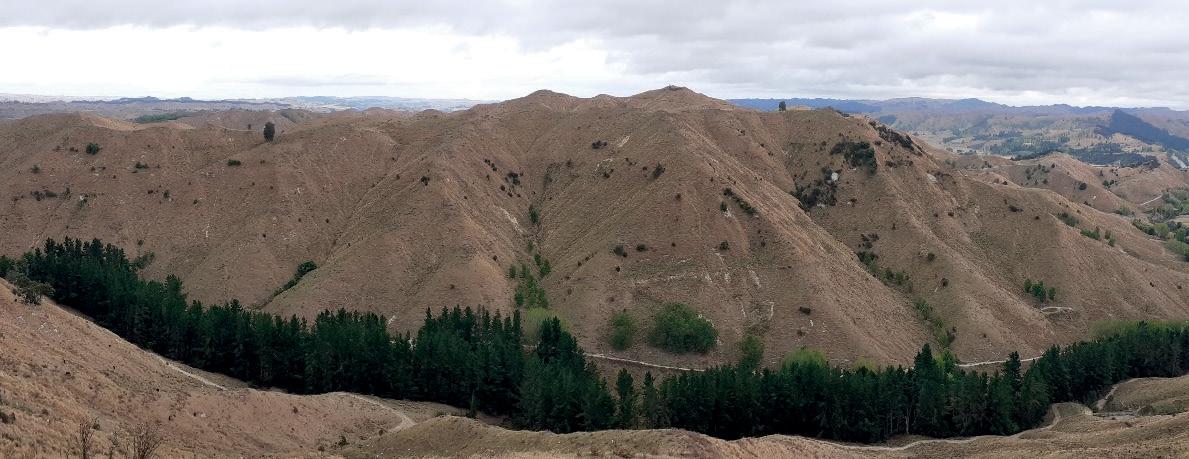



This season, the ability to influence a lot of the points discussed above is limited. By now most ewes will have lambed, be lambing, or about to be set stocked. For these later-lambing flocks there may still be time for consideration of whatever long-acting drench products are available to prop up light ewes lambing on short pasture – but the long-term goal has got to be to put an end to this situation.
When we see what ewes and their progeny can do when they’re fed for performance in the weeks coming into lambing and over those key weeks of early lactation, it makes so much sense to commit to a circuit-breaker somewhere and start to really prioritise feeding over that period. For farms with serious drench resistance, this circuit breaker may be forced on them, but the opportunity to get a lot more heavier lambs out of fewer ewes, is exciting.
Constitution # Structure # Performance
Constitution # Structure # Performance
Bred on an 870ha hard hill country property rising
• 160+ clients purchased/leased Paki-iti rams/hoggets last year
• Bred on a 870ha hard hill country property rising up to 637m asl

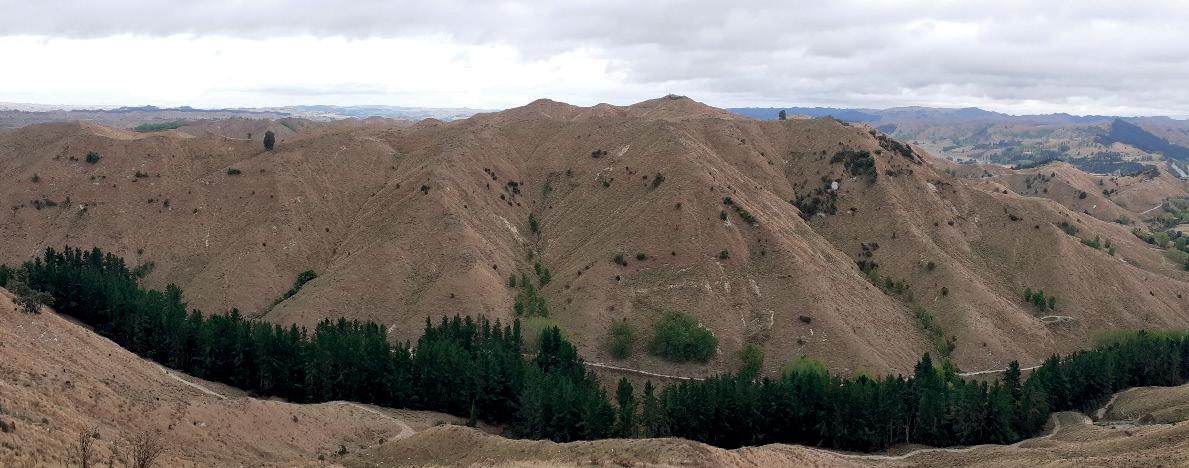







• Moderate frame, deep bodied type of sheep

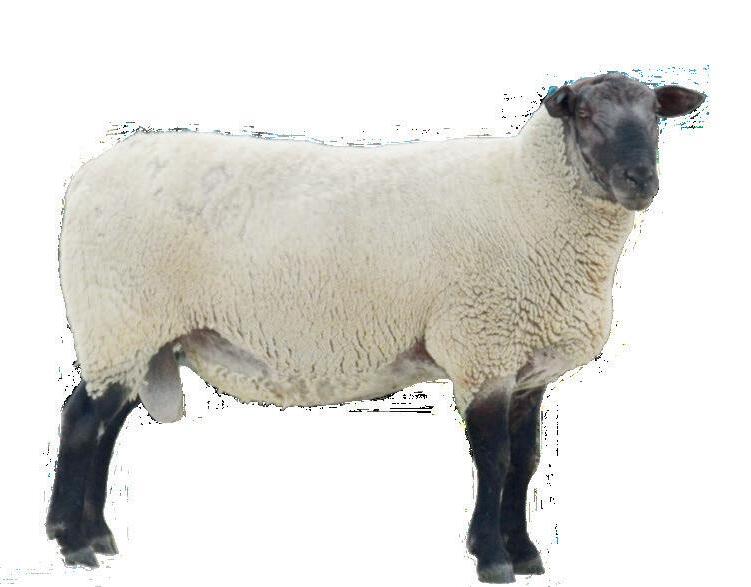

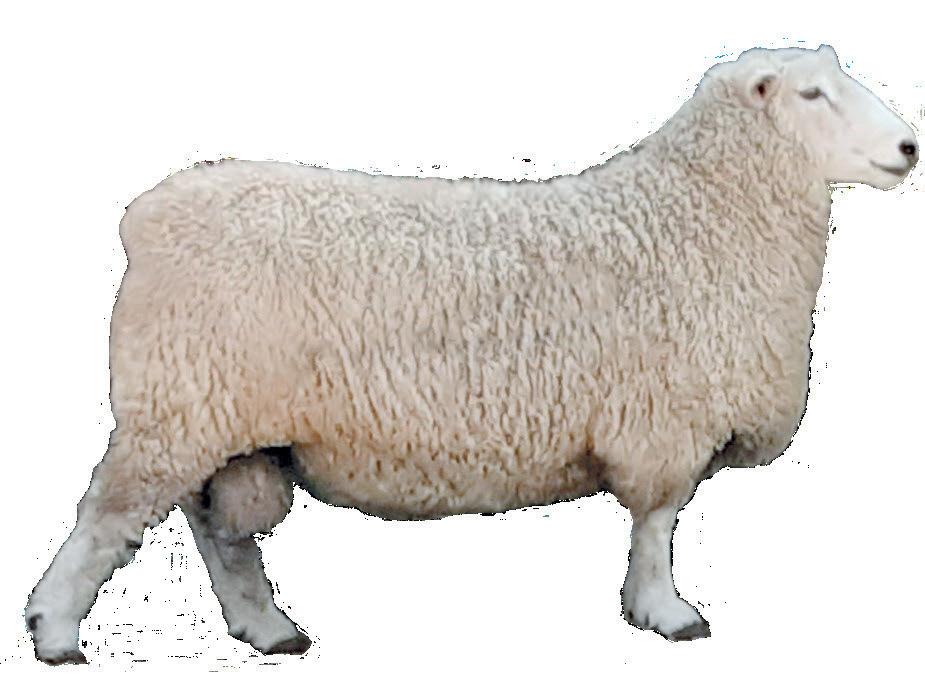



• Growth, Fertility, Survival, Worm Tolerance, Longevity, Hogget Fertility

• Facial Eczema sub flock successfully testing at .4mg/kg sporodesmin
PAKI-ITI ROMTEX/ MATERNAL + GROWTH





• Stabilized breeding program –better fertility, better structure












• Offering faster growth rate and higher meat yield






• Growth, Yield, Fertility, Survival, Worm Tolerance, Longevity, Hogget Fertility












• Romtex rams sold as 22th rams
PAKI-ITI SUFTEX & SUFFOLK/TERMINAL
• 500 + terminal rams – hoggets sold/leased
• Fast Growth, High Meat Yield, High Survival
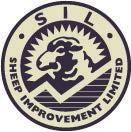





• Bred for Hill Country – moderate frame, longevity, structurally sound
• 15 years of wintering ram hoggets on hard hill country
• Incorporating meat quality traits (IMF, tenderness and pH)
• Lease Terminal Ram hoggets available in March
• Incorporating meat quality traits (IMF, tenderness and pH).
• Lease Terminal Ram hoggets available in March.
Partners with
• Lease Terminal Ram hoggets available in March.
CONTACT DETAILS
Ph (06)
CONTACT DETAILS
Partners with
Partners with
CONTACT DETAILS
Stewart Morton: Ph (06) 328 5772 Mob (0274) 453 110
Incorporating meat quality traits (IMF, tenderness and pH).
Stewart Morton: Ph (06) 328 5772 Mob (0274) 453 110
CONTACT DETAILS
Andrew Morton: Ph (06) 328 2856 Mob (0274) 488 511 pakiroms@farmside.co.nz
Stewart Morton: Ph (06) 328 5772 Mob (0274) 453 110 Andrew Morton: Ph (06) 328 2856 Mob (0274) 488 511 pakiroms@farmside.co.nz
CONTACT DETAILS
Stewart Morton: Ph (06) 328 5772 Mob (0274) 453 110
Partners with
pakiroms@farmside.co.nz
Andrew Morton: Ph (06) 328 2856 Mob (0274) 488 511 pakiroms@farmside.co.nz
• Lease Terminal Ram hoggets available in March.
Stewart Morton: Ph (06) 328 5772 Mob (0274) 453 110
Stewart Morton: Ph (06) 328 5772 Mob (0274) 453 110
www.paki-iti.co.nz
Ginny Dodunski is Wormwise programme manager.






Andrew Morton: Ph (06) 328 2856 Mob (0274) 488 511 pakiroms@farmside.co.nz www.paki-iti.co.nz
www.paki-iti.co.nz
Andrew Morton: Ph (06) 328 2856 Mob (0274) 488 511 pakiroms@farmside.co.nz www.paki-iti.co.nz
Partners with
Stewart Morton: Ph (06) 328 5772 Mob (0274) 453 110
Partners with
www.paki-iti.co.nz
Andrew Morton: Ph (06) 328 2856 Mob (0274) 488 511 pakiroms@farmside.co.nz
CONTACT DETAILS Stewart Morton: Ph (06) 328 5772 Mob (0274) 453 110 Andrew Morton: Ph (06) 328 2856 Mob (0274) 488 511 pakiroms@farmside.co.nz
CONTACT DETAILS
Andrew Morton: Ph (06) 328 2856 Mob (0274) 488 511 pakiroms@farmside.co.nz
Stewart Morton: Ph (06) 328 5772 Mob (0274) 453 110
Andrew Morton: Ph (06) 328 2856 Mob (0274) 488 511 pakiroms@farmside.co.nz
Andrew Morton: Ph (06) 328 2856 Mob (0274) 488 511 pakiroms@farmside.co.nz www.paki-iti.co.nz
www.paki-iti.co.nz
Partners with
Tail-end ewes are a common issue on many farms and can be a frustrating problem. As a general rule tail-end ewes refers to those in body condition score 2 or less who fail to improve.
Many farms have a standard management procedure whereby tailend ewes are drafted off at set times of the year and preferentially fed; some improve but some don’t. Tailend ewes that don’t improve represent a significant expense in our sheep production systems as they are not reaching their full potential.
Ewe wastage issues can result in farms needing to keep more
replacements and/or having to keep poorer-quality ewes for another season. Very little work has been done into the exact causes of tail-end ewes and there are wide variations in the wastage numbers on different properties. The extent of our farming systems and the lack of individual sheep ID makes identifying the exact wastage percentages and the exact causes difficult.
Based on data from Massey (Ridler et al 2022, Flay et al 2021) we know reproductive outcomes are a key cause of wastage. We also know dental issues are also a common cause of culling.
It is important to understand what



causes issues on individual farms so we can manage these better and look for opportunities to minimise them. There will also be a time in the future where we are required to have more in-depth information regarding wastage as part of onfarm audits, market access and animal welfare requirements.
Common causes of poor ewes on farms in my district are most often diagnosed by an onfarm visit, some bloods and faecal samples and some selective post mortems. Checking your kill sheets and looking at this data can also provide useful information and trends.
"Tail-end ewes that don’t improve represent a significant expense in our sheep production systems as they are not reaching their full potential."
Things I look for when investigating ill-thrift/tail-end ewes include:
Is there one group that is more adversely affected than another group? E.g. are the majority of ewes five years or older or is this a widespread flock problem?
What is the drench status of this property and have the ewes been drenched recently? We know that in adult ewes only about 10% of skinny ewes are light due to a parasite problem – this applies to most farms but there are exceptions. Make sure you do some FECs on light ewes to get an understanding of potential parasite burdens.


Selenium (Se) is the main trace element issue I see. Se is very important for growth and immunity. Low levels can result in decreased growth rates and also a weakened immune system. While in some situations B12/Cobalt can be an issue, this is much more likely to be a lamb-related issue, especially during autumn. Regular monitoring via livers is a good time to measure trace element status.
While northern areas of the country have lived with eczema for
To assess if eczema is a risk for you, monitor spore counts in the district, get some testing on your own farm, consider blood testing ewes and utilise post mortem information. Look to future-proof your business by investing in FE tolerant genetics.
Recent work at Massey University indicates 80% of sheep farmers mouth sheep and cull ewes on teeth. We all know low mouths or gappy teeth make it harder for sheep to eat enough food and these ewes are prone to being lighter. Molars are more difficult to assess but are equally important in terms of a sheep’s ability to digest food.
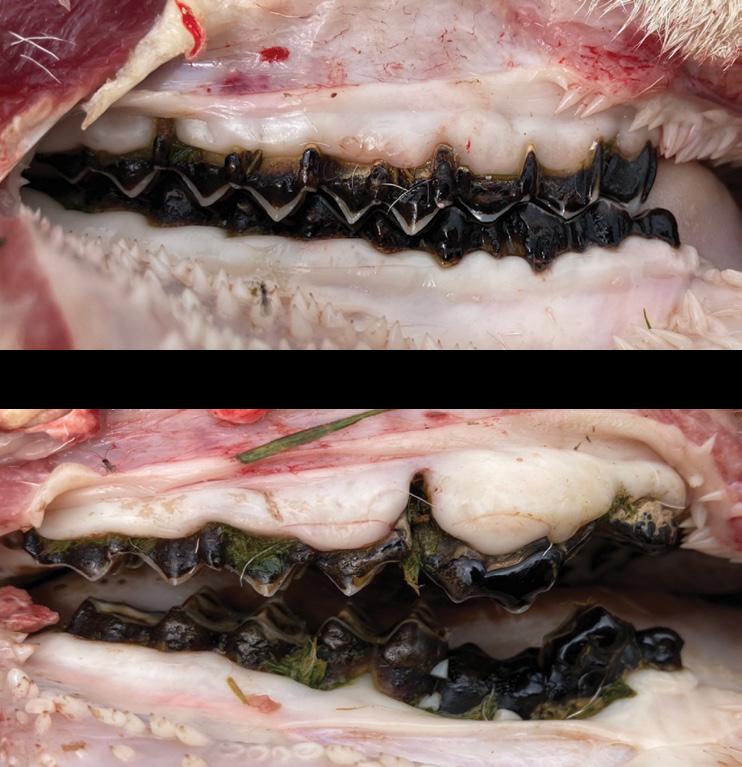
This is a cheap and easy way to identify causes of ill thrift. The key is to do more than two sheep to ensure you get a realistic idea of the causes of ill thrift and are not being led astray by one sheep. Common issues we identify at post mortem include pneumonia, johnes, intestinal cancer, chronic parasite damage, liver fluke and intestinal carcinoma. Liver fluke is different from other parasites in that animals do not develop immunity to it. It is also not picked up on a standard FEC. Liver fluke requires an intermediate host, a snail, in its lifecycle and therefore is not on every farm. It tends to be in certain areas, more likely where sheep are drinking from swamp areas. Liver fluke can be easily diagnosed on post mortem where the flukes appear like flat black slugs about the size of a thumb nail. It can also be diagnosed in blood
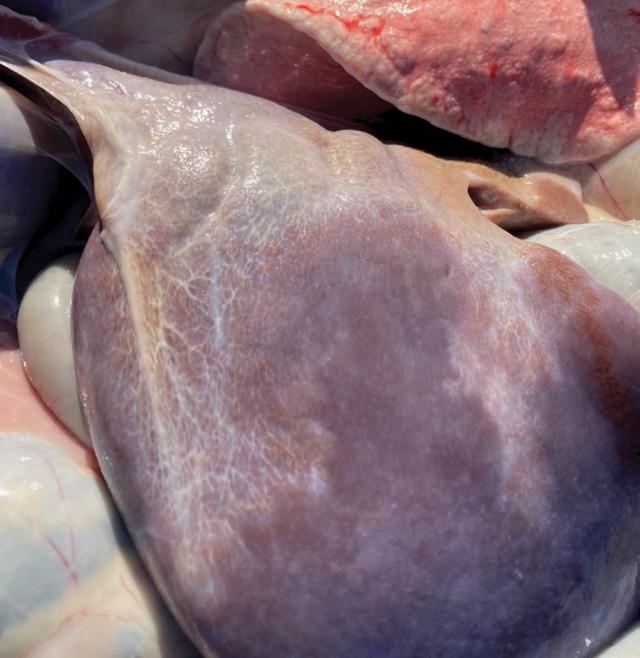
15th Annual On-Farm Ram Sale
348 Koi Road Gore
223 Rams offered: 100 Southdown, 123 Romney

SALE DAY: 5th December 2023
(On-farm Open Day: 28th November, 1-4pm)

ROMNEY | DORSET DOWN | TEFROM
• Our family has been successfully breeding sheep for 103 years.

• Ourselves and the New Zealand Sheep industry still rely on the basic commercial traits: Survival/mothering ability/teat placement/udder attachment/skin thickness/early mean kill date/growth rate/fertility/meat content and quality – there is no money in slinkies.
• Both flocks are fully recorded, tagged at birth to assess the above traits, and SIL recorded.
• They are run in their sexed mobs from weaning until culling in the Autumn to ensure reliability and consistency of data.
• We select the top 150 Romney Rams out of 1100 Romney ewes and the top 130 Southdown Rams out of 860 Southdown ewes.
Contact: Blair 027 444 4085
Callum McDonald 027 433 6443
- Fully SIL & Studfax performance recorded
- Fully SIL & Studfax performance recorded
- Stud ewes farmed on hard hill country at Mangatuna, east of Dannevirke
- Stud ewes farmed on hard hill country at Mangatuna, east of Dannevirke

- We use eczema tested sires up to .6
- We use eczema tested sires up to .6
- Sires DNA test for sheep 50K
- Sires DNA tested for sheep 50K
- Worm resistance programme in place
- Worm resistance programme in place
GIVE US A CALL TO ARRANGE AN INSPECTION.
Willy Philip 102 Laws Road, Dannevirke
Breeding MORE PROFITABLE & MORE SUSTAINABLE sheep in the HILL COUNTRY for the HILL COUNTRY.
the Beef + Lamb Genetics Low Input Progeny Test”
FEWER DAGS AND GREATER RESISTANCE AND RESILIENCE TO WORMS.
FAST GROWTH, HIGH YIELD, LESS DRENCHING, GUARANTEED PERFORMANCE Please contact us any time for more information or to arrange a visit.
GIVE US A CALL TO ARRANGE AN INSPECTION.
Ph: 06 374 8857
Willy Philip 102 Laws Road, Dannevirke
Email: anui @xtra.co.nz
Ph: 06 374 8857
Email: anui@xtra.co.nz
George Philip 923 Mangatuna Road, Dannevirke
George Philip 923 Mangatuna Road,Dannevirke
Ph: 06 374 2861
Ph: 06 374 2861
- Significantly reduced labour
- Low cost of production
- SIL recorded
- Heavily focused on worm tolerance, growth and meat yield for over a decade
@AnuiStudLivestock Inquiries
Willowglen FarmsOtago
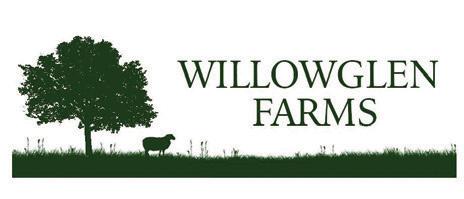
Barry Smith 027 432 3438
barry.diane.smith@gmail.com
GORE A&P SHOWGROUNDS
23rd JANUARY 2024
Moving shedding sheep forward
Enfield GeneticsSouthland
Grant Kean 027 428 4450
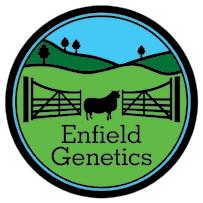
This year, West Eyreton School Principal Lisa Duff says the school’s focus has been on reconnecting with the community since the end of covid restrictions.
The ability to provide students with extracurricular activities relies on fundraising and receiving the $1,098 Cash for Communities donation has assisted with offering these opportunities.
“Our focus is on ensuring all children have the chance to participate in school trips and swimming lessons,” says Lisa. “The Cash for Communities donation of $1,098 means we can make this happen.”
Every spring since 2011, PGG Wrightson and Ballance Agri-Nutrients have partnered to bring the Cash for Communities programme to raise funds for rural schools, clubs, charities, and community organisations. To date, $700,000 has been donated across the country.

The hub of the community, West Eyreton School, with its current roll of 190 children ranging from years zero to eight, enjoys enormous support as Lisa shares.
“We have an incredible community here who get in behind us. The Friends of the School Committee fundraises and organises community events. Volunteers help at the school, with some of them not even parents of children.”
Lisa says the school relies heavily on the support of our community. “We don’t want children missing out, so we are always looking to fundraise so we can provide our children with resources and opportunities that are beyond what we’re funded for through the Ministry of Education.”
The Cash for Communities programme runs from 1 September through to 30 November 2023, so you can now nominate a local cause close to your heart.
When purchasing Ballance Agri-Nutrients fertiliser through your PGG Wrightson account, $1 for every tonne of fertiliser purchased will be donated to a qualifying cause of the customer’s choice.* Plus, new this spring, is the opportunity to nominate a qualifying cause of your choice by purchasing selected agrichemical products. With every 10 litres purchased, $1 will be donated.*
From 1 September 2023, support your local community when purchasing Ballance Agri-Nutrients fertiliser and selected agrichemical products. Talk to your local PGG Wrightson Technical Field Representative or store team for tips and advice on how to participate, or find out more at:
cashforcommunities.co.nz
Proudly supported by
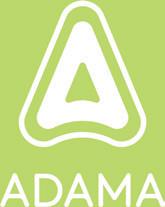


Almost all of the variable costs on a sheep and beef farm have some degree of genetic influence. Whether it’s the genetics of the pastures used or the genetics of the animals grazed, those four amino acids that are the building blocks of life are playing their part.

There is a significant opportunity to exploit this variation and, in doing so, reduce the costs of running livestock.
The current perfect storm of labour shortages, failing chemicals, increasing farm costs, rising interest rates and lacklustre markets means a revamp of outdated ram selection policies is well and truly due. With the rambuying season fast approaching, it is worth considering exactly what this revamped selection policy might look like.
For decades, ram buyers have focused on traits that make them more money. Litter size and lamb growth rate are a couple of obvious examples.
The reality is there are just as many opportunities to select rams that possess traits to save money and save time as there are to increase productivity. For too long, these opportunities to breed out the cost have largely been ignored.
Whether it is the time involved in drenching, the cost of treatments, the subclinical loss of production or the severe impacts of outbreaks, internal parasites cause sheep farmers plenty of grief.
For most of our living memory, we’ve had effective treatments available, which have limited the overall impact internal parasites have had on our ability to effectively run sheep. Short-acting drenches, injections and longacting capsules have combined to enable sheep farming intensification, while maintaining control of internal parasites. Even though this has been expensive in terms of labour and, in some cases, the chemicals used, it has been
For too long, opportunities to breed out the cost have largely been ignored in ram selection, Mark Ferguson writes.
possible and enabled sheep farming to be profitable.
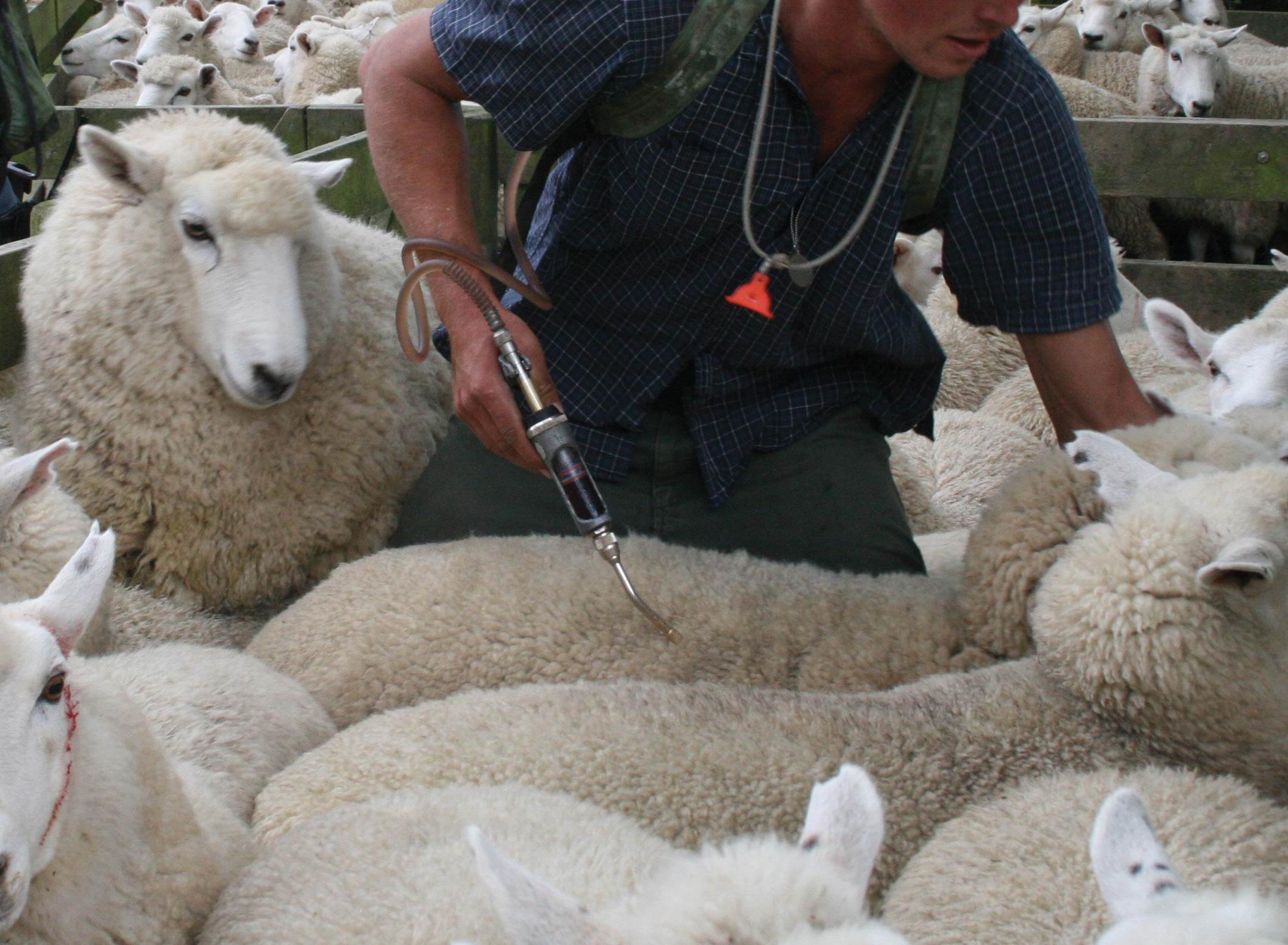
Since the first drenches were invented, however, there has been a race between the development of new active chemicals and the ability of the parasites to evolve to be resistant to the old chemicals.
Drench combinations have bought us some time, while better management of active chemicals with practices like refugia and inter-grazing with cattle have also helped to keep our drenches effective. But it feels we are now losing that race.
Many farmers are starting to discover resistance to triple combination drenches, leaving only the more expensive, newer chemicals available for use. As these new compounds come off patent, the price will reduce, resulting in broadscale use and rapidly rising resistance to these compounds as well. We will then be heavily reliant on the animal health companies to release a new active. I am not aware of any imminent releases.

In addition to rapidly rising chemical resistance, we also are grappling with the removal of capsules from the market.
This tool has been somewhat of a saviour for many in the industry, helping to effectively deal with worms over lambing when the periparturient loss of immunity in ewes combines with ideal conditions for worms and an inability to yard animals to provide short-acting worm control.
An integrated approach to worm management is the only way forward. Under this approach, grazing management, protection of chemicals (through activities like refugia) and breeding sheep that resist a worm infection combine with careful chemical choice to provide a holistic solution. While breeding resistance to worms is a longer-term solution, it will be a cornerstone of an effective long-term solution to worms and it is time to start now. Fortunately, many scientists and sheep breeders predicted a future like the one we are currently in. They started breeding programmes and systems decades ago; we now have resistant sheep and effective tools to discover new ones. The two tools that you have available to help you select worm-resistant rams this year are the FEC eBV and the CarLA eBV. Different breeders may provide either one of these and some may even provide both. They are based on different measures: CarLA eBVs are based on antibodies detected in the saliva of an animal and are used by the animal to attack ingested worm larvae; FEC eBVs are based on the faecal worm egg count on the individual sheep.
Both of these eBVs have been shown to be effective at helping you breed sheep that are resistant to worm infections and are reasonably highly correlated. Because the two eBVs are based on very different aspects, the way you use them is very different. If looking at CarLA eBVs, you are looking for larger numbers – the higher the number, the greater the antibody production and the greater the ability to neutralise worm larvae. However, when looking at FEC eBVs, you are looking for more negative numbers, because it is a measure of eggs being produced and you want this to be lower.
Talk to your ram breeder, the team at neXtgen Agri or to Beef + Lamb NZ Genetics if you need help deciphering the information. If your ram breeder doesn’t supply either eBV, you should be encouraging them to do so. Your ability to farm sheep into the future is highly reliant on sheep that are resistant to worms. If a breeder hasn’t generated one of these breeding values for their stud sheep, they have no ability to make genetic gain in that trait. There is no time to waste.
Where there are dags, there is work. Whether you are removing dags pre-shearing to protect the wool clip on fine wool places, removing them pre-slaughter to meet the requirements of the works or removing them to reduce the risk of flystrike, it is all hard and unpleasant work. For whatever reason, we seem to have accepted dags as an inevitable part of sheep farming; but we know that genetic variation in dagginess exists.
In fact, dagginess is 30% heritable and isn’t correlated with much, so there is plenty of opportunity to breed animals that have fewer or no dags. It is time to start utilising that genetic variation to reduce the need for crutching.
Again, we are fortunate that scientists and breeders have done the hard work already and there is an effective eBV available for dag. Ask your breeder for this information when you are having the ram-buying discussion this year. The lower the number, the better.
Culling ewe lambs that are excessively daggy is also a good strategy to speed up your progress towards fewer dags on your farm. Once you start looking, you will see some have a lot more dags than others. This should be one of the reasons ewes get downgraded to the B mob or culled altogether. You should deploy the same strategy for flystrike itself.
While dag is one of the drivers of flystrike, it isn’t the only one. Any ewe that gets flyblown, regardless of the reason, should be destined for the B mob. While there is not an eBV for flystrike, we can put pressure on the trait through culling ewes that get it and asking our ram breeders to do likewise.

Bare area around the breech is another trait you can work on, helping to reduce the incidence of breech strike and making crutching easier. There is a breeding value, BBREECH, which can be used effectively to select rams with a genetically barer breech area. You can also deploy this trait within ewe selection through favouring the selection of ewes with a greater bare area.
Now is the time to make a plan for how you want your sheep to look and perform in 10 years’ time. Genetics is slow, but it is cumulative and powerful, so don’t just select sheep the way you always have. Sit down and plan for what you want to change and the actions you will take to achieve the change.
Once you have the plan sorted, get in touch with your ram breeders and talk to them about the traits you are interested in. There are other labour-saving traits I haven’t mentioned here, like foot health and ewe body condition score.
Genetics is an important part of your overall strategy to optimise your farming system. You owe it to yourself and future generations to make sure you are making the most rapid genetic gain you can.
Dr Mark Ferguson is chief executive and lead consultant at neXtgen Agri International.

low-emitting selection line was found to be about $12 more profitable than the high-emitting line.
THE THREE-YEAR, $4.2 MILLION
Cool Sheep Programme aims to offer every sheep farmer access to lowmethane genetics and support them to be recognised and rewarded.
Through the programme, stud breeders are being encouraged to have their rams measured for methane emissions with Beef + Lamb New Zealand (B+LNZ) covering the full cost of the process (phenotyping costs) for eligible breeders. The programme is funded by B+LNZ and the Ministry for Primary Industries through the Climate Emergency Response Fund.
B+LNZ’s greenhouse gases and environmental research senior adviser Mark Aspin says the programme will pave the way for the widespread use of lower methane-producing sheep in NZ’s sheep flock.
“This will benefit farmers, the wider industry and the environment.”
Genetic selection for methane requires genotyping and direct measurements (phenotyping) from breeding flocks to accurately generate breeding values.
The breeding values allow rams to
be compared and selected to advance the low-methane trait in breeding and commercial sheep flocks.
As part of the project, at least 5000 methane measurements of individual animals will be collected by AgResearch using portable accumulation chambers (PAC) trailers a year.
Aspin says genotyping many of the sires used across the breeding industry will generate breeding values for methane from as many stud and commercial sires as possible.
The programme builds on 12 years of work by AgResearch (funded by the Pastoral Greenhouse Gas Research Consortium and the NZ Agricultural Greenhouse Gas Research Centre). This compared two closed flocks, one lowemitting and one high-emitting under identical management.
Analysis of 20,000 records for maternal traits and 50,000 records for meat traits collected over that time showed clear economic advantages associated with low-emitting sheep.
When compared, using B+LNZ Genetics’ NZ maternal worth index, the
“Importantly, the low-emitting sheep showed no adverse effects on health, productivity or profitability while exhibiting leaner growth, improved carcase yield and increased wool production,” Aspin says.
Extensive trials using a range of forages and pelletised rations showed the difference in methane emissions remained constant, irrespective of diet.
The breeding programme, which confirmed that methane emissions were heritable, allowed for the establishment of a breeding value for the trait which has been incorporated into nProve (formerly SIL).
Aspin says the methane breeding value is based on CH4/feed eaten. Not absolute methane produced, as selecting for the latter would favour smaller animals that eat less.
He says methane output is driven by the amount of feed consumed and the goal is to identify animals that use it efficiently. This results in fewer emissions a unit of feed consumed.
For more information visit blnzgenetics.com/cool-sheepprogramme

A programme is underway to help reduce greenhouse gas emissions from this country’s sheep flock by encouraging the measurement and uptake of low methane genetics.
“We have used WormFEC Gold Genetics for over 30 years and we get great performance on our hill country farm. We measure our lamb FEC levels and can often get up to 8 weeks before needing to drench our lambs. I have farmed for 45 years and we have never had such clean lambs and get almost no flystrike. Some of our lambs don’t require dagging, even before they go to the works.”
NZ Farmers are putting their trust in WormFEC Gold rams for parasite control.
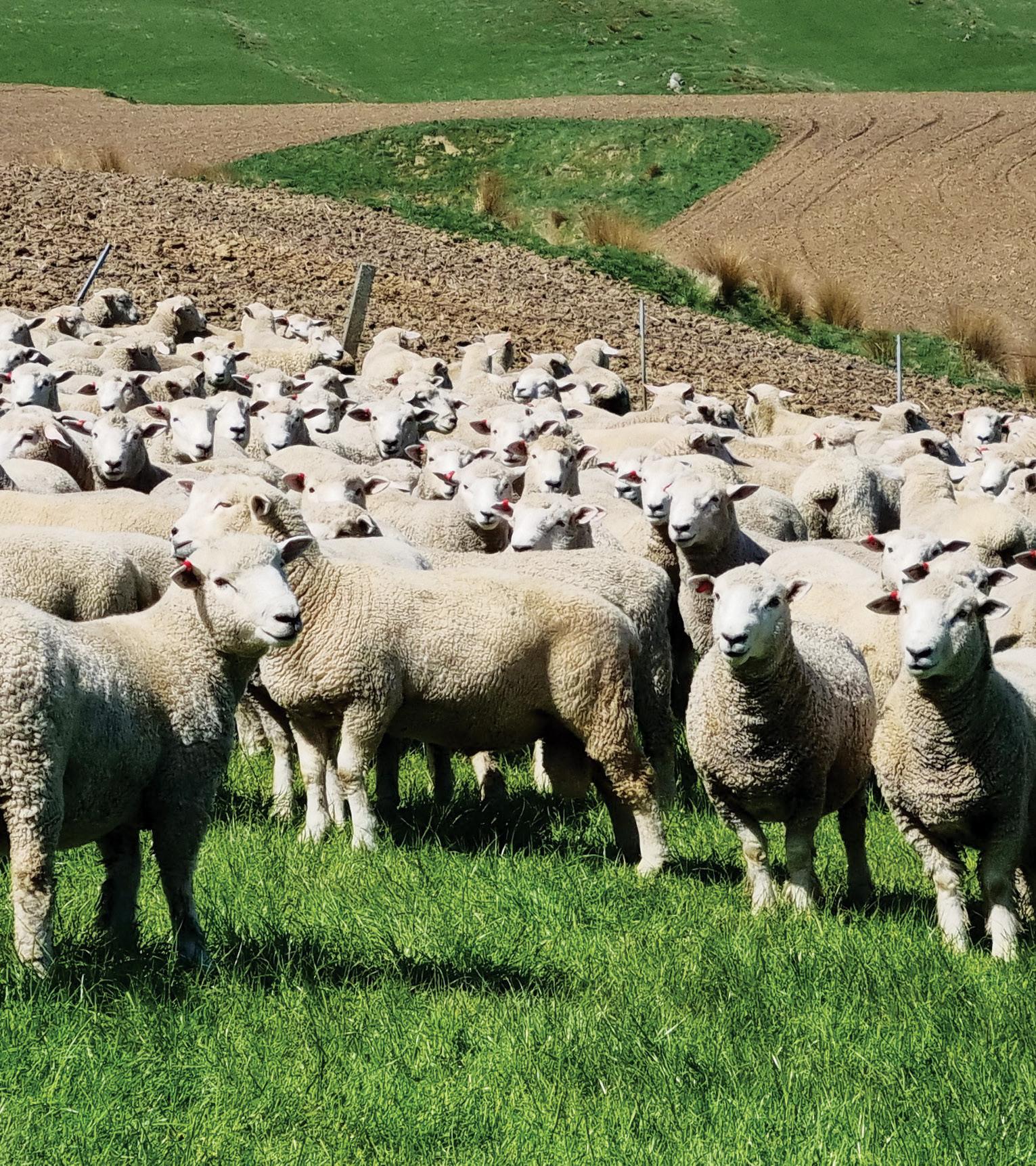

Performance 578c above national MW flock average
Able to withstand Barbers
Pole Challenge
Now including low dag score in their selection
Purchase your new ram today
www.wormfecgold.co.nz
Brown Lake Mahinerangi, OtagoAUSTRALIAN SHEEP AND LAMB PRODUCERS HAVE been charged up to A$5 (NZ$5.38) for skin disposal as the depressed global market for leather products and low crossbred wool values limits marketing and cost-recovery options for meat processors.

Stock agents confirmed processors have been charging 50 cents to $1 for skins of no commercial value for several months, but many have levied $2–$3 in recent months and up to $5 in one case reported to Australian online sheep and wool website Sheep Central.
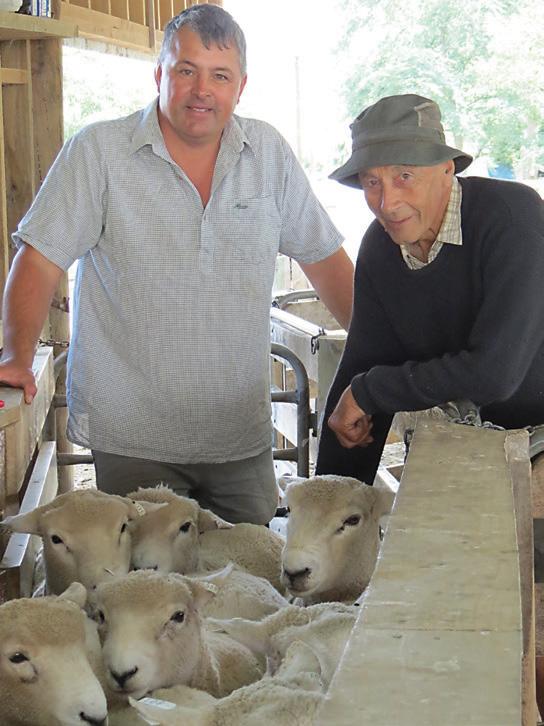


Some processors have tried to incorporate the unwanted skins into their internal waste management and rendering systems, but due to difficulties in breaking down skins with wool have been forced to dump them off-site.
Thomas Foods International said it will be charging $3 for skins of no commercial value.
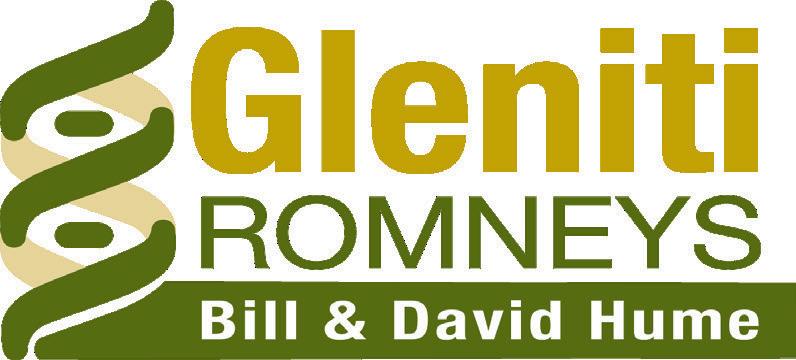
“We have borne the cost of dumping these skins for the last six months,” TFI’s national small stock manager Paul Leonard said.
“When the market recovers, and it will at some point,
then it [the disposal charge] will be withdrawn.”




Leonard said skins that still had some value included those from ‘clean’ shedding sheep with no wool, and Merinos with more than than six weeks’ wool growth.
“Merino skins with an inch or more wool are still unaffected.
“Most crossbred skins are unsaleable and the broader crossbred skins are most affected.”
Vice-president of the Australian Hide, Skin and Leather Exporters Association and lamb skin exporter Luke Kivlighon said there is no demand for crossbred lamb skins around the world.
“The only thing that is really making money are Merinos and they are going over to China and they are pulling the wool off them,” he said.
“But these open wool crossbred type lambs are the ones that are going to be worth nothing or be thrown out.”
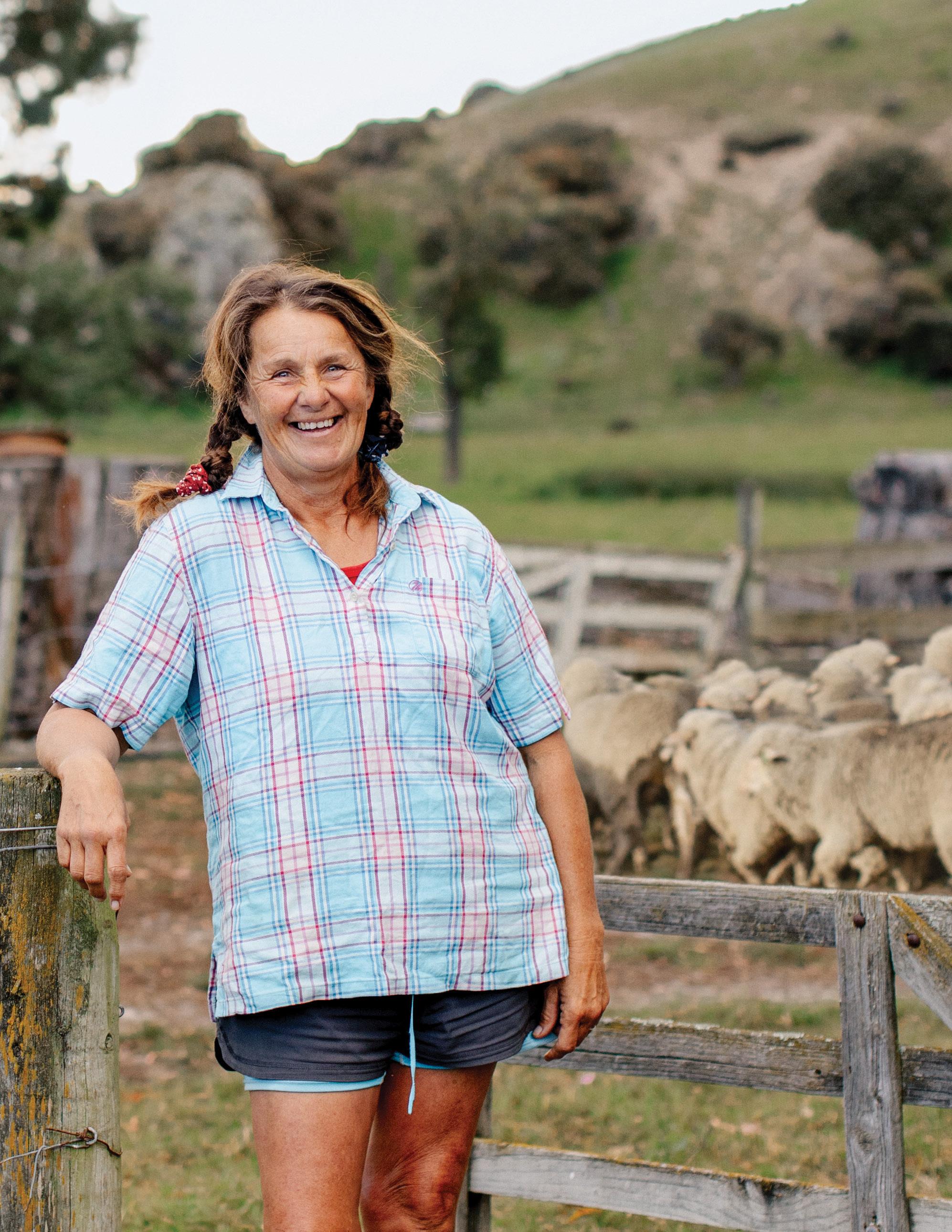

Maria Bamford Hurunui Hills, North Canterbury
AUSTRALIA
DESPITE NEW FUNDING, CONCERNS ABOUT TAG COSTS remain for New South Wales sheep and farmed-goat producers transitioning to a mandatory traceability system.
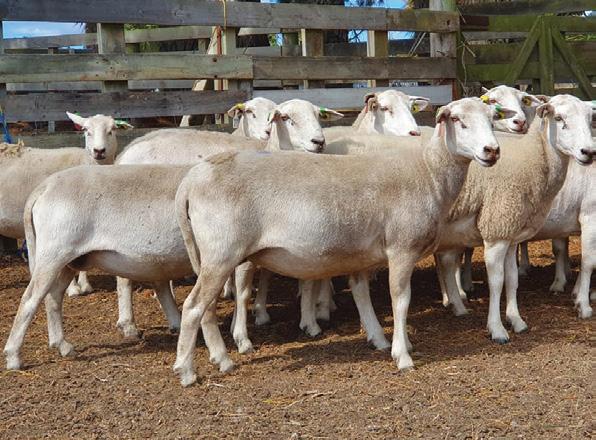
It was announced in July that AU$38 million (NZ$41m) in joint state-federal funding would be made available via a rebate scheme to support the implementation of individual electronic identification (EID) across the NSW sheep and farmed-goat industry. The move is part of a national implementation plan.
NSW Farmers sheepmeat committee chair Jenny Bradley said the funding was appreciated but there had to be a greater contribution from the federal government, and the details had to be closely examined.
“The government’s EID rollout is a significant issue for producers, and we welcome progress. However, there still remains a significant need to reduce the cost of NLIS [National Livestock Identification System] EID devices to economically affordable levels.

“If some states have cheaper tags than others, producers will lose faith in the fairness of the system and we won’t stand a chance of national harmonisation.”
The funding was not expected to reduce tag costs in NSW and Bradley said this was a critical issue that needed to be addressed by the federal government. The widely accepted cost was no more than $1 a tag.
Bradley called on the NSW and Australian governments to initiate a national tag tender to support the reduction of NLIS EID device costs “promptly”.
Delayed completion of a national electronic sheep and goat ear tag procurement project undertaken by Sheep Producers Australia (SPA) is also holding up the finalisation of tag prices,
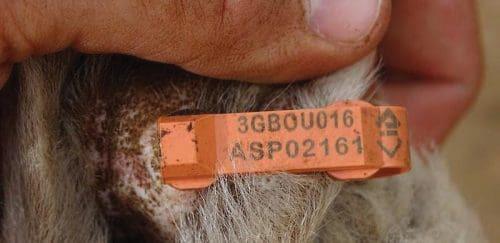
according to NSW Farmers Sheepmeat Committee vice-chair Floyd Legge.
The project’s objective is to evaluate sustainable models that would ensure producers have access to equitably priced tags from multiple suppliers across Australia. SPA chief executive Bonnie Skinner said they had sought independent advice regarding a national tag procurement model and would be undertaking consultation with SPA members and a range of stakeholders.
SPA announced in February this year that it would have a report from a national procurement project finalised, but findings have not been released.
Legge believed they were supposed to see the outcome in April or May.
“We’re not happy with the fact that SPA put out a consultation period to get the first round of information done and it is now far beyond the deadline that they said they would have their initial report to us.”
He said the delay is getting in the way of who takes the lead — industry or government.
“If the conclusions are that they can’t do it . . . [they need to] allow somebody else to hop in the space, because time is ticking; it is less than 18 months from the national industry rollout of January 1, 2025.”
Source: Sheep Central, NSW Farmers, NSW DPI, Sheep Producers Australia.
Hair Sheep Composite
Low input Texel composites
• Texel composites
• GDF9 carriers
• Proven performers
• Efficient and Hardy
• Low dag score
• Lower input higher output
• High lamb survival
• NZ bred for NZ conditions
• No shearing, no docking, no dagging, no dipping
• Adaptable - Hardy
• Fertility + Growth + Muscle
EzTex Low input - High output
Meatmaster ewes
Daniel Wheeler LivestockWild deer, hares, pigs, and even possums are attacking the fodder crop. Valuable winter feed is being lost along with wrecked electric fences. TB is being spread. So who are you going to call? Pest busters. By
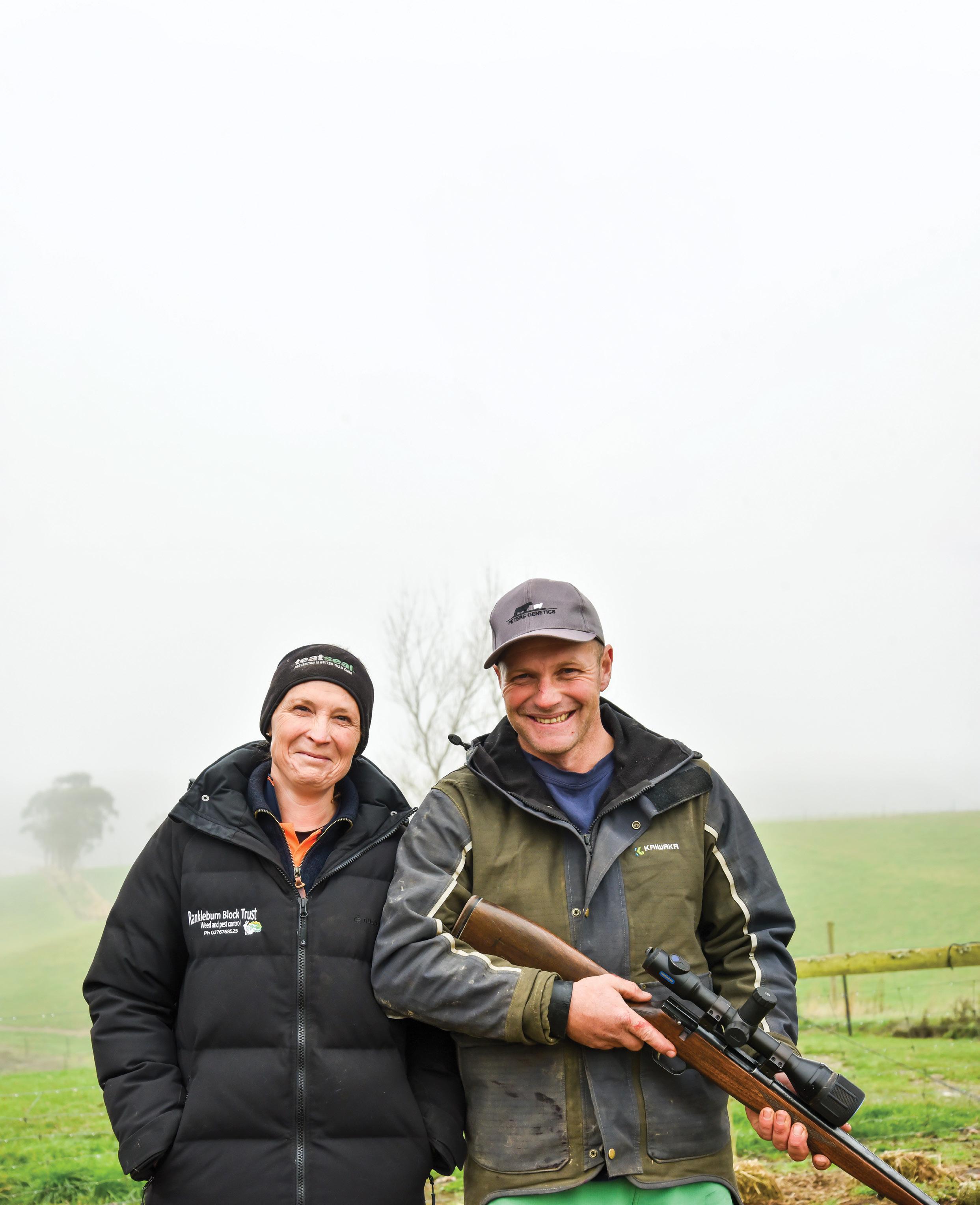 Terry Brosnahan.
Terry Brosnahan.
In West Otago, Clint Robinson (37) is a pest buster with a difference. He not only shoots pests, he takes them away. He and his partner Audrey McBeth, also 37, operate a pest destruction company that supplies dead hares, rabbits, possums and deer to pet food companies.

An unusual customer is Canterbury Meats which supplies Orana Park in Christchurch. The lions like hares, unskinned and just the green gut removed. The hares are packed into banana boxes, frozen in the walkin freezer and sent north.
The pet food companies are more fussy. For possums they want the carcase 99% clean, head and claws cut off, green gut removed but the internal organs left in.
“So they can test them for any diseases,” Audrey says. A heavy possum is worth about $14. Hares are worth $10.
They take a horse float to supermarkets and pick up the banana boxes they need for shipping, but they’re not always easy to get hold of.
Clint has worked on farms and managed them, but he’s always wanted to own a farm himself. That’s a work in progress.
In 2019 Clint was managing a south Otago farm and Audrey was a vet nurse. To create capital, they set up gorse spraying and pest control businesses. Clint was a rodeo rider and sold two of his horses to help finance the gorse-sprayer truck unit.
He was on his own driving the gorse sprayer but needed something else to give all year round cashflow.
So, while managing a farm, he started to shoot pests in his spare time and supply carcases to a pet food factory, Otago Pet Foods. It was good money and the pest supply business didn’t need a lot to set up.
Audrey also drives the gorse-sprayer truck, spraying with a handgun on steep farms.
“I’m Safety Sally. I would rather crawl further and be safe.” She says generally it’s only another 10–15 metres. They work on Otago and Southland farms for 8–10 months of the year, spraying gorse and boom spraying.
Audrey also helps with the handling of dead pests, including possum plucking. One possum was 9kg liveweight after gorging on fodder beet on a south Otago farm and her arms were sore from holding it up to the plucker.
Puddley, their Jack Russell finds wounded deer and catches possums though he came off second best trying to hold a pig.
Clint says they are honest with farmers because he has a farming background, wants to be a farmer and wants repeat customers. If the gorse is too thick and handgun spraying is uneconomic they will tell the owner. The edges will be sprayed to make it easy for the helicopter.
The couple has two children, Audrey’s daughter Elaina,12, and Clint’s son Cody, five.
The business is called the Rankleburn Block Trust, set up when Clint bought 16ha from his parents 15 years ago. Their farm is on the border with Southland and the postal address says Gore, but Clint is adamant it’s
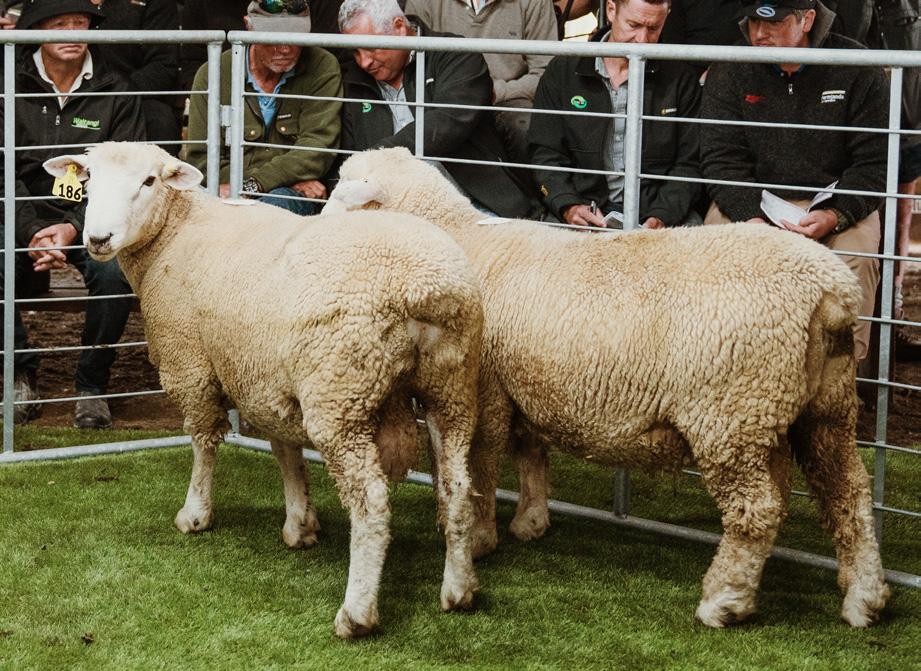
in Otago. His father Mark refuses to use Gore and puts Tapanui.
“That’s why he never gets many letters.”
Clint didn’t have annual tonnage figures available, but says it is usually 1.5–2t/ month of hares and possums.
The day before we arrived, a one tonne consignment of possum and hares went to the North Island. About 300 hares weighed a tonne.
Hares and possums are the main pests harvested because they cover a small area and there’s no shortage of the pests.
“We can get rid of those easily to the North Island.”
They found just supplying Otago Pet Foods didn’t work because there was a limit to the amount they could take every month and that made the cost of having two shooters and two trappers uneconomic, so they now also supply Out of the Wild, a pet food company in Tauranga. Clint says between 1.5 and 2 tonnes of possums and hares are sent up a month.
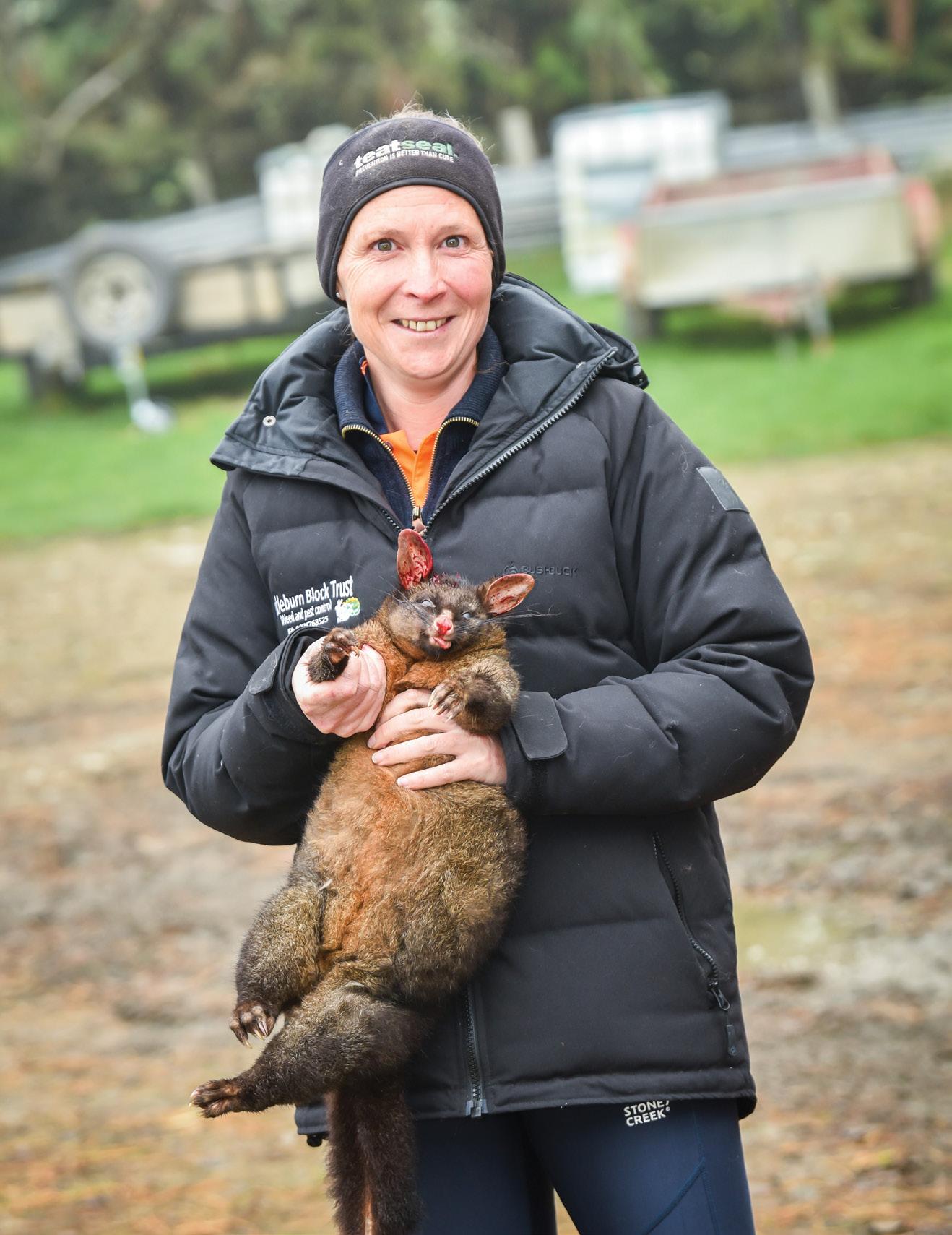
“We try to do a tonne of possums a month.”
He says possum fur was about $140/ kg before Covid, then fell to $80/kg. It came back to $90 and then no one was buying it from overseas.
Luckily Clint and Audrey had a deal with a local buyer who wanted no more than 30kg/month. That makes
a possum’s fur worth about $8 in the winter months when the fur is heavier.
Goats and deer are supplied when wanted. They leave the head and skin on, removing the green guts.
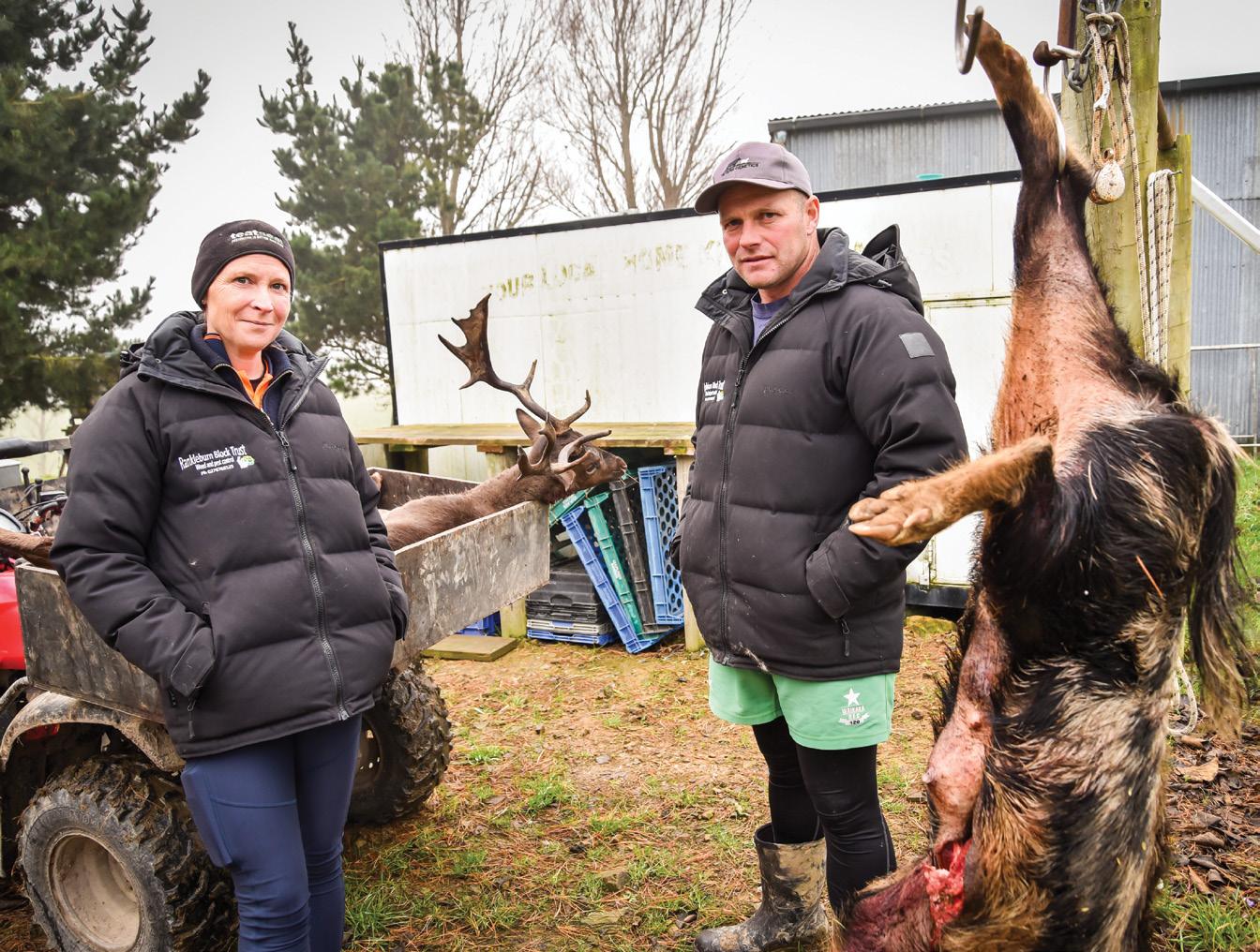
They shoot pigs on contract but the pet food companies don’t want them because they are too lean.
They avoid shooting hares for three days either side of a full moon.
“They just go all loopy,” Clint says.
They avoid areas where 1080 and other poisons have been dropped and to that end, he says local knowledge
and honesty from the landowners is important.
Clint employs a full-time shooter Ben Spence (20) who uses a bolt action rather than an automatic rifle. It makes him concentrate and he can’t just keep shooting. Young shooters tended to work only 2–3 months then find the cold, late nights and having to fill a quota too hard.
“You can’t be paid $300/night and expect to come back with four rabbits.”
He employs a possum trapper, David Scott. In summer, David (in his 70s),
will get up and leave home to be on a farm before 7am. For five or six hours he will drive around checking the leg-hold traps. Around sheds and houses he uses cages.
“Just in case we catch the kids’ cats,” Clint says.
When Clint started shooting it was low key stuff with a spotlight on a helmet. Now it’s thermal imaging. He still wears the spotlight for safety.
He says one thing about working in winter in Otago is that thermal imaging works during the day.
No one wants lead in their dinner and about 95% of the pests are shot in the side of the head. With high meat prices, more pet food is being consumed by humans.
MPI’s pet food regulations are strict. All animals have to be processed within six hours of being killed and chilled or frozen in eight hours.
For safety, night shooters arrive early and talk to the farmer.
A shooter will scout the area for hazards while there’s still daylight. If they are not trapping at least 20 possums a day, it isn’t worth it and Clint will pull out. The same with rabbit shooting.
“If there’s fewer than 60 for the night, we won’t come back for 12 months.”
Clint does contract shooting, where a farmer or forest owner has asked to clear an area. One farmer lost 6ha of crop to
FACIAL ECZEMA No.1, from 2006 Ramguard™ PARASITES No.1, from 2012 Carla™ testing MEAT GROWTH No.1, from 1995 on SIL FERTILITY High twinning, low triplets (SIL)
RAM AUCTION Tuesday 28th November, 11am
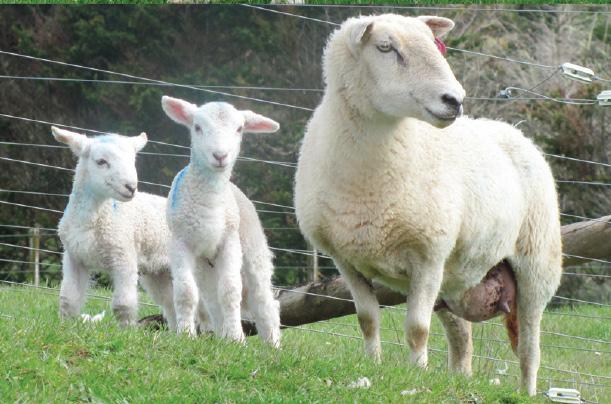
OPEN DAY 27th November, 2-5pm, Viewing, Presentation with Q & A time Venue - Taupo Saleyards, Oruanui Rd
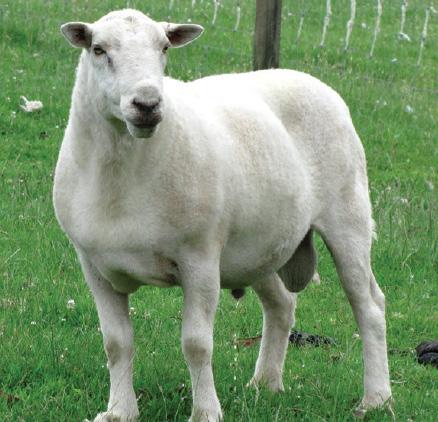
deer in eastern Southland over a twoweek period.
The deer also get caught in electric fences and drag hundreds of metres of wire. It’s usually so twisted it has to be cut.
Clint feels he is filling a gap that the Government used to – and should still be – filling.
“They should be helping out because they want no TB.”
He says they should be putting a bounty on ‘per tail’ because they want a pest-free country. They’ve got rid of the rabbit boards and expect farmers to do their own shooting.
“...this is a bit tough when they can’t even find staff to help them on the farm for a start.”

He says then they expect farmers to go out and shoot rabbits or they threaten to fine them.
The shooters will only pick up pests if they are handy and quick to retrieve.
Clint knows the good farms to go to for supply and hopes to be able to continue trapping possums as a free service. Six months ago they thought of charging. They use .22 magnum rifles and the ammunition price has gone from 32c to 72c/bullet in 12
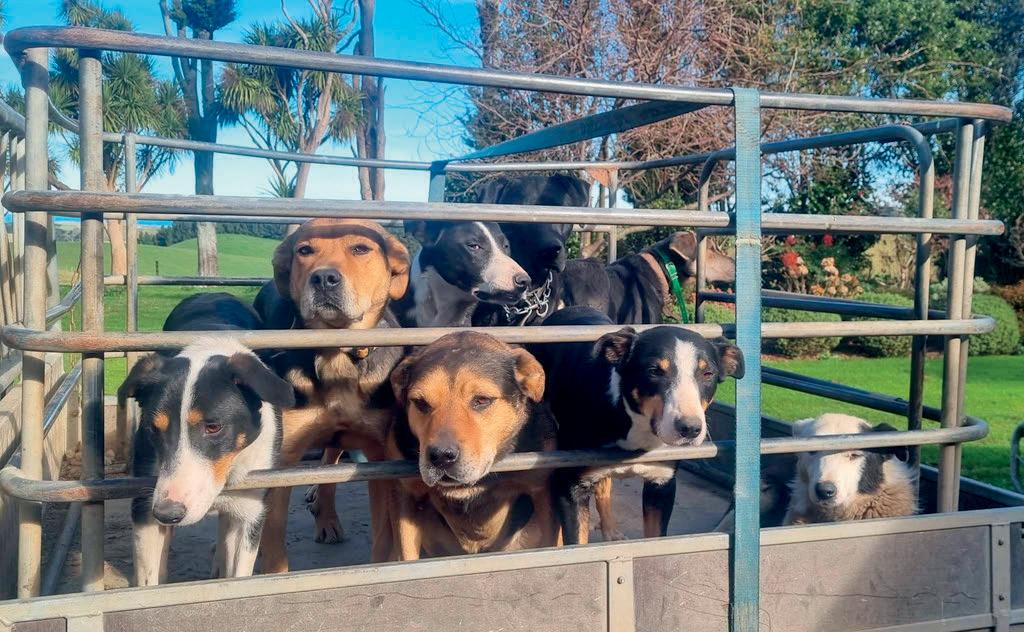
Sheep measles are caused by a tapeworm, hosted by dogs. Cysts cause undesirable blemishes in sheep meat

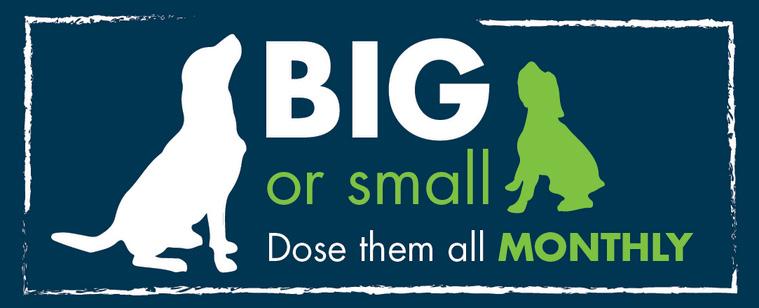
RUPT
www.sheepmeasles.co.nz
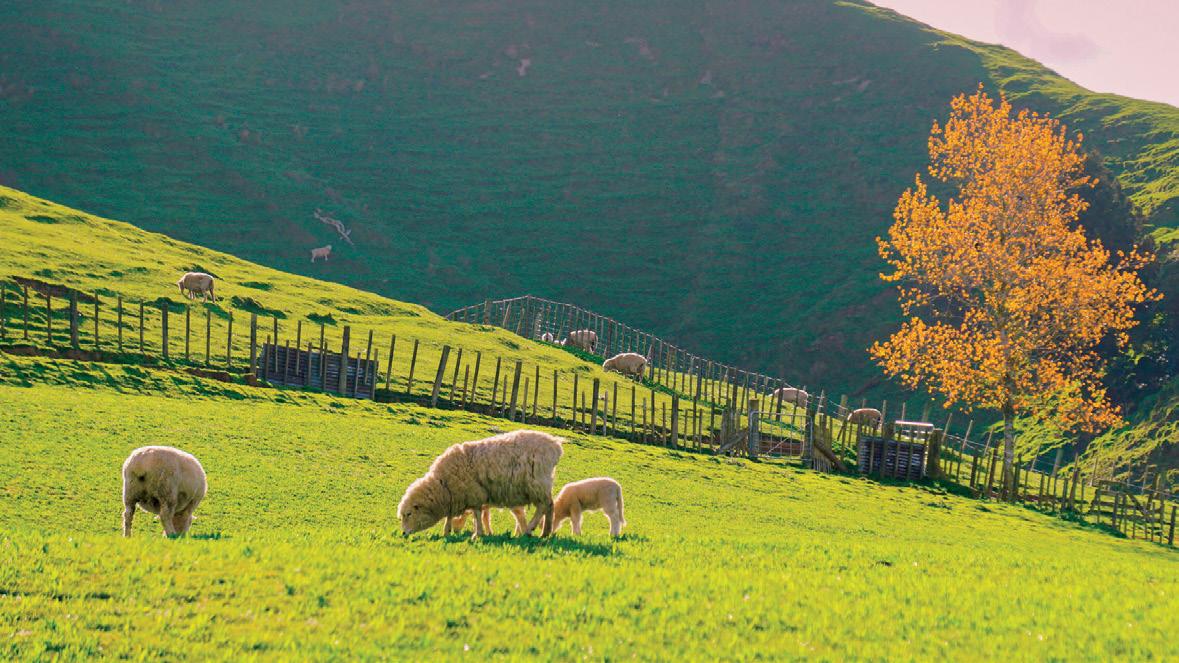
the market and rs financially.Puddley, the Jack Russell, catches possums but came off second best trying to hold a pig.
months, along with other costs. He says it can cost $3.50 for an animal that’s worth $5.
They charge forestry because the grass is so long the shooters can’t find the hares.
On one farm in Middlemarch they shot 12,000 rabbits and 300 cats during two-and-a-half years. The farmer had a scare with TB and wanted to get rid of cats and possums.
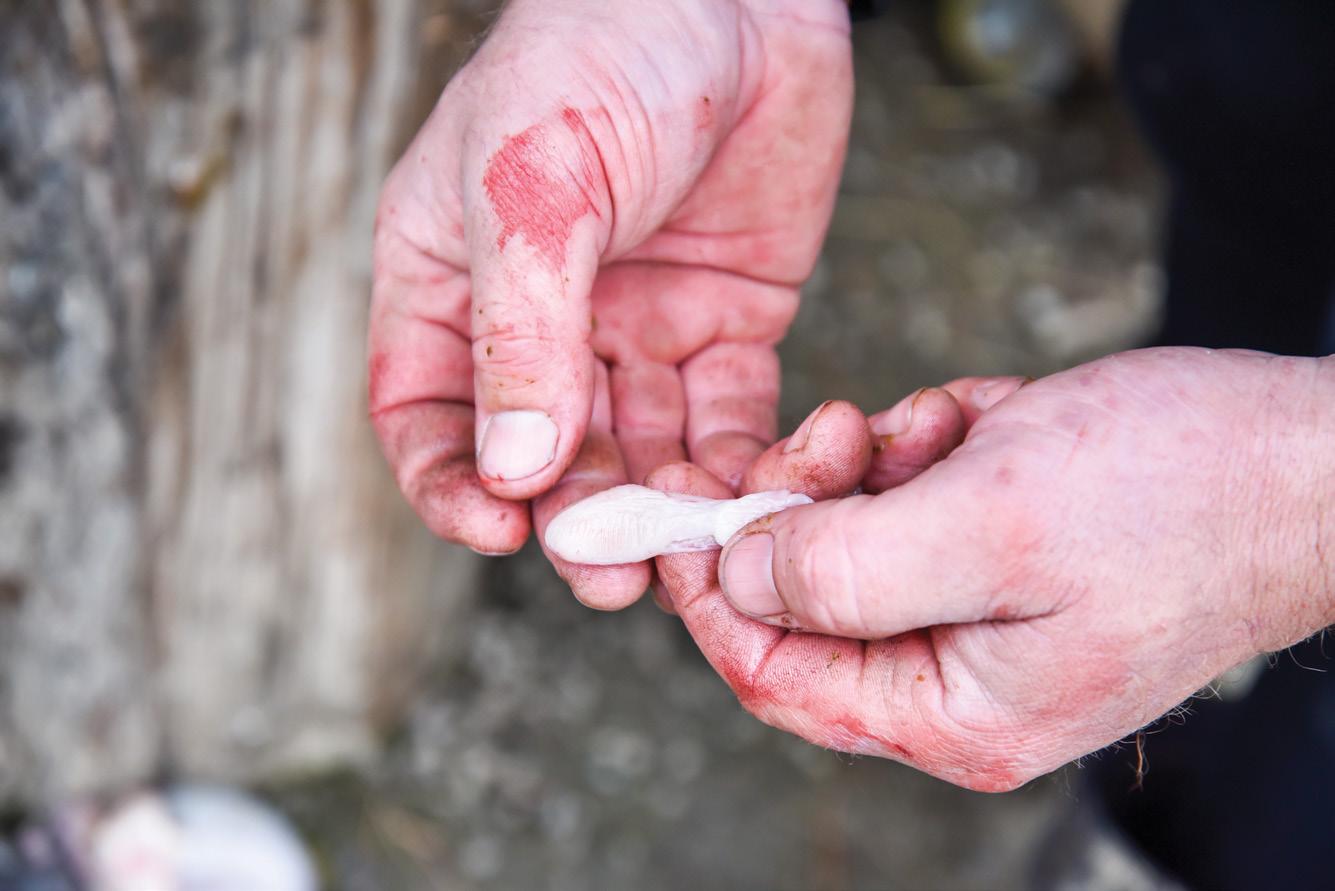

“We haven’t shot one possum on that farm.”
When a pet food company wants 300–400 rabbits which will last a month, Wanaka and other Central Otago are the places to shoot.


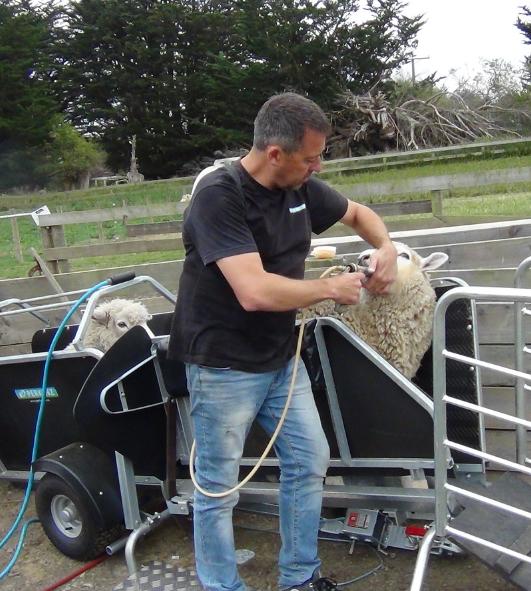
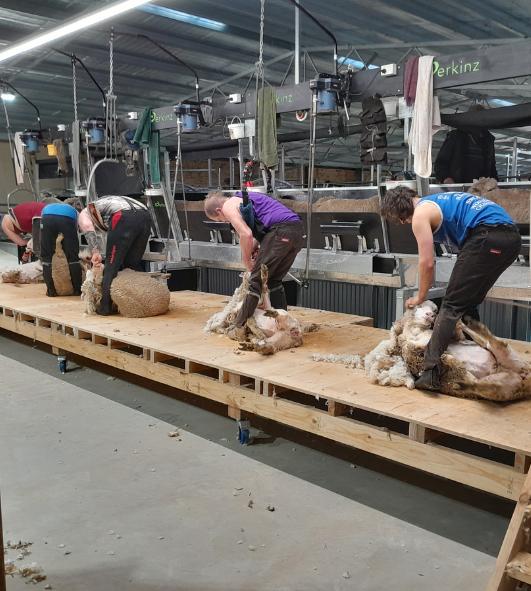
The 10-year plan is going well but Clint would still rather be farming.
Earlier this year the pair put in a good offer for a farm. They were unsuccessful, but undeterred.
A major competitor for land is forestry. Ironic, given that Clint shoots the hares to stop them nipping the tops off pine trees.
Fodder beet is high-energy feed that can be grown for relatively low cost if the yields are good, Kerry Dwyer writes.
Fodder beet became very popular in the late 1990s and early 2000s as a winter feed option. That popularity has probably peaked with close to 70,000 hectares being grown annually.
A small area of the crop had been grown in New Zealand before this expansion, driven by the availability of superior varieties and better herbicides for weed control.
Fodder beet has the advantage of higher yield potential than brassicas, a crop of more than 40 tonnes drymatter (DM)/ha being reported this year in MidCanterbury. It is high energy feed; and can be grown at a lower cost per kg DM
than some crops.
Lessons have been learned in growing and utilising fodder beet, through trial and error in our conditions.
Fodder beet is typically higher in carbohydrate than other fodder crops, but is lower in protein and fibre than most. As a consequence, ruminants need to be transitioned on to the crop to avoid acidosis which will impair the animal or kill it. That transition should also be managed when the stock come off the crop back to a pasture diet.
Transitioning the diet will take 14–21 days to have the least impact on
Fodder beet is about $3000/ha to grow, compared to $2000/ha for kale. The higher yield potential of the beet means it can cost 12c/kg DM grown as against 15c/kg DM for kale. Note these are indicative figures which depend on your individual components.
However there is more to the story. Beet will require some supplement to get the best results from it, e.g. high-protein hay or silage. Kale might be a balanced diet by itself, but generally some supplement will be fed although at a lower rate than for beet.
It is recommended that beet be no more than 60% of a pregnant cow’s diet, so rough figures would be 9kg DM beet at 12c/kg DM and 6kg DM balage at 50c/kg DM comes to $4.08/cow/day for a beet based winter. Kale might be 12kg DM at 15c/kg DM and 3kg DM balage at 50c/kg DM to total $3.30/cow/day.
animals’ health and growth. Therefore it makes sense to have stock on beet for a long enough period to make that transition time worthwhile, e.g. allowing 28 days transition along with 100 days full diet is more relevant than say 28 days transition and 28 days full diet. For that reason, wintering pregnant ewes on beet has not been that common.
If the ewes are to be put on the crop after mating and to be taken off well before lambing, the available time for beet feeding is cut to under 90 days total; that allows maybe 60 days full feeding of fodder beet in their diet. Compare that to finishing cattle that can be put on to the crop in April and finished in October. That time frame can allow about 150 days of full beet diet. For dairy cows to get the full benefit of wintering on beet they should be fed some during the end of their milking period and early spring, to allow that transition time.
Because of the risk of acidosis, all stock should be transitioned on to fodder beet. When conditioned the stock will eat to capacity with no complications, with some residual continually remaining on the paddock.
Alternatively farmers will allocate a tight ration each day, leaving no residual and avoiding health issues. That normally goes with underfeeding. I have been watching two neighbours winter dairy cows on beet with tight rationing; the cows lost condition and they had crop remaining in spring; but no acidosis issues.
Fodder beet bulbs are high in sugars while low in protein and fibre. The leaves are high in protein but make a low proportion of the winter crop. Feeding a new break every day gives
some leaf protein in the grazing diet, which goes some way to supplying sufficient dietary protein.
Pregnant ewes will be fed insufficient protein for their requirements, especially in late pregnancy, and if carrying multiples. Along with the diet transition time this is a major limitation for using beet for ewes. Protein can be supplied via hay or silage to the stock on beet, with the proviso there is enough supplied, and with enough feeding area if placed in feeders.
Cattle and lambs can achieve very good growth on beet. Put that with a long growing possible grazing period and the crop is a winner. At a full diet, growing cattle might eat 10kg DM/hd/ day and achieve more than 1kg/day liveweight gain which is superior to other winter growth possibilities.
I have some dairy farmer clients who
put condition on their cows wintering on beet and see a lot who use the crop as a maintenance diet. The latter may gain the benefit of low cost a kg DM, but wastes the potential benefit from better-conditioned cows at calving.
In NZ we typically feed fodder beet and winter brassica crops on the area they have grown, in situ. That has some environmental effects that have been subject to management by farmers and regulatory organisations.

A fodder beet crop might well have double the stocking rate of a brassica crop, because of its higher yield. It also might well have less residual after grazing because of better utilisation of the leaf and bulb than say a stalky kale crop. Put that with a big rainfall and you have a challenge.
Because fodder beet has the risk of acidosis, taking stock off the crop for a period, for example to limit pugging, can have risks when re-entering the crop. Harvesting beet to store and feed elsewhere may be an option, requiring planning and machinery.
Fodder beet can yield higher than brassica, due to a longer growing period and different photosynthetic potential. It also can hold quality longer than most brassica crops. The cost per kg DM can be lower than a winter brassica crop given a sufficient yield.
The benefit of fodder beet is its ability to put weight gain on stock, especially growing stock, over a longer time period. That fits with cattle and deer better than sheep. Using beet for maintaining stock does not achieve the full potential of the crop, so think about diet quantity and supplementation.
There has been a resurgence of interest in soil organic matter (SOM), driven in part by issues such as climate change, regenerative agriculture (RA), sustainability and resilience. It is almost possible these days to believe that SOM is something new.
In fact, the importance of soil organic matter, or to use the colloquial term, humus, has been known for centuries. Most textbooks will list the benefits of SOM (relative to soil with little or no SOM) as: a) improved soil structure,
b) improved water holding capacity,
c) improved storage of nutrients, and
d) better heat absorption. SOM is also home and food for the myriad of soil micro- and macro-organisms, from earthworms and insects down to bacteria and fungi, to the tiniest protozoa.
We are blessed in New Zealand because our well-developed pastoral soils, taken in the international context, contain large amounts of organic
matter. Our mineral soils contain typically 3–10% carbon (C). Our poorest soils – those in the dry Central Otago region which contain 1–2% C – are similar to the pastoral soils in much of the southern hemisphere. This is a consequence of our temperate climate and our clover-based, grazed pastoral system.
Several studies in the 1950s and 60s showed that SOM accumulated (inputs > outputs) following pasture improvement (i.e. clover + fertiliser + animal). This accumulation continues anywhere between 20 and 50 years and then reaches a steady state (inputs = outputs). The time required to reach this steady
SOM – humus – comprises the breakdown products of plant and animal (dung) material returned to the soil. The fresh plant material and dung returned to the soil is food (energy) for soil bugs who get to work in a sort of chain gang and break this material into increasingly smaller and more stable units, which are then often joined together (polymerised) into stable,
large and complex organic substances. Humus is dark coloured and, as a general rule, the darker the colour and the deeper it extends into the topsoil, the better the soil. It is this colour that enhances heat absorption.
In our grazed, clover-based pasture, C (the major component of SOM) comes into the system from the atmosphere (as carbon dioxide) via the

The importance of soil organic matter has been known for centuries, but soil scientist Dr Doug Edmeades says we could still be managing it better.SOIL ORGANIC MATTER – WHAT IS IT?
state and the amount of SOM present at steady state depended on the climate and the soil group. Generally, the wetter and warmer the environment, the more SOM.
Thus, the management recipe was simple: clover (to add nitrogen (N)), fertiliser (especially PKS – phosphorus, potassium, sulphur) to maximise clover growth and to provide S and P – key components in SOM), and the animal (to do the recycling), plus time, equals more SOM.
The situation under cropping is very different. Cropping exploits SOM (outputs > inputs) and this is especially so when the crop residues are removed. Management lesson number two in
Methane
Carbon
Carbon
state with respect to SOM accumulation, as discussed above. More recently, other scientists have reported an average decline (about 1% or 1t OM/ha) in 37 sites, over a period of about 20 years. How do we reconcile these studies – one suggesting no change and the other indicating a small decline?
Scientists have suggested several reasons for this apparent paradox:
Carbon
terms of SOM management is: do not crop if you can help it! Or if you need to crop, make sure there is a good rotation from clover-based grazed pasture to crop and then back again. Green manuring or heaps of compost are also helpful. Civilisations have failed by not following this simple rule.
A number of more recent studies suggest we need to slightly modify our understanding of SOM accumulation.
One study compared the SOM contents of 43 New Zealand pastoral topsoils, sampled first in the 1960s and again in 1992. These researchers concluded that there was no change over this period. This is consistent with the idea that the soils were at a steady
1. Land-use intensification –management practices that increase pasture utilisation (e.g. better grazing management, increasing stocking rates, introducing irrigation) and hence reduce the proportion of plant material (litter) being returned to the soil, thus resulting in the steady state SOM being reduced.
2. Changes in the quality of the litter returned to the soil – it is suggested that some of our newer management practices (and this includes all those listed above plus the introduction of new pasture cultivars and the introduction of fertiliser N) result in a change in the chemical composition of the litter returning to the soil, allowing it to be more readily broken down in the soil and hence less is conserved in the SOM pool.
Two points must be emphasised:
plant (photosynthesis), some of which goes into the soil as plant residues (from tops and roots) and some via the dung. The amount of C added from these sources is of the order of 1–3 tonnes/ha/year. Losses occur from the animal because it breathes out carbon dioxide (respiration) and belches methane, and from the soil via the oxidation of organic matter.
The key point is this: if the sum of the inputs is greater than the sum of the outputs, then C, and hence SOM, is accumulating in the soil. So how should we manage our soils to ensure that this happens or at least ensure we are not depleting SOM levels hence jeopardising soil quality and contributing to greenhouse gas emissions?
First, even if the apparent decline is true (i.e. a decrease in SOM at the rate of 1% a year), there is no need for panic or alarm. As stated earlier, our developed pastoral soils already contain large amounts of SOM. Pastoral agriculture in New Zealand is not on the verge of collapse as is implied by the modernday RA movement. I stress this point because of our propensity in this PC and environmentally sensitive age to seize on and highlight the negatives, especially on environmental issues.
Second, each tonne of SOM contains about 80–100kg N, 20kg P and 14kg S. To ‘grow’ a tonne of SOM requires the input of some fertiliser PKS (to grow clover and add P and S, which are vital components of SOM). Thus, the cherished belief that SOM is ‘free’ is simply not tenable.
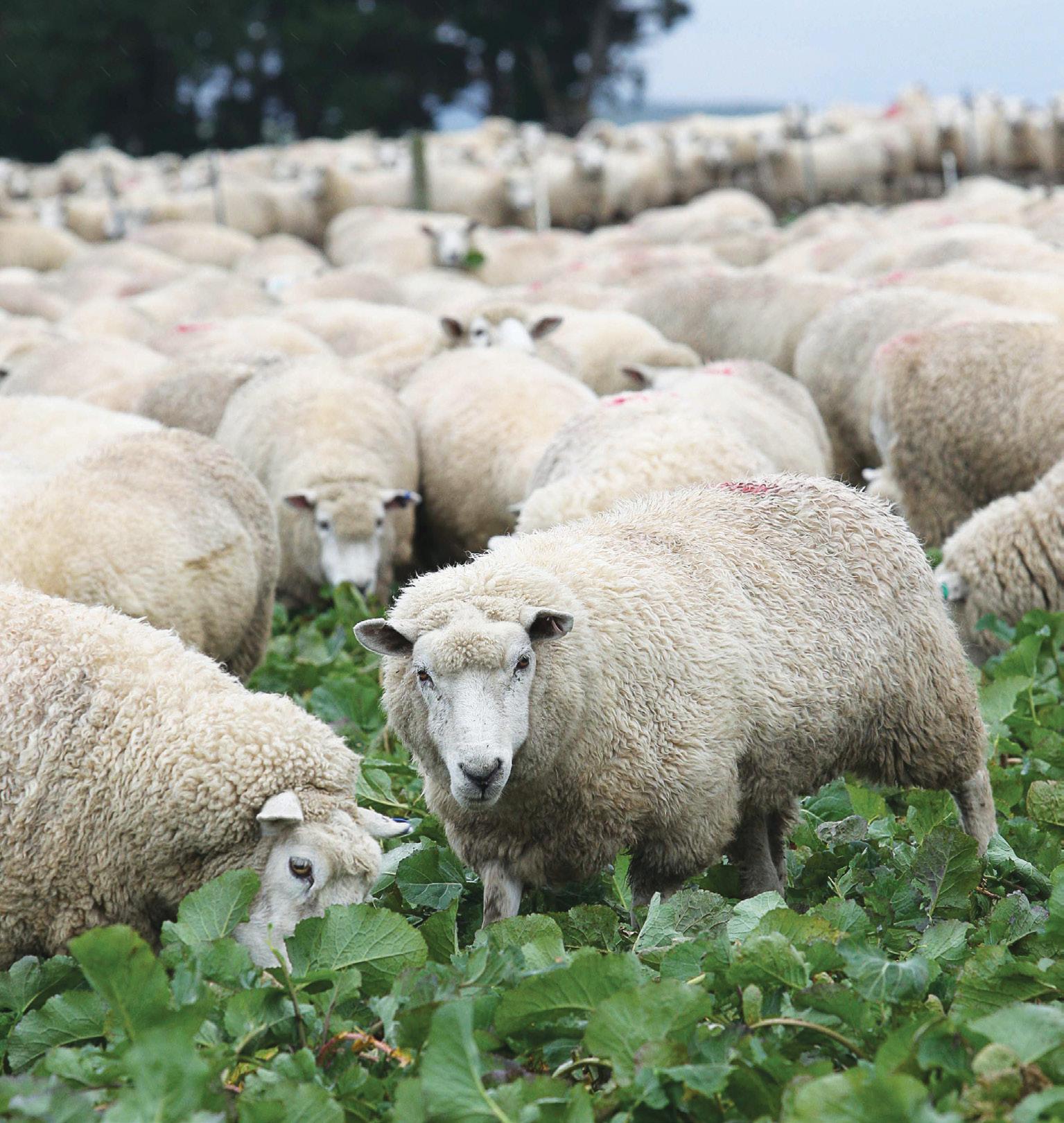
Informed decisions will mean feeds are fit for purpose and stack up on benefit-cost against alternatives, making sure extra costs for the likes of conserved feed or crop establishment are factored in.
Keep in mind that feeding over the following production periods has varying requirements f or optimum production:
• Liveweight maintenance of adult breeding stock
• Meeting body condition targets during mating then over pregnancy
• Milk production for top rearing of suckling progeny
• Good growth of progeny to target weights after weaning.
The nutrients usually indicating feed value are energy and protein, as these are the main drivers of productivity. Energy gives the oomph for production levels and protein provides the building blocks for milking, reproduction and growth.
Fortunately, our most common grassclover pastures and forage crops meet the needs of our sheep and cattle except in areas where there are known soil deficiencies of essential minerals such as selenium, cobalt, copper, etc. These can be corrected in fertilisers or administered directly to animals. There’s a wide range of other forages and crops available to fill the gaps when pasture supply is limited. Decisions by farmers on which
to use have generally evolved over the years but need regular review with the help of colleagues or consultants. Remember that the amounts of various rations fed, even though based on science, is not in itself an exact science. This is because there’s a whole host of variables due to environmental conditions, and often other random influences, that impact the level of feed needed. So there’s an element of judgement. In most cases, trial and error over the years and inbuilt ‘gut feeling’ that most farmers have, does the trick.
As the key feed ingredient is energy, the metabolisable energy (ME) system has been adopted for farm animals worldwide. The relationship between gross energy in feeds and metabolisable energy available for production in animals is shown in the energy pathway diagram (Figure 1). Put simply, the net energy in feeds is available as ME to the animal for production after losses in faeces, urine and fermentation in the rumen.
This ME system is simple and
Yearly reviews of forages and crops for sheep and cattle will mean better results. By Dr Ken Geenty.
“Remember that the amounts of various rations fed, even though based on science, is not in itself an exact science.”
midpoint of the range, or 2.5+ for sheep and 5+ for cows. If animals drop below these BCS levels it should be top priority to recover again for the production periods of mating, mid-late pregnancy and milking.
The primary requirement for maintenance is energy with 60kg ewes needing about 11MJ ME/day and 400kg cows about 55MJ ME/day. Using values from Table 1 for summer dry and stalky pastures with an ME content of 8MJ ME/ kg of drymatter (DM), ewes would need 11/8 = 1.4kg DM/day while cows would need 55/8 = 6.9kg DM/day. In other words, fed to appetite in both cases.
Another example using crops is that cows wintered on rape with an ME content of 12MJ ME/kg DM would need 55/12 = 4.6kg DM/day. Ewes on swedes with an ME content of 12.4MJ ME/kg DM would require 0.9kg DM/day.
A worked example of areas of crop needed each day for cows at maintenance on rape is given at the foot of Table 1. Similar methodology could be used to calculate areas for ewes wintered on swedes or other crops.
Use of hay or silage can be a viable alternative for maintenance feeding if pasture is in short supply.
easily applied. Quantities of ME in most pastures, forage crops and supplementary feeds are given in Table 1 (see over page) and are readily available online and in publications. A good place to find sheep and cattle energy requirements is the Beef + lamb NZ website https://beeflambnz.com where ‘Making every mating count’ and ‘Guide to NZ cattle farming’ have comprehensive tables. Handy feeding guidelines, including seasonal pasture production in various areas, are available on the Farmax site at http://www. farmax.co.nz
Recommendations here for use of forages and crops are based primarily on energy and protein requirements during different production periods. Remembering on-farm decisions will be influenced by practical aspects such as contour, soil type, seasonal growth conditions, etc, and importantly the cost of providing the feed.
Maintaining liveweight of adult ewes or cows should aim to hold body condition score (BCS) just above the
For ewes heading towards mating in autumn, the aim should be to lift BCS by a half to one unit, or 3.5 to 7kg liveweight (each body condition score change is equivalent to about 7kg LW change).
This will need at least a 50% increase in feed intake of feed with a higher ME content for a period of 3 to 4 weeks. For breeding cows mated with calves at foot during summer-autumn, the priority will already be highest quality feed available to maintain good milking at the same time.
For both ewes and cows in mid-late pregnancy, the priority of maintaining body condition is difficult due to
Table 1: Nutrient composition of commonly available feeds for cattle and sheep
competition for space with rapidly developing foetuses. A higher ME content in feed of at least 11.5 megajoules (MJ) ME/kg DM will be required during this period to provide an additional 1–2.5MJ ME/day for ewes and 15–40MJ ME/day for cows. A range of forages and crops in Table 1 with such high energy levels will suffice if available in late pregnancy and fed to appetite. Bulky winter crops such as mangolds, swedes and turnips are of marginal value in late pregnancy, though higher drymatter crops such as fodder beet and rape with less bulk will allow greater energy intake.
A generous supply of milk during the first 4–6 weeks of lactation is crucial in both breeding ewes and cows for good
survival and early growth of suckling progeny. Continued feeding of high energy feeds from late pregnancy will achieve this, assuming in most cases quality leafy spring pasture will be available. If pasture supply is limited high energy supplements or crops will suffice without the intake restrictions experienced during mid-late pregnancy.

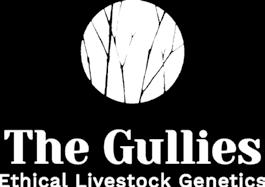
Achievement of good growth rates in newly weaned lambs or calves requires high levels of both energy, at more than 11MJ ME/kg DM, and protein with a minimum of 18% of crude protein in drymatter. The need for protein is both to satisfy continued growth of the newly developed rumen and provide the building blocks for muscle deposition.
Generous allowances of grass-clover mixes and lucerne will provide this ideal mix of energy and protein in late winter-spring when optimum growth rates will be achieved, providing animal health is up to scratch. Other options to boost growth include use of herbs such as chicory and plantain in pasture mixes. These have the added advantage of being drought resistant with deep rooting systems. In addition, plantain contains tannins, as do legumes like Lotus corniculatus, and this protects protein from degradation in the rumen with associated production advantages.
Cleardale sheep are run in contemporary mobs, with all breeds mixed together so they can be accurately compared when measurements are taken — eye muscle scanning, fleece weights and samples, individual faecal egg counts and body weights.

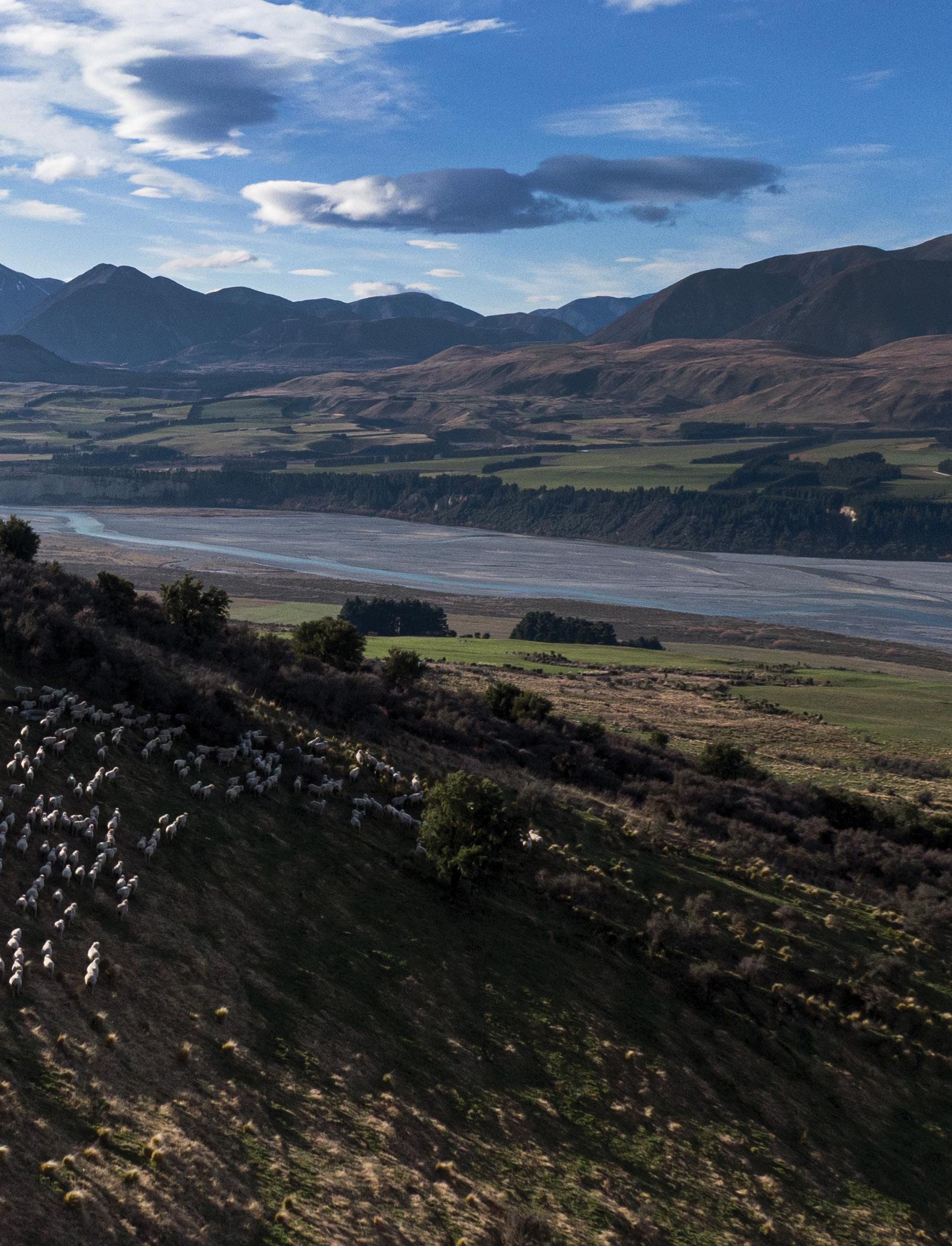 STORY AND PHOTOS BY SARAH HORROCKS.
STORY AND PHOTOS BY SARAH HORROCKS.
In 2013, the New Zealand Merino Company (NZM) was searching for fine wool to fill a lucrative 23–25 micron Smartwool contract. In an ideal world, the answer would be to farm more fine wool sheep to meet demand. However, the limitations of Merinos, driven primarily by their intolerance to the bacterial disease footrot, meant they were better suited to certain geographic and environmental conditions where footrot was less prevalent.
But what if a new fine wool sheep type could be bred to target NZM’s fine wool fibre and meat contracts while being an easier-care alternative to traditional finewool sheep types?
This was the premise of the NZ Sheep Industry Transformation Project (NZSTX), a seven-year Primary Growth Partnership between NZM and the Ministry for Primary Industries, aimed at increasing the production of fitfor-market sheep, supporting finer wool production, and using product differentiation to improve grower returns.
NZM approached Australian geneticist Dr Mark Ferguson to lead its production science team. He’d just completed his PhD in Merino genetics and was
lecturing in animal science at the time.
Ferguson was convinced he could create a new fine-wool sheep genotype with an improved carcase, high reproduction rates and vastly improved animal health.
“In short we wanted to breed a Romney with fine wool,” Ferguson said.
The idea was pitched to fine wool sheep breeders across the South Island. Seven of them joined the project and a nucleus flock of fine wool breeds from four breeders was established.
The first artificial insemination mating was underway by April 2013. Lambs from this mating were all farmed as one ‘contemporary’ group (meaning they were run in mixed-breed groups with peers, and not in A or B mobs) at Stonyhurst in North Canterbury.
As a science-based industry project, there was no breed society to enforce rules, meaning it was relatively simple to follow Ferguson’s 10-year breeding objective for what the 2023-born progeny would look like.
“Getting rid of footrot was probably 1, 2 and 3 on that list,” Ferguson mused. He said if they wanted to take fine wool sheep out of the Southern Alps, they had to get them resistant to footrot.
Ferguson and his team set about
creating a tool to predict resistance in the animals. Initially they considered a DNA-based genomics test, but realised this was a long and arduous road. They instead decided on a quantitative trait, setting up a progeny test that has now hosted more than 300 fine wool rams from across the South Island and Australia.
The progeny of these rams were managed together on host farms around the South Island. They were foot-scored (where all four feet are scored on a sixpoint scale from 0–5 during an active footrot challenge) and this data, along with pedigree and other information was collated by scientists in Australia to provide the basis of a breeding value.
Ferguson and his team began a similar process working on farm with ram breeders and the SX group. Data from these properties was combined with the progeny test data and developed by Sheep Genetics in Australia into the estimated breeding value (EBV) for susceptibility to footrot (FR), describing a sheep’s susceptibility to footrot and measuring how well a sheep retains foot health under a challenge with virulent footrot.
With this came the capability to improve the SX flock’s footrot resistance
The New Zealand sheep industry has had many discussions over the years about the perfect sheep and how that fits into the diverse range of farming conditions. There is no one-size-fits-all solution, but a group of farmers and a scientist are working on that idea.
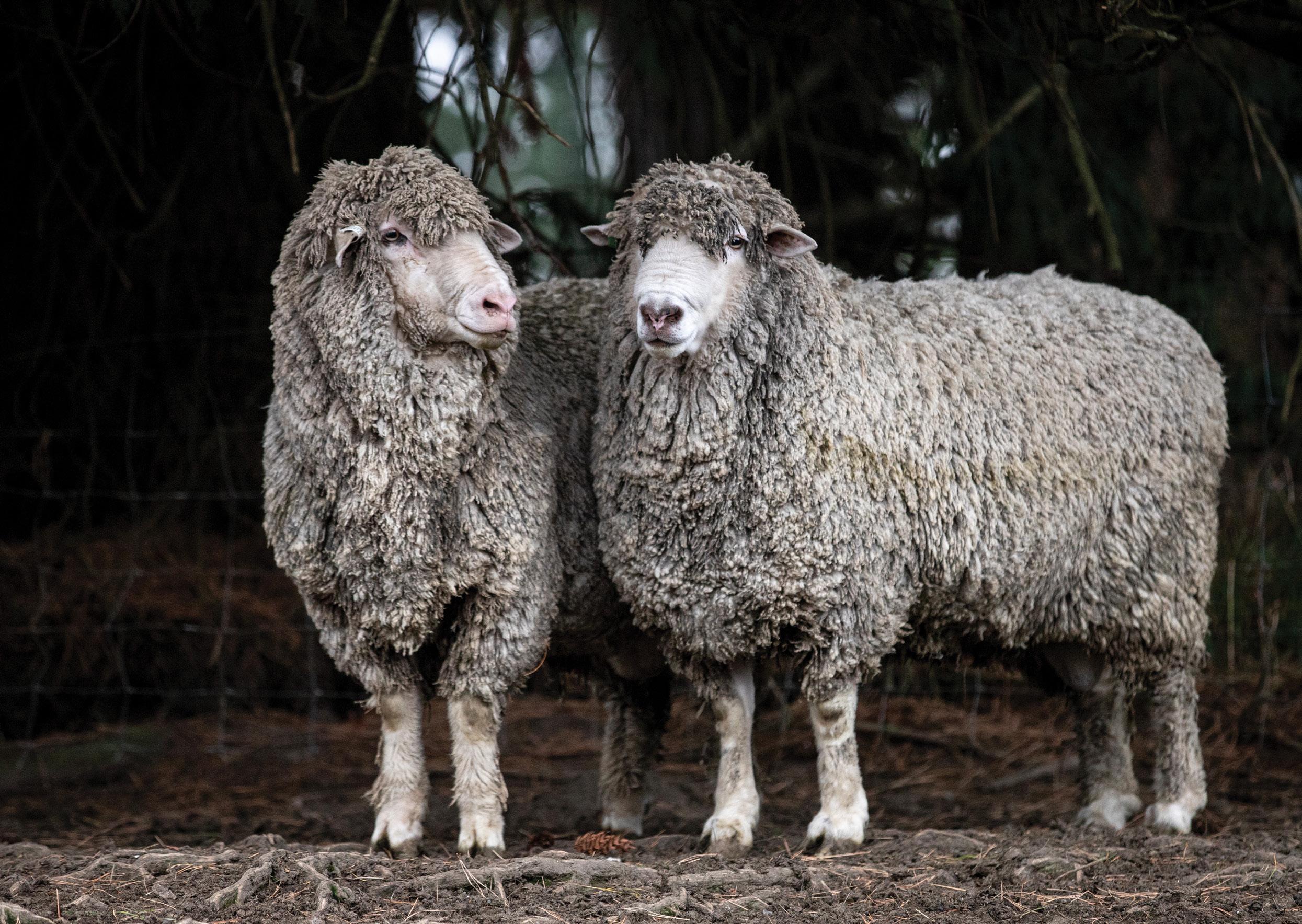
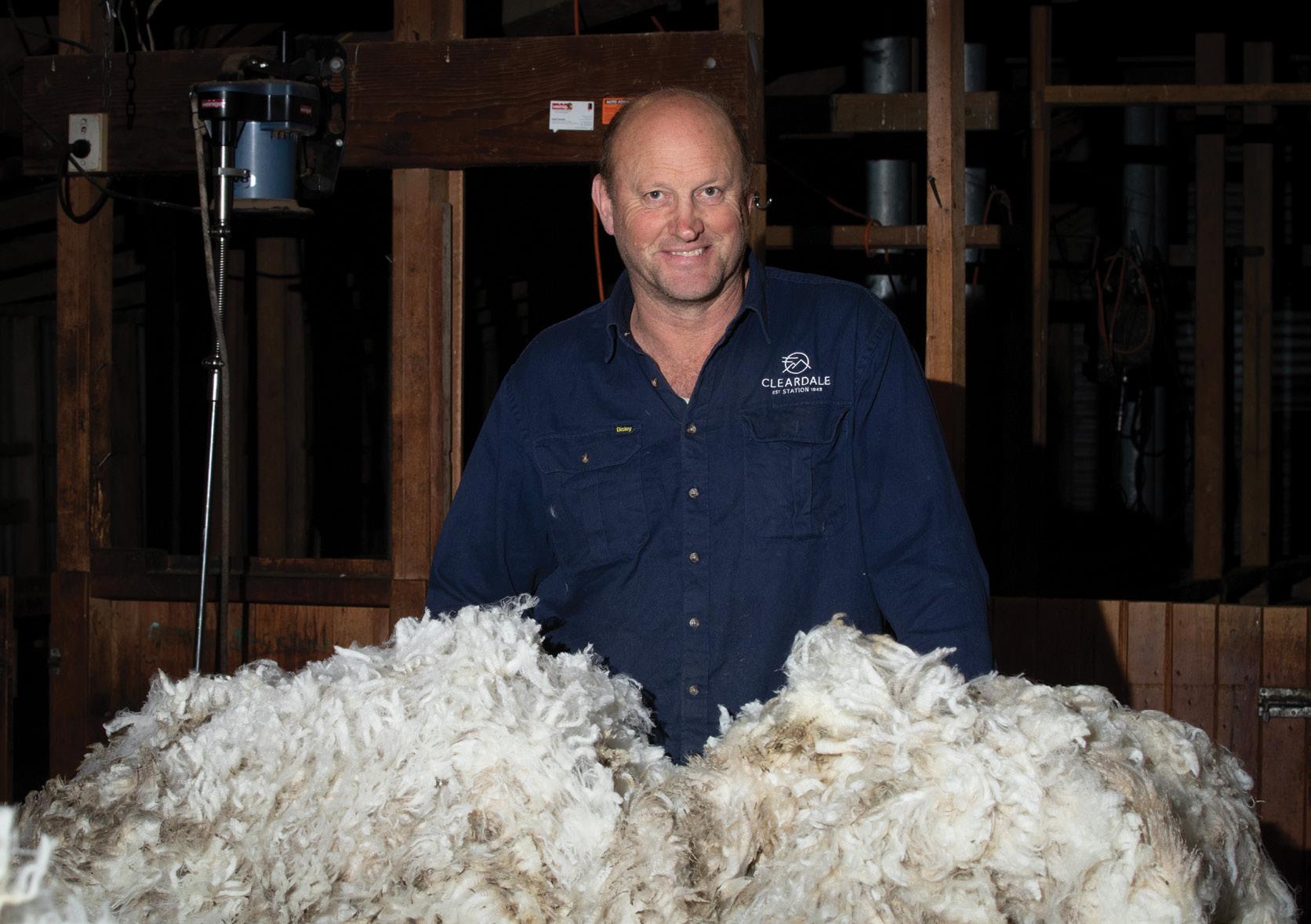
This programme aimed to increase the production of fit-for-market sheep, support finer wool production, and use product differentiation to improve grower returns.
Programme start: September 2010
Programme end: June 2017
PGP funding: $16.8m
Industry funding: $16.8m
Crown funding paid out: $16.47m SX was one of four projects delivered out of this funding
Estimated economic benefits to NZ: $250m a year by 2025
Commercial partners: The NZ Merino Company Ltd
as fast as the reproductive cycle would allow. Other breeding objectives for the nucleus flock were a 22–23 micron moderate-weight fleece, internal parasite resistance, and ewes weaning 130–135% lambs that would kill at 20kg CW by seven months of age.
Early matings involved merging genes from sheep with strong meat attributes with those of sheep with excellent fine wool attributes. Available fleece combined with the fertility and growth rates of a crossbred meant the earning potential of an SX Fine Wool sheep could be higher than a crossbred.
“In recent years we’ve also put emphasis on dag score and worm resistance and we’ve now got the highest footrot resistance in the fine wool industry,” Ferguson said.
When making a direct comparison back to the Merino, he said the SX programme never set out to replace the fine wool Merino. Instead, it was developed to produce a fine wool fleece in areas of NZ where farming a Merino would be marginal.
Ferguson is pragmatic when looking at the SX breed in relation to Romney.
“I don’t think we can say they’re a fine wool Romney just yet.”
They’re slowly catching up on the crossbred performance and he’s certain they’ll be competitive in coming years. SX rams going into North Island hill country are reportedly performing well and not having issues with footrot.
In future, the group plans to refine the breed and squeeze every trait possible –lamb survival rate, tidying up the wool to fit into lower micron apparel contracts and improving growth traits.
Testing work is underway in the facial eczema space and Ferguson hopes they may be able to create tolerance to enhance their appeal in the North Island.
“Initial trials indicate the SX may already be more tolerant than the average sheep.”
Most of the new genetics come from within the group, with Ferguson having harvested everything he can from Australia and New Zealand.
Perfect foot. Slight to moderate inflammation from water maceration with some erosion and hair loss between the claws.
The skin between the claws is inflamed and raw often with exudate and redness. This condition may involve part, or all, of the soft horn on the inside of the claws.
Separation of the skin-horn junction, with underrunning of the heel or sole ranging from 5mm to fully across the sole but not extending to the outside edge of the sole of the claw.
Extensive underrunning extending across the outside edge of the sole of the claw into the hard horn of the hoof wall with signs of active infection.
This is the most severe form of the disease involving the sole, with extensive inflammation and underrunning of the hard horn of the entire hoof.

“We have come through with a couple of industry-leading rock stars who are trait leaders for footrot as well as other traits – Cleardale 171230, sired by a ram from the nucleus and SX 180141, who was bred in the nucleus flock.”
Both rams have made an impact with Cleardale 171230 recently selected for the Beef and Lamb Central Progeny Test. The results will show his worth compared to all animals on the SIL (Sheep Improvement Ltd) database, providing a great opportunity to benchmark the SX breed against tried and tested Kiwi breeds and make informed decisions.
The nucleus flock is 300–500 ewes, depending on culling rates. At the conclusion of the NZSTX project in 2017, the six remaining breeders in the group – Cleardale, Melrose, Stonyhurst, Matakanui, Ida Valley and Earnscleugh – have funded the SX programme. These breeders take their genetics from the nucleus flock and then sell the progeny into commercial industry through ram sales. Farming ultimately comes down to profitability for everyone involved and ten years on, the SX Fine Wool breed is edging closer to becoming that perfect sheep.
Ben Todhunter at Cleardale Station says his shift in the SX Fine Wool direction was an obvious decision, commercially for wool and meat production, and to remove the burden of footrot.
“We put ewes and rams into the nucleus flock and mirrored the programme here with our own sheep.”
Todhunter traditionally ran Merino, English Leicester and a halfbred (English Leicester x Merino) on Cleardale, which were heavily used in the SX programme. He now also runs an SX Fine Wool flock and started selling the rams in 2018 by private treaty. He’s hosted two on-farm sales, with the third due in January 2024.
“In 2022 we sold 80 rams at about $2500 a head and then in 2023 we sold 100 at $2000 a head.”
The rams are sold to a wide range of
Cleardale runs an SX Fine Wool stud flock and started selling the rams in 2018 by private treaty. They will host their first on-farm sale in January 2024.
Figure 2: A flock undergoing a footrot challenge. The bell curve shows the flock’s distribution of EBV for susceptibility to footrot (FR) Australian Sheep Breeding Values (ASBV). The axes show the relationship between the FR ASBV and the flock’s subjective foot scores as a percentage. The more negative (left) the flock’s average FR ASBV is, the less susceptible the flock is to footrot.
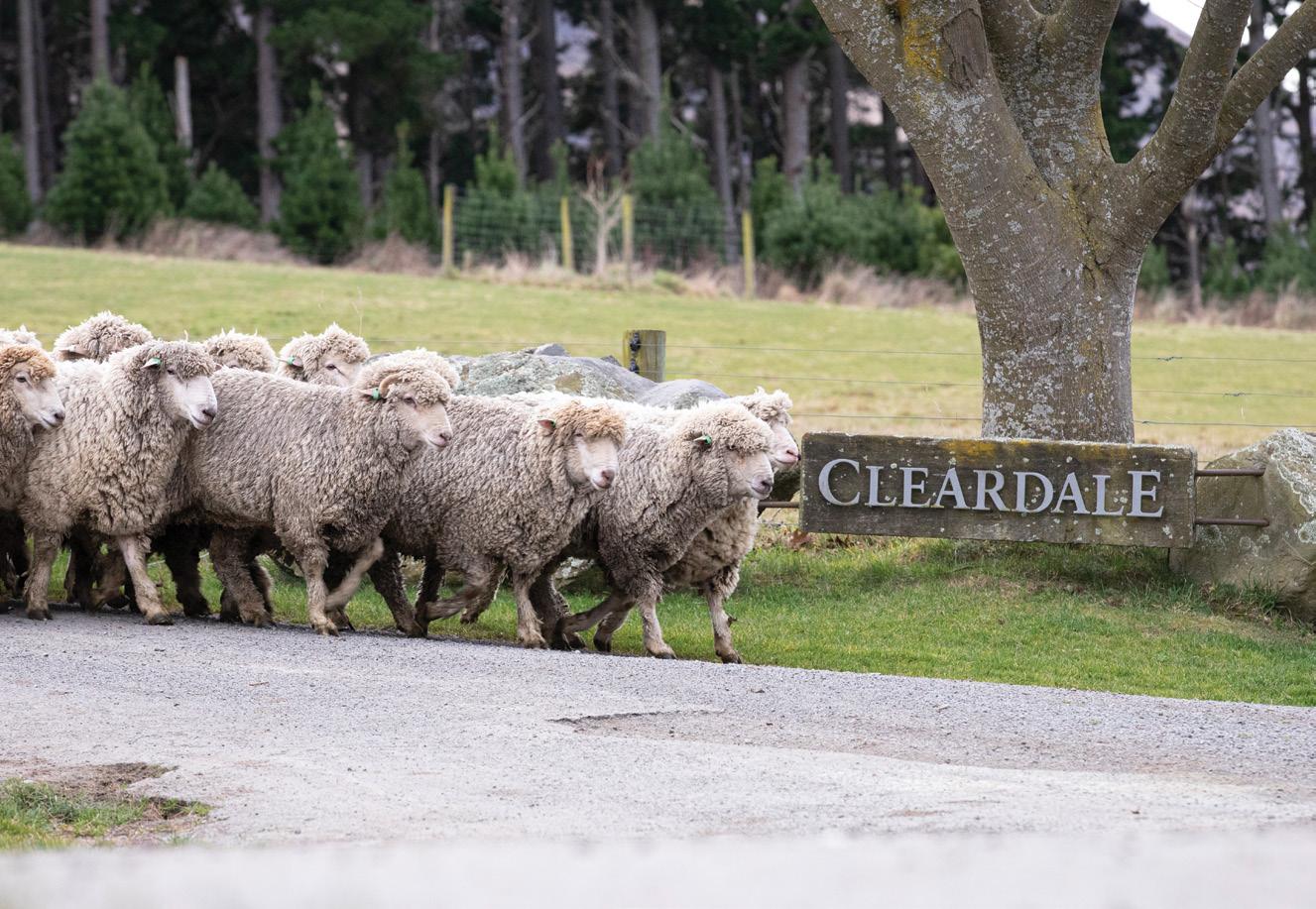
clients, from crossbred farmers wanting to bring their wool finer, to fine wool farmers wanting to add growth and muscle.
“The big thing is maintaining your reproduction at the same time and getting rid of footrot.”
As deputy chairman at NZM, Todhunter said recent markets have seen some unsteady shifts in the demand for certain micron fine wool.
“Smartwool’s growth is now in the apparel space so I think the SX wool will need to come a bit finer to fit that market.”
As far as the meat industry goes, the SX lambs slip into Alliance’s Silere programme, being at least 50% Merino.
“Typically you’d kill a Merino as a hogget rather than at weaning.”
Todhunter says Merino lambs are generally run through the winter, shear a valuable 3–4kg fine wool fleece in the spring and are then killed when there’s not a big supply of lamb around.
“There’s space in the market to fetch a premium for them at that time.”
Cleardale has been finishing their homebred SX Fine Wool lambs and the results are proving their worth. Todhunter said they grow faster so after taking them through to April, they can shear 2.5–3kg of 85mm staple length fleece and then kill them out at 21–23kg before that first winter.

“The SX wool tends to grow faster than the Merino, so the staple is longer and reaches a combing length of 75mm earlier.”
Cleardale’s sheep are run in
‘contemporary’ mobs, meaning all breeds are mixed together so they can be accurately compared when measurements are taken – eye muscle scanning, fleece weights and samples, individual faecal egg counts and body weights.
Mark Wragg was a strong wool Romney farmer until four years ago. He was always keen to get into fine wool sheep but was nervous due to their traditionally low muscle mass and tendency to get footrot. It wasn’t until he went with his father and business partner Ken Wragg to an NZM event showcasing the SX Fine Wool programme that he changed his view.
The Wragg’s 1400ha farm Steventon
is in Whitecliffs, Canterbury. It’s predominantly extensive hill country but there is 200ha of intensive heavy clay downs country which doesn’t suit a traditional fine wool sheep.
“It’s pretty hard on feet when they’re down in the paddocks.”
He was also determined to maintain production through lambing rates and weaning weights. The SX Fine Wool breed supposedly solved all these problems.
Steventon runs 4000 ewes and 1200 replacements, with about two-thirds of the total going to an SX ram. Since the first mating in 2019, they’ve seen quite a big variation in both the wool and lamb size when they’re coming out of a Romney ewe, but Wragg puts that down to what he calls, “first-cross syndrome”.
Weaning weights have remained consistent with when Wragg ran straight Romneys, and he feels that if anything, they’ve climbed a bit. There are also fewer bottom-end lambs than he saw coming out of the Romneys.
“We weaned all the second cross lambs together last year and they were a nice even line.”
The growth rates at Steventon, which are measured with EID tags, haven’t dropped since shifting from Romneys, and Wragg credits the breeding value for footrot with taking care of that problem.
“I haven’t seen a sheep come through with footrot yet.”
The wool is improving year on year with the second and third crosses. Wragg said he’s still got first-cross lambs coming out of the Romney ewes and then has first-cross two-tooths, as well as first- and second-cross hoggets mated to SX rams.
Once the full clip drops down under 25 micron Wragg expects to see a big lift in his wool cheque. In the first year of the transition, it was a good season so he could hang onto the lambs and shear 4000 first-cross lambs.
“Even in that first year, they went from $2.50 Romney lambswool to almost $10 a kilo for the first-cross

Below: The SX Fine Wool (right) tends to grow faster than Merino, so the staple is longer, reaching a combing length of 75mm earlier. Bottom: Cleardale runs all their rams together in one mob – Merino, SX fine wool and English Leicester. Opposite page: Ben Todhunter says his shift in the SX Fine Wool direction was an obvious decision.
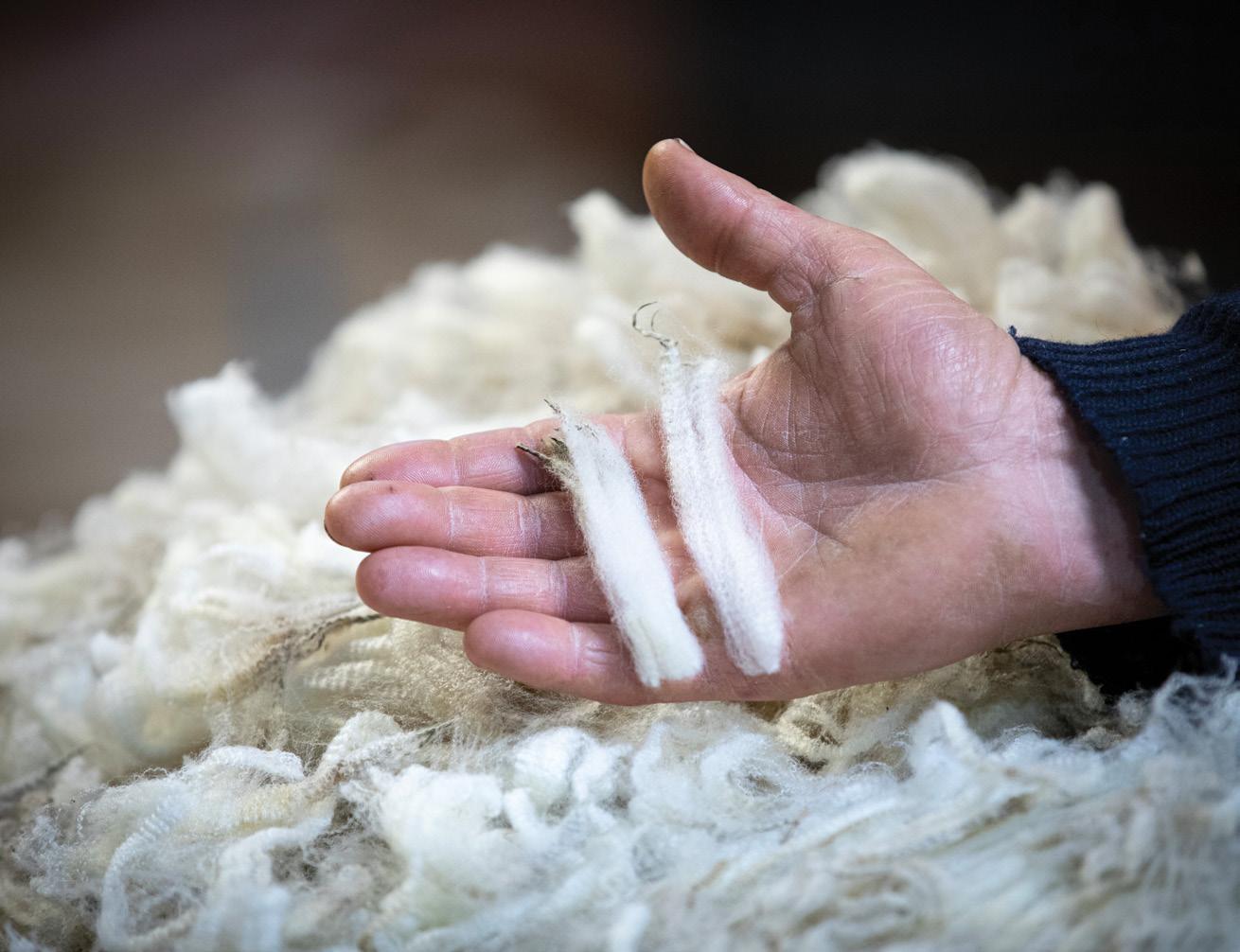
GLENITI Bill & David Hume 027 4077 557 w_hume@xtra.co.nz
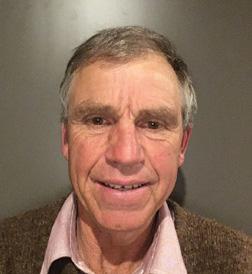
MELDRUM John & Steph Wingate 06 375 0602 jandcwingate@xtra.co.nz
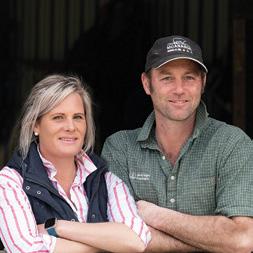


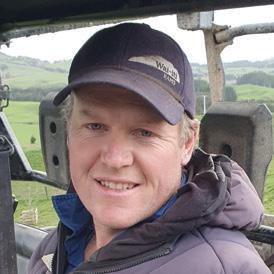
GRASSENDALE George & Luce Williams 027 RAMSHOP george@grassendale.nz
TE WHANGAI
Hamish de Lautour 027 447 2815
TURANGANUI Mike Warren 06 307 7841
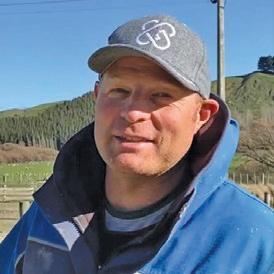
WAI-ITI
Zandy & Caroline Wallace 022 658 0680
farm@waiitirams.co.nz
WAIRERE Derek & Chris Daniell 021 751163

derek@wairererams.co.nz
MOTU-NUI Ben & Vibeke Morrison 06 374 3855
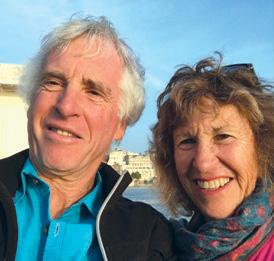
ben.morrison@xtra.co.nz
-Guaranteed performance
-Innovation
-Connectedness
-Scale
Trusted for over 50 years. Contact us for your 2023 Rams.
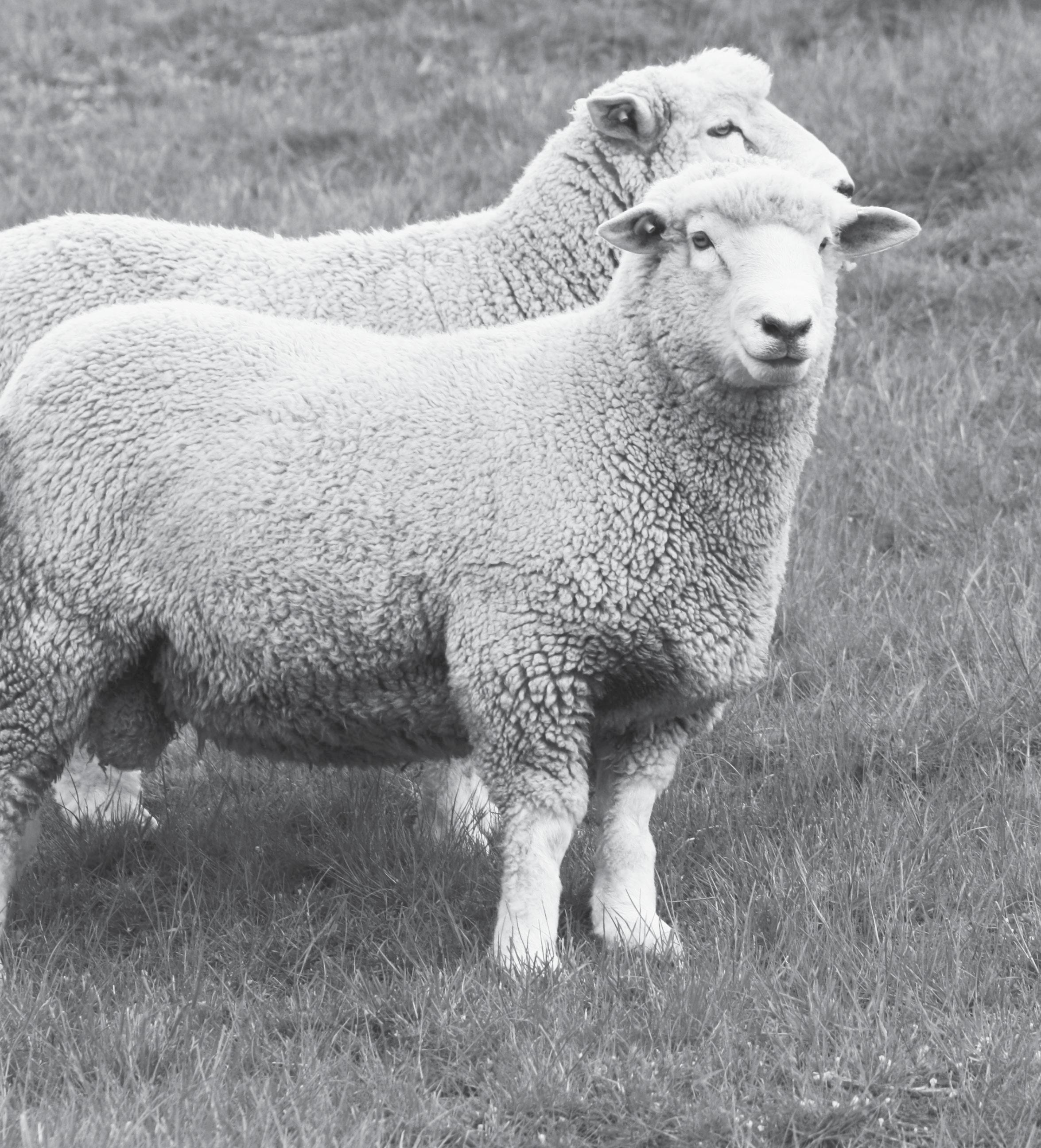
lambswool with NZM.”
As yearlings, the first-cross hoggets had dropped to 26 micron and the finer end of the ewes is now under 25 micron.
Seeing what data can do and the amount of progress made with recording is something that gets Wragg excited, and he’s looking forward to getting his full ewe clip under 25 micron, while holding onto good scanning and weaning rates.
Wragg said last year was a terrible year for trying to grow lambs, with only 30% of the halfbred lambs up to weight for mating. They’re all weighed off at 40kg the day the ram goes out and Wragg
hopes this will be more like an 80% hit rate this year.
“Last year was just a particularly bad year for lambs, with a wet and cold spring.”
Landcorp Farming Ltd (Pamu), has been monitoring work done by the SX Fine Wool breeder group for several years. NZM pointed Landcorp and its subsidiary Focus Genetics in the direction of the work the SX breeders were undertaking, having demand for more wool in the 21–25 micron space.
Landcorp has been mating about 50
SX Fine Wool rams to a few thousand Romney ewes on one of its Otago farms, which are now coming into their third mating. However, when approached for contribution to this article, Landcorp was not forthcoming with the details and results of its programme.
The farms are not in traditional fine wool country, but Landcorp did say they were confident in the science behind the estimated breeding value that says they won’t have problems with footrot. Landcorp went on to say the data is all there to tell you how they’re going to perform and they’re pleased with the two lamb drops so far.
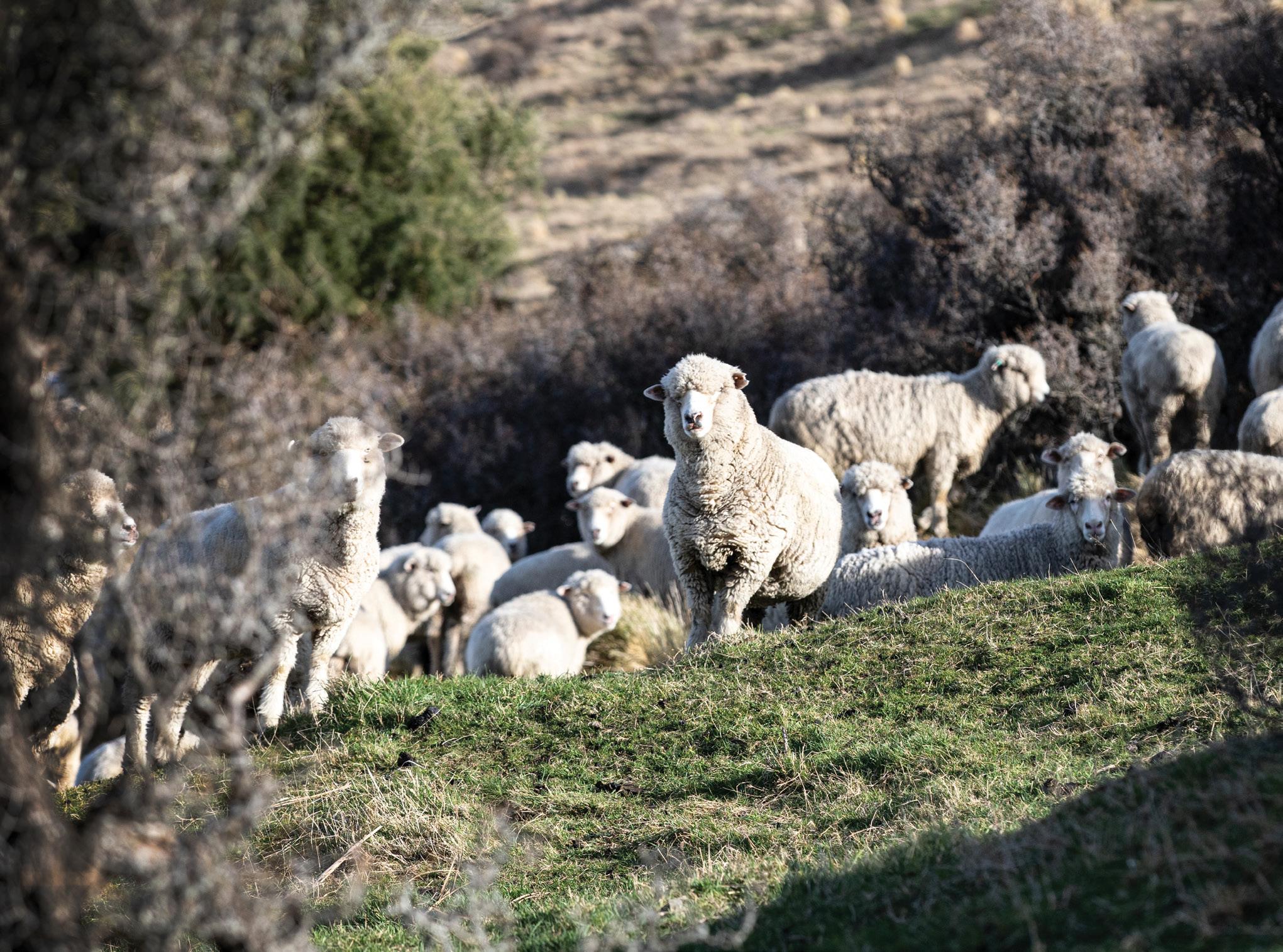
“I haven’t seen a sheep come through with footrot yet.”


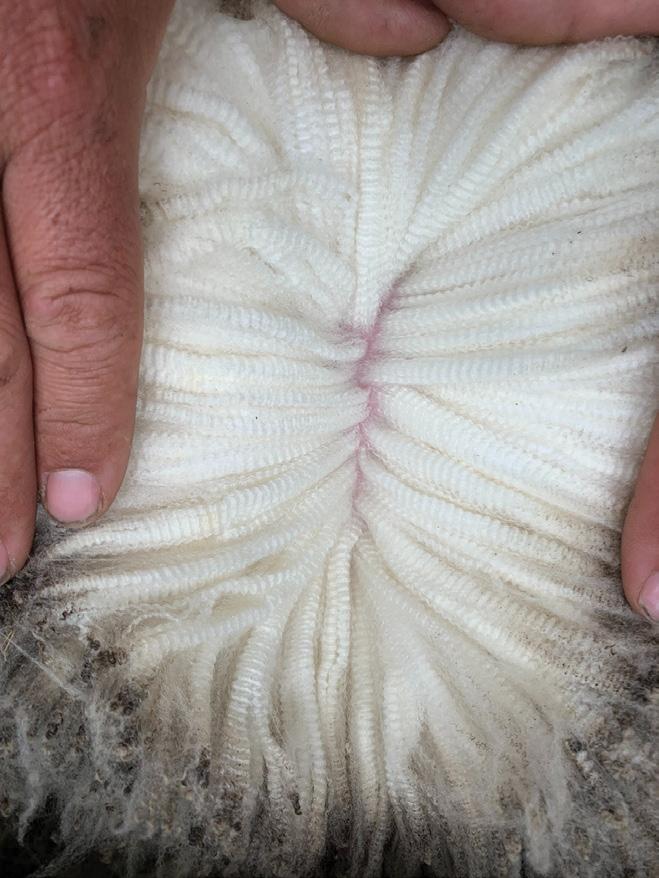

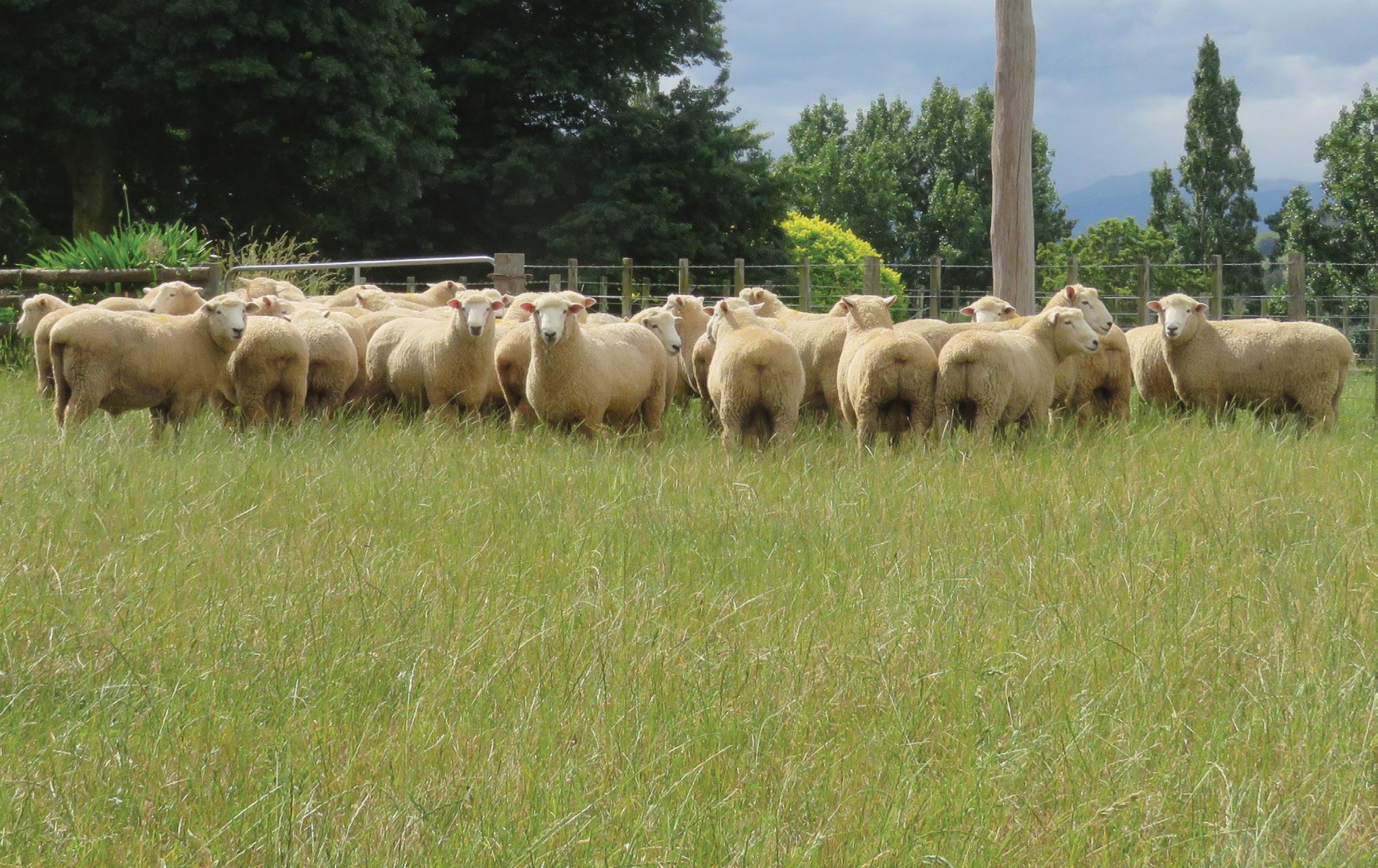
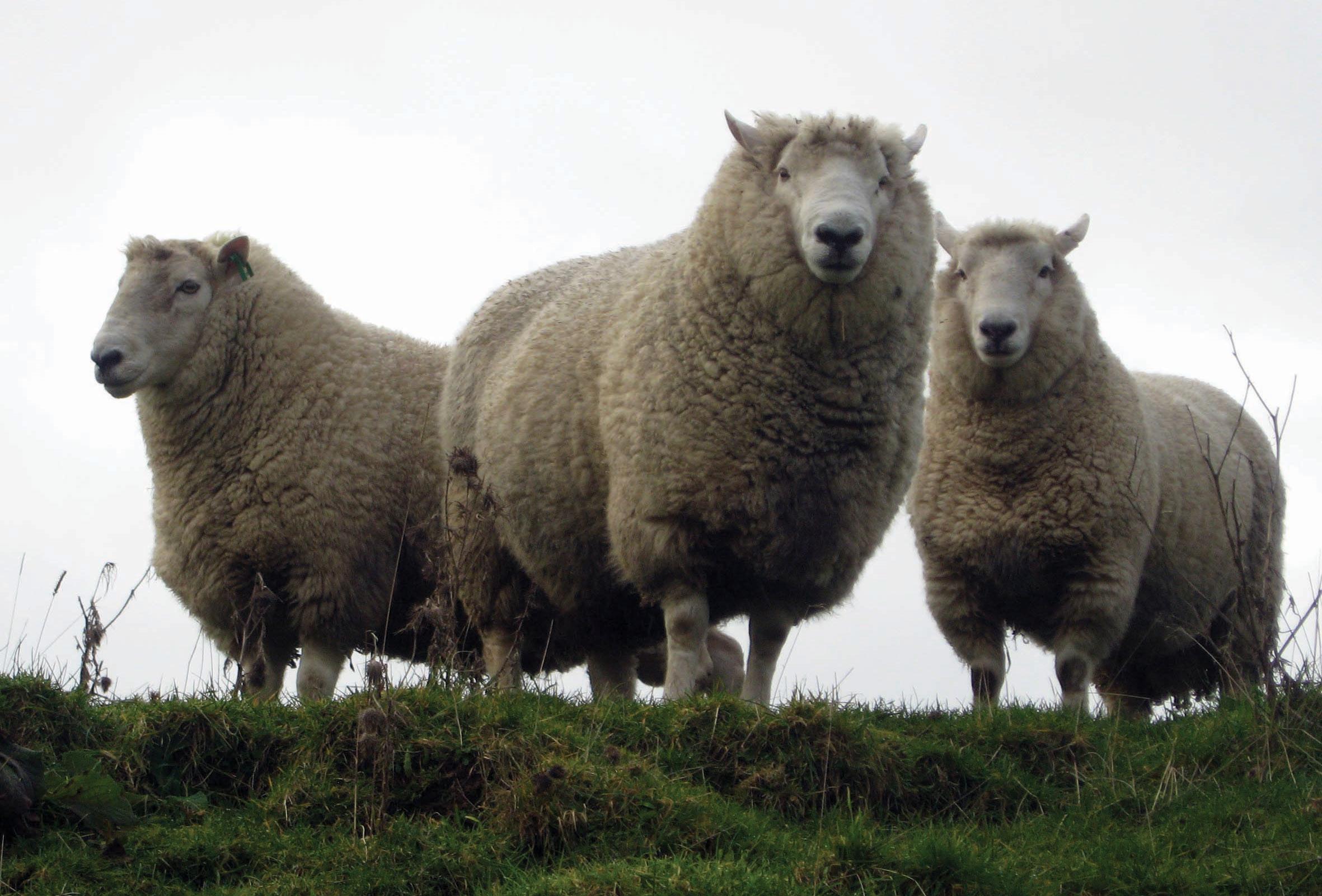
Good


FE ELITE
Established 2012
Our breeding objective is to produce FE tolerant high meat yielding rams with highly productive daughters.
• Using NZ’s highest FE tolerant Texel Genetics (.53)
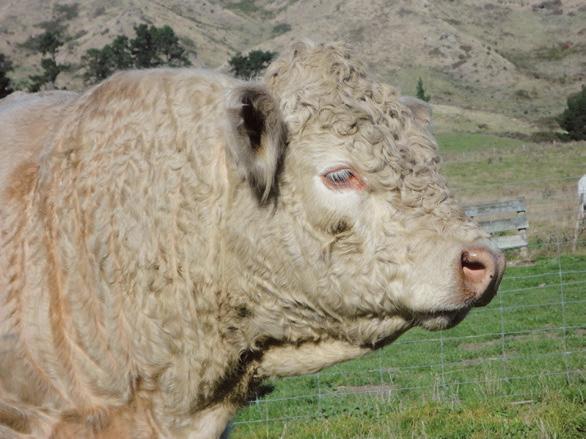
• Incorporating Coopworth genetics from Marlow; Romani and Nikau studs
• Producing Coopworth X Texel dual purpose rams
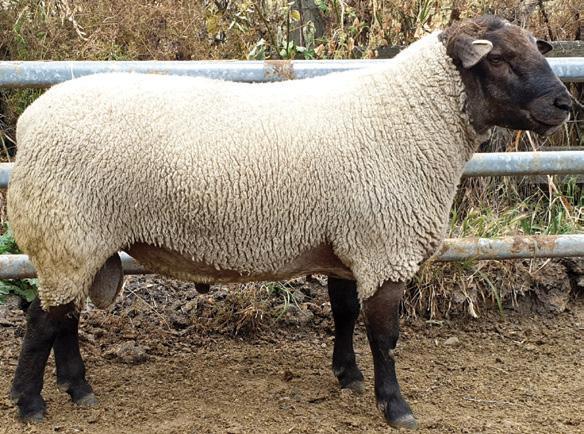

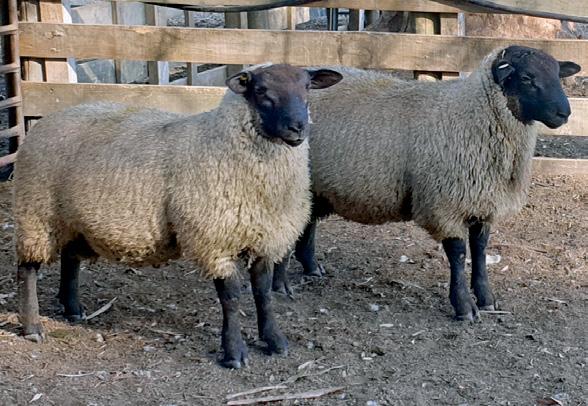
• 1000 recorded ewes

• Using EMA and CT scanning to ID superior meat performance
• DNA testing for footrot; cold tolerance; microphthalmia
• Ramguard testing sires since 2012
• Grass fed (no crops)
• Run in large mobs
• Commercially farmed
Enquiries welcome: Rob Forsyth 027 604 0044 robandkath@farmside.co.nz Roger Weber 06 374 5229 rogweber@hotmail.com
Romtex – Fertile Modern Maternal Suftex – Identifiable Terminal Texel – Multi-trait Dual Purpose
2700 Fully SIL recorded Stud Ewes 1000 Mated Hoggets Plus 300 Fully Recorded Charolais Cows hemingfordgenetics
CONTACT: Sam Holland
HEMINGFORD
Culverden, North Canterbury 021 181 4868 • 03 315 8689
E: vikiholland@amuri.net
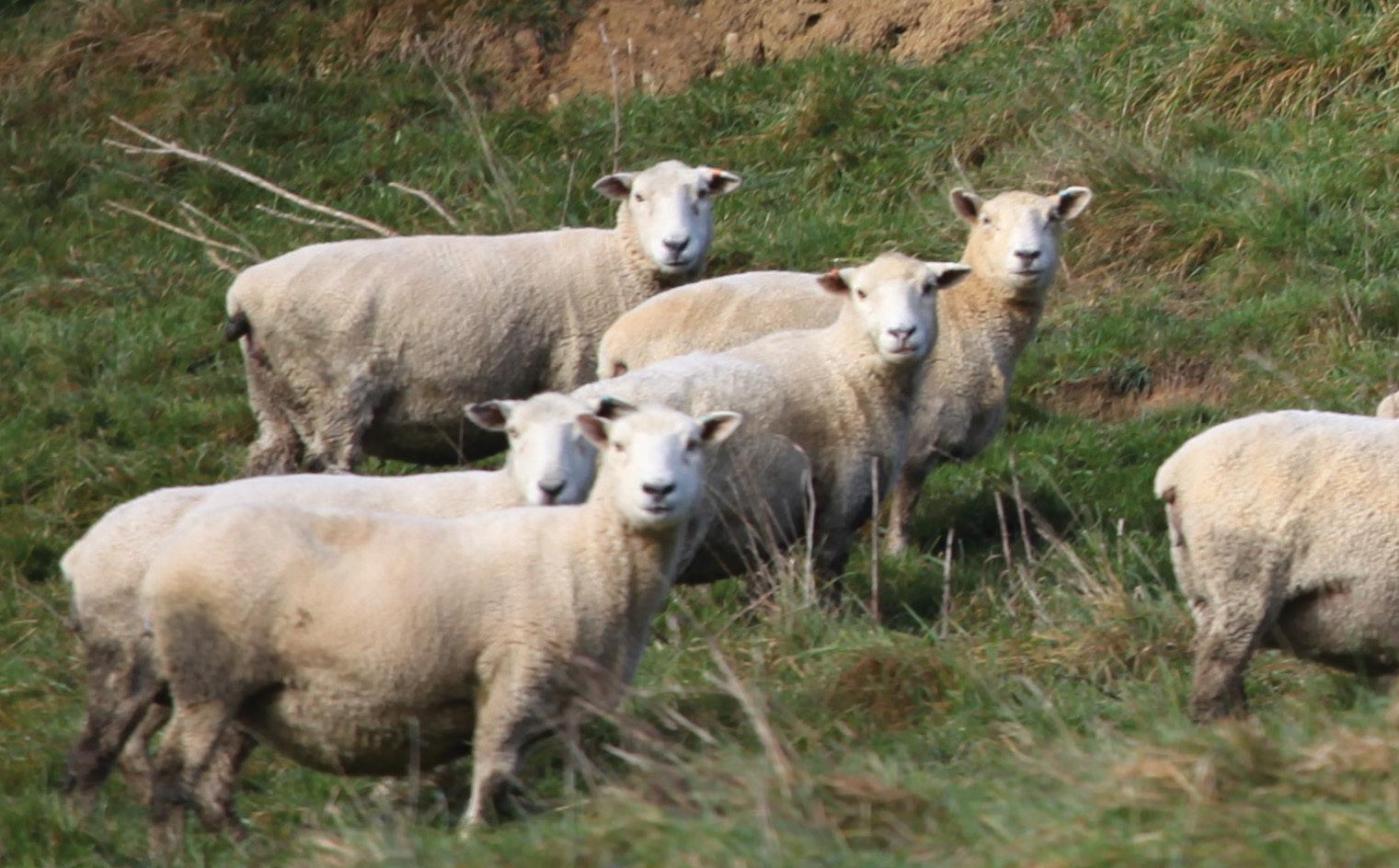
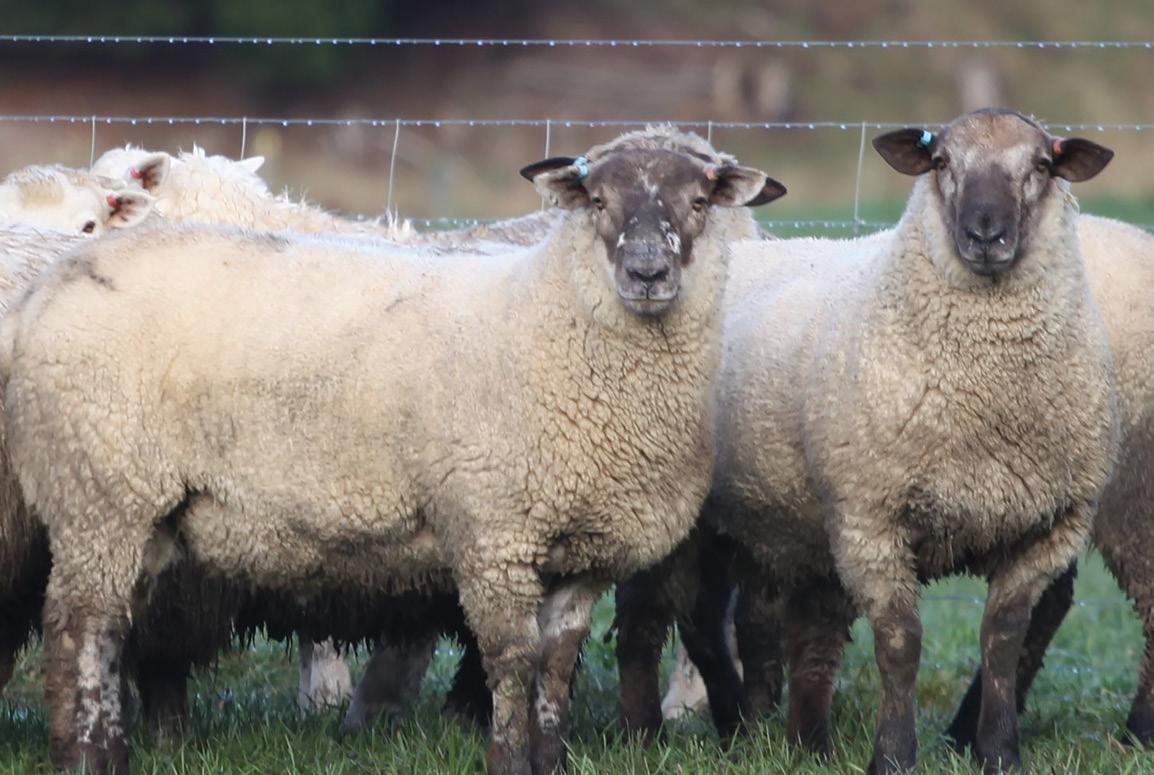
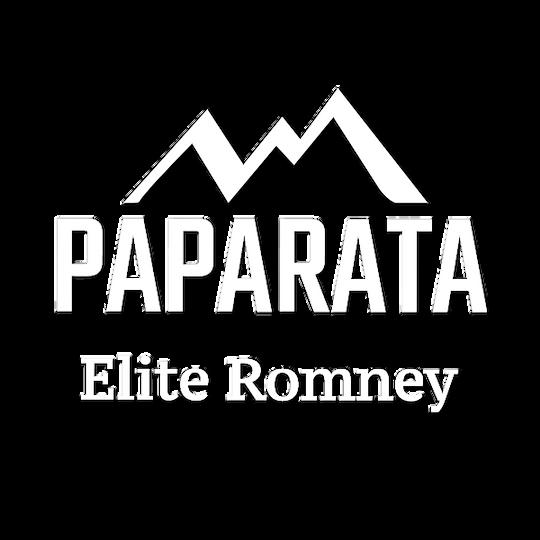
M e a t p r o c e s s o r s d o n ' t w a n t l a m b s t h a t p r o d u c e a c a r c a s s u n d e r 1 6 k g s . L a m b g r o w t h h a s a l w a y s b e e n a b r e e d i n g t r a i t P a p a r a t a h a s f o c u s e d o n . G e t t i n g l a m b s o v e r t h e 1 6 k g b a r r i e r .
T h e k i l l s h e e t b e l o w i s o f P a p a r a t a r o m n e y r a m l a m b s k i l l e d o n t h e 1 9 t h J a n 2 0 2 3 . T h e r a m w a s p u t o u t w i t h t h e i r m o t h e r s o n t h e 1 s t o f A p r i l T h e y w e r e n o t o l d l a m b s a n d w e r e f i n i s h e d o n P a p a r a t a h i l l p a s t u r e s . T h i s s h o w s t h e h i g h g r o w t h r a t e s o b t a i n a b l e f r o m u s i n g P a p a r a t a g e n e t i c s
All Rams sold with a FE INDEX
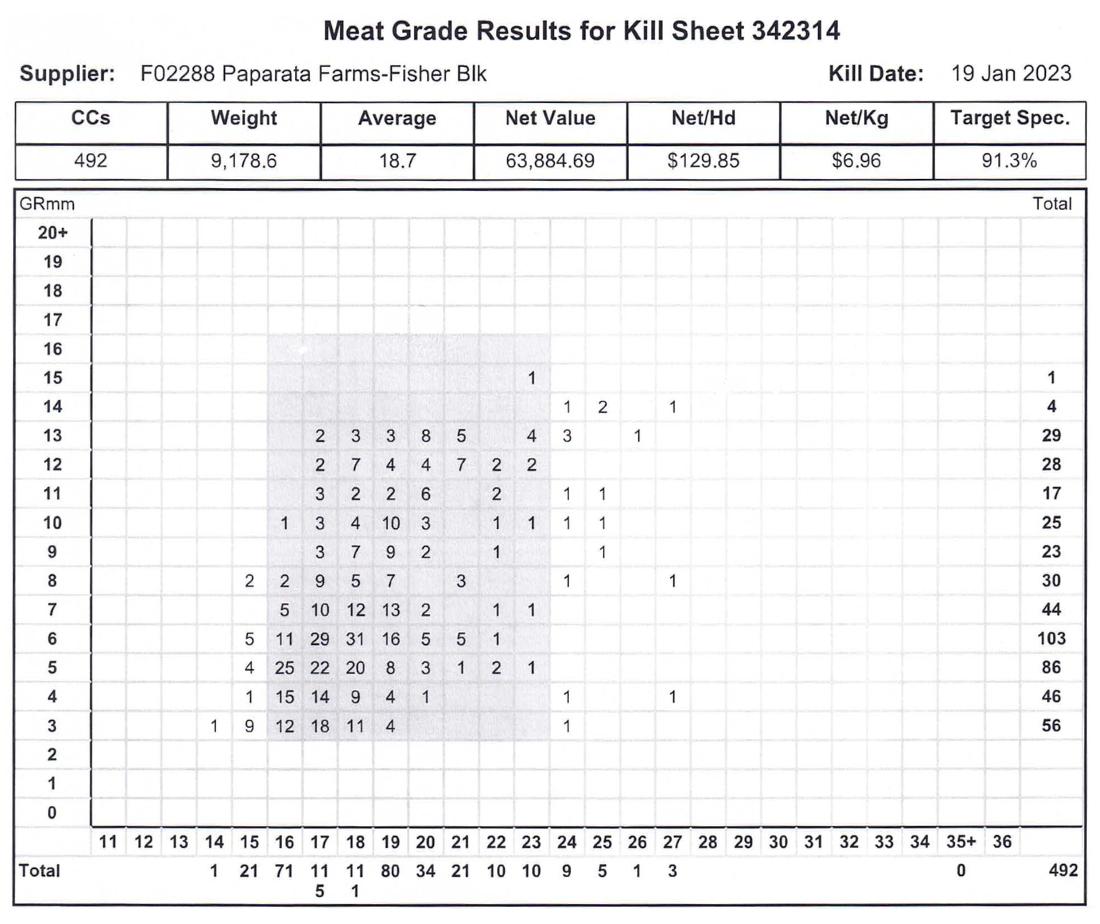

P a p a r a t a F o c u s - S h e e p P e r f o r m a n c e O n H i l l s
G R O W T H :
T e K u i t i M e a t P r o c e s s o r s S u p p l i e r o f t h e Y e a r 4 t i m e s .
3 0 0 g / d a y g r o w t h r a t e s a c h i e v e d
F E R T I L I T Y :
w w w . p a p a r a t a . c o . n z
R a m H g t s
For some time, North Canterbury farmer James Hoban has been pondering the benefits of Lincoln foot scores for sale rams. He decided to do his own research and in doing so, raised a hackle or two. With assistance from science editor Nicola Dennis.
OUR FAMILY HAS been investing in the Lincoln footscores for our sale rams over the past eight years. We were not early adopters of the test. When we select stud Corriedale or South Suffolk rams a desirable foot score is a bonus, but the absence of a foot score will not stop us buying or using a ram we like. We test about 40 Corriedales and specific South Suffolks on request.
We have discussed the test at length with other breeders over the years – from sceptics to strong believers. When the test was publicly challenged by Merino NZ research in 2013 it created quite a stir amongst Corriedale breeders in particular – with people on all sides of the ensuing debate.
From a breeding perspective we have used the test in response to demand from clients and will continue to do so. Client demand
is a convenient reason to continue with the test as it transfers the need for belief in the test to the ram clients. It is also a slight cop-out.
Rather than being a strong believer in the test I have become confused about its merits. That is why I decided to write about it. I have listened to Dr Jon Hickford and Dr Mark Ferguson speak on the topic. They are both articulate and compelling, which makes their disagreement even harder to sort through. I thought that giving them both space to debate the topic would help me learn something and also assist others who have been dealing with similar lack of clarity.
Initially both Hickford and Ferguson were happy to provide me with written quotes, fully aware that it was for Country-Wide and that I would be talking to each of them.
Subsequently Ferguson accused me of bias and asked to have his name and quotes removed. He took his complaint beyond any editorial staff and straight to the owner of Country-Wide’s publishing house. The process I went through was clear and open. The story I wrote was true and challenged both sides of the argument. However, only one scientist opted for a full toy throw, while the other embraced the opportunity to have his say in public.
Subsequently, at his request, the quotes Ferguson provided have been removed from this story.
Readers can make up their own minds. I have aimed to give differing views a public forum – not to take a side. Ferguson’s vow of retrospective silence does not help to achieve clarity.
– James HobanLincoln University’s gene marker foot score test has been a prominent tool in sheep breeding since its development. For Lincoln University’s Dr Jon Hickford, the test has been a success story and career highlight. Hickford and his team have completed more than 110,000 tests since the late 1990s. This included more than 40,000 carried out with government funding support in the first three years.
The test is based on a small blood sample and gives rams a foot score on a scale of 1 to 5. The most desirable score for footrot resistance is a (1,1) with (5,5) at the opposite end of the scale.
Ram breeders have invested thousands in the Lincoln test and rams with a good foot scores have commanded a premium both at stud and commercial levels. With a number of breeders growing businesses on the basis of chasing desirable foot scores and footrot resistance, any effort to undermine the Lincoln test’s credibility was destined to create debate.
While this article will focus on the public debate, the Country-Wide team had to do some legwork to work out what was bunching up hewho-should-not-be-named’s knickers. This involved contacting some other research institutions, where it was discovered that the Lincoln test has been the subject of decades of inter-organisational research drama. A story for another time: but to briefly paraphrase, there are some concerns the test has not been independently verified across different sheep populations. The relationship between the markers tested and any mutation that is influencing footrot may have degraded over the many years the test has been on offer. And there is consensus (from genome-wide association studies) that footrot scores are a quantitative trait – that is, many genes are involved in the phenotype -- so the Lincoln test may only tell a very small part of the footrot story.
While there was bickering in the ivory towers, it was Merino NZ’s Feetfirst programme, which attracted the government’s Primary Growth Partnership funding, that publicly challenged the usefulness of the Lincoln test. This work has followed a new path for breeding footrot resistant sheep, focussing on developing an estimated breeding value (EBV) for footrot. Along the way Merino NZ has challenged the basis of the Lincoln test.
“...the Lincoln test may only tell a very small part of the footrot story.”
Merino NZ supporters have said that the work done to create footrot EBVs has been game changing for fine wool flocks. In the opposite corner there are a number of farmers who claim the Lincoln test has transformed their flocks.

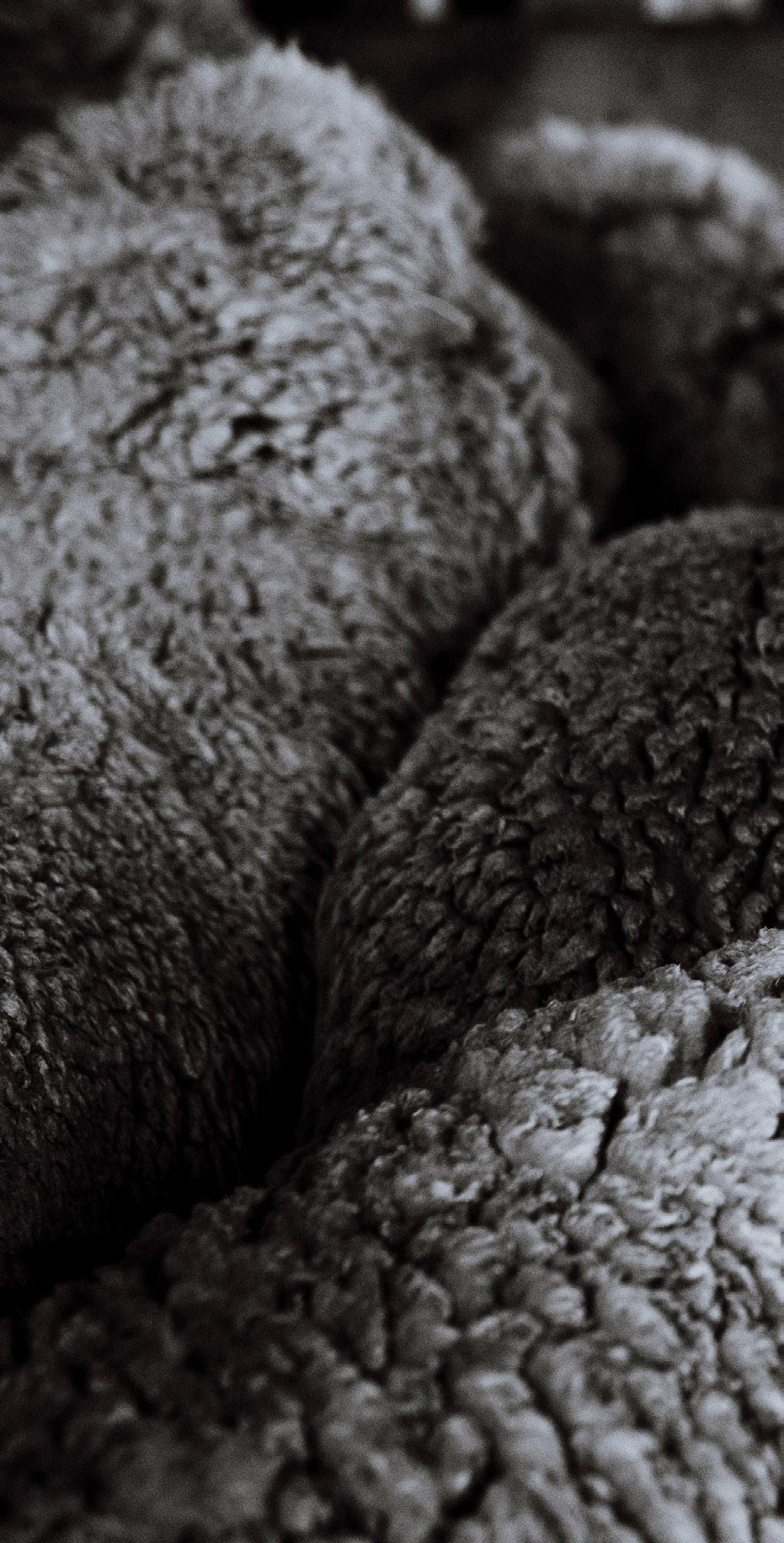
North Canterbury farmers Graham Reed and Beau McRae were reported in Country-Wide March 2022 as strong advocates for the test. For them, the lightbulb moment came when it was discovered footrot susceptibility was heritable. They stopped tipping over sheep, stopped vaccinating and started culling for footrot. Within five years they’d completely turned around their flocks.
There are other farmers, including ram breeders, who recount similar stories. These people cite the Lincoln test as responsible for the major transformation to their businesses. The argument against this is that they started testing at the same time as they started culling sheep with footrot. In all these cases, both happened at the
same time, but many people give the test the credit, rather than the culling. Central to any dismissal of the Lincoln test are scenarios where sheep with known foot scores have been exposed to footrot and regularly assessed for infection.
In Autumn 2013, 678 fine-wool rams were taken to Winchmore and exposed to sheep with footrot in circumstances favourable for transmission. Every week for a year the rams were inspected and any that developed footrot were culled. The rams that remained at the end of the trial had semen collected for use in the Merino NZ central progeny test at Waipara. This offered an opportunity to assess the footrot resistance of those rams’ progeny.
Over the next two years, Merino ewes were mated to a total of 80 sires by artificial insemination. Female progeny were deliberately kept clear of footrot so their performance across other traits
“Their activity with breeders doesn’t really interest me, as our test is still very useful and popular...”James Hoban on his North Canterbury farm.
could be measured without impediment. The male progeny were deliberately grazed in conditions where footrot was known to exist. The purpose of this trial was to generate footrot infection data for the progeny against their sires. It is on this basis that researchers drew conclusions around the Lincoln test being flawed and began development of the genomic breeding value for footrot resistance in fine-wool sheep.
If Hickford is concerned at Merino NZ’s public condemnation of the test, he does not show it.
“Their activity with breeders doesn’t really interest me, as our test is still very useful and popular,” he says. “It is one of 11 DNA tests we now offer our clients and that have been taken up en masse by sheep breeders. The test’s relevance is still high and we still do over 2000 gene tests a year.”
Hickford maintains the test is relevant across breeds.
“Originally we used Eddy Orr’s Corriedales, Rod Patterson’s Longslip Merinos, Ron Cox’s Coopworths, Bob Hewett’s Borderdales and a number of other flocks and breeds that I had access to. The test works across breeds, including Greek milking sheep, German Blackhead Merinos and Spanish Merinos.”
Hickford says that the work in these latter three breeds has been published in international peer-reviewed journals, and the key finding is that sheep susceptible to footrot in NZ are similar genetically to the sheep in Germany, Greece and Spain.
“That doesn’t surprise me, given our test assesses what underpins immunity to disease.”
The foot score test is used in Australia, New Zealand, the USA, Canada and throughout Europe, including Spain, France, Germany, Italy, Poland and Greece.
Hickford says its economic benefits have been validated in NZ by the Ministry for Primary Industries’ Sustainable Farming Fund.
What, does Hickford believe, are the limitations of the test?
“We only rate 17 of the 35 known versions or alleles of the genes we type for footrot susceptibility or tolerance. These tend to be the common alleles, but we do regularly test sheep that cannot be rated.”
So how then does Hickford respond to claims that the test has no relevance?
“When the Merino NZ people originally tested our gene marker, the
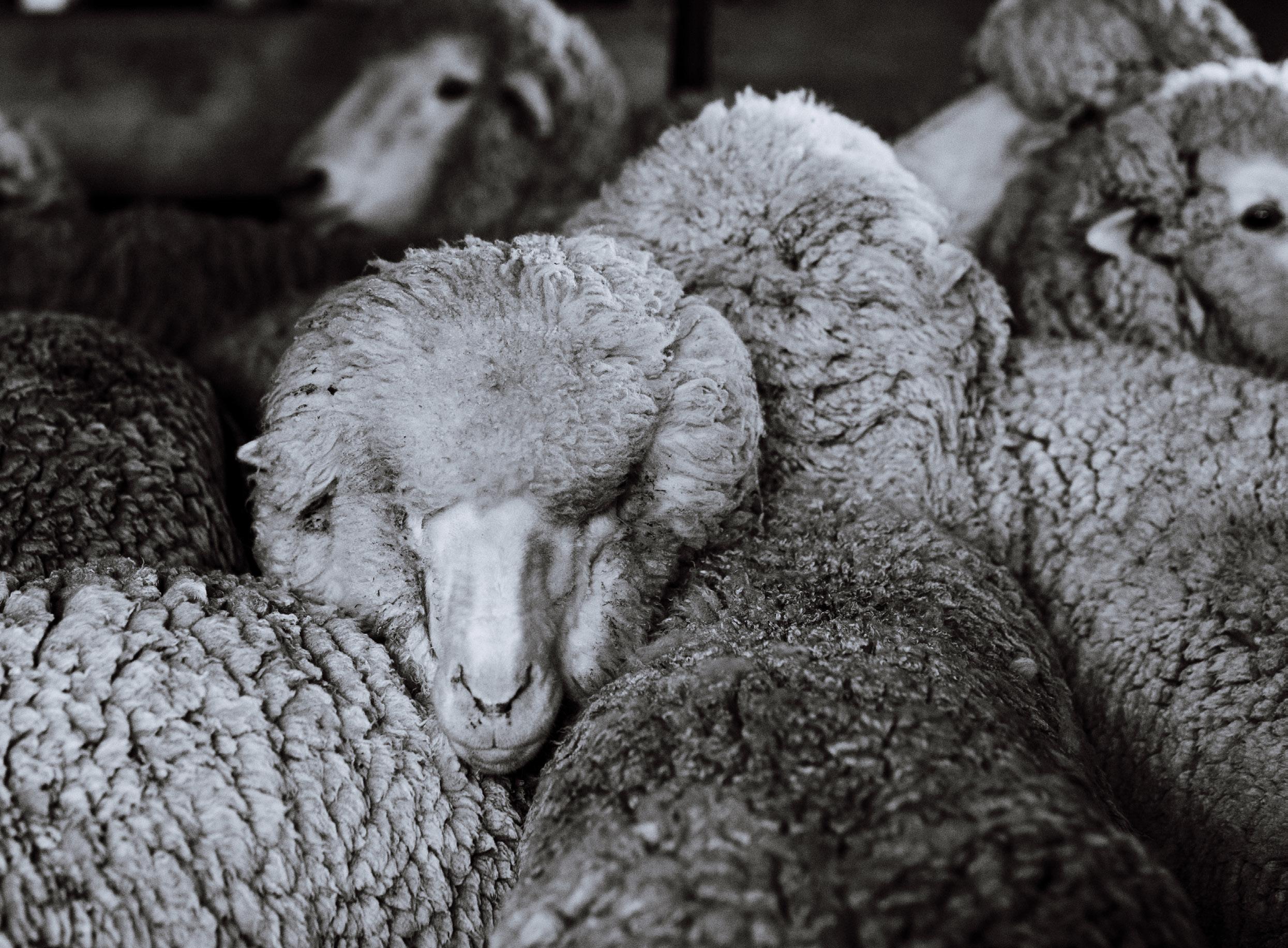
Our tools are designed to work together, integrating seamlessly to provide a complete sheep management solution.
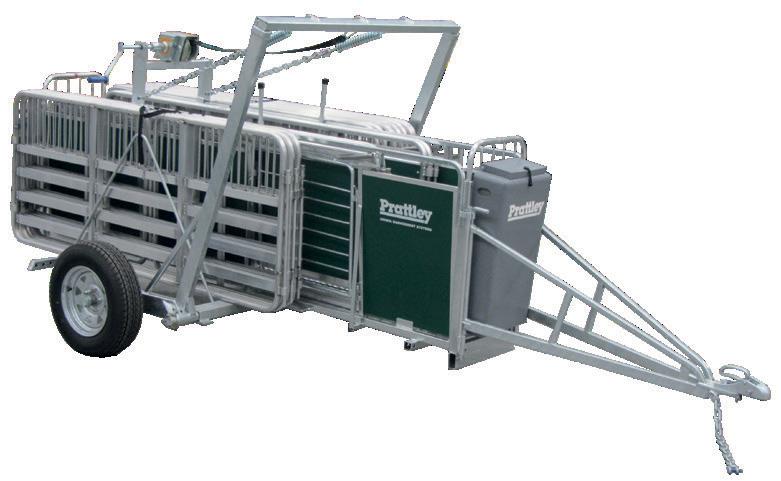
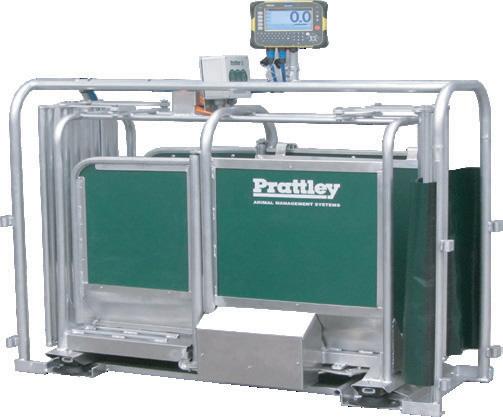
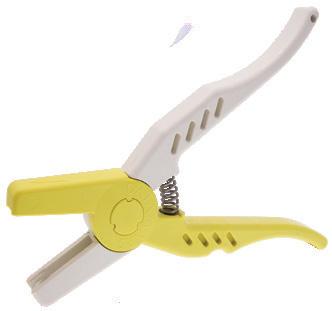
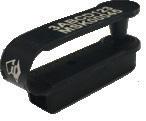


From identification and data collection to automated sheep management systems, you can rely on Datamars Livestock brands to offer the best in quality, accuracy, and reliability.
Our products work with each other, but most importantly, they work with you.

SEE MORE


Merino ewes they used were almost exclusively (1,3) scores in our system. These ewes were possibly the progeny of rams that we had tested in the preceding decade, because there were very few ewes that had the 4 or 5 scoring alleles that we associate with susceptibility to footrot.”
In ‘Best foot Forward’, a paper outlining the Feetfirst work, it is noted that rams tested have a bias toward the more favourable Lincoln foot scores. The paper puts this down to industry uptake of the Lincoln test. It says that uptake has resulted in the culling of animals with unfavourable Lincoln results over time. The report goes on to say that based on the results of the Feetfirst work it is extremely unlikely that the inclusion of more rams with unfavourable [Lincoln] test results would have changed the outcome.
Hickford says he can illustrate that the difference in susceptibility or resilience between sheep testing (1,3) is small, and that there is a much more pronounced difference between 3 and 5.
“From the outset our breeding advice has always been to move away from breeding sheep with 4 and 5 scores. We do not want to narrow immune response too much, and that was always at the heart of the design of our scoring system.”
While Hickford claims to have taken little notice of Merino NZ work, he does question the methods whereby sheep have been deliberately exposed to footrot, something the Lincoln test does not require to generate a result.
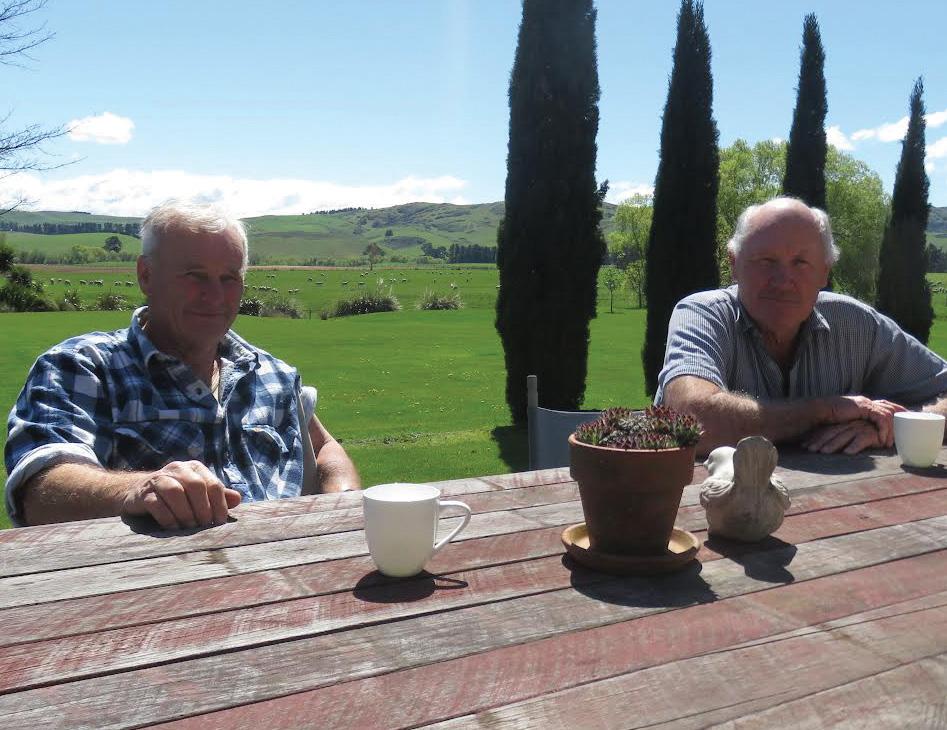
“To ensure their EBV is still working accurately, they have to rely on some of their sheep being regularly exposed to and contracting footrot. Farmers need to maintain a social licence to farm and deliberately exposing sheep to a manageable disease may not be an ethical way of doing things anymore.
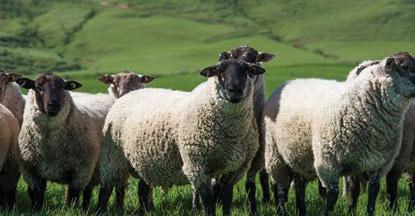

Welcome to the inaugural best in sheep research awards where we arbitrarily celebrate the sheep-based science of the past year. By Dr Nicola Dennis.

IF YOU HAVE been following the “best in beef research” awards, then you will know the drill. We are sticking to open-access science, because … [our esteemed editor has removed a long rant about the injustice of publicly funded research being locked behind greedy private publisher paywalls]. In conclusion, I’m not paying US$45 (NZ$72) to see if a paper on wool polycaprolactone filaments is as boring as it sounds. The judges’ decision is final. The toilets are where you last saw them. In the unlikely event of an emergency, please remember to take this magazine with you. Now on with the show!
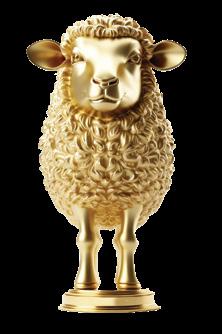


If you can’t get the green-on-paper consumers to buy strong wool in the form of carpets and drapes, then you will have to sneak it into their shopping trolley via other means.
No end of papers from scientists took up the wool-hiding challenge which made it hard for our judging committee to pick a winner.
Researchers were covertly sneaking wool into brake pads for trains, into structural additives for cement and into 3D printing polymers. But our winners took it a step further by hiding it in flexible electronics.
Consumers will never look for it there!
A round of applause please for “Using wool keratin as a structural biomaterial and natural mediator to fabricate biocompatible and robust bioelectronic platforms” from the physics department at Xiamen University (China).
Electronics are great and all, but they are not very bendy. Stiff wires and hard soldered chips are so yesterday, manufacturers want to print their electrical circuits on flexible surfaces like paper, or stick them to people for health monitoring, or use them in stretchable skin-like material for “human-computer interfaces” (e.g. robotic prosthetics or electronic gloves to operate equipment).
This requires ink that can carry an electric charge. For reasons our physicsweak judging panel doesn’t fully understand, carbon-nanotubes are the thing to use in electro-conductive inks.
However, carbon nanotubes hate water and are not a fan of many bio-friendly solvents either.
So making these nanotubes into a soluble and stable ink has been a real challenge. Until these researchers added in some keratin (extracted from wool). Now they have a sustainable, electric ink that stores for months before use and can be fed into a commercial printer to make flexible, stretchable circuits.
Printing with wool is cool, but can you print on wool? Wool is a sustainable and environmentally friendly fibre, until you start messing with its colour. Some pretty hefty chemicals can be used to dye textiles. A fair bit of effluent is also left over from old school “dump it in a bucket of dye” methods and it is best not to think about how much of that ends up in the waterways of developing countries.
One way to cut down on water use is to print directly on to the near-finished products with ink-jet printers. Say what you like about the pesky ink-jet printers and their incessant demands, but you must admit they barely take a sip of water.
The textile industry is already feeding carpets and fabrics into printers on a small scale, but finding the right mix of pre-treatments and inks is a challenge, particularly for wool. It looks like plenty of textile scientists are on the case – if the number of papers coming out with “wool” and “inkjet” in the title are
anything to go by.
Our winner is “Inkjet printing of plasma surface–modified wool and cotton fabrics with plant-based inks” from Heriot-Watt University in Scotland. The judging committee were initially confused as to why everyone wanted to put blood products on carpet, until they were kindly reminded that plasma is also a state of matter.
Solid, liquid, gas… and then we all quit chemistry before anyone discussed plasma and the rest of them. Bombarding wool with plasma air (e.g. super-excited air) is a reasonable way, environmentally, to prepare wool’s natural protective layer for dying.
The researchers used a device called a vacuum plasma cleaner which looks like a glowing washing machine. Stars were then printed on woollen fabric using dye derived from herbal extracts. These were tested (with good results) for colour fastness.
If you haven’t been messing around with ChatGPT, then you aren’t living 2023 to its fullest. Frighteningly capable machines are having their moment right now. Let’s add to the drama by teaching them to slice flesh!
Engineers have been noodling over the idea of automating meat processing for a long time, with limited success. It is possible to burn millions of dollars just to replicate one barely trained university student with a knife.
Computers are flummoxed by biological variation (e.g. smaller and larger carcases) and movement (e.g. carcases swinging on a hook)... and that is what will keep us alive during the robot uprising.
Some breakthroughs are taking place. Our judging committee was impressed with a dual robotic system being trialled in Wuhan, China, where one robot scans the sheep carcase and tells a different robot where to cut it.
Theoretically this system could cut a

Specificallyformulatedtosupportperformancein workingdogs,Energy4800providestheenergy yourdogneedstomaximiseperformanceoverlong periodsofsustainedactivityonthefarm.
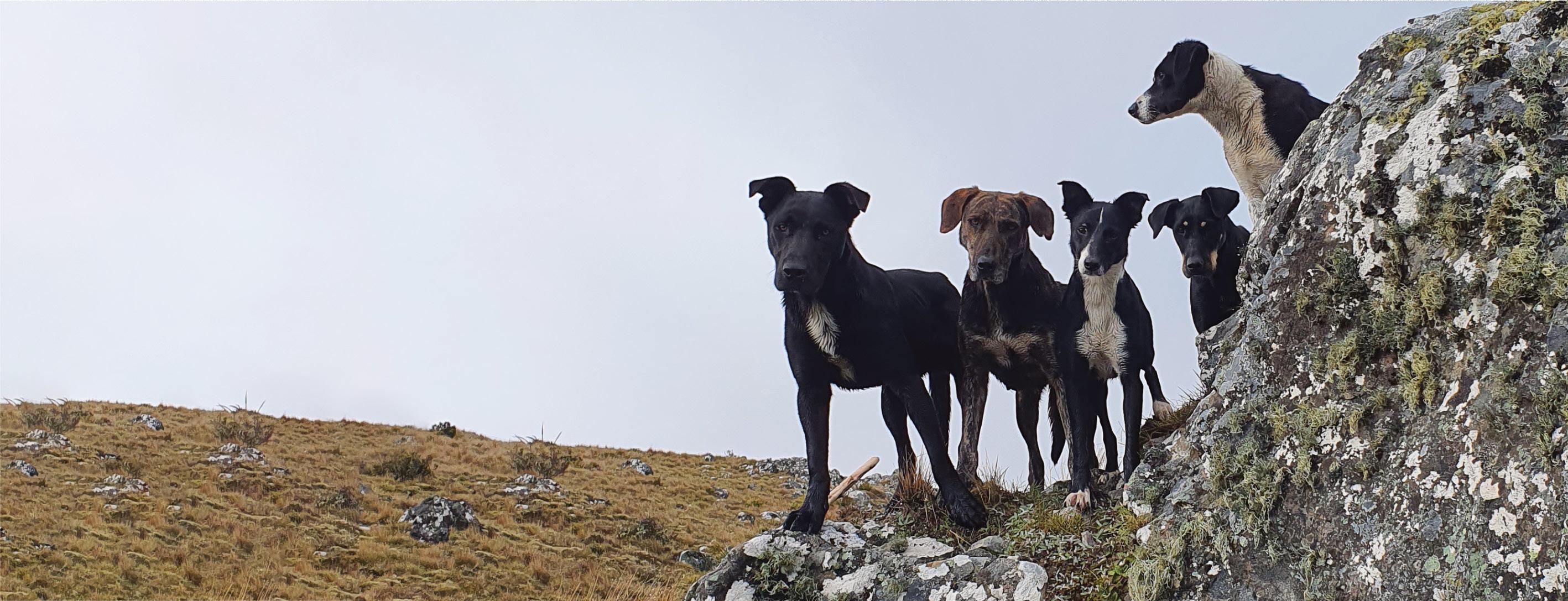
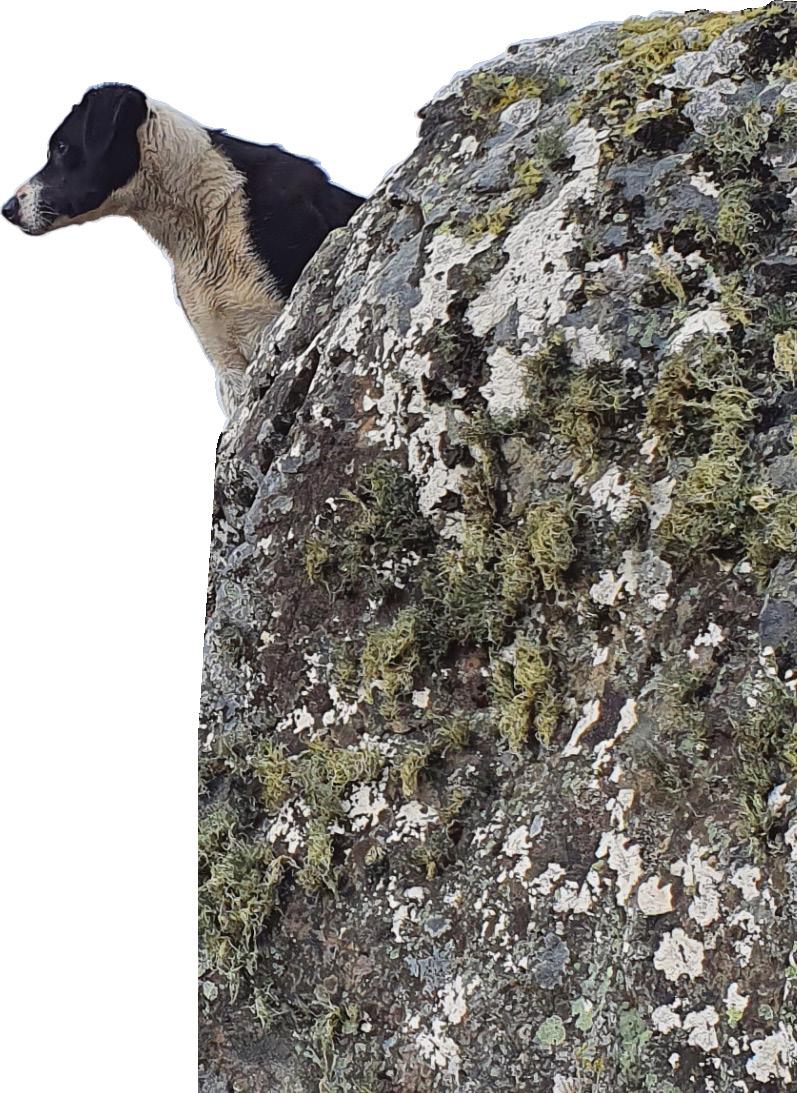
SpeaktoyourvetclinicaboutROYALCANIN® Energy4800.
royalcanin.com/nz
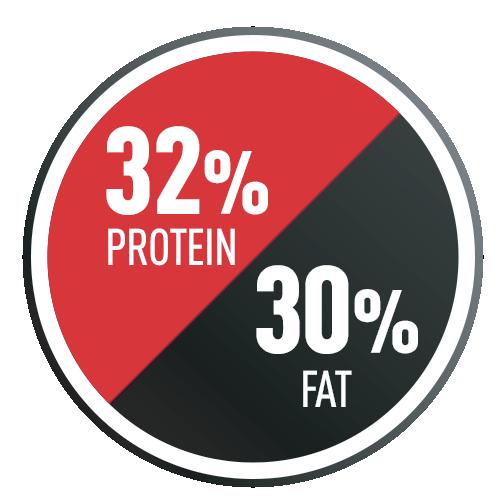
carcase in seven places to break it down to basic primal cuts (as long as it wasn’t allowed to swing on the hook), but the engineers stopped short of actually giving the robot a knife. Too soon for you, Wuhan? We totally understand. Ultimately the prize goes to the Norwegians for their use of “smart knives”. The paper, “Quality assessment of fresh meat cuts as a performance indicator of knives specifically adapted for robot-assisted operations” was based on pork. But we can use our imagination. Knowing where to cut is one thing, but knowing what your knife is doing is also important.
The Norwegian RoBUTCHER project has developed a smart knife with microwave sensors that detect when it is in contact with meat and how deep it is cutting. Sensing how the knife is behaving will help robots to better mimic human butchers.
A lab robot was given this smart knife under very controlled circumstances (a pork loin appears to have been nailed to a bench). It did an okay job of slicing it up. The judging panel was unable to tell which samples had been cut by the robot and which were done by a human with a normal knife. That’s a small step toward robo butchers. Small steps are what we want.
The weather is set to get warmer and much more erratic, but surely it’s not all bad. Is it? Among the predictions of more heat stress, greater worm burdens and drought issues, is our winner “Understanding the impacts of climate change on lamb survival and lambing date in Southern New Zealand” from AgResearch Invermay.
This research predicts lamb survival in flat and hill country farms in Northern Southland, South Canterbury and West Otago under a variety of climate change
scenarios. The results are… not totally depressing.
Southern lambs wouldn’t mind it a little bit warmer and it will be warm enough to grow grass slightly earlier in the spring.
“As temperatures rise, farmers may have the opportunity to shift lambing about one day earlier every one to two years, helping mitigate potentially higher risk of drought-induced summer feed deficit.” Something to look forward to, we guess.


As soon as I saw “Genetics of phenotypic evolution in sheep: a molecular look at diversity-driving genes” from Northwest A&F University in Yangling, China, I knew it was worth buying magenta ink for my printer.
This particularly pretty paper has no less than eight posters comparing the world’s weirdest sheep breeds. This is not your typical pasty white line up of woollies you would normally see.
Scientists all over the world have been studying fat-tailed sheep, black-boned sheep, pointy-, droopy- and missing-
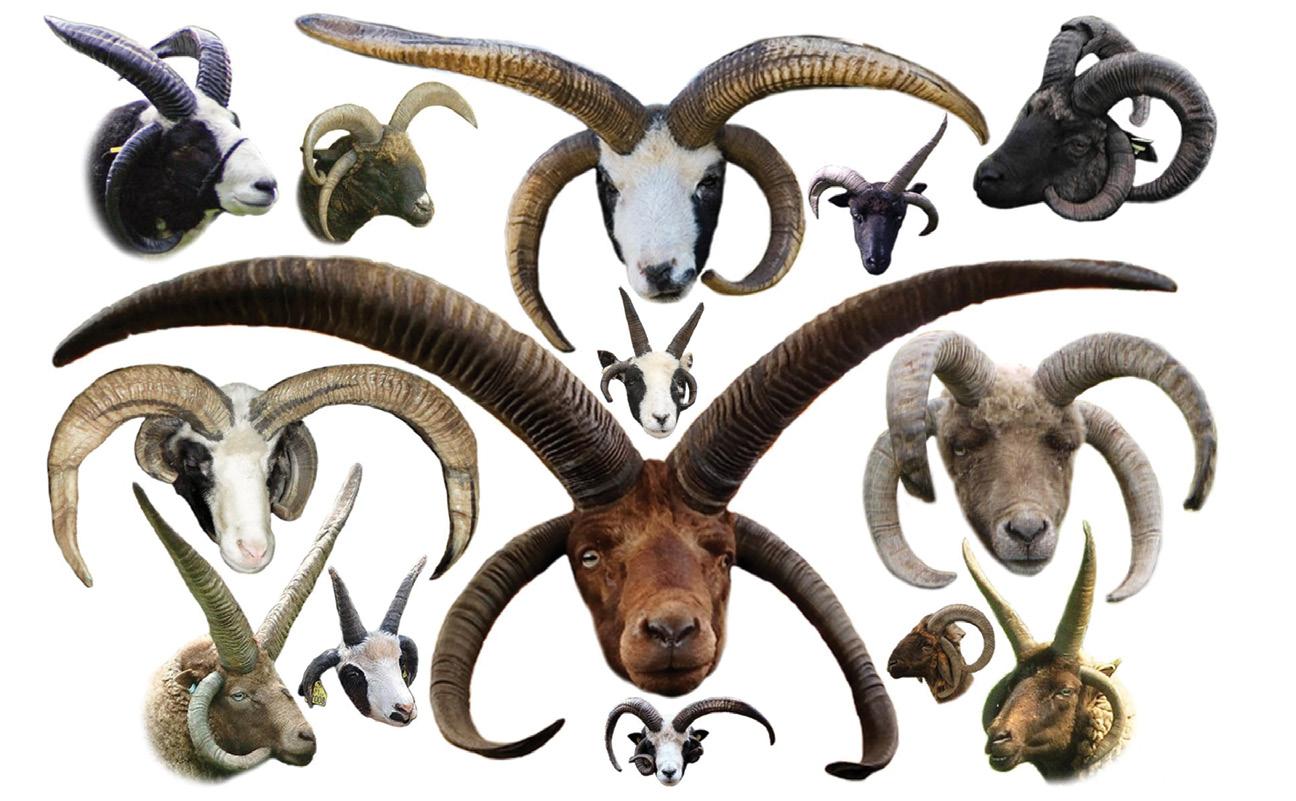
eared sheep, dwarf sheep, multi-horned sheep, funny-coloured sheep, as well as boring things like fleece characteristics and fat colour.
They have been gene editing and crossbreeding in an effort to work out which genes bring about these funky phenotypes. Crucial groundwork if you want to develop DNA tests for these traits. This review paper compiles the results from the latest genetic studies in technicolour. It is 27 pages long so I can’t do it justice here (go look it up, it is worth the effort).
The highlights are:
1. Black-boned sheep are exactly what they sound like
2. Horned vs polled sheep remains a complicated genetic mystery,
3. The Chinese have genetically engineered Merinos with abnormally long wool,
4. A 1600-year-old naturally mummified sheep was found in an Iranian salt mine,
5. Breeding sheep with extra nipples appears to be a waste of time!
And with that bombshell, it is time to wrap this up. You can now turn this page with full confidence that the world’s scientists are pushing the sheepie frontier to new horizons.
Despite plenty of research and effort, water quality in Ashburton Lakes is slow to improve and solutions are hard to find.
By Joanna Grigg.Farms are meeting nitrate-loss limits on paper but the water downstream isn’t improving.
A recent report on the Ashburton Lakes shows that the resource management approach is not seeing a widespread lift in lake quality. This is despite all farms within the highcountry catchments meeting baseline nutrient management requirements and 15 years of wetland restoration.
The lakes risk ‘flipping’ – when clear water with waterborne plants becomes murky and dominated by algae. It rings warning bells for the wider farming industry. Meeting baseline regulations may not be enough to get a healthy ecosystem, nor satisfy increasing scrutiny by markets.
The May 2023 Report ‘Otuwharekai/ Ashburton Lakes lessons-learnt report: A case study examining ongoing deterioration of water quality’, ran the ruler over the effectiveness of the water plan to turn waterway health around. The report concluded that despite all farmers in the catchments being
compliant with the regional plan, water quality has not improved.
It picks several holes, but the main one is shortcomings in the resource management process itself. The report said a key issue is that the original nitrogen-loss baseline was set too high to drive reductions in farm nitrate loss.
It was always an interim “hold the line” limit to prevent further intensification. It wasn’t ever going to be able to wind the clock back.
The main nutrient source (90% or more) across all Ashburton lakes is pastoral land use. Less than 10% is seepage of human wastewater at lakes Clearwater and Camp, and waterfowl waste at lakes Emma and Emily.
Environment Canterbury councillor Ian Mackenzie said the report is a bit generalised, in that each lake has a different issue and history of land use.
“A lot of waterways feeding the catchments are in conservation park, and there is a legacy of past land use too.”
Mackenzie said these high-country
Above: A recent report said shortcomings in the resource management process itself had contributed to water quality issues in these sensitive high-country lakes.

waterways are very sensitive, so only a little bit of nitrate and phosphorus can have a big effect.
“Acceptable nutrients’ levels in downcountry waterways are far higher.”
The report said the Ministry for the Environment (MFE) proposes to fix deteriorating water quality through the Essential Freshwater package and wider resource management reforms. This includes adopting waterway health – the notion of Te Mana O Te Wai (as the primary driver of consent decision making).
The policy is balancing lake health with equal values of economic return, human health and recreation.
Mackenzie said putting Te Mana O Te Wai into practice is extremely difficult, not just for the high-country lakes, but right across Canterbury and New Zealand.

“Any consents would have to show they improve water quality and, only then, can other values be considered. But what about lifestyle block septic systems and other developments?”
The consent method is to prove there are less than minor effects.
This policy switch could see pressure on farmers to drop stock numbers further, remove stock at critical times at hot points, cease grazing in some areas
and change pasture/crop types. Whatever the policy settings, farmers in this landscape stand to lose a lot if the ship is not turned around. Some farmers see the big picture and know what the farming community stands to lose if lake health is not improved. They have made changes to management to reduce nitrogen and sediment loss – well beyond what the baseline called for. Drive through the area and people will see fenced-off wetlands and large tussock set-backs with no- or low-stock numbers. On the flipside, some farmers do the bare minimum to meet regulations. This may no longer be good enough for markets or for proving a domestic social licence to farm – let alone ensuring the lakes stay free of algae.
A poor decision as to stocking rate, stock type or pasture type, even in one
spot, may ruin it for other farmers. Reductions will have to be big to get better water quality. The report said six lakes need nitrogen load reductions of 67% or more, and three lakes need phosphorus load reductions of 33% or more. Recent high rainfall events have added to pressure on the lakes.
The tools farmers and advisers have relied on to manage compliance with the nitrate loss limit have “vulnerabilities”, the report states. These tools include farm environment plans, good management practices and Overseer. This is because the limit set using the tools “might not be welllinked to the lake outcomes”.
Overseer used averaging across what is a diverse landscape, so farmers might be
guided to thinking it’s okay to intensely farm some areas as long as the whole farm is below the average stocking rate set. As a result, leaching hotspots near the lakes can occur. That might be all it takes.
The Ashburton Lakes’ consents were some of the first land-use consents to be issued under the Land and Water Regional Plan. It’s become more sophisticated now. Applicants are asked to demonstrate localised effects, not just the average nitrate loss.
It’s a NZ-wide problem. The Our Freshwater 2023 Report from MFE and Statistics NZ laid it out in April. Between 2011 and 2020, 36% of NZ lake monitoring sites improved. On the flipside, 45% of lakes worsened.
Lake health can be measured by its trophic level index (TLI). Only 2% of lakes had very good TLI levels, a combination score relating to algae, nutrients nitrogen and phosphorus, and 46% of the 3813 lakes (larger than one hectare) had poor or very poor TL1 scores.
Unsurprisingly, lakes downstream from modified land had worse trophic levels.
transport stock and wool and a source of food. And of course, the stunning views. In 2023 these advantages still ring true, plus the added attraction of agri- or ecotourism.
Below: Catchments in the Ashburton Lakes area are a mix of public conservation land (in grey), and farmland, private land, with recreational campsites and baches. All play a part in affecting water quality. Image supplied.

Roll back 150 years. Lakeside farms were sought-after for ease of stock and house water, the natural boundaries, a way to
Landowners responded collectively to the 2023 Otuwharekai/Ashburton Lakes Report. Castleridge, Hakatere, Lake Heron and Mount Arrowsmith stations issued a statement saying the situation was “serious and concerning” and acknowledged the role some farming practices had played in this degradation. They also noted the reasons for lake degradation were “varied and complex”. All farm businesses within the catchments are part of the Otuwharekai working group – set up in 2017 to improve lake health. Interest groups and Papatipu Runanga are also members. Most farming families have lived alongside these lakes for generations.
The Otuwharekai Working Group has a collective approach to change. Tail-draggers within the catchment, just doing the bare minimum to meet the baseline, should consider this may not be enough to satisfy markets. Photo ecan.govt.nz

Stewardship started well before the working group and is ongoing, with recent plans to continue fencing sensitive areas, riparian planting and “evolving farm management practices”.
The working group newsletter noted that some farmers have voluntarily relocated winter grazing in the catchment to reduce the nutrient load near waterways and lakes. This is beyond what is required in their consent conditions. Bach owners are involved. Long-drop toilets around Lake Clearwater were decommissioned in April 2022.
Farmers who have made significant changes to their farm management must find the lack of water improvements particularly frustrating. They are left feeling unsure about how far they or their neighbours have to change farm practices in the catchment to get results.
It is clear that Environment
Friday, 3 November 2023, Frankton Saleyards OPEN
Canterbury (ECan) relies on the voluntary actions of the catchment farmers, as there are no other levers to pull. The report said ECan, together with the working group, is establishing the evidence base required for better limits and is working with the farmers on actioning non-regulatory measures.
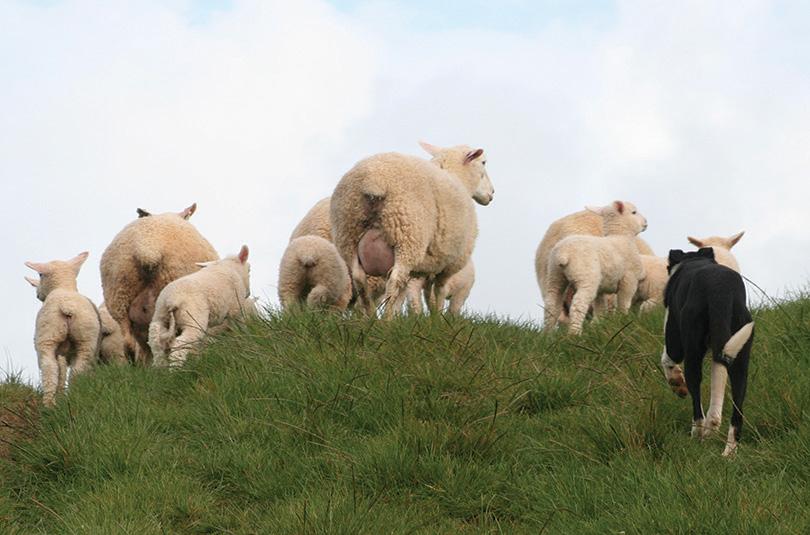
“Given the magnitude of the contaminant reductions required, landuse change, such as livestock reductions in parts of the catchment, may be needed.”
By 2024 the updated freshwater regulations should be adopted by councils. The report suggests this will herald a philosophical shift in resource management, that is, towards prioritising the waterbody first.
Fitting this new policy in with highcountry farming, so vital to community, biodiversity management and NZ’s economy, will be where the rubber hits the road.
The

is dependent
Our “Nikau” bred
have shown resilience! Through the tough conditions over the years, with drought, high
Tuesday, 31 October 2023, 122 Kokonga West Rd, Waikaretu Rams also available on farm Ph:
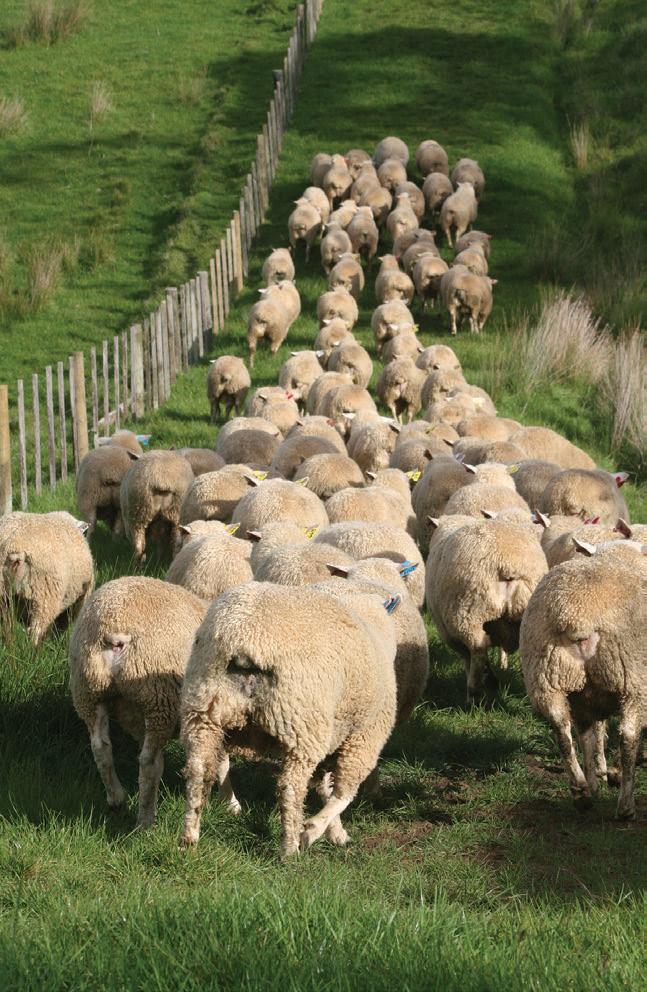
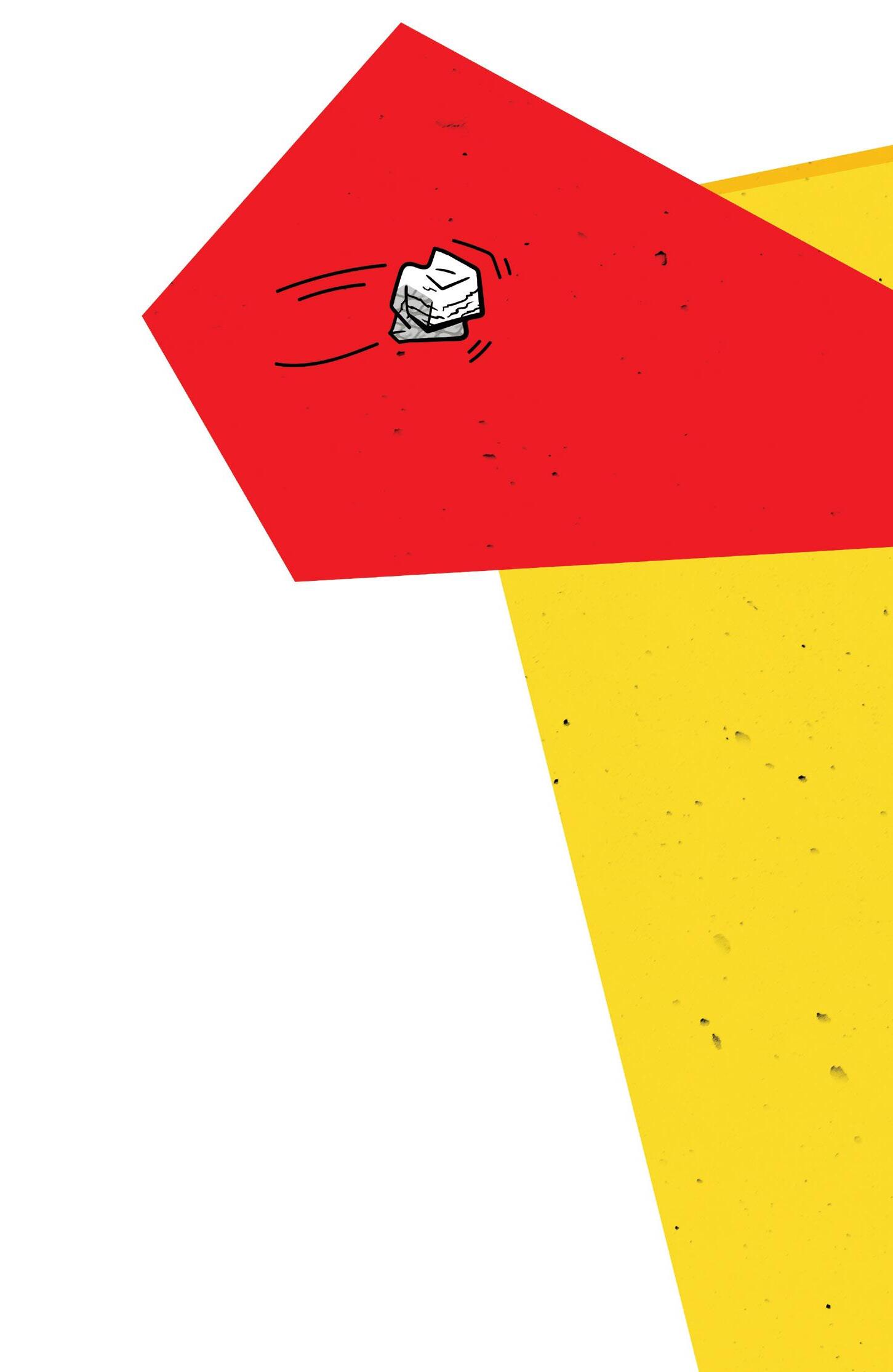
In the long-running case of sheep and beef farmers versus the climate minister James Shaw, the verdict should be a resounding “not guilty” for the farmers.
By Steven Cranston.The crime of warming the atmosphere is a serious offence and the penalty if found guilty is equally serious; a tax on livestock emissions which could force up to 20% of farmers off their land. A guilty verdict will also have a detrimental effect on the sector’s standing within communities and with consumers.
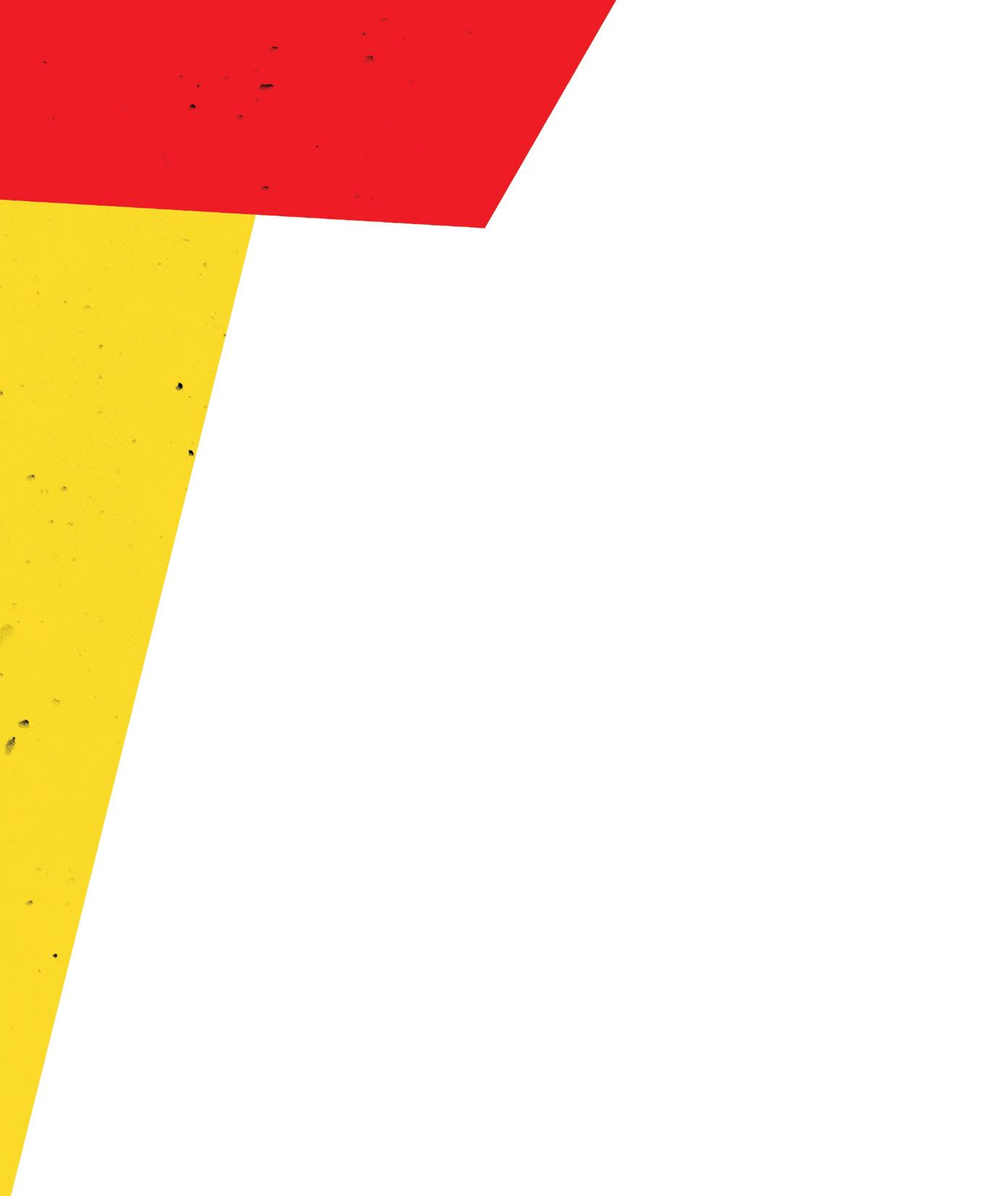
Climate minister James Shaw has been busy gathering evidence for several years and he assumed it would be an easy win, proposing the He Waka Eke Noa (HWEN) emissions pricing scheme as a fitting punishment. The defence was absent for most of the case as the minister had negotiated a plea-deal with industry groups for leniency so long as farmers admitted their guilt. If a deal could not be reached on HWEN, the industry would be thrown into the emissions trading scheme (ETS).
If it wasn’t for the last-minute tinkering by the Government and some robust cross-examination by the likes of Groundswell and a handful of other frustrated farmers, it may have already been case closed. As it turns out, new
evidence has shown the minister’s case to be flimsy with a decided lack of substance.
The primary argument to tax farm emissions is based on the accusation that livestock are warming the planet. This assertion was made using the rather rudimentary GWP100 accounting system that even the IPCC has conceded overstates the warming effect of methane globally by 400%. The political class has been busy writing climate policy using this metric of convenience which provides them with a simple way to lump all greenhouse gases together in one calculation. It works well when comparing long-lived gases but can’t accurately portray how short-lived gases such as methane affect the climate.
New Zealand’s sheep farmers are already doing more than their fair share on the emissions front, having reduced methane by a massive 44% since 1990. To put that into perspective, the IPCC states that a 10% reduction is required over that period to ensure no
additional warming of the atmosphere. The reduction in sheep numbers over the last 30 years has in fact resulted in a significant cooling trend as old methane is decaying faster than new methane is being released. While it is fair to say some of those sheep once roaming New Zealand’s hills have more recently been replaced with beef cattle, the overall trend is the same. Declining stock numbers and more than two million hectares of woody vegetation on hand mean our sheep and beef farmers are one of the few truly climate neutral industries in the country. If the sector should wear any blame, it is for their reluctance to take the stand and proudly tell the public how sustainable sheep and beef farming really is.
When it became clear to the minister that farmers could not be convicted on the grounds of destroying the climate, a new charge was laid: that of diminished market access. The minister found support on this from meat processors who explained how their premium
customers were calling for emissions reductions and if immediate action was not taken, those markets could be lost. The Government attempted a more conciliatory tone, reassuring farmers that they were on our side and the proposed emissions tax was for our own good.

It is true many large global customers such as Tesco and McDonald’s are working to lower their supply chain emissions. Farm produce is considered scope 3 and typically makes up most emissions from any processed
food product. But when it comes to creating a new $300 million tax on farming, details are important. Both the Government and meat processors have failed to clearly articulate what our global consumers are looking for. They do not care about emissions pricing or national reduction targets; they are only concerned about the emissions efficiency of the produce they buy. Each leg of lamb sold by Tesco has an associated carbon footprint. Their game is to procure the lamb with the lowest carbon footprint which in turn helps them lower their emissions.
Coincidently, New Zealand is one of
the most emissions-efficient producers of lamb in the world, so if Tesco were serious about reducing their scope 3 emissions they would be buying more Kiwi lamb, not less. Sheep and beef farmers’ co-defendants in the dairy sector understand this. Fonterra may have blindly supported HWEN but when it came to creating its own customerfacing emissions plan, it chose to focus on emissions efficiency rather than a gross reduction. Reducing the total emissions from NZ agriculture does not necessarily lower the carbon footprint of our exports or meet the needs of our customers.
After a full evaluation of the facts, it is now abundantly clear that sheep farmers have been wrongly accused. There is no evidence they are harming the climate and their highly efficient produce is at no risk of losing market access. Justice will only be served when the minister scraps his costly and ineffective farming tax. Reparations should be offered by way of Government collaboration in promoting the sector’s excellent climate credentials internationally.
With a general election in October, the jury is still out as to what will ultimately be decided in the case. I can only hope justice is served, if not by this climate change minister then hopefully the next.
"If the sector should wear any blame, it is for their reluctance to take the stand and proudly tell the public how sustainable sheep and beef farming really is."
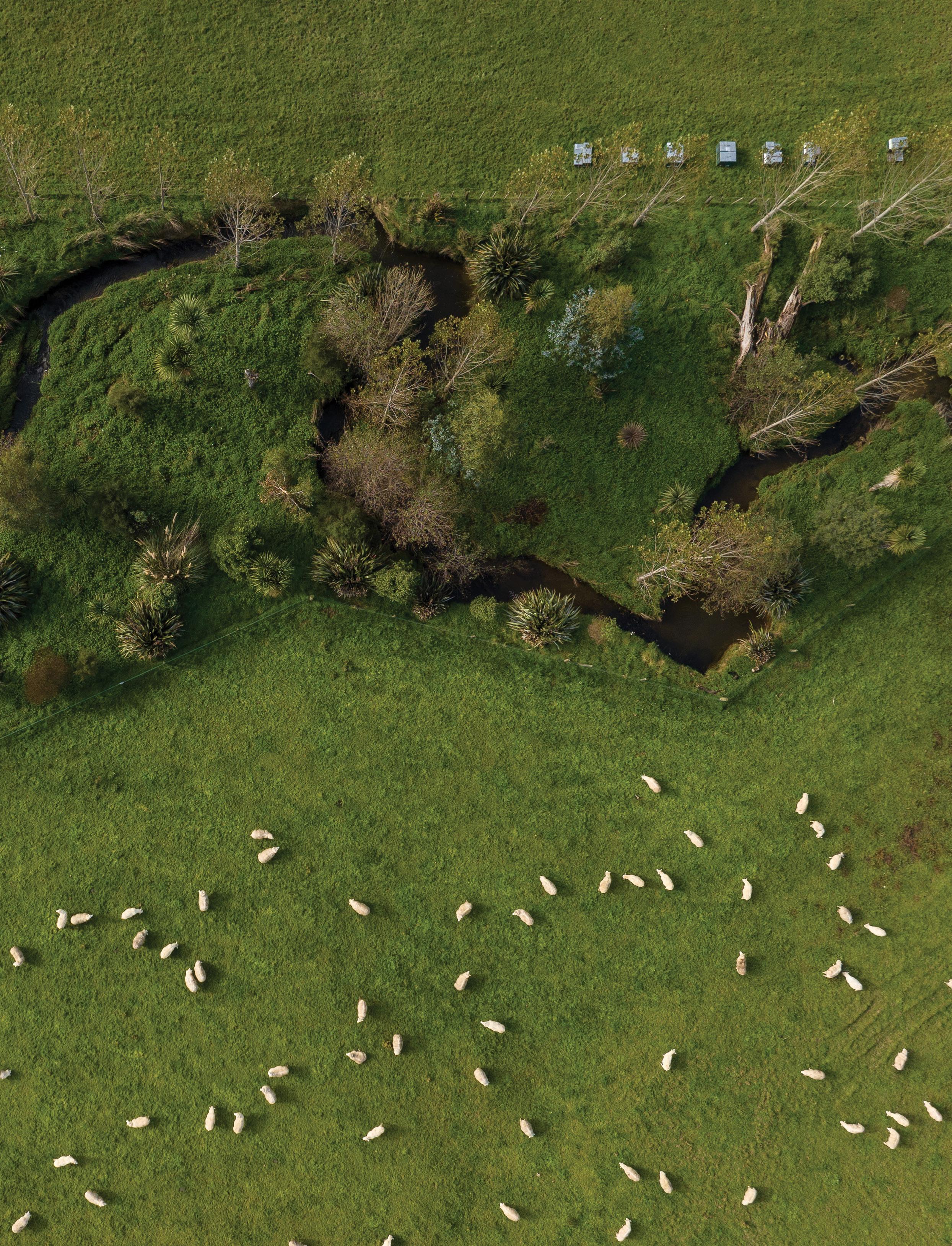
Farm environment plans (FEPs) have a long history, in various formats. The first industry-wide attempt at introducing FEPs was Beef + Lamb NZ’s Land and Environment Plan (LEP) in about 2007. This plan was entirely voluntary for everyone except monitor farmers, who went through the process with varying degrees of enthusiasm.
The LEP came in three levels. Level one was introductory and could be completed by a farmer without any external advice in an hour or two. Level two generally required more mapping and risk assessment detail and, most of the time, the help of an outside adviser. Level three was so Rolls Royce that very few farmers took it out of the wrapper.
When FEPs became compulsory in some regions, B+LNZ dispensed with its three-level package and came up with a single template that could be used in Hawke’s Bay and Canterbury. This was later used in other regions. About 2021 this template was replaced with a new version. All versions have been compatible, with a workshop approach where a roomful of people could complete plans at the same time, supported by a facilitator.
Other industry groups produced their own versions of FEPs over this period. Some of the most well-resourced plans have been implemented through irrigation schemes. These have generally involved an element of independent auditing and pass or fail grades.
While hundreds of dryland farmers have developed an FEP, most of them have not yet been subjected to any form of audit. The B+LNZ templates have been successful, partly because they have been farm-specific, based around making the best of resources available and not shaded by a threat of auditing.
Audited FEPs have been largely action based. Where risks are identified, actions are designed to show an appropriate response. The audit then looks at whether actions have been completed. This is good for low hanging fruit and significant risks, but this approach also has weaknesses.
If farmers know they will be assessed based on their completion of actions, they will commit to the bare
minimum. It also reaches a point where once major risks have been mitigated, aside from annual good management practices, people will almost manufacture meaningless actions. This is like creating health and safety near misses because a blank page gives the impression of a neglected document.
The threat of an audit completely transforms a farmer’s perspective. Completing the FEP becomes a compliance exercise rather than a meaningful business tool or aspirational plan. Some industry professionals will have us believe that a good FEP will fulfil both purposes but in practice this is not yet common.
Farmers have long bemoaned the existence of multiple documents and audits designed to achieve similar goals. The Ministry for the Environment’s answer to this, and to a call from the public for greater scrutiny onfarm, is the Freshwater Farm Plan. After a parliamentary term of mentions but limited detail, some substantial specifics around these plans finally arrived in July.
A Freshwater Farm Plan is designed to be a licence to farm, in a format more easily and affordably achievable than resource consents. Consents to farm have been increasingly common in response to land use change restrictions and public pressure, but requiring resource consents en masse is a bureaucratic hurdle that even the most paper friendly regulators struggle to clear.
The new FEP is intended to ensure farmers operate in a manner the public and regulators are comfortable with but with significant administration of the programme being done through rural professionals. This is more appealing to regulators than a bombardment of resource consent applications being processed by overloaded council staff. If it is starting to sound like a costly approach for farmers, that is because it will be.
Under the legislation, every arable or livestock farm of more than 20 hectares will require a certified Freshwater Farm Plan. The requirement arrives to individual regions at varying times.
FEPs, LEPs and especially FFPs. James Hoban lays out the history, requirements and costs farmers face with implementation.
The significant challenges facing the sheep and beef sector make for a long list these days.
Being adaptable, imaginative and forward thinking may seem like the largest challenge of all, but the world loves our product and demand for protein has never been higher. We are the most efficient farmers in the world with a great track record for animal welfare, environmental stewardship and food safety. Pat yourself on the back. This is our opportunity.
There is no single, simple answer to weathering the storm of challenges. We must focus on what we can control. Look within your farm gate at performance and productivity.
Part of the solution will be increasing efficiency. Reducing stock numbers while maintaining production and profit. This is a sound response that ticks all the boxes.
Efficiency - producing more from less. Less work, input and cost, less impact on the land, less GHG produced.
We have the expertise, knowledge and management tools to help us achieve this. The NZ sheep and beef sector has a history of adapting and lifting performance. There is still room for improvement.
From a sheep breeding perspective this becomes an opportunity. Genetics are part of the answer.
Moderately sized ewes weaning more lambs which can be picked earlier. Lambing hoggets, selecting for longevity so fewer replacements are needed. High growth rate and meat yield. Disease and parasite tolerance to reduce wastage.
The Coopworth is a robust and resilient animal that has a proven adaptability to meet the demands of the criteria expected in todays
food production here in NZ and for our overseas markets.
Coopworth Genetics NZ – part of the solution. Tackle the future head on, focus on efficiency and performance.
-exceptional maternal ability

-increase scanning rate and weaning weight

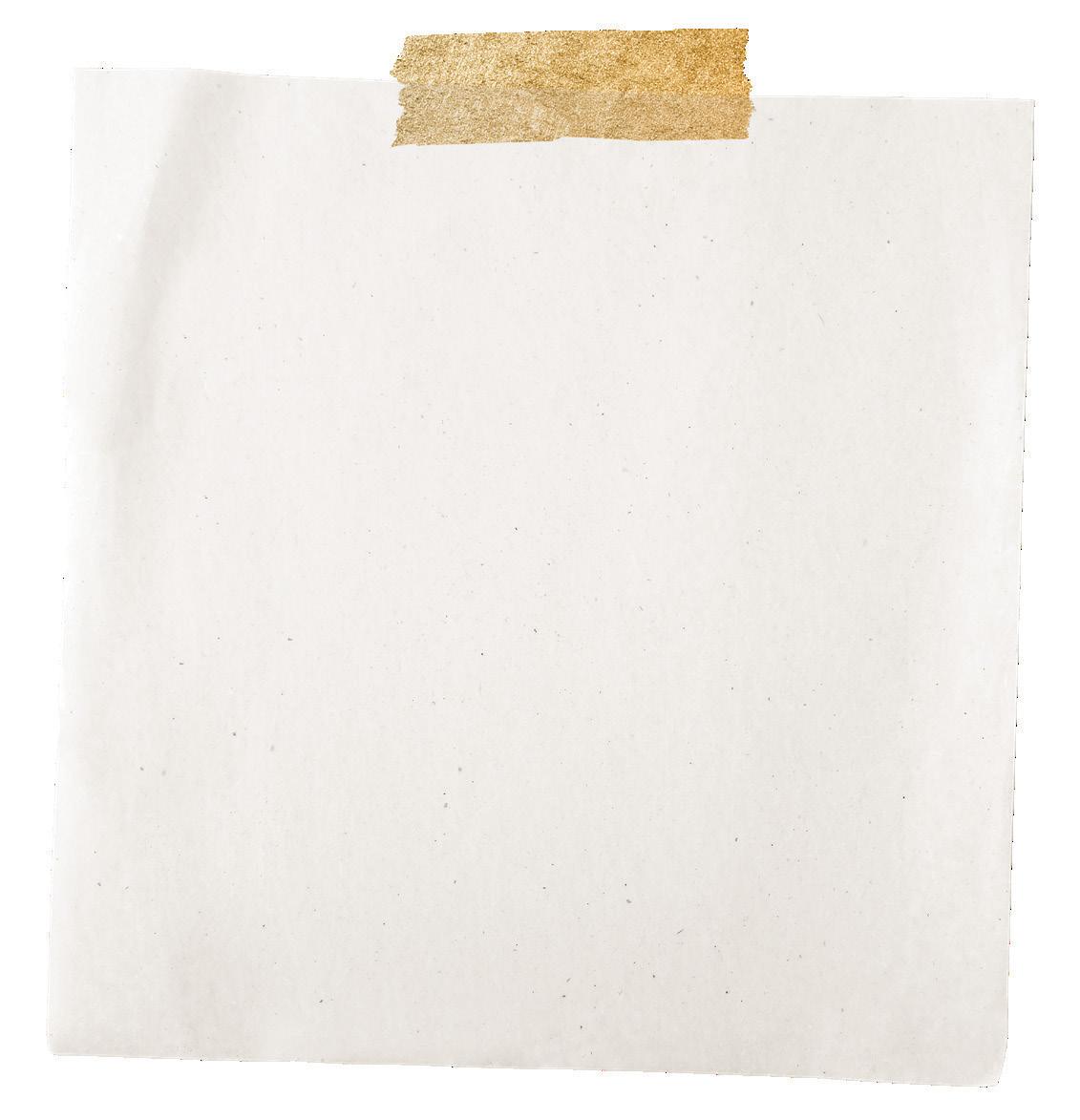
-early reproductive performance for successful hogget mating
-perfect sire for any breed
-introduce FE tolerance and parasite resistance
Several Coopworth Breeders have made a long term commitment to selecting for Facial Eczema tolerance
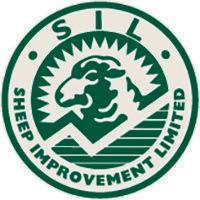
Some areas of Southland and Waikato are first, with farmers having 18 months to complete their plan from August 1 this year.
The plans need to be certified – this involves an external farm plan certifier. This is a new role which a range of industry professionals will consider. With the level of responsibility and bureaucracy, some consultants will be more enthusiastic than others at the prospect of becoming certifiers. After certification, farmers have 12 months to have their first audit. AsureQuality has been engaged to design and operate the certifier and auditor appointment process on behalf of regional councils.
Certification and audits will cost farmers. Most farmers will also have to pay someone to help them complete their initial plans. It is difficult to put definitive numbers on these steps but not unreasonable to estimate a total cost of $4000 to $10,000 for many farmers to develop a plan, have it certified and go through an audit for the first time. Consultants carrying out similar work commonly charge $120 to $200 an hour. There are significant liability implications for certifiers and auditors. Their roles are more prescriptive under the new legislation than they have been for existing audited farm plan schemes. Which consultants are happy to take on this added responsibility, or take it on without increasing their charges, remains to be seen.
The frequency of audits will depend on the audit grade. Farms that achieve only a D grade have to be audited again in six months while those at the top of the class can carry on for three years before their next audit.
Getting to, or staying at, the top of the class will not be especially straightforward. Freshwater Farm Plans have to be compliant with all other freshwater rules. These will include challenging restrictions around stock exclusion from waterways and winter grazing regulations. Even in areas and situations where these rules have been reasonably argued as unworkable, the farm plan will need to meet them.
Auditors or certifiers with the prescriptive accreditation programme hanging over them will inevitably find situations where the law is ridiculous at farm level but they will be hard pushed to ignore it. Practical solutions will not always satisfy the new farm plan framework. Farmers who cannot meet the rules are destined to fail their audits.
Adding to the complexity of freshwater farm plans are requirements that they will have to be developed in line with individual catchment values and consistent with Te Mana o te Wai. Catchment values will be developed through community council processes and could conceivably mean slightly different requirements across catchments.
Despite flagging enthusiasm for engaging with councils, these processes will be crucial and will impact the ability of farmers to operate. Staying on the sidelines might be tempting but is not wise. Under Te Mana o te Wai the life supporting capacity of water trumps everything. This will take precedence over economic and social community considerations.
Groundswell and other farming advocates have raised concerns about privacy of farm information. How public access to information will be managed is not yet clear.
Under the legislation, regional councils will have to keep records that include farm details, maps, action plans and audit reports. Councils may also request a copy of an entire plan. Issues around detailed information resting with councils have been contentious for years. There are examples of information being used by council staff not directly involved with its collection, to serve other purposes.
There is also a tension around what is accessible to the wider public once information sits with a council. Existing audited farm plan schemes have worked through a system where aggregated information is reported to the regulator, rather than farm level details. Having this safeguard removed will be a major stressor for farmers.
The many farmers who have already completed farm environment plans might well ask whether they have wasted their time. A cynic will say yes. The idea that the Government is penalising early adopters by making their initial plans redundant and requiring a new format has legs.
An optimist or a politician on the other hand will point out that time spent working on an earlier FEP and becoming familiar with key issues will have been time well spent and a solid headstart on tackling the new Freshwater Farm Plan. It would be interesting to know how those farmers feel once they have been through the process, again.
"It is difficult to put definitive numbers on these steps but not unreasonable to estimate a total cost of $4000 to $10,000 for many farmers to develop a plan."
Hawke’s Bay farmer Peter Arthur puts up an argument for mixed planting. It might mean more work, but the results would be worth it, aesthetically and financially.
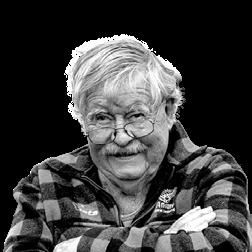
Most people enjoy seeing native pohutukawa or kowhai when they are in flower and can even name them. Neither tree has any real economic value, though pohutukawa was used for ribs in boat building and woolsheds were made of kowhai in the Taihape area, but both are appreciated for their beauty.
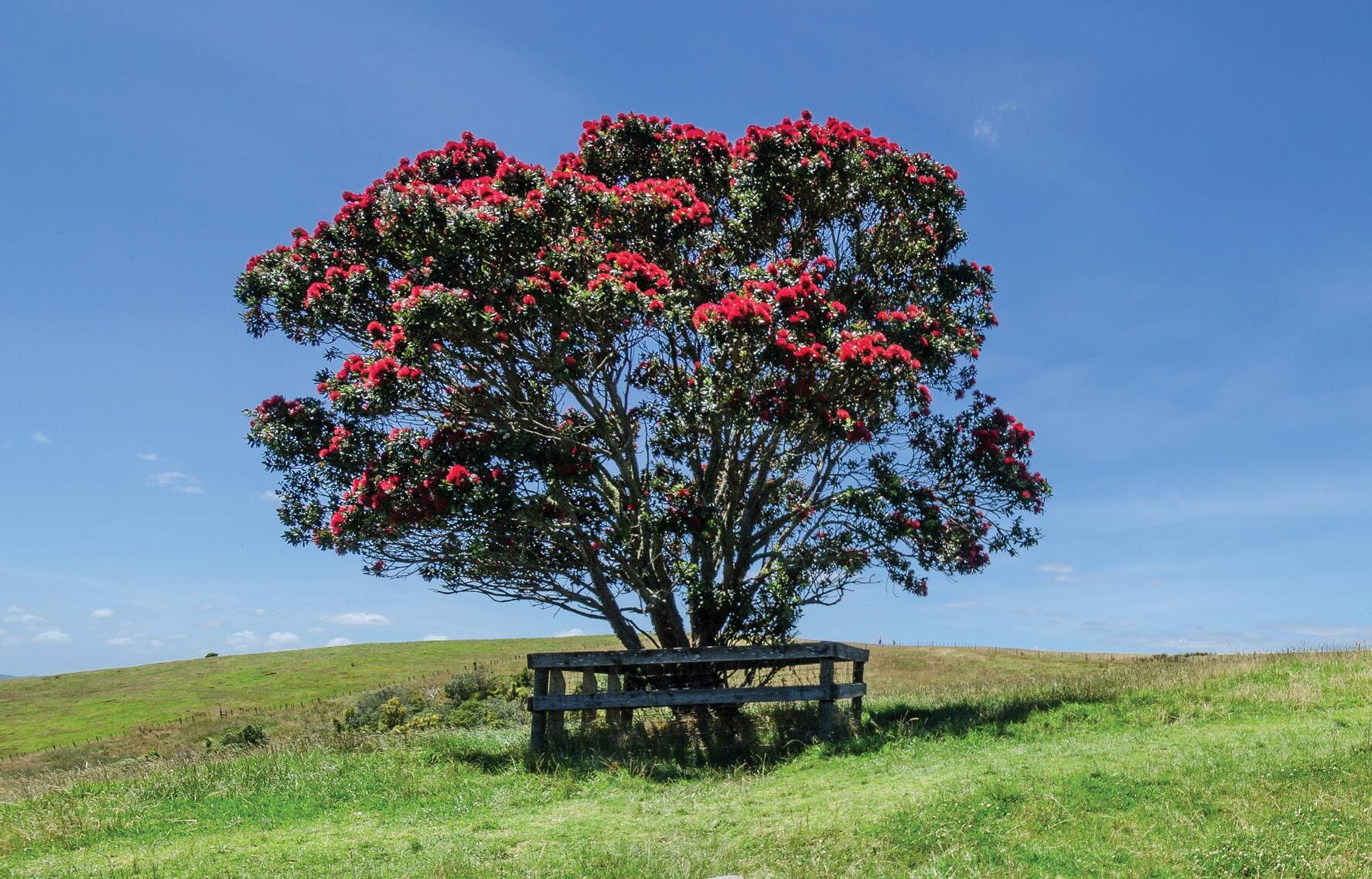
Exotic pines on the other hand have great economic value, but planted en masse have become a much-detested tree. What would happen if we mixed the two – natives and exotics – together?
The native brigade tends to stick strictly to natives while the growers of exotics – pine, eucalypts, cypresses –ignore the natives.
Recently I received the meeting agenda for a plant group I belong to. Among other things they were going to look at a group of five Illawarra flame trees (Brachychiton acerifolius) in a Northland
native reserve. The trees would be in full, spectacular flower at the time of the meeting. However, just prior to the meeting this visit was cancelled as the trees had been cut down because they weren’t natives.
Some years ago a farmer north of Gisborne wanted to do a big planting of natives as a commercial timber crop. As he would probably be dead by the time the trees were ready to harvest, he wanted to ensure the trees could be logged.
Because of all the red tape regarding the logging of natives, there was no way he could get a guarantee that the trees could eventually be felled. He ended up planting pines, currently not flavour of the month in the Gisborne area.
Let us mix things up and plant natives for timber mixed in with some flamboyant exotics for some spectacular colour. It’d certainly make the place more exciting to look at than our exceedingly dull pine forests. We could also brighten up some of the all-native riparian plantings with a few rhododendrons, liquidambars and magnolias.
With our wonderful climate we can be harvesting big trees only 20 years old. In many European and Canadian timber producing areas it would take 80 to 120 years to reach the same size.
Forty years ago, the Australian blackwood (Acacia melanoxylon) looked like a tree with great timber potential and the then Forest Research Institute planted a stand among natives in the Kaimai Mamaku Forest Park between Rotorua and Tirau. Even those well-versed in natives did not recognise this exotic intruder.
Farm foresters at the time busily planted this acacia, but it had terrible form. They tried pruning it like Pinus radiata but with little success.
I was on a farm forestry trip in the South Island and the farmer had planted blackwoods along the top edge of a basin that the house looked on to.
Sometime later the missus decided to plant the basin with daffodils, went out with a spade, cut slits and dropped a bulb in each.
When we visited, the basin was a forest of nice, straight blackwoods. For every spade slit she had made she had cut the tree roots and up sprang deadstraight suckers.
This tree produces nicely coloured finishing timber, is a legume and has flowers for the bees. However, for the growers it was a flop as there was no market for it. One of the problems with these alternative timber trees is there is not enough volume to make it worthwhile setting up a special sawmill to handle them.
A monoculture, such as we have with pines, is not a good thing for all the other forms of life, such as birds, insects, lizards above ground, and the fungi, mycorrizha, earthworms and creatures that live below the surface.
In the 1950s the fertiliser works added DDT to superphosphate to control grass grubs. It killed the grubs but also the starlings that helped control the tortoise-shell beetle Paropsis, which ate eucalypt leaves.
With no starlings, Paropsis went mad, totally defoliating and killing some of the 120 species of eucalypts to be found in New Zealand. However, there were certain species of this Australian tree that Paropsis didn’t like and they are still with us today. The starlings are also back and Paropsis is not the problem it was.
European foresters have gone for a monoculture of Sitka spruce and in the last few years millions of trees have been killed by a bark beetle. There are more than 100 different species of pine trees, our P. radiata being just one of them. In the United States, thousands of hectares of various pines have been killed by bugs or disease. I have read there are about 18 different pests or diseases which, should they ever reach our shores in a tramper’s backpack, could attack our
radiata forests. It would have the same economically devastating effect as foot and mouth disease.
Historically, European forests were a mixture of different types of trees that were selectively logged, often with horses. The very best trees were not harvested but kept as a seed source for natural regeneration.
The trouble with selective logging or continuous cover forestry is getting the individual tree out. A good system of tracks is needed in the first place. Mobile mills can be taken into the forest with the tree being taken out as sawn timber, or expensive helicopters used to lift the logs out. If the log is to be hauled out, care has to be taken not to damage other trees.
The joy of a monoculture is the ease of
"We have this mantra of right tree in the right place but still tend to be looking at it in a monocultural way — big blocks of a single species."

PERFORMANCE SHEEP GENETICS
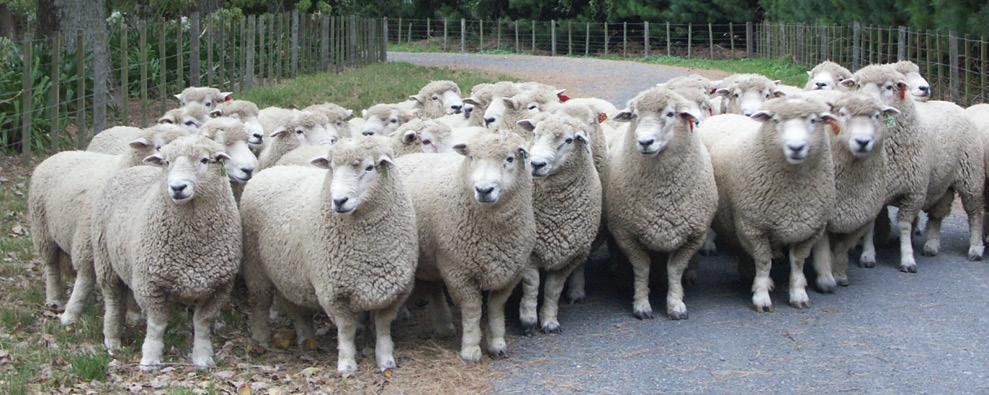
FE tested rams at .52mg/kg LWT available for sale
2023 RAM SALE
Tuesday 14th November, 1.30pm
On Farm 127 Admiral Road, Gladstone, Masterton. Inspection invited from 12 noon
50 Stud and Top Commercial Romney Rams to be sold at Auction
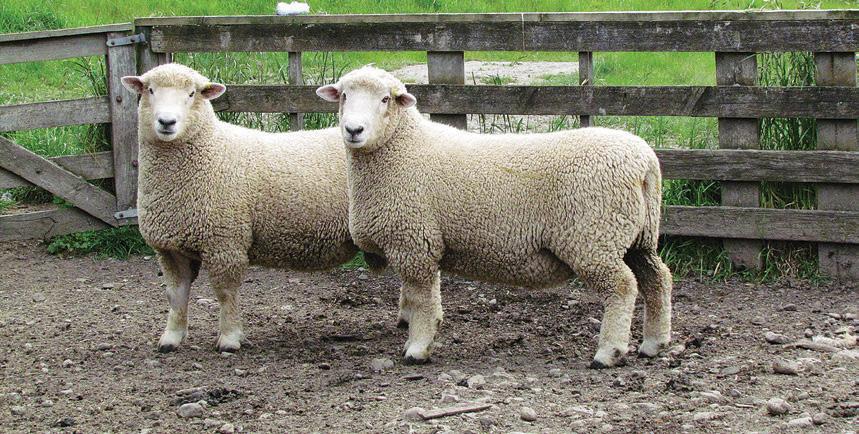
Romney and Romdale rams also available for private sale
Rams selected on structural soundness and high performance data
SIL Maternal worth indexes from 2500 to 3300
CONTACT: 027 446 5312 06 307 7841
All enquiries: Please contact Malcolm Wyeth 027 252 7151 Tom Suttor/PGG Wrightson 027 446 9967 or Simon Smith/PGG Wrightson 027 444 0733
FACTUM-AGRI is a podcast channel that focuses on New Zealand’s Primary industry and it’s Agri business community, FACTUM-AGRI backs New Zealand farmers through a science led approach and understanding the importance of farming to the New Zealand economy.
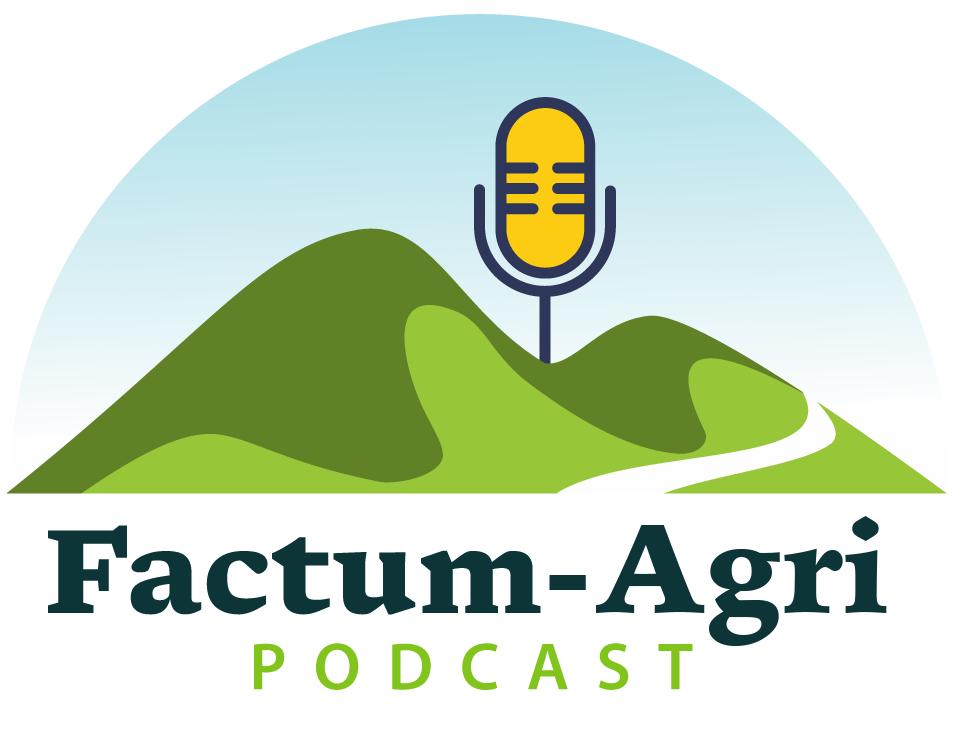
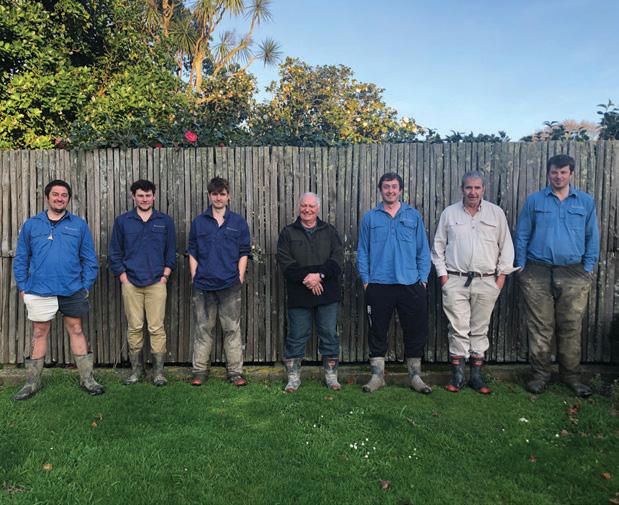
https://factum-agri.buzzsprout.com
06 362 7829 • 027 348 3365
e: ashbystud@xtra.co.nz
management. You plant the trees, prune them all at the same time, thin at the same time and clear-fell the lot when they are ready. The trouble on steep country is slips and erosion once the trees have been felled.
Selective or continuous cover crop forestry involves planting different species and taking out the individuals as they mature. Some species will be ready for harvest before others but there will always be a good tree cover, lessening the chances of Cyclone Gabrielle-type damage.

We have this mantra of right tree in the right place but still tend to be looking at it in a monocultural way –big blocks of a single species. I have a horrible-looking trial shelterbelt about 800 metres long. It runs up a slope with four very wet patches and at the top one
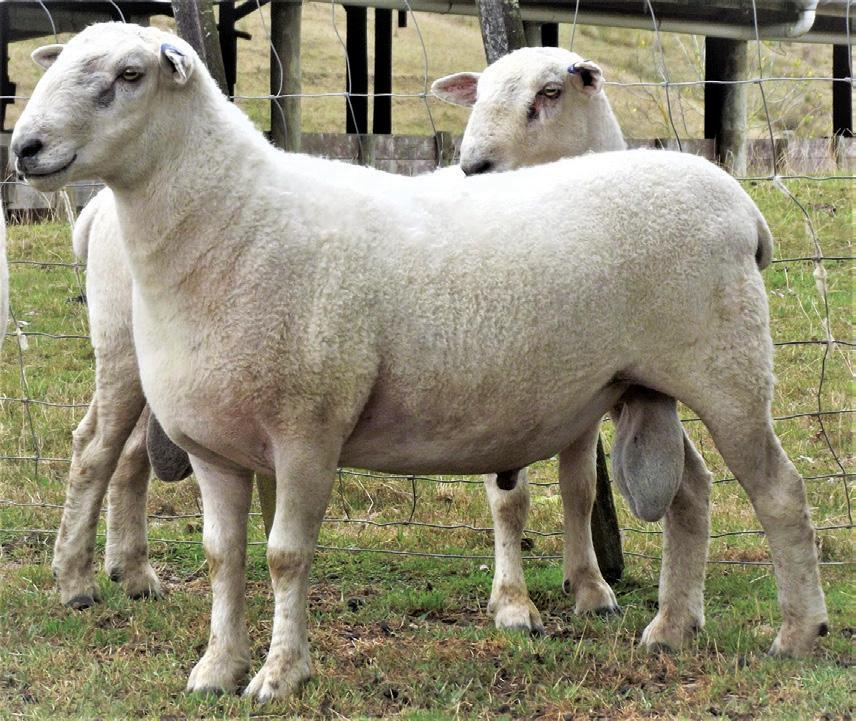
very windy spot.
In the drier spots I have planted about eight different species of evergreen Mexican oaks in groups of 10, in the wet spots swamp cypress, dawn redwoods, kahikatea, tupelo or Nyssa sinensis and scarlet oaks.
In the windy spots I’ve used Wellingtonias (giant redwood) and scattered ginkgos throughout. It is a spotty mess with everything planted too close together, which is going to require a good thinning to keep the best trees. In that short distance of 800m there is a great variation of site conditions. Originally it was a pine shelter belt, but those in the wet spots were very poor trees.
For areas like Gisborne, belts of pines could be planted with big gaps in between the rows for natives or other
exotics. Or the plantings could be done in groups or coupes using trees suitable to the site.

As the trees would be maturing at different times they would have to be selectively logged, which is much, much more expensive than clearfelling. However, there would always be trees on the site and eventually some beautiful timber from kauri, rimu, totara, kahikatea, beech, tawa, oaks, elms, ash, cedars, redwoods, paulownias, eucalypts and black walnuts. Though these trees are slow-growing compared to radiata, the timber would be worth much more.
To make things perfect I would add some really colourful trees, either for their autumn leaves or flowers. Absolutely worthless financially, just like the pohutukawa, but there is a tad more to life than just money.
NOT A GREAT CONVERSATION starter is it? Most of us are guilty of taking an entrenched position on issues we are passionate about so our open mind disappears in a haze of red mist.
How to negotiate the world of entrenched views is increasingly the sort of question being asked by students as they progress through university.
What do you do when you meet up for coffee with a former school mate who tells you farmers are ruining the country and the planet? How do you challenge their thinking without screaming at them and ending a friendship?
Neither of you will actually be listening and a bitter taste remains in your mouth long after you’ve finished the coffee. But there is a more successful way.
Psychologists call it “self-persuasion” and it is the most powerful tool available to change minds. This is how social media algorithms are designed to keep people online. Their main aim is to deliver eye-balls to advertisers by offering information that reinforces thinking – strengthening confirmation bias. But social media has no rules about the validity of information – there are
BY DERRICK MOOTno journalistic standards or scientific peer review processes – just read what you want to and “vote for me, buy my product or think the way I want you to”.
To combat this we need to challenge the quality of the information – not the person.
Psychologically several steps are required to influence people and change their mind:
1. Establish a rapport – talk to them –find things in common – we are both humans!
2. Listen to their claim – hear them out, even though you disagree
3. Repeat the claim back to them so they see you have listened
4. Clarify definitions – make sure you are actually disagreeing about something, not just terminology

5. Ask them for numerical confidence –are you 100% sure of that? 50% sure, 10% sure? This is the key step...
6. Challenge the number – how can you be 100% sure? – why are you only 50% sure?
7. What methods did you use to establish that number? – this is when you start the process of creating selfdoubt – what is your source? Social
media, a news report, Uncle Jack, etc?
8. Oh I’ve heard something different from… a credible scientific course –and then
9. Summarise and leave, don’t labour the point – sow self doubt in their methods, not their argument – and let it lie. Of course this is easier said than done and requires a great deal of self-control but is the only way to engage. Here’s an example I use with the students – we’ll skip the first step assuming you know the person and have a rapport:
1. The claim – regenerative farming is what New Zealand should be doing to reduce our impact on climate change.
2. So you believe regenerative farming has a lower carbon footprint than conventional agriculture?
3. When you say regenerative farming what do you mean? And this one is really important because it may be that much of what they consider regenerative farming is already happening on most NZ farms.
4. How sure are you regenerative farming will reduce the global carbon footprint?
5. 100% sure - okay, so that’s pretty confident.
6. How did you come to that conclusion?
7. Oh, I’ve read in this journal that regenerative agriculture actually increases emissions per unit of product and is less productive so we need to clear more forests if we use less-intensive methods?
8. Okay – it will be interesting to see whether the studies on regenerative agriculture currently happening in NZ actually show it reduces our carbon footprint – and leave. Having the background to be able to do this is part of why students come to university.
“Science to challenge management” is our teaching mantra.”
Time spent working in sheep yards can range from satisfying to relationship straining. An ergonomically designed set of yards can not only save time, money and marriages, it will also bring the fun back to sheep work, James Hoban writes.
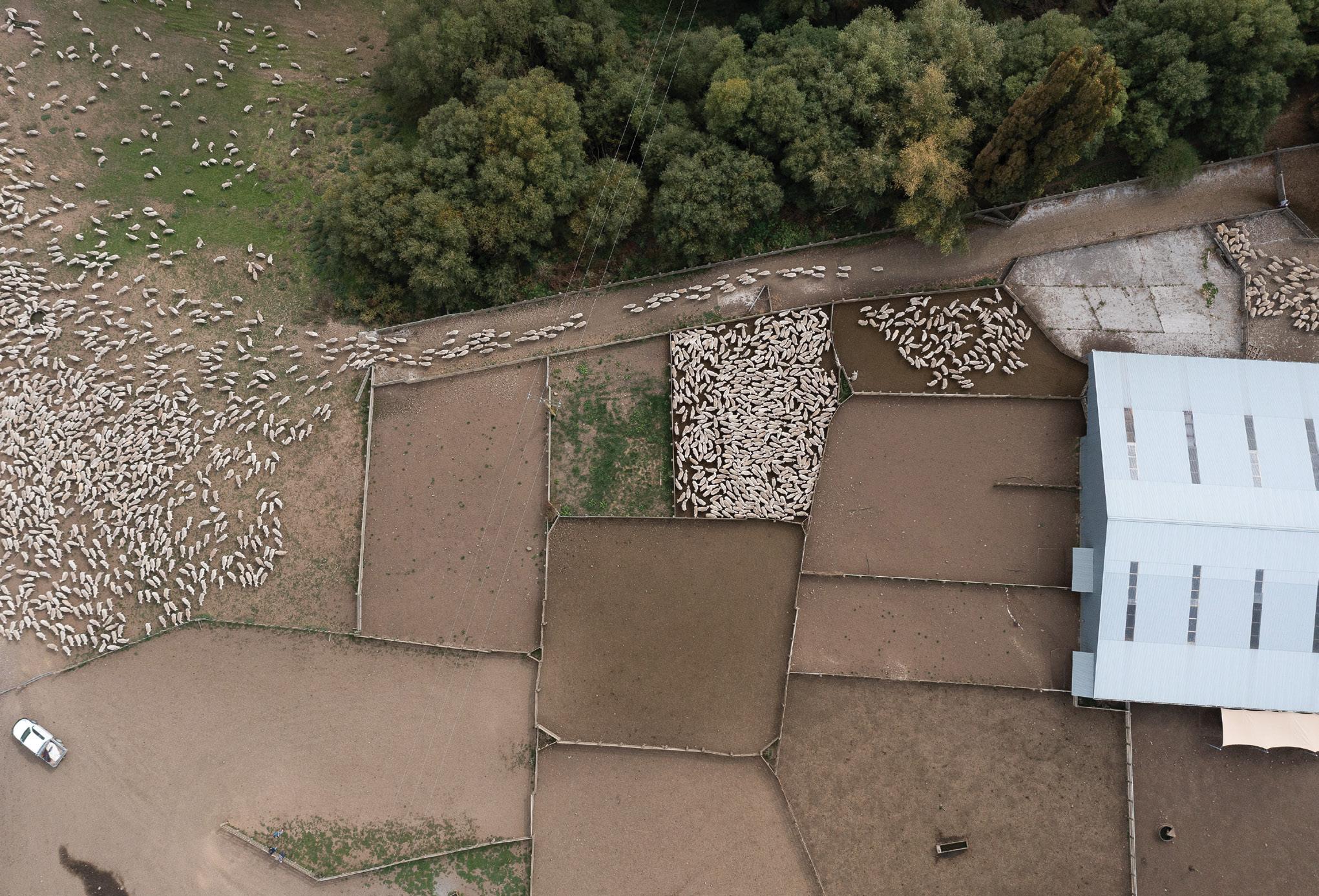
Top: Wide gateways and multiple entrances and exits to and from the yards Centre: Making dedicated areas for specific jobs helps get those areas right – rather than making one spot fit multiple tasks. In this case a specific loading area works well. Note the cap rails, step and solid rails on the leadup to the ramp. Below: The rub rail here is ideal height for the youngest member of staff to stand on and see what is going on. Solid rails in the drafting race and a robust slam latch.
The following are things to consider when building or altering sheep yards. It is based on information from the New South Wales Department of Primary Industries, speaking to several other farmers, two sheep work contractors and the writer’s own experience working in a range of yards.
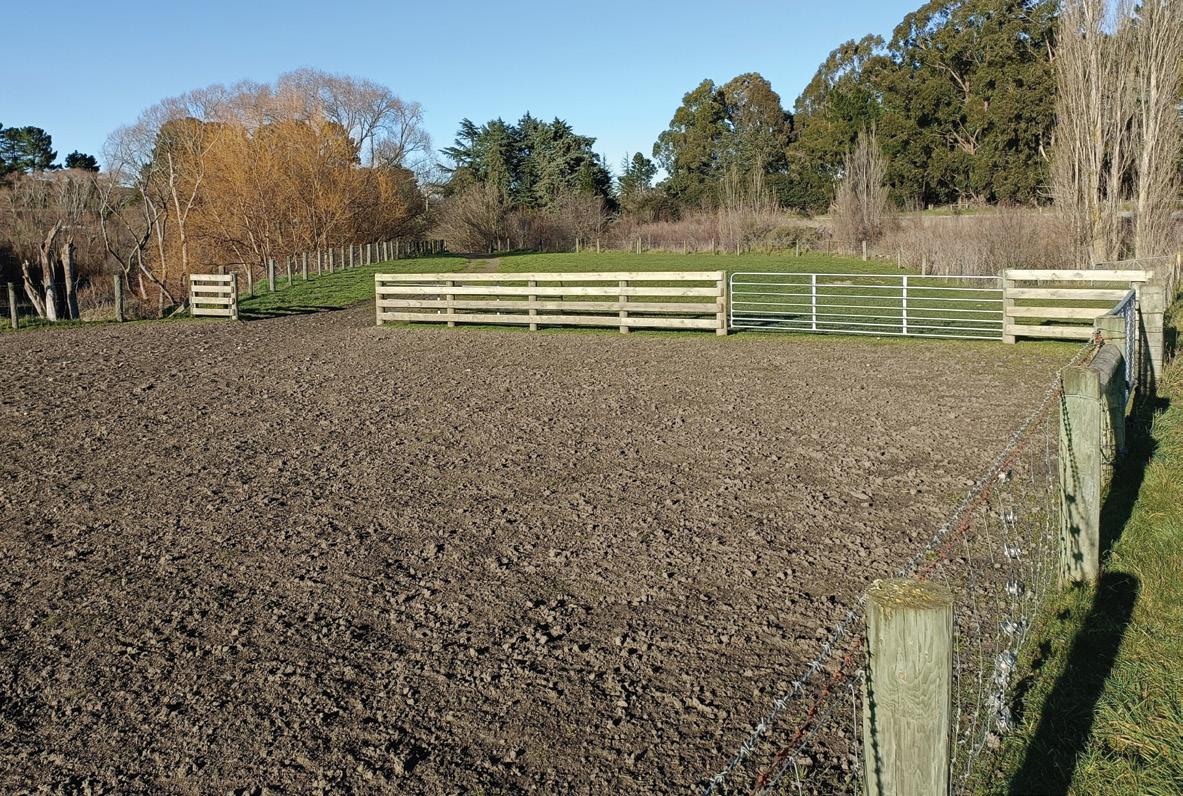
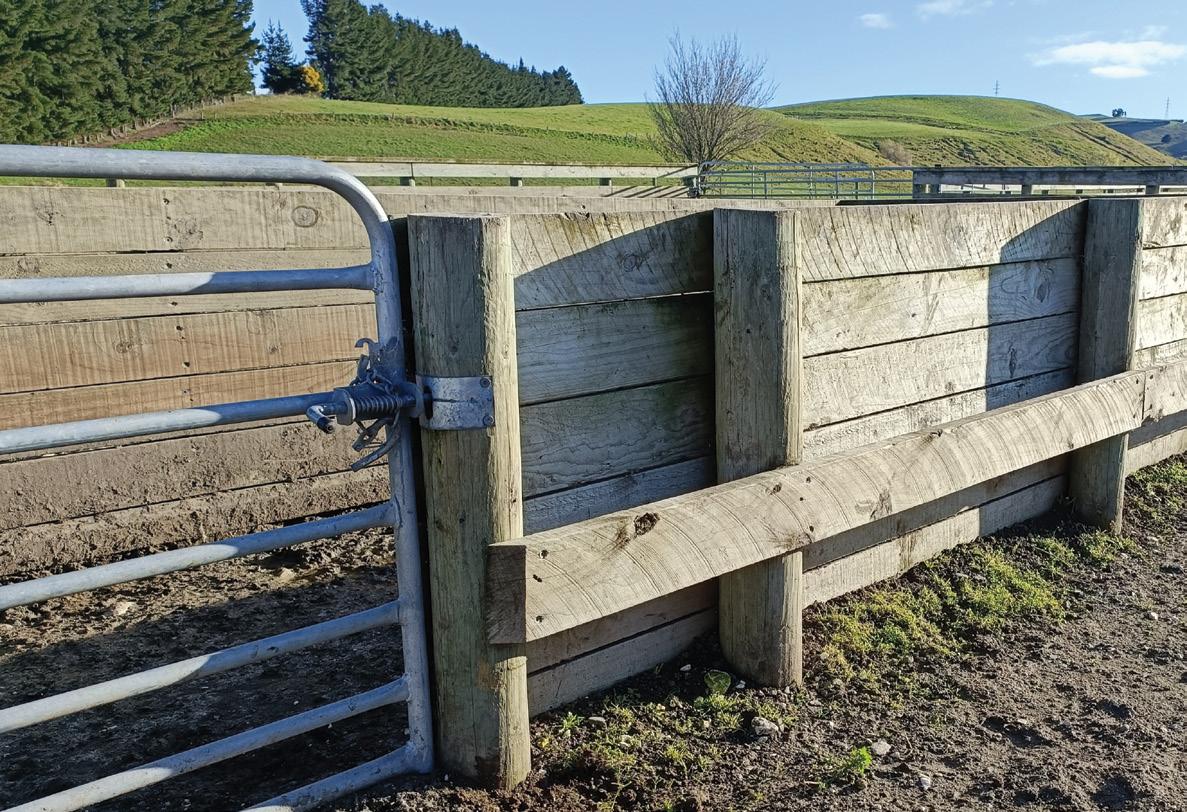
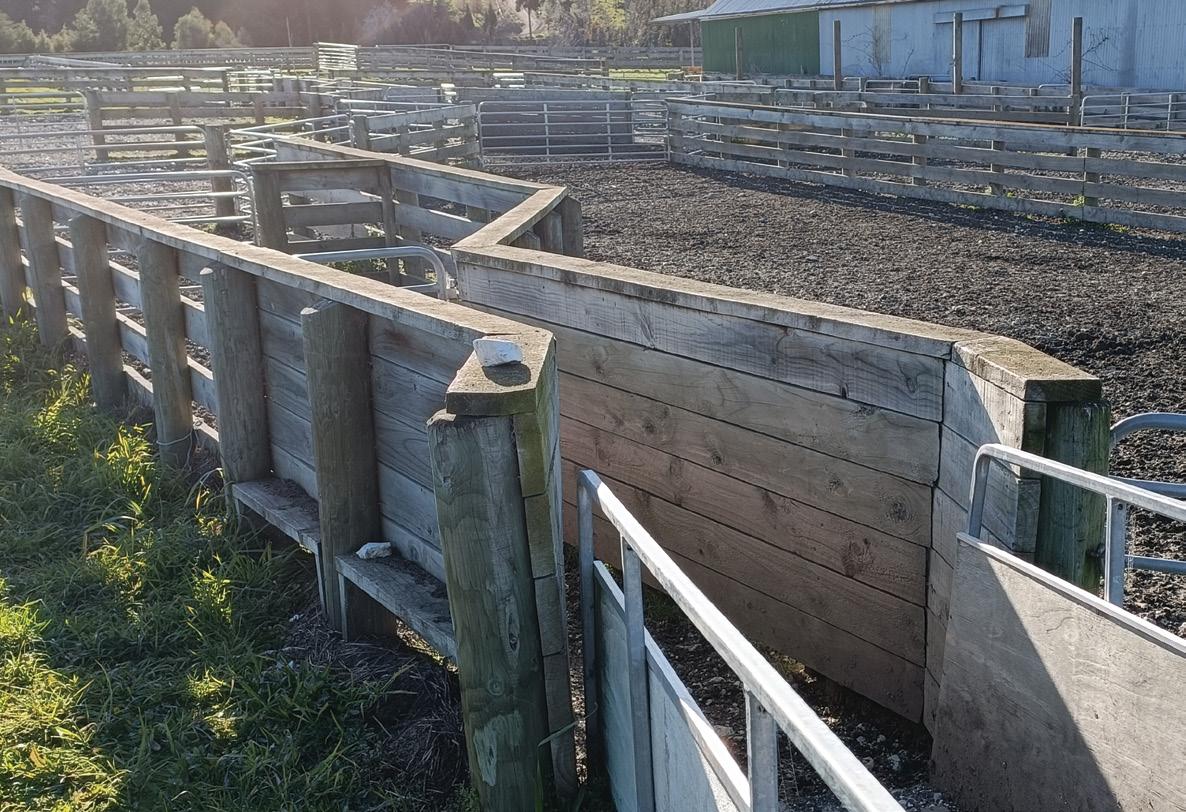
The planning stage is the most important part of building new yards. Start by talking to a scanner or contractor about the best yards they work in. Ask them who has yards that work well and then go and have a look at them. While it might not be possible to completely copy a set of yards for a different farm, it is worth understanding the key elements of what makes those yards work well.
A transition plan needs to be in place. If the existing yards are going to be unusable for a time while building the new ones, where will sheep work happen? Timing the building around peak sheep work will help.
When it comes to yard design, there are numerous templates freely available online. Consider the size of the flock and the jobs that need to be carried out. Entry and egress are key. Can mobs easily come and go without too many obstacles in their way? During busy times such as weaning and scanning there needs to be enough space for multiple mobs and room to juggle mobs as required, including after drafting. Other considerations when selecting a site include drainage, slope shelter, water supply and electricity. Existing yards might have been in the same place for generations but it doesn’t necessarily mean there isn’t a better site available.
Drenching and drafting races work best if they are different sizes. Having them in the same place is often not the best option. Building them
Kerry France

1419 Moa Flat Road
RD 2, Tapanui, New Zealand
Kerry: 027 601 6131

Morgan: 027 911 6193
Jackson: 027 774 5585
Email: france@yrless.nz
individually and separately can result in the best flow. It is common for people to rebuild something similar to what they already had. Sheep and people get used to a set of yards and make it work – this does not mean it is the best design. Building new yards might be a once in a generation activity and is a good opportunity to take time to consider a range of options.
Not all sheep are created equal. Consider differences in breed and temperament. Without being specific, some breeds require stronger fences and higher rails than others. That said, most sheep still have the same natural behaviours.
Sheep can detect movement behind them without moving their heads. In a forcing pen it is important for sheep to be able to concentrate on the flow of the mob in the right direction without distraction. Closed panels help obscure the view of sheep behind them and people in front or beside them. Sheep should have a clear, unobstructed view towards where they are meant to move.
As the saying goes, sheep follow one another, and the strategic use of see-through panels or mirrors can encourage them to move. They run towards light spaces better than dark.
Wide gates help maintain good flow.
Ideally sheep should take a familiar route and direction through the yards for all handling operations. Entrances to sheds, loading ramps, dips


Left: Gates everywhere – extra gates are not an issue but a shortage can make life challenging. Centre: A strong slam latch on a race gate. Below: A great splinter saver –bevelling the edges of top rails saves some pain. The same applies to cap rails.
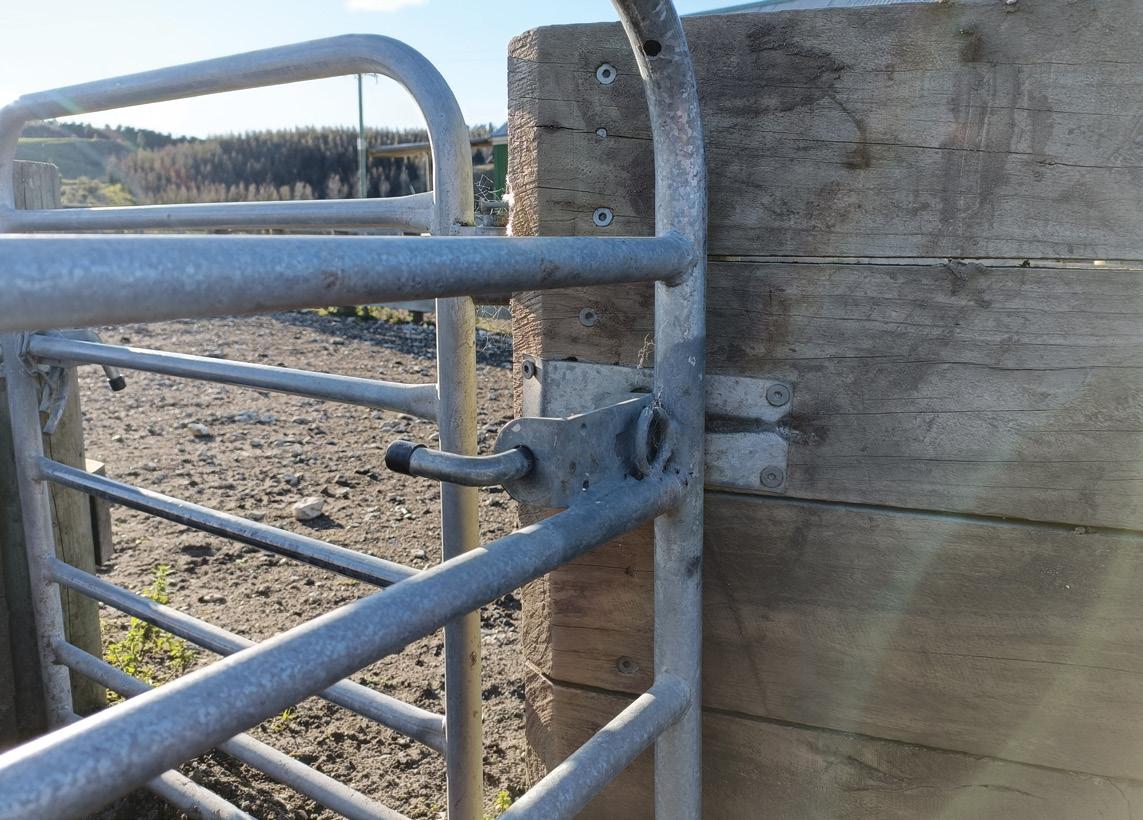
and other handling areas should be placed along the route sheep usually take through the yards. Do not try to get sheep to handle more than one change at a time. For example, going up a ramp or through a gate or around a corner or into a shed. If they are asked to do more than one of these things at a time it can be overwhelming for them and they are less likely to run.

Who does most of the work in the yards? Making access between yards simple can help shorter members of the family or staff get around the yards more easily. Styles and strategically placed peoplegates can save a lot of pressure on hips and knees.
To ensure yards are fit for the future they should allow:
• Room for expansion
• Ability to handle larger numbers of sheep
• A dedicated area for contractors – scanners, conveyors, mobile dips. If this is well set up it will save half an hour of set-up time when these people arrive.
• Sometimes several sets of reasonably basic but effective yards are more convenient than one Rolls Royce option. This depends on property size and layout as well as mob size and handling frequency.
Everyone has their own preferences when it comes to yard materials. While most permanent yards are still built from timber with steel gates, there is always room for innovative components that suit individual situations.
Steel yards are a common option. Older steel yards and some cheaper options do result in noisy setups that can disturb sheep flow, but that depends on the yards and how they are constructed and fixed to the ground.
Having gates on site when posts are driven is a good way to ensure post placement is precise.
Latches need to be easy to use and robust enough to avoid accidental openings.
A hard surface underfoot is best. Concrete is expensive but the best option in most cases.
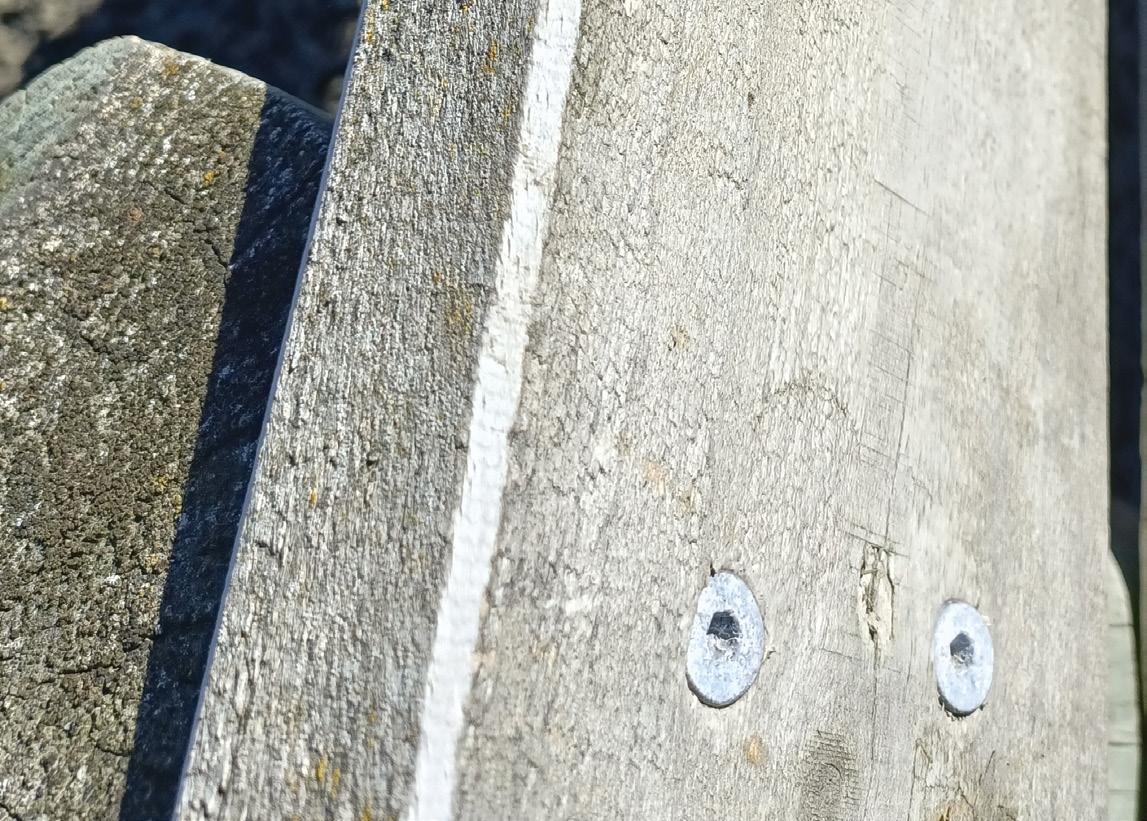

Pregnancy scanners work some of the longest, coldest hours in the sheep sector. Sitting in the scanning seat in the depths of winter and carrying out the timebound job under seasonal pressure means that usually the work cannot wait for the weather to clear.
For Daniel Wheeler, it is a role he has embraced for as long as anyone in New Zealand. Daniel was one of the three sheep scanners to import a scanning machine in 1992 and introduce what is now widespread technology. Of the three who began at the same time, Daniel is the only one still scanning.
He recently scanned his seven millionth sheep and is confident this is at least a NZ record but also quite likely the highest total any scanner globally has reached.
The at-times antisocial hours, travel and work in the dark are balanced by the benefits of meeting new people, maintaining long-term relationships and time spent on one of his favourite things – talking about sheep.
Daniel says it is ironic he started scanning at 22 years old and has stuck with it because generally he will not recommend it as a career to young people who are interested.
“Scanning does tie you to an area so you have got to be at a point where you are ready to settle somewhere.”
Despite that, Daniel has travelled extensively with scanning. He first saw it in 1992 in Scotland, where
he worked as a scanner’s assistant. He travels back to Scotland annually for the scanning season and still scans for clients he first visited in 1992.
His NZ client base is located mostly from Conway to Rakaia as well as on the West Coast and Golden Bay. The farming landscape has changed dramatically since he started. Initially, nearly half the sheep he scanned were Corriedales whereas today they are more than 80% strong wool or crossbred flocks.
Many of his original clients have exited farming or have had children take over. Daniel says it is a great privilege to have scanned for more than one generation on some properties. He has seen the most notable trends in that time being an increase in ewe size, an increase of about 30% scanning on average and a decrease in ewe numbers.
In addition to a successful scanning career, Daniel is a well-known stud sheep breeder who has experimented with a range of breeds and been prepared to try some less-common options.
He has settled on a Finn-based flock and Finn/Texel ewes as his mainstays but has also continued to progress his low input and shedding flocks. Daniel says Finns have more lambs without suffering from metabolic issues that can prove challenging in multiple bearing ewes. He says Finns do not get milk fever, sleepy sickness or bearings. Texels complement the Finns because they bring muscling and have a short tail. He says Finn/ Texels are common in Europe as a stabilised cross.
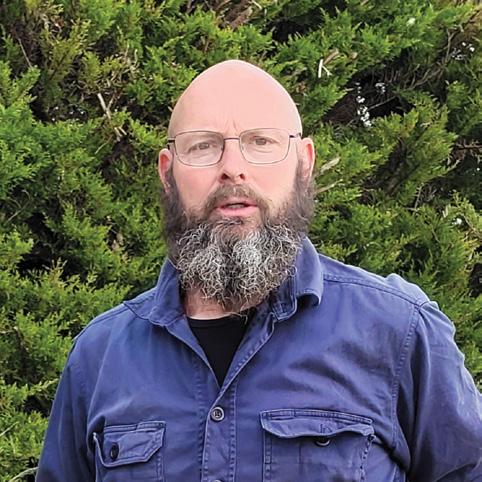
Another of Daniel’s interests has been maintaining rare breed genetics, keeping some of the smallest populations going. He maintains a flock of Campbell Island sheep that have a total population under 60 ewes.
It is that willingness to experiment that has seen him focus on breeding low-input sheep, initially focussing on short tails and removing dags from his wool flock. He is quick to point out that low input sheep can still have wool value.
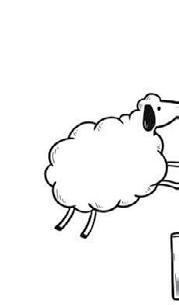
As part of a low input focus, dag score and FEC (faecal egg count) are key for Daniel and are traits
that he is adamant more breeders should invest effort in.
“We drench, dip and tail because of dags. If a ram breeder is not recording and selecting for dags and FEC then they are effectively passing the costs of these traits on to their clients.”
Daniel selects for short tails, low dag score, FEC, body condition score, fertility and survival.
He is a strong advocate for recording through SIL (Sheep Improvement Limited) and says that as far he has seen all the evidence shows that it works.
“As far as I’m concerned SIL does what it says on the can. It is particularly good for making progress on traits we cannot see.”
Daniel is a founding member of the Beef + Lamb Genetics low input central progeny test. He was also on the steering committee for that initiative.
His focus on low-input sheep has been long term and in recent times he has also branched out into shedding sheep with his Meatmaster composite flock. These are a combination of Texel, Dorper, Finn and Damara.
He believes the growing trend to shedding flocks is more than a flash in the pan and that with farm costs continuing to rise and returns proving challenging, it may be the way of the future. He sees the uptake of shedding sheep as a rational response to the pressures on farmers and a way to reduce labour requirements and costs associated with wool.
Despite the rapid growth in demand for shedding options, there are top genetics readily available. He says that while it would be hard to find a large number of good shedding ewes to purchase, top rams are easier to find.
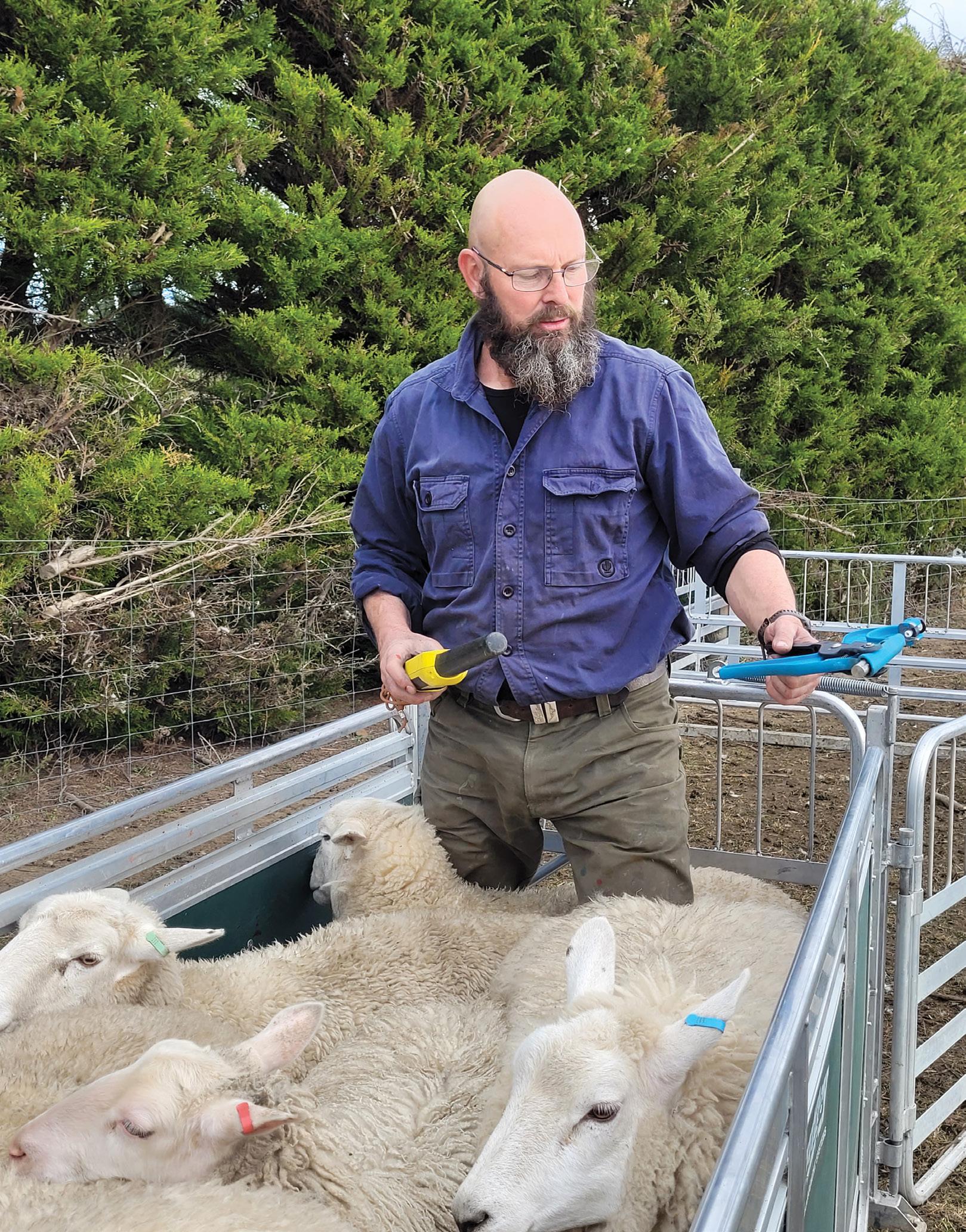
“Scanning does tie you to an area so you have got to be at a point where you are ready to settle somewhere.”
(UAV) or drones are basically flying robots and have been around for a while now.
They are being seen as just part of the job for some commercial operations, from real estate to construction.
Based in the Waikato, AgFirst consultant James Allen has been using drones for several years now on the job and has bought them for various other AgFirst offices. While not in every office they are more common now, he says, with the horticultural consultants probably using them the most, especially for apple orchards.
They are a good tool for farm consultants too. And because you can pick one up for just a few thousand dollars they’re pretty affordable, he reckons.
There are plenty of different makes and models ranging up to more than $100,000. So, finding something that will fit your budget and working needs shouldn’t be hard. But higher risk with what you want to do with the machine comes with higher costs and higher certification to operate.
Having cost about $2000, James keeps his DJI AIR 2S in his car. It doesn’t get used every day, he says, but he appreciates being able to bring it out whenever it is needed. The unit came with three batteries each of which have a flight life of 15 minutes. The camera
gets the most use – taking good-quality still images and video.
“Fifteen minutes’ flight time might not sound a lot but when you’re moving at 50kmh you can cover a lot of ground.
“Being able to take videos of the farm to share if someone is thinking of buying or selling a farm is useful,” he says.
Also useful is being able to allow share milking applicants to get a feel for a farm as part of an initial interview.
Drones have become valuable tools for farmers.
A wide range of models is available, capable of many different tasks, Delwyn Dickey reports.


Southland sheep and beef farmers Dean and Sarah Rabbidge, who farm at Wyndham, run 9000 stock units including 4400 ewes and 1200 hoggets on a 580ha effective property. This year will be their fifth drop of lambs on the ground using Grassendale Genetics Romney as their maternal ram.
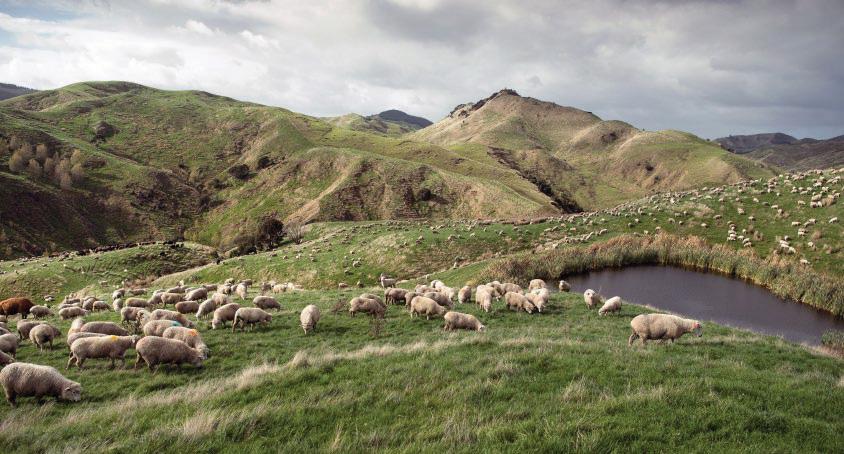
“We’ve got them to where we want them to be and are meeting our goals on reducing mortality from scanning to lambs on the truck.”
We’ve added to the family! In addition to our existing highperforming breeds of Romney, Romworth and Beltex/Suftex Cross, we are now offering the self-shedding Grassendale Streaker. Dam breed Australian white Coopworth Texel; sire breed Wiltshire and Nudie.
“I really respect George and Luce’s breeding objectives,” says Dean. “Our farm aligns with their breeding philosophy of hardiness, good mothering and survivability. We want a sheep that can look after itself at lambing time. It can be a pretty tough environment here. We also want sheep that can maintain stable body condition year round without us having to condition score them all the time.”
In spite of a drought last summer, they tailed more lambs than ever. “It speaks volumes on what we are achieving with Grassendale Genetics.”
We’ve added to the family! In addition to our existing highperforming breeds of Romney, Romworth and Beltex/Suftex Cross, we are now offering the self-shedding Grassendale Streaker. Dam breed Australian white Coopworth Texel; sire breed Wiltshire and Nudie.
We’ve added to the family! In addition to our existing highperforming breeds of Romney, Romworth and Beltex/Suftex Cross, we are now offering the self-shedding Grassendale Streaker. Dam breed Australian white Coopworth Texel; sire breed Wiltshire and Nudie.
Scanning percentages were in the low 170s before going to Grassendale Genetics but are now in the 180s with 4% triplets and a good ratio of twins and singles.
We’ve added to the family! In addition to our existing highperforming breeds of Romney, Romworth and Beltex/Suftex Cross, we are now offering the self-shedding Grassendale Streaker. Dam breed Australian white Coopworth Texel; sire breed Wiltshire and Nudie. grassendale.nz
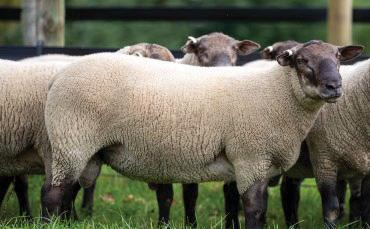
Dean says they are also achieving better wool production and that’s helping their bottom line too.
0277267467
grassendale.nz
“It speaks volumes on what we are achieving with Grassendale Genetics.”
For hardy, resistant hill country sheep with high production, efficiency and structural soundness, contact us today
Drones can’t be flown higher than 120 metres with this certificate or within 4km of an aerodrome – unless you have clearance from Air Traffic Control.
Get consent before flying over people and other people’s property.
The drone can’t weigh more than 25kg loaded and must be kept in a safe and well-maintained condition.
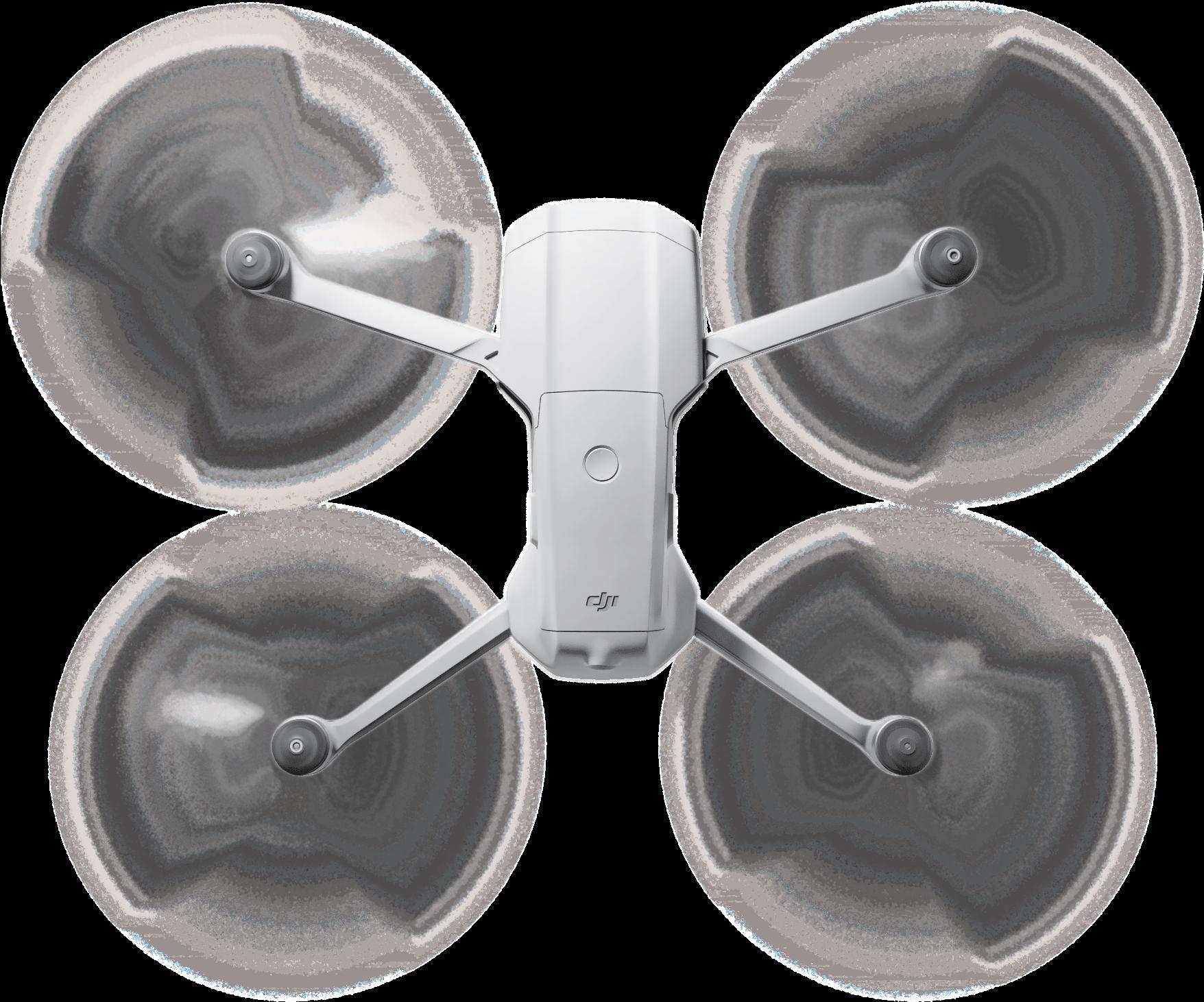
SOME OF THE MAIN CONSIDERATIONS:
Permission isn’t needed within that area if you’re flying a “shielded operation” where you are flying very close to but under the height of trees or buildings. (See the full set of rules for this.)
You must be able to see your unmanned aircraft with your own eyes at all times. So you shouldn’t be watching it through binoculars, a monitor or smartphone. And don’t fly it behind objects or through or above fog and cloud.
Drones must give way to all crewed aircraft – planes, helicopters, hang gliders, and paragliders and operators must land the drone immediately if another aircraft approaches.
There are several no-fly zones – check for any airspace restrictions in your area before you fly.
You can only fly during the day (which means thermal night flying is out without the next level certificate Part 102).
“I’m in Waikato so if they’re in the South Island this saves them the cost of flying up to have a proper look at the farm in the early stages.”
While he knows of several dairy farmers who use them, James is surprised they aren’t more widely used.
Agricultural consultants and farmers alike would likely find ways to use them thinking more laterally about what they could be used for, he reckons, especially with labour shortages.
“Generally, farmers are going for the less expensive drones,” he says. Drones are pretty quiet and are good for watching stock without disturbing them.
“Farmers usually use them to keep an eye on stock, a quick scout around to check on water troughs, the condition of the fences and raceways, or in winter to make sure the cattle haven’t gone over the break.”
One farmer he knows saves time and labour by having an automatic BattLatch gate release on the race for cows to walk up to the shed. A drone is then used to check no animals have been left behind.
When noise is needed to get animals moving along, sirens, dog barking and other sounds can be used. Animals can get used to the same sound all the time and may start ignoring it, so being able to turn on a variety of different sounds is handy.
Health and safety benefits come to the fore with staff able to check if stock are safe after storms when trees may be down and there are slips, or flooding and flood damage around the farm, without physically going out and tackling potentially damaged raceways and paddocks. If you’re also running dry stock on the hills mustering with drones can be safer for staff on rough terrain.
Optical and thermal imaging cameras are an option.
Picking up heat sources, rather than needing light as our eyes do, means thermal imaging can clearly see stock in low light or at night potentially spotting animals down banks or in dense bush. It’s also useful for scouting for stray dogs around boundaries, possums, cats, rabbits or other pests.
Get the AgriVantage rearing toolkit – our products are tried, proven and trusted in New Zealand and around the world.
Launchpad18
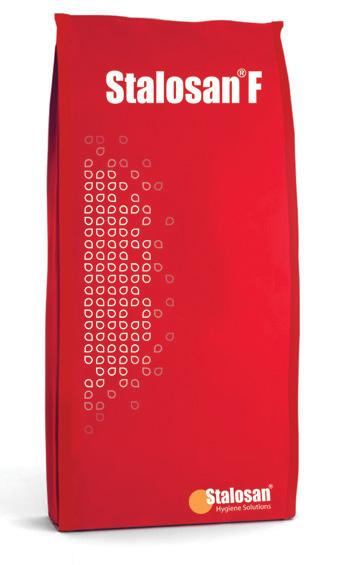
Colostrum replacer/supplement containing 18% IgG for best immunity
Minimum 18% fat provides excellent energy boost
Sprayfo Alpha + Sprayfo
Primo Lamb Milk Replacers
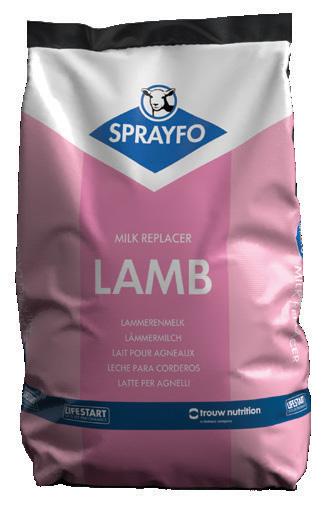

Ideal starter + finisher combo. Use a premium whole milk powder for good early growth rates + a whey-based milk powder to enhance rumen development. Seamless transition.
Biopect
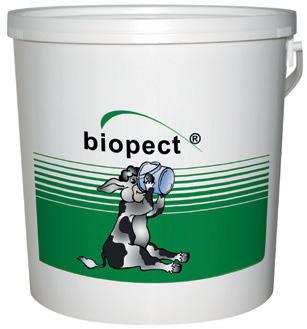
Prebiotic to improve gut health in young animals under stress
Contains plant fibres, glucose and electrolytes
Non-medicated; does not contain antibiotics
Stalosan® F
For improving the environment and minimising proliferation of bacteria, viruses, fungi, parasites, fly larvae
Remains active for several days, even in the presence of manure and bedding
1. Is it a colostrum replacer or a colostrum supplement?
Although very similar, it’s important to note the difference between a colostrum replacer and a colostrum supplement. A colostrum replacer is designed to completely replace the first feed of colostrum – it will provide at least 10g of Immunoglobulin G (IgG) which is essential for achieving passive transfer in a lamb.
A colostrum supplement, on the other hand, is designed to be fed in conjunction with maternal colostrum. On its own, a colostrum supplement cannot replace high quality colostrum.
2. Have the vital immunoglobulins been protected during pasteurisation?
Products listed as “whole colostrum” are just that; made from colostrum collected from dairy cows. The colostrum must be heattreated (pasteurised) to eliminate any potential disease-causing agents.
Heat treatment is key here. Where standard pasteurisation involves high temperatures which can reduce IgG content and damage growth factors, whole colostrum is pasteurised through carefully timed heating and cooling cycles with regular testing to preserve the natural ratio of all ingredients, keeping key colostral components intact.
3. It’s not only about IgG
Whole colostrum products provide a valuable source of nutrients - in particular fat, which provides a highly digestible and readily available source of energy for the young ruminant.
These products also contain non-nutritive (growth) factors which support early growth and gut development, and the establishment of the microbial population in the gut.
A whole colostrum replacer is high fat and high in IgG while many colostrum powders sacrifice fat for a high IgG content, or vice-versa.
In some cases, manufacturers ‘de-fat’ the product to increase the IgG concentration – taking out an important energy source for the newborn. Other products are ultra-filtrated to achieve higher IgG concentration - this can remove many of the important hormones and other growth factors usually found in colostrum.
In the case of low IgG products (with high fat content), you must feed considerably more colostrum to achieve passive transfer of immunity (10g of IgG/lamb). With AgriVantage’s Launchpad18, one feed will provide immunity, energy and growth factors.

With geo-fencing becoming more popular, being able to send the drone to nudge stray animals back behind the virtual fence is also likely to appeal.
None of the dairy farmers James knows uses drones for spraying although he can see the advantage of spraying patches of gorse and blackberry in hardto-reach places.
The bigger commercial spray drones can cost anything from $40,000 to $100,000 and are classified as aircraft with pilot certification needed.
Casual drone operators – provided they stay within certain rules – generally don’t need certification (although it’s recommended). But because farms are commercial operations all users should be certified, Drone Training New Zealand’s Will Dolman says.
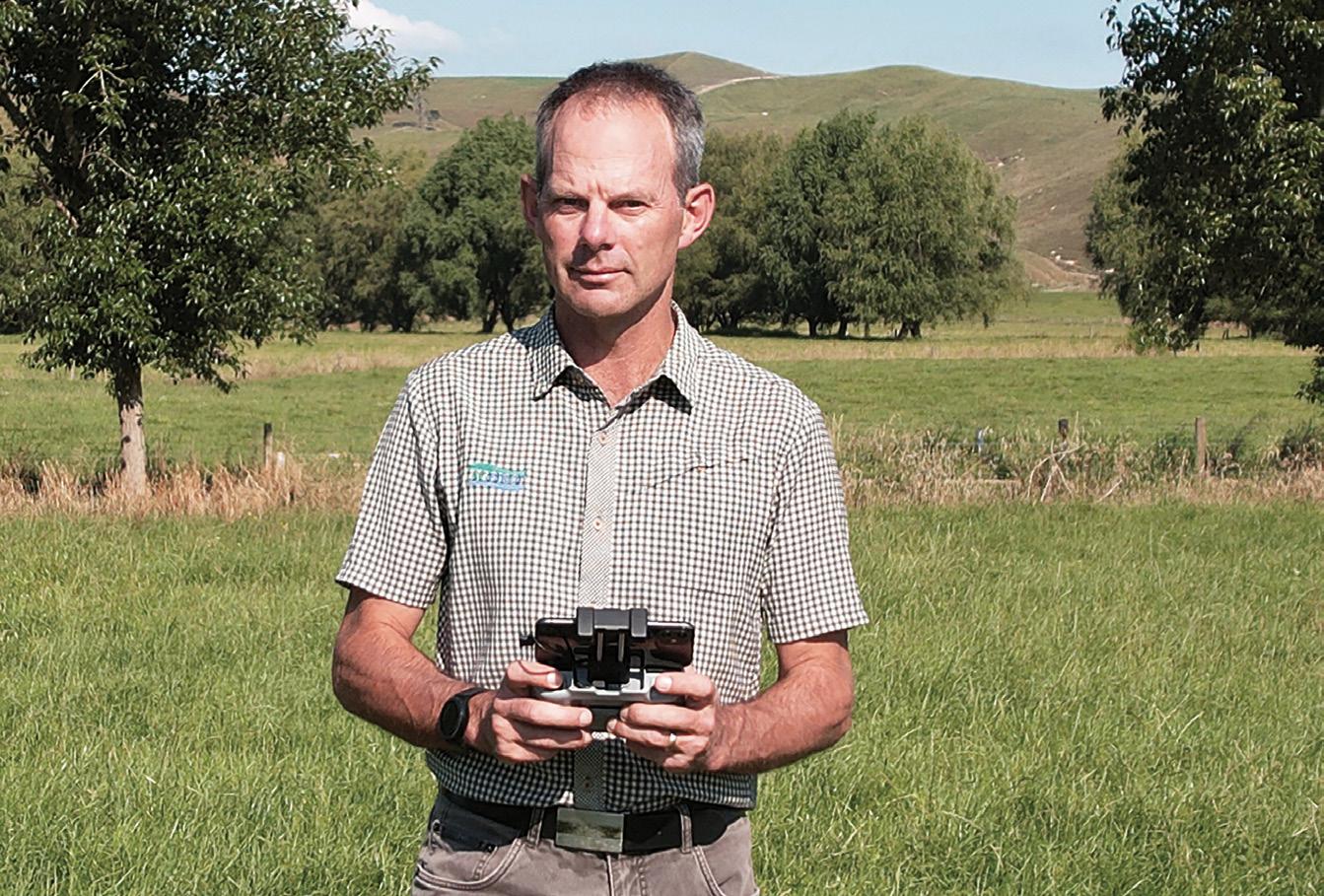
Will says the Tauranga-based organisation runs training courses each month with about six people in each – about 70 people a year, with private courses offered for corporate groups. Most are doing land surveying followed by real estate agents, then photographers, construction, and farming. Both the Civil Aviation Authority (CAA) and WorkSafe New Zealand have raised concerns about the numbers of drones being used on farms without proper certification, he says.
Eight organisations around the country can provide training with a couple in the South Island and the rest in the north. With certification and training providers often willing to travel to organised rural groups there is plenty of opportunity for farmers and staff to get up to speed.
drones present to helicopter pilots and passengers, and other aircraft.
It’s all about managing levels of risk, Will says. If you want to use the drone for anything more than under 101 rules – like pest management at night – it will involve more risk. So you will need Part 102 certification which will show you how to manage that risk.
While Part 101 might have punched a hole in your wallet, Part 102 is where it starts getting really expensive.
The course costs start at about $5500. Once you have the certificate you will be audited every year to make sure you’re up to speed with rules and regulations, and are still a competent operator.
The catch with this is there is a long waiting list to get your certification through CAA – about 12–14 months. So If you’re wanting to use the big T30
Part 101 certification involves a twoday course and costs about $1000. All farmers and staff using the drone need to complete this course first, even if they plan on going on to the Part 102 certification.
Airspace around the country is a commercial working environment where planes and helicopters operate. There could be catastrophic consequences for a plane or helicopter should it collide with a drone in flight.
As they also train helicopter pilots, Drone Training NZ takes people on their drone courses up in a helicopter to really hammer home the risks wayward
or T40 spray units, one drone retailer advises farmers to get their certificates before buying the machine.
Because of the expense of the machine and certification, farmer groups might also want to consider an agreement where one farmer gets certified and buys the spray machine while the others agree to contract them to do their spraying.
“Farmers usually use them to keep an eye on stock, a quick scout around to check on water troughs, the condition of the fences and raceways...”
AGerman shearer at a world championship once put his sheep on a stool, but usually, competitive shearing around the world looks similar.
Dave and Jo Brooker met as judges on the Canterbury circuit in 2013.
Jo has been a judge for 30 years, her father John was a judge and referee for many years around Nelson. Jo was one of the first female judges.
Jo’s initial involvement meant being among a familiar community of great people including her dad, while doing some community service. Sheep shearing judging was also a good contrast from the working week in the corporate world.
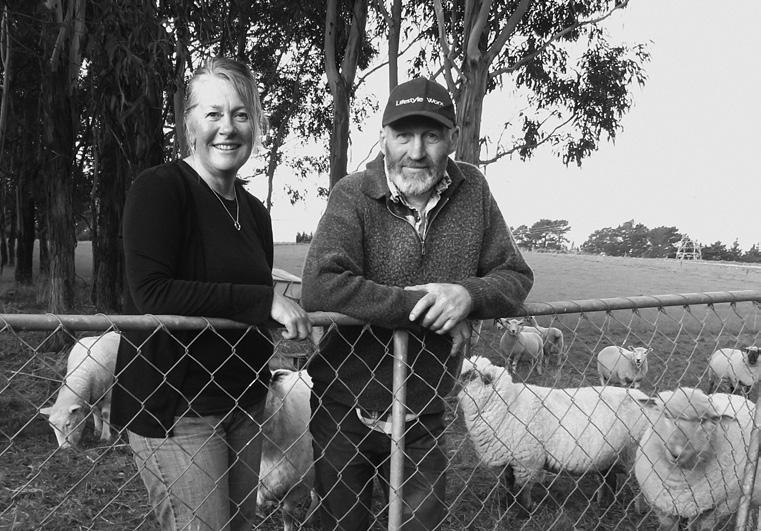
“Now there is education and training. The standards are more measurable now, there’s less variation in the judging.”
Jo and Dave judge competitive shearing and speed shearing
competitions but not world record attempts, where a shearer aims to break the previous record tally over an eight- or nine-hour day, divided into four or five working ‘runs’. The current world record for strong wool ewes is 644 in eight hours held by new shearer Rowland Smith from Hawke’s Bay.
What a judge looks for in competitive shearing and speed shearing is similar, but how points and penalties are accrued varies.
A speed shear and a competition shear in the same town on a weekend encourages shearers and crowds. There is more money in speed shearing, and thrill because there is only one sheep, shorn as fast as possible to a strict quality standard.
All shearing competition rules are set by Shearing Sports New Zealand. Competition shearing is more traditional, a combination of speed
and quality, judged on quality, not style. Judges rotate around the board and out the back; the rule of thumb is that for every shearer there is one judge, and one additional judge for an extra set of eyes.
Out the back more skill is required, where the final word often sits where judges examine the amount of wool left on the sheep and cut marks.
At speed, judges on the board look for the second cut, which shearers want to avoid.
Shearers are Novice, Junior, Intermediate, Senior and Open, shearing between one and five sheep comparatively. Shearers begin their competition career in the section equivalent to how many sheep they shear in day in a woolshed.
There is an Open Blades section, which is dwindling as the number of blade shearers in NZ decreases. They accrue one penalty for 20
seconds, but get penalised for lack of quality like cuts.
“It’s a matter of weighing these things up,” Jo says.
The further up the grades, the closer the shearers are in quality and speed. There is a favour in time, but the quality shearer can often pull through best.
In the lower grades it’s a 50-50 split men to women, but senior and open grades see mainly men.
In recent years there has been the introduction of women’s grades, and women can compete against the men too if they wish.
“As they go up the grades, women struggle to match men’s physicality,” Jo says.
Competitions mostly take place at A&P shows, sheep numbers ranging from 200 to 800. The annual Golden Shears and the Nationals are held in halls or stadiums, with 3500 sheep involved.
Competitor numbers range from between 30 and 50 for local competitions, to 200 for NZ competitions, Dave adding that in the 1970s and 1980s numbers were three times higher.
“There used to be 80 million sheep in NZ, there’s 20 million today. A lot fewer people are needed to shear sheep now,” Dave says.
It takes roughly 100 people to run a competition that involves 100 shearers. This includes truck drivers, the farmers who provide the sheep, stock shifting, judges, preparing the sheep, wool handlers, and pressers.
The wool gets processed and pressed, and the farmer will get it back.
“Shearing is generally done for free, and we often use the same time and time again,” Dave says, adding that
Dave began judging as a way to back off from competitive shearing, but he now does both.
it’s a massive event for the farmers who have to ensure the sheep are dry, and organise the transport and logistics to and from the farm.
“We value these farmers so highly.”
Crossbreds like Romney/Perendale have the best fleeces, and each year there is one crack for the NZ Merino title, Crossbred title, Corriedale title, and the lamb shear title which are usually Romney.
Nationwide there are about 70 competitions. Most shearers start in their late teens, taking about five years to reach Open grade, accruing points through competition wins and shed tallies.
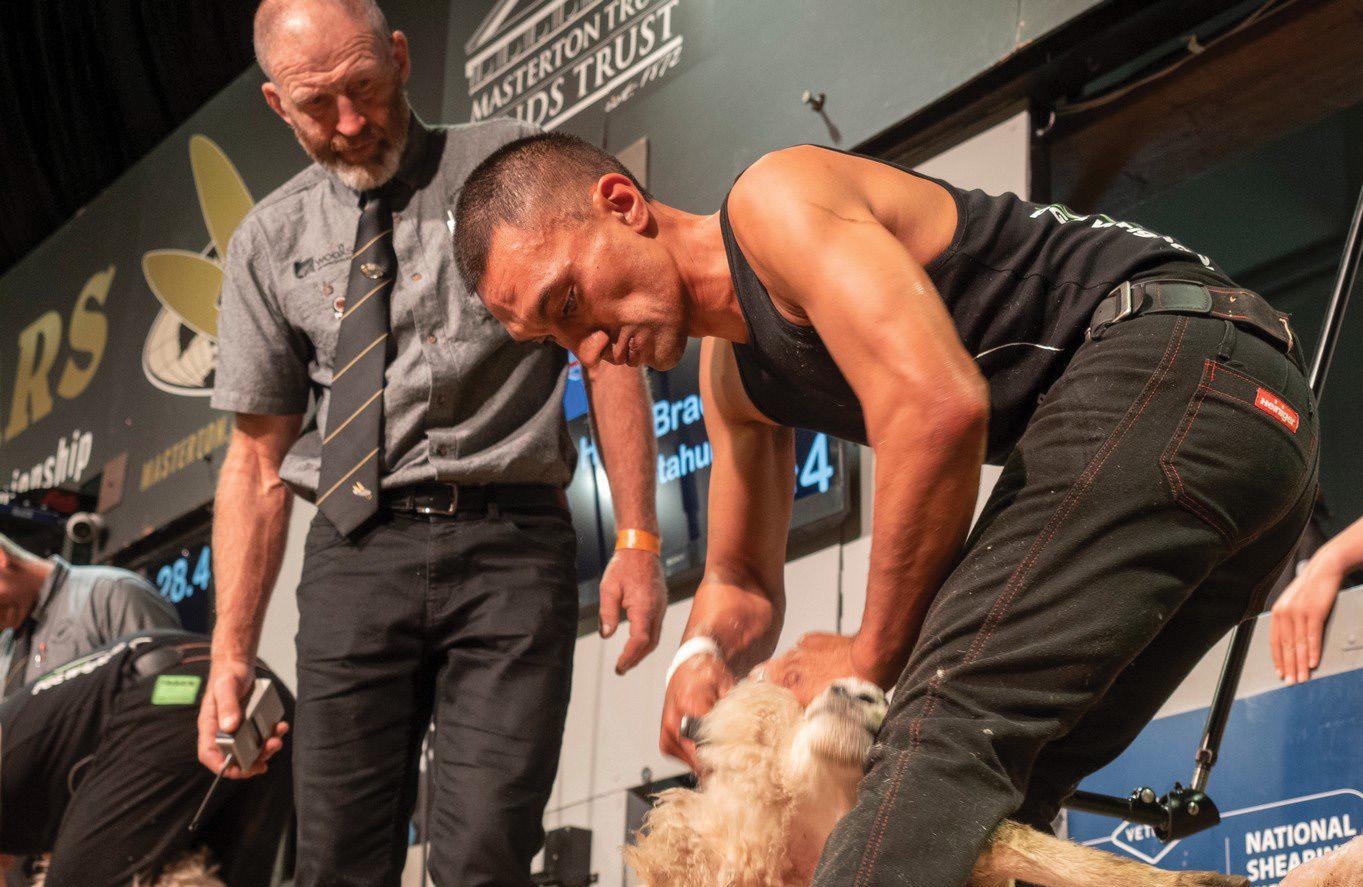
“A junior shearer would take four to five minutes to shear two sheep, an open shearer would take four to five minutes to shear five sheep,” Dave says.
Jo enjoys seeing the shearers progressing through the grades, their personal confidence growing and their skill on the board.
Their hands shake so much with nerves when they start, it’s a wonder how they’re going to shear the sheep.
“It’s pretty cool seeing a junior shearer getting their first ribbon.”
She says they’re being judged for what they do, not who they are.
Judges get nervous too. Jo remembers her inaugural judging experience in Murchison, she dropped the counter in the competitor’s fleece.
“I just wanted the world to open up.”
They have judged at NZ’s top competitions including Golden Shears and NZ Shearing Championships, completing the three-year contract.
Judging teams qualifying for the
"A junior shearer would take four to five minutes to shear two sheep, an open shearer would take four to five minutes to shear five sheep"
YEARS 55 CELEBRATING O F INDUSTRY LEADERSHIP
Flocks selected for over 20 years. Compare our Breeding Values for WormFEC.

• Easy Care
• Low Input
• High Productivity
• High Survival
55 years of Pressure Selection
We focus on:
• Growth Breeding Values
• Structual Integrity
• NZ Maternal Worth

All sires tested at
Alexander Farming Genetics Ltd.
Craig & Tina Alexander
Buckland Road, RD2 Matamata
Ph: (07) 888 1703 • Mob: 021 746 646
email: calexander@outlook.co.nz
Maunga Awa Station
Farm Manager: Gavin Mutch Ph: (06) 212 7540
email: maunga.awa.station@gmail.com
Marchant Farms
Dimmock Road, RD1 Pokeno, Maramarua
John & Jan Marchant
Ph: (09) 232 5613 • Mob: 0274 423 130
email: marchant.farms@farmside.co.nz
Greg & Angela Marchant
Mob: 0272 815 386
email: gregm@farmside.co.nz
.69
Glenbrook Ltd.
Adrian & Jenny Savannah
Glenbrook, RD3 Kaukapakapa
Ph: (09) 427 6393 Mob: 0274 816 599
email: info@glenbrookfarms.co.nz
Kereru Station Romneys
Bob Steed / Rhys & Helen Dackers
136 Paradise Road, RD1 Tangiteroria
Ph: (09) 4332616 • Mob: 0272 415 564
email: helsnz1@xtra.co.nz or kereru_station@xtra.co.nz
Arahura Sheep Genetics
Paul Crick & Dayanne Almeida
1683 Longbush Road, RD4 Masterton 5884
Mob: 0274 504 085
email: arahuragenetics@gmail.com
Worlds at Canterbury A&P Show one year, Jo recalls realising her decision would partly decide the result.
“You actually realise what is at stake, the magnitude of the event. It is pretty cool.”
Jo lived a decade in Australia before heading home in 2013, and enjoyed judging on the Sydney circuit.
“The judging was similar, but not as well organised as it was in NZ.”
Dave joined the world of competitive shearing as a competitor in the mid-1990s as a full-time shearer. A bit later in life compared to most, as he’d spent his 20s focusing on rugby “trying to be an All Black”, playing local senior level and for clubs abroad.
Dave still holds the hand piece, part time as a job and he’s a regular name in the local open classes, finishing in the top few but admits it’s hard to stack up against the elite shearers.
“Being a competitive person, competitive shearing was a natural progression.”
He finished last in intermediate class at his first show, but has come a long way, his best achievement making the Golden Shears senior final in his first five years of competition, finishing fifth out of a field of 60.
Dave was trying to get better every day in the sheds, and making the final is a real buzz.
“It’s not difficult to know what you have to do, what is difficult is actually doing it.”
He says some shearers make a good shed job, but are not good at competitive shearing.
Twenty years ago Dave started judging, as a way to exit competitive shearing. He didn’t achieve that, admitting competing is addictive. He now does both, judging the lower classes and competing in open class.
“It’s not ideal for either, but I’ve
been doing it for 20 years so I’m used to it.”
He’s also been a part-time instructor and a highlight is seeing talent in young shearers he taught now as some of NZ’s best.
“Some shearers you can tell from the beginning they’re going to be good, quick to learn, that natural ability.”
He once took a shearing course at Christchurch Mens’ Prison, deemed a success and enjoyed by all.
“I like giving back to the sport, and I like the people involved too. You meet all sorts, like most sports.”
He says shearing is the ultimate sport, requiring a lot of physical fitness, rhythm, balance, hand/eye co-ordination, the ability to operate a piece of machinery that runs just right, while physically handling an animal.
“There are no other sports that do all those things. There’s not many jobs you take a sweat towel to work.”
Based in Sefton, North Canterbury, on a smallholding, the couple run Lifestyle Worx, a business specialising in lifestyle block work including shearing. Jo is the rousie.
Annually the NZ team travels to the United Kingdom for a tour, and world championships take place every three
years. NZ has produced many world champion shearers, however for the first time failed to win an event at the recent World Championships in Scotland.
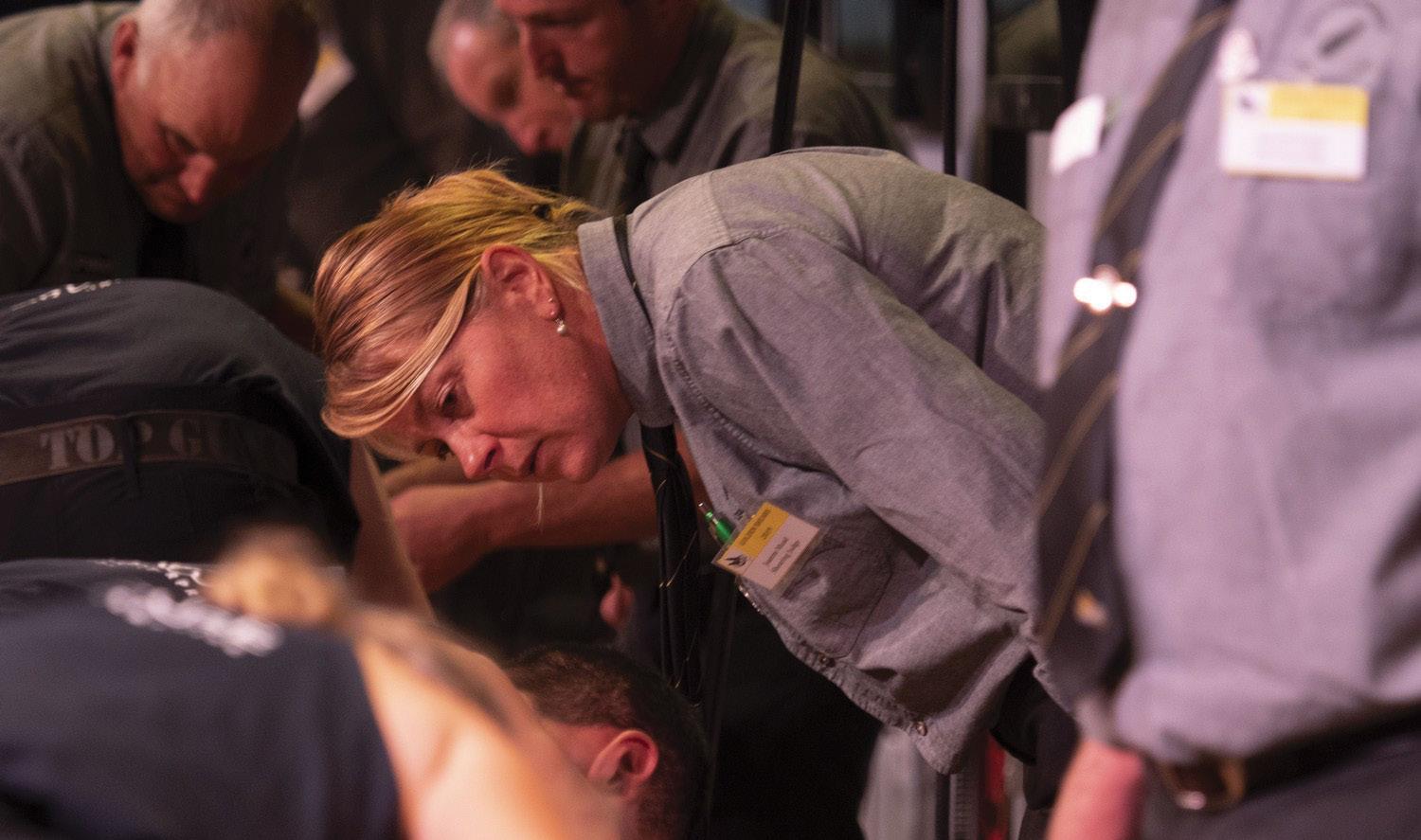
Dave and Jo managed the NZ Trans-Tasman team of three machine shearers, two blade shearers and two wool handlers to Australia in 2018, and the return leg in 2019. NZ won two of the three events in Australia and both events in 2019 (no blade shearing). They are both impressed with the quality of the sport in NZ, but did concede it’s not as big any more. Contractors are less willing to give their workforce a Saturday off to go to a competition, especially if it’s busy.
Full-time shearing is an unofficial prerequisite to enter the sport, and it’s a great hobby for retired shearers, who enjoy a bit of pocket money and the camaraderie. Prize money can range from about $150 to $3000, plus any sponsor products.
Elite shearers travel the NZ circuit, a good way to make a summer bonus.
The sport is great for the culture of shearing too, lifting the confidence of individuals, meaning they work harder out of the sheds too.
It gives younger shearers something to aspire to.
PREVENTING TRACE ELEMENT deficiency is a key step in increasing productivity in adult sheep. The Agrimin 24.7 Smartrace eroding boluses for adult sheep offer a convenient and effective way to ensure sheep are adequately supplemented with key trace elements whatever the system of stage of production.
Containing selenium, cobalt and iodine in carefully formulated amounts, the eroding technology means the minerals are released at a rate to ensure a guaranteed daily intake. Supplementation is achieved via a single application and the high-density bolus settles in the rumen ensuring 100% retention.
Steve Atfield director from Vetpak, New Zealand distributors for Agrimin’s range of boluses says some NZ soils are known to be low in essential minerals,
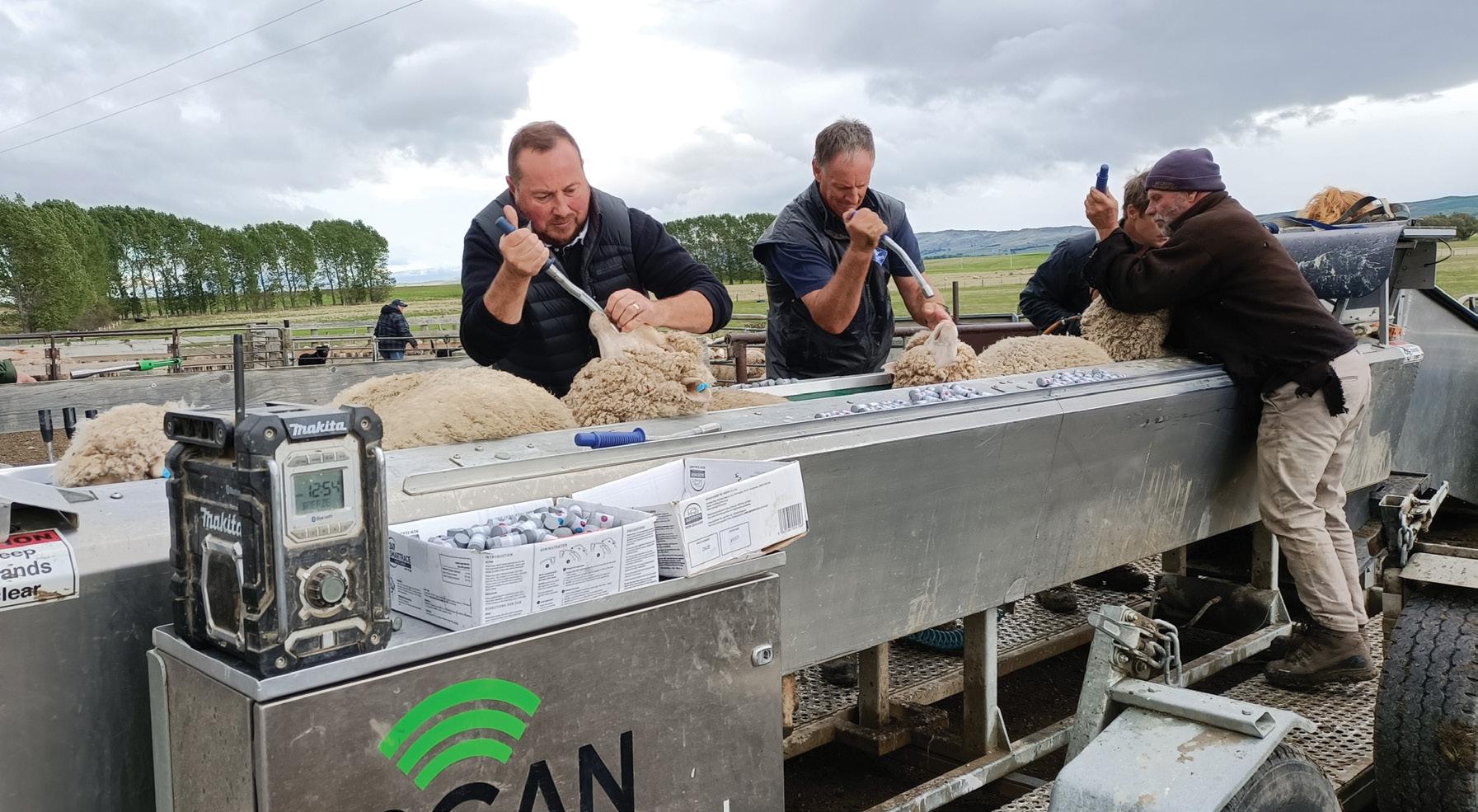
so an easily administered and effective source of supplementation will help improve performance from all classes of adult sheep.
“Bolusing offers a flexible way to provide adequate trace elements at key times and can be dovetailed with other handling events to reduce time and labour.
“For ewes, bolusing four to six weeks before lambing will provide an adequate supply through the last trimester of gestation, also help improve lamb viability and survival rates and help ensure good lamb growth with ewes producing more milk from the supplementation of essential trace elements.
“Supplementation with iodine is particularly important when ewes are grazing on winter brassicas. These crops are Goitrogenic feeds which may inhibit
A conveyor system gets through the insertion of boluses in quick time.
the uptake of Iodine. In these cases, bolusing before the start of winter will mean supplementation will be effective right through the winter grazing period and continue until after lambing.”
Steve says that bolusing can fit extremely well with the management of Merino ewes grazing on high country land where the climate tends to result in pasture with high proportions of native grasses which generally have lower mineral contents making supplementation more important. Supplementing Merino ewes at key times like mating and scanning has been shown to have a positive impact on key performance parameters. He also believes bolusing can help improve the performance in hoggets.
“As the aim is to grow hoggets out as efficiently as possible, it is important to the remove the factors that can reduce growth. Potential trace element deficiencies can be rectified quickly and conveniently by bolusing animals. The same principle can be applied to Merino wethers which often have to survive on poorer quality pastures.”
Murray and Wayne Sargent say their new Kaahu White breed of sheep is more productive and half the work of their previously owned FE Goldaccredited, recorded Coopworth sheep stud flock.
Their farming operation is 460 hectares of freehold and 70ha of lease land at Whakamaru, 40km north-west of Taupo. Autumns create great challenges for sheep with facial eczema and high worm challenges.
They founded a Wiltshire shedding sheep stud in 2017, but now operate exclusively Kaahu Whites. Murray is a firm believer in national recording systems (Sheep Improvement Limited) which record pedigrees, production and health traits.
“We had a very successful FE Gold Coopworth Stud until recently but felt they were no longer the answer because of the workload. So, in 2017 we purchased Wiltshire ewes and rams from David Arvidson’s bloodlines,” Murray says.
He is highly respected as a Wiltshire stud breeder with a large fully recorded flock. Murray wanted the best Wiltshire genetics for facial
COBALT (AS VITAMIN B12) AND selenium are well recognised as essential trace elements for successful sheep farming in New Zealand.
Young growing lambs are most susceptible to deficiency and have the highest B12 requirement of any stock class, at the same time of the year that cobalt levels are lowest in their diet.
Every day lambs are below adequate in their vitamin B12 levels results in compromised growth rates, meaning reduced profit for a farming operation.
eczema tolerance and parasite tolerance, pedigree and performance recording for production.
“We decided to create our Kaahu White breed because we wanted a very low input, high-output breed of sheep that is calmer and more user-friendly than Wiltshire sheep,” he says.
The decision was made to pioneer a new breed they call Kaahu White, by crossing Australian White and Wiltshire.
In September 2018 Kaahu Genetics bought four rams and 43 ewes from the Tattykeel Australian White stud, including the top-priced Australian White stud ram for A$28,000 (NZ$30,300). They went on to buy a further three stud rams totaling almost A$100,000.
Kaahu Genetics was the first to import Australian White sheep from the foundation stud Tattykeel into New Zealand. It was one of the largest live sheep imports ever flown into NZ from Australia. The top price Tattykeel ram made A$165,000 at auction last year.
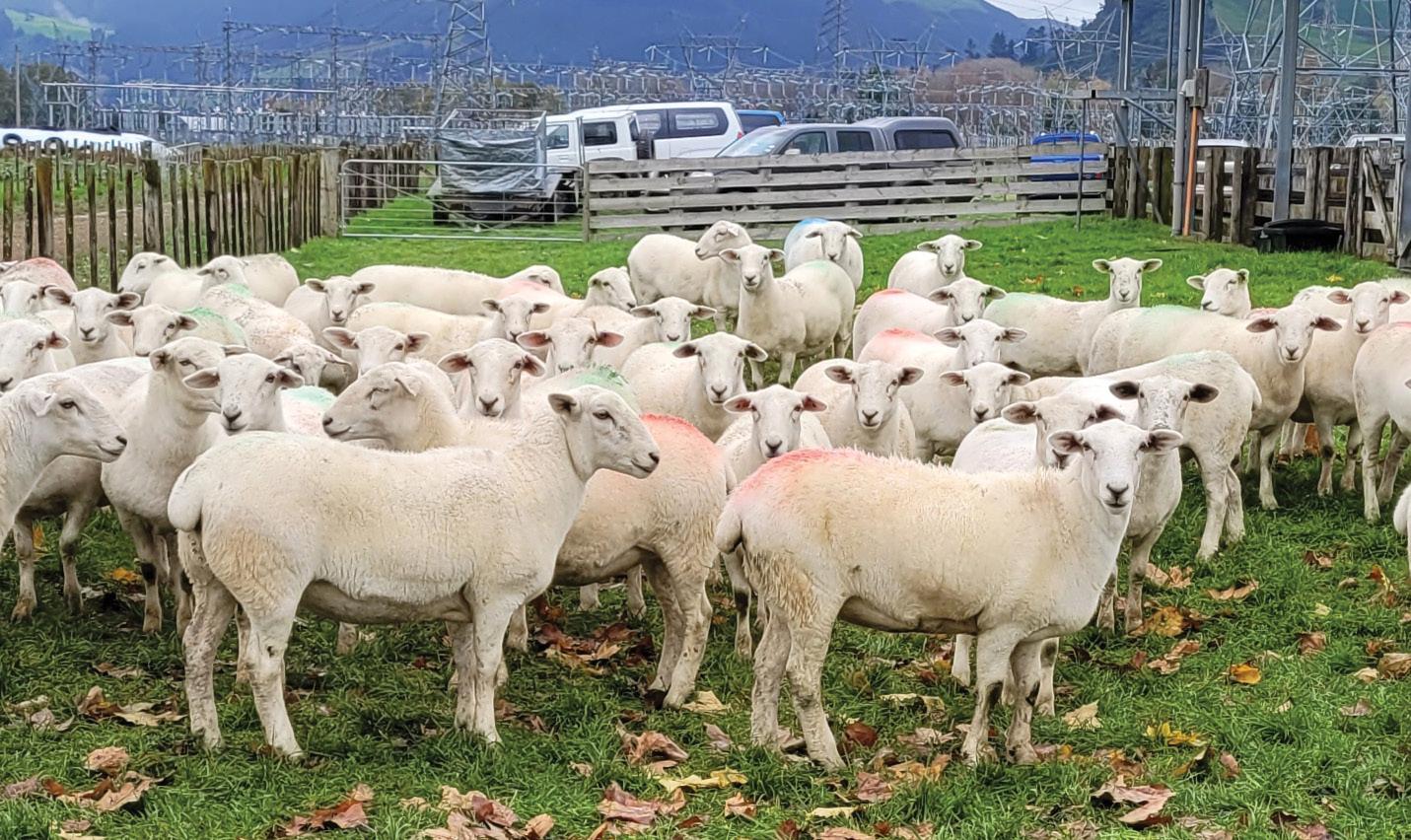
Developed with world-first research and technology, Smartshot has provided NZ farmers with a convenient and long-acting vitamin B12 and selenium solution to boost growth rates and support livestock health for about 20 years. As one of the most researched trace element products in the country, numerous trials support its use, particularly in ewes and lambs.
Smartshot B12 and Smartshot B12 Plus Se are commonly used in lambs at docking/tailing or weaning, to boost and maintain adequate vitamin B12 and/or selenium levels during the critical period of rapid growth.
The vitamin B12 in Smartshot is encapsulated within different sized microspheres, the smaller of which breaks down in body fluids faster than the larger, thus giving extended efficacy and flexibility. This means the dose of a single injection can be tailored to last lambs for three to four months (if going to slaughter) or six to eight months (for replacements).
With fewer injections there is less stress on lambs, less labour onfarm and the sustained trace element levels mean consistent and maximised growth rates.
For more visit smartshot.co.nz
SHEARING IS RECOGNISED AS ONE of the toughest professions in the world and is one of the few occupations where workers take a sweat towel to work.
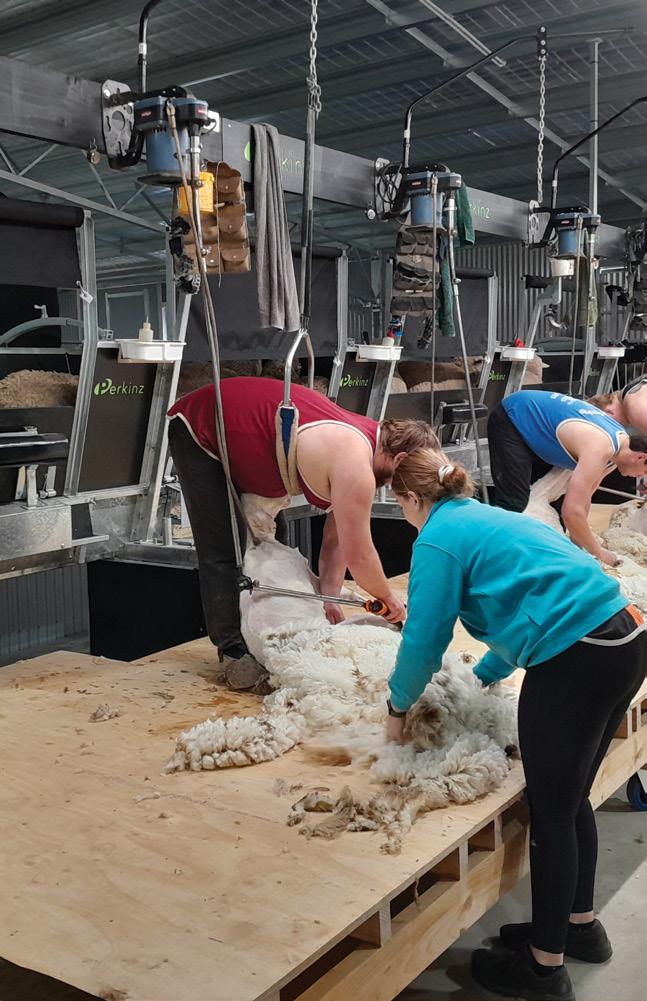
Perkinz, a New Zealand farming brand owned by EB Engineering in Dunedin, has just released a new shearing system called ShearMaster that not only makes a tough job easier, but faster.
It replaces the traditional catching pens with a race delivery system that saves space and significantly cuts the distance a shearer must drag each sheep.
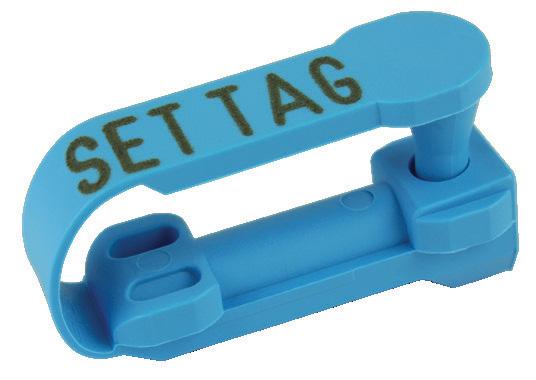
Physics dictates that it takes less time and energy to drag a sheep 0.5 metre than 3–4m.
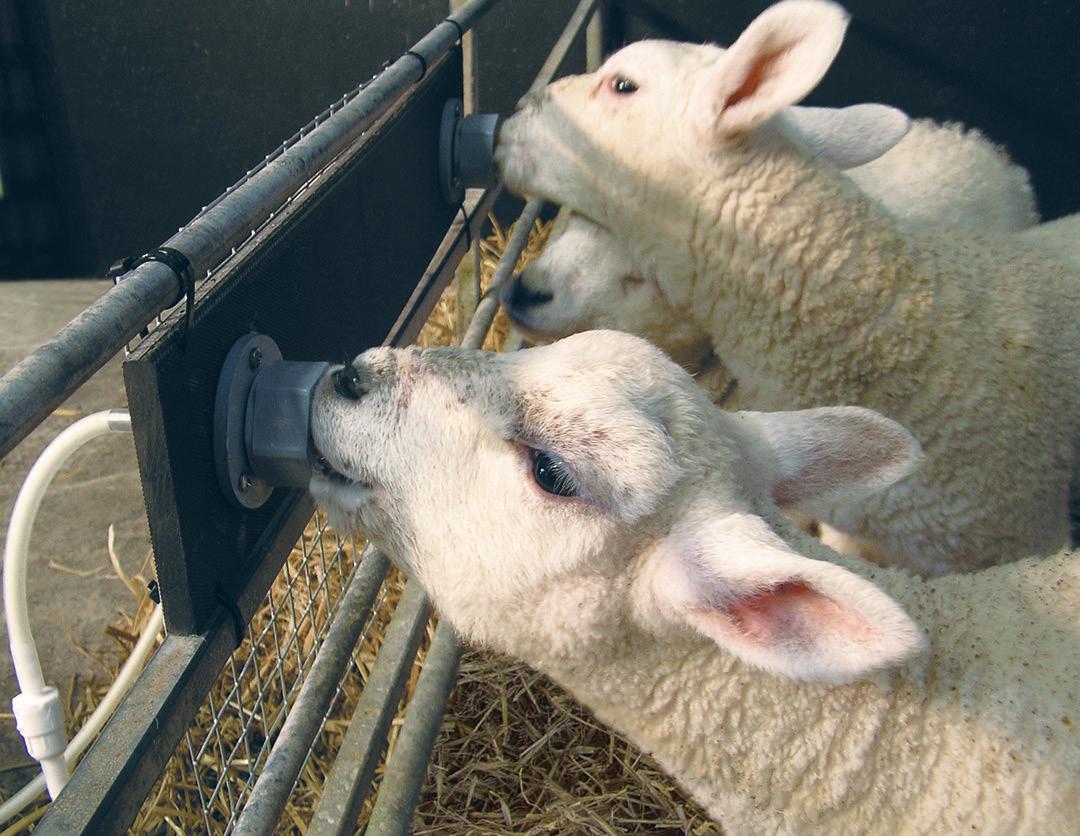
Shearing 250 sheep a day that average 80kg each in a traditional shearing shed, a shearer has to drag 20,000kg about
3–4m. The ShearMaster reduces that to 0.5m. Perkinz installed a five-stand ShearMaster system in Tasmania in July 2023 and owner Wayne Perkins flew there for its first day of operation.
The first order for a six-stand unit was placed the next day by a farmer who was watching the system in action and talking to the shearers and farm owner.
“It’s taken a hell of a lot of work and many a sleepless night, but it’s great to see products made with Kiwi ingenuity, which is the hallmark of the Perkinz brand, being manufactured in New Zealand and the Aussie farmers embracing them.”
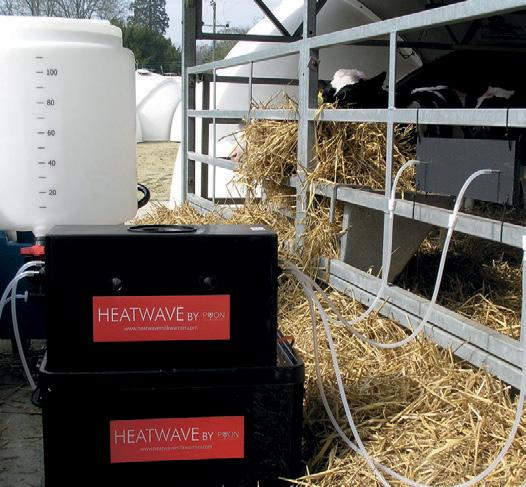
TWO SOUTHERN SOUTH LSLAND studs have been breeding and recording shedding sheep genetics for a combined total of more than 30 years with the vision of developing an easy-care, low-input breed that maintains strong overall production within a commercial operation.
Enfield Genetics is a 400-ewe stud running as an extension of Grant Kean’s family farm in South Hillend, which also runs another 2000 commercial ewes on flat topography in Southland.
In contrast, Willowglen Farms is a 300-ewe stud in Ranfurly, Central Otago, where Barry Smith and his son Jason initially started the stud as an opportunity to breed sire rams suitable
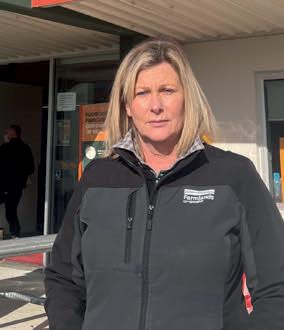
for hogget-mating and ease of lambing for his crossbred ewe hoggets. This has resulted in a style of ram now used with confidence over their 3000-ewe commercial flock.
Both Grant and Barry have a policy to produce a structurally sound, healthy sheep with good growth and meaty carcase, while also placing equal emphasis on SIL performance data to maximise genetic improvement.


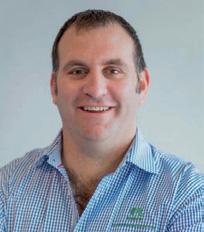


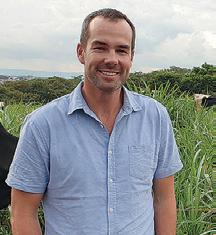
Both studs are into their fifth year of running artificial insemination and embryo transfer programmes with a variety of international breeds of shedding sheep. The progeny of these imported breeds have been trialled against long-established Wiltshire studs to


The Kellogg Rural Leadership Programme develops Food and Fibre leaders with the skills, confidence, awareness and networks to think and act strategically.







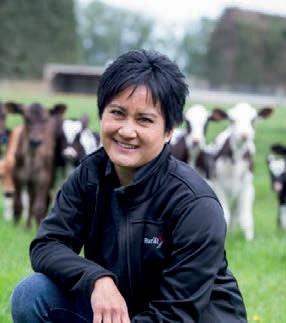

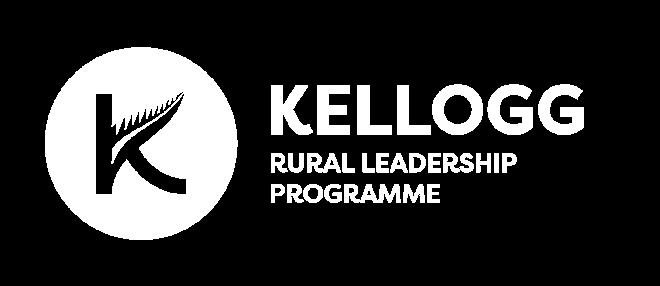
The Programme is for farmers, foresters, fishers, growers and agribusiness professionals who have a desire to contribute to their community, profession and industry.
Programme One 2024 , Lincoln, 23 Jan start.
Applications close 22 October 2023.
Programme Two 2024, Lincoln, 18 June start.

Applications close 14 April 2024.
To find out more or to apply visit ruralleaders.co.nz/kellogg
ensure genetic lines that perform under New Zealand conditions.
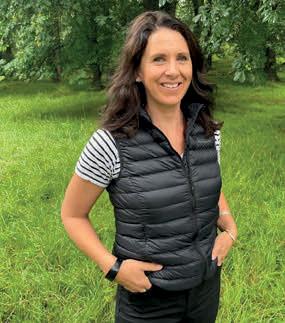
Both also have a strong belief in good stock selection and recording. Some traits recorded include ease of lambing, weaning weights, autumn weights, meat yield (eye muscle area), fecundity, lamb survival, adult size, shedding scores, dag score, bareness and intramuscular fat scores. In recent years both studs have been gene testing to identify a range of genetic advantages including the GDF9 muscling gene as well as utilising WormFEC and CARLA to identify genetic lines with resistance to internal parasites.
Grant, Barry, Jason and their families look forward to their third annual Ram Sale on January 23, 2024.

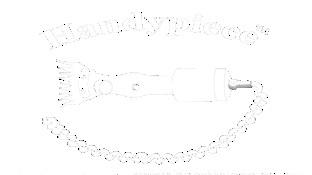
STUD SHEEP FLOCK OWNERS HAVE more choice following the introduction of DNA parentage and genotype evaluation and recording services by Performance Beef Breeders (PBB).
PBB was created to be a one-stop shop for the stud beef industry in New Zealand, but it has steadily stepped up its capability for similar services for the stud and commercial sheep sector through partnering with other companies which offer specific products and advice.
PBB’s latest move is to extend its partnership with Australian company Neogen to include parentage and genotype DNA services for sheep under the Smart Flock brand. This follows its earlier partnership with consulting company and SIL Bureau partner NeXtgen Agri.
PBB’s national territory manager Ella Holland says the company now offers a fast and reliable service for stud sheep flock owners which includes its newly release Smart Flock DNA test through Neogen, tag ordering services for Allflex, Z Tags and Leader products, plus marketing services delivered through PBB subsidiary Pivot to provide sale catalogues and advertising design.
Holland says the Smart Flock DNA test is suitable for all sheep breeds in NZ. At
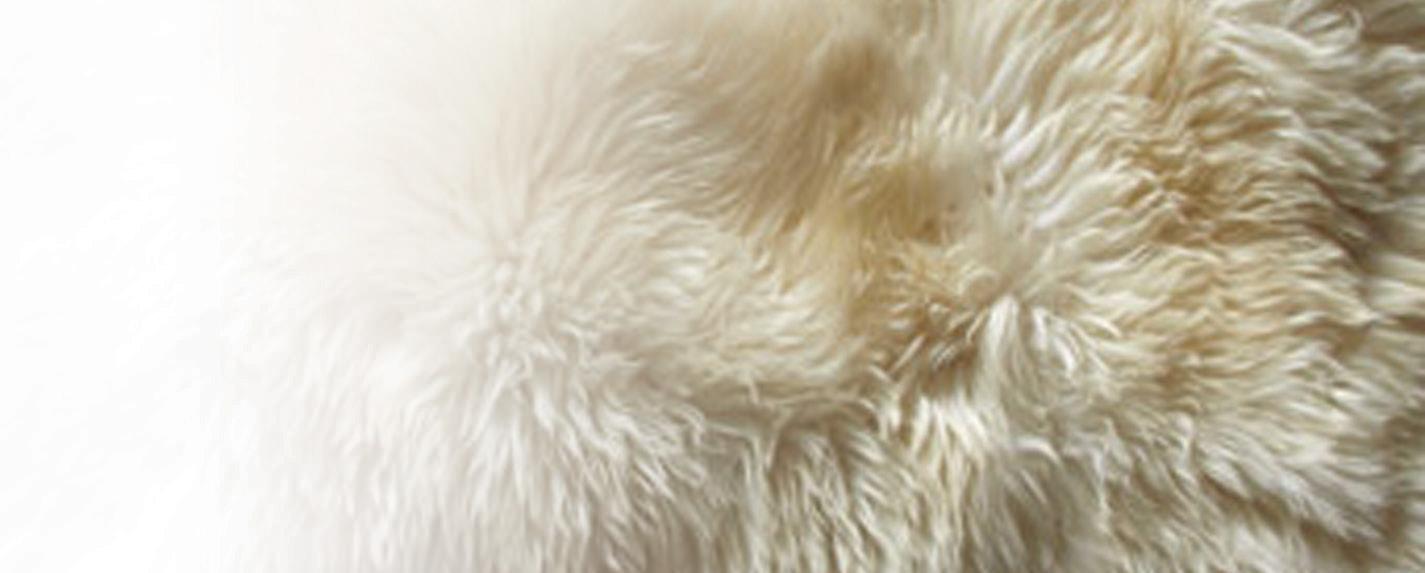
$26/test, it is competitive with the other sheep DNA test option available in this country.
“With more than 54,000 SNPs, it delivers a high-density DNA test that aligns with the SIL evaluation. It produces accurate and reliable genotype and parentage results which can help take the guesswork out of flock breeding decisions,” she says.
All the results are loaded straight into SIL by bureau partner neXtgen agri.
“We’re really pleased with how well our partnership with Neogen is developing. We needed to find and develop a test that had enough linkage with the New Zealand sheep population and Neogen helped make this happen.”
NeXtgen Agri is a genetics consultancy company working across NZ and Australia which specialises in working with farmers to enable genetic gain on their farms. Its team has a wealth of knowledge and is a market leader in the development of successful breeding programs and conducting groundbreaking genetic research.
“This partnership will be extremely beneficial for sheep and beef farmers across NZ because we will be collaborating on several projects that should bring new and improved
genetic offerings, as well as solutions for problems that the agricultural industry is going to face in the near future,” Holland says.
With help from neXtgen Agri, the PBB SIL bureau is increasing in capacity. There are plans for three dedicated team members to provide performance recording and genetic evaluation services.
PBB NZ general manager Harry Faas says it is important that farmers are offered choices to ensure lower prices, higher quality services and more innovation.
“PBB’s new Smart Flock offering is all about accuracy and has been developed in collaboration with Neogen and SIL,” he says.
Faas says one example is parent verifications which are often done on low-cost, low-density products that cause a lot of issues down the line.
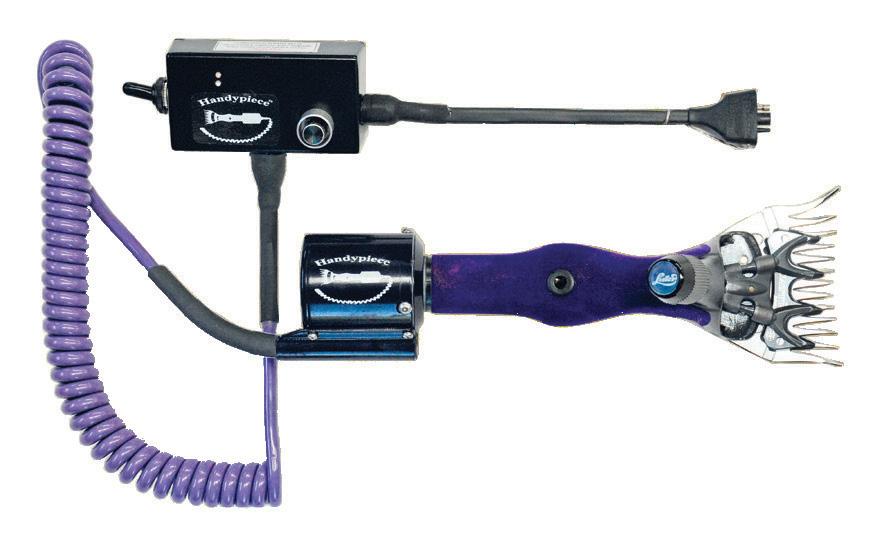
“We’ve just released a scrapie report based of our 50K Smart Flock profile and we’re testing new technology offerings to improve phenotype recording using AI and camera technology,” Faas says.
PBB and its partners aim to produce more accurate phenotypes and higher density genotypes to produce reliable predictions for NZ sheep breeders in the future, he says.


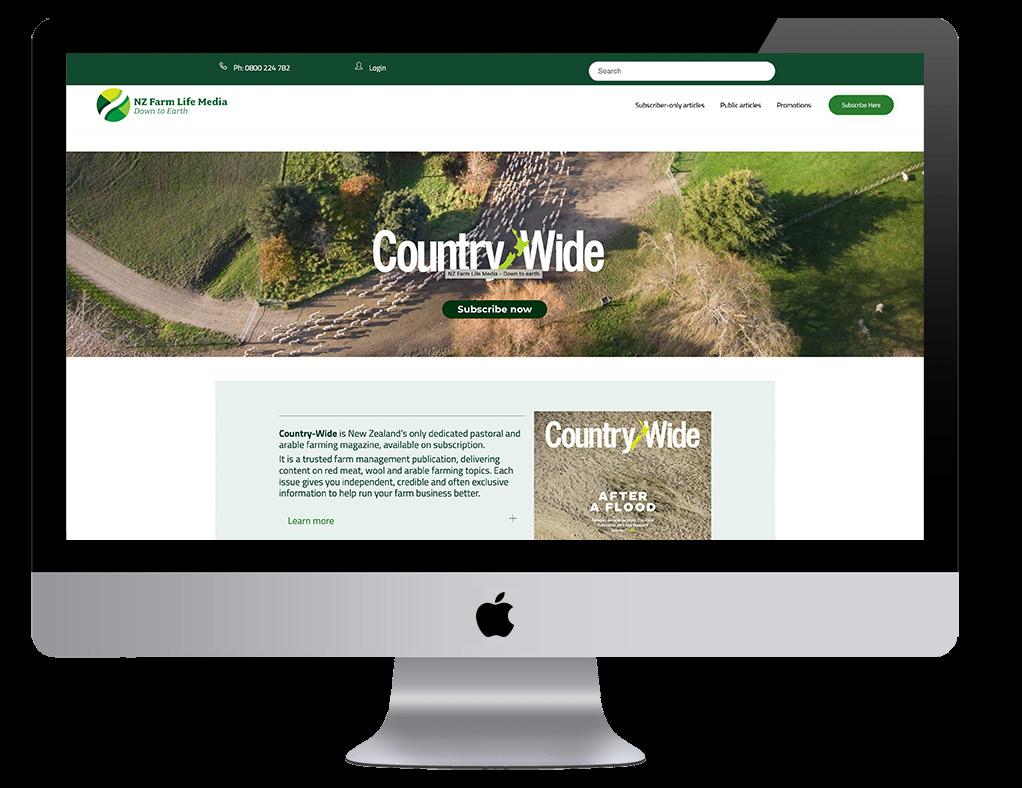


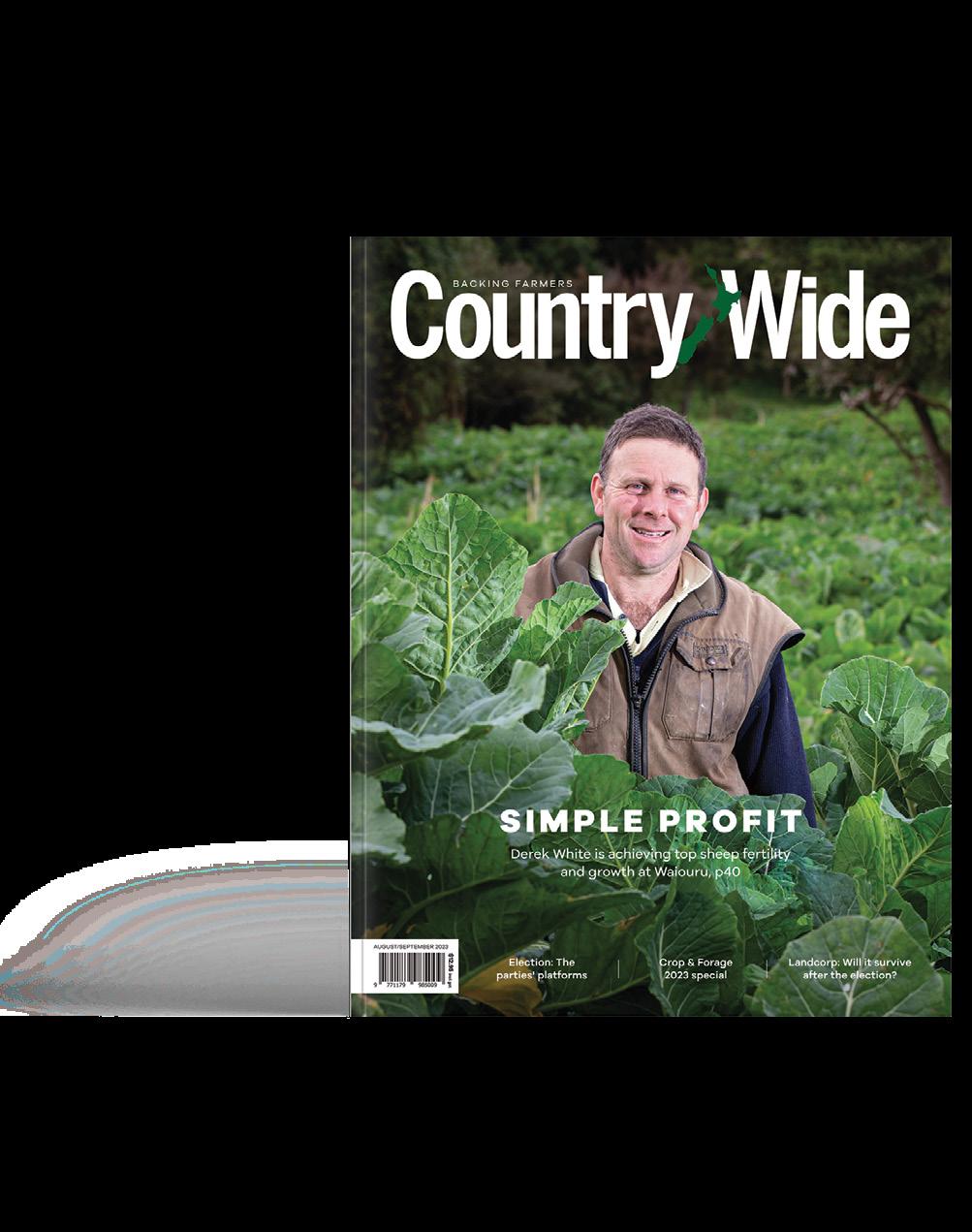
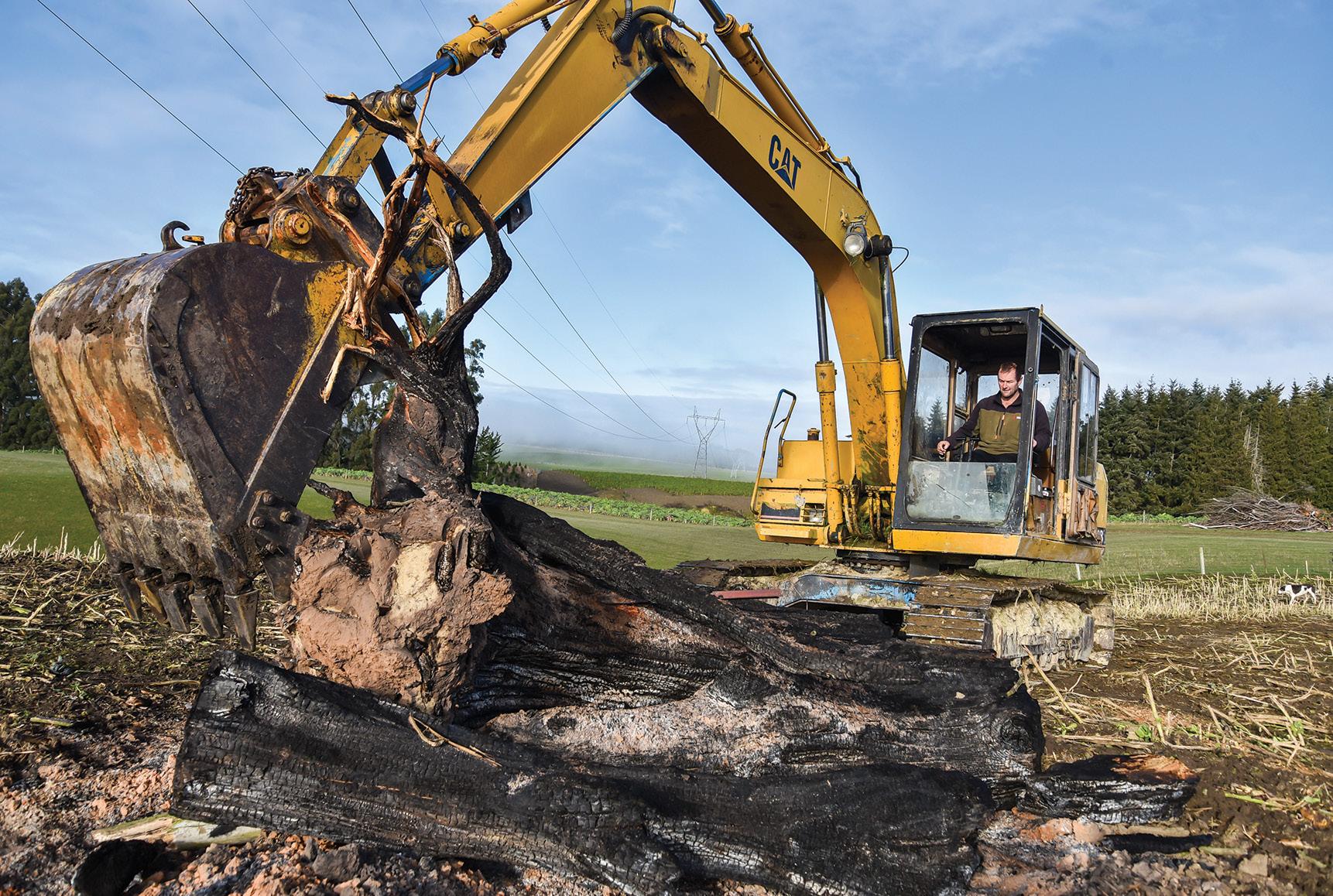
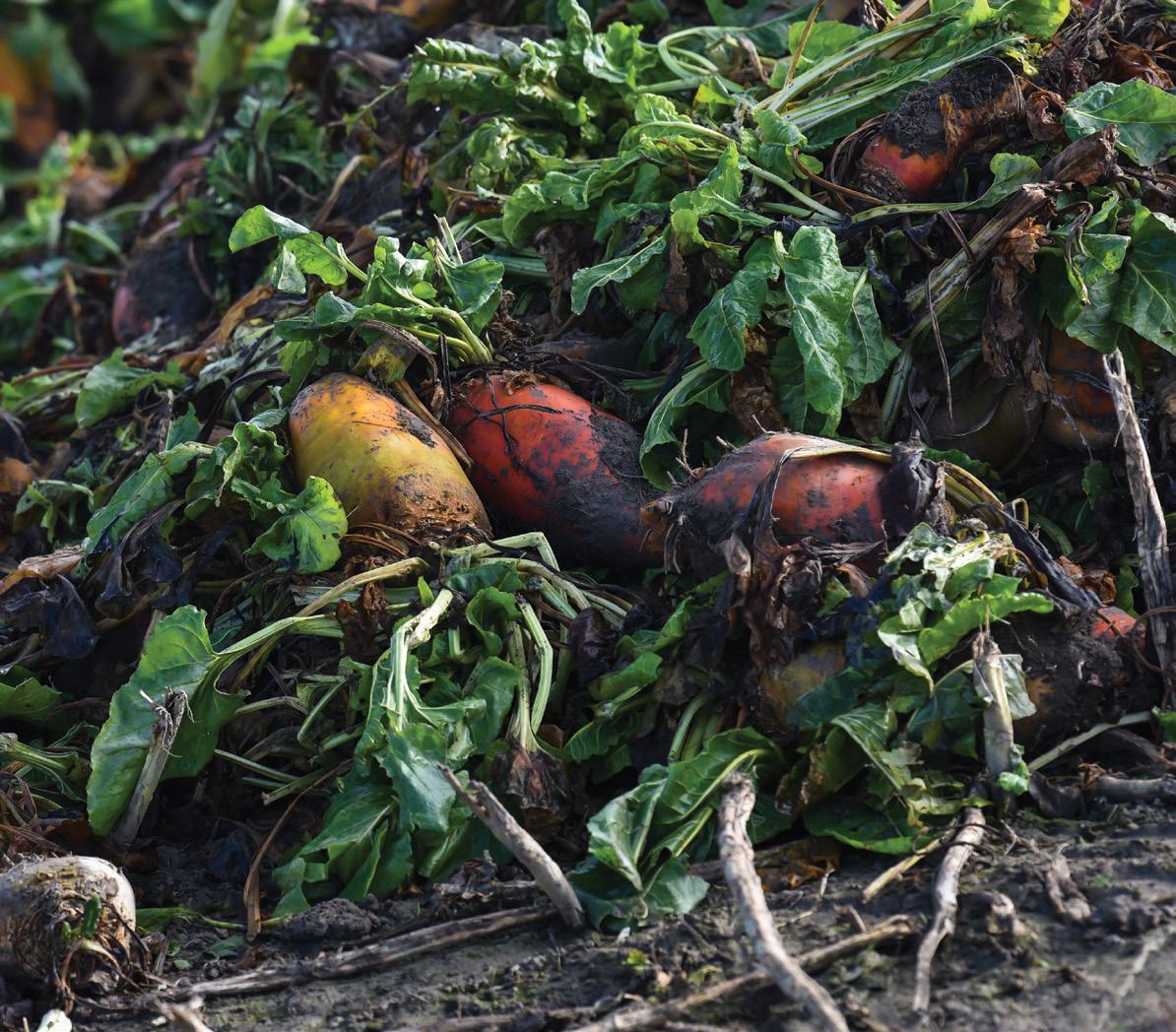
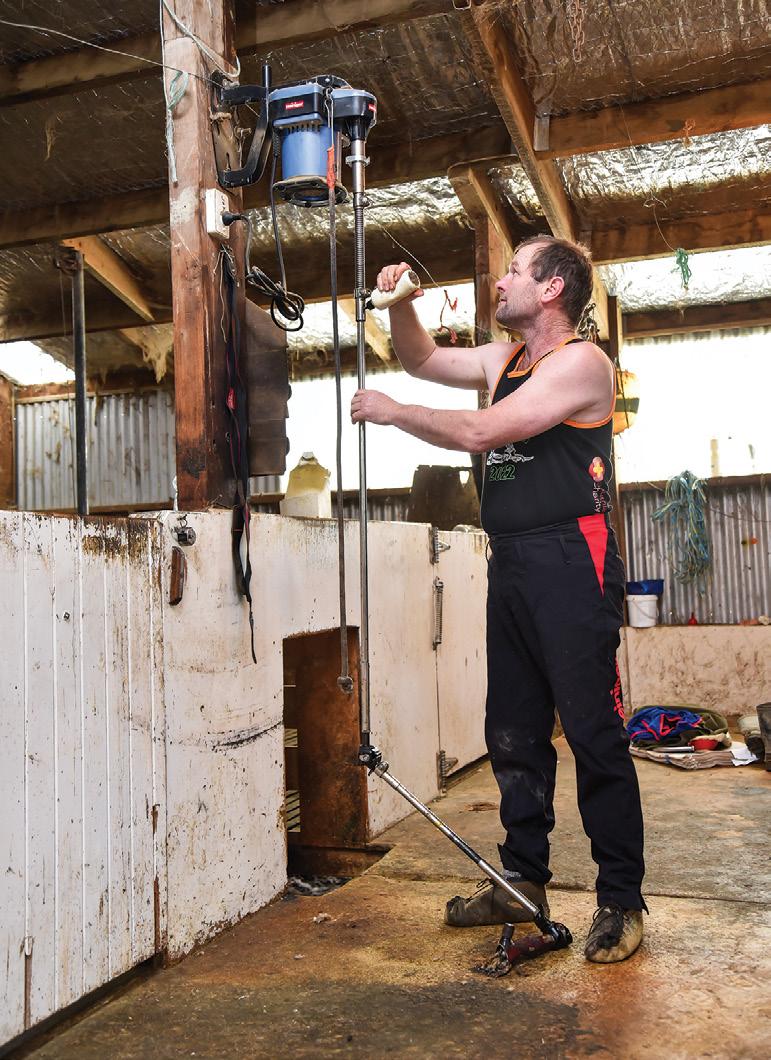
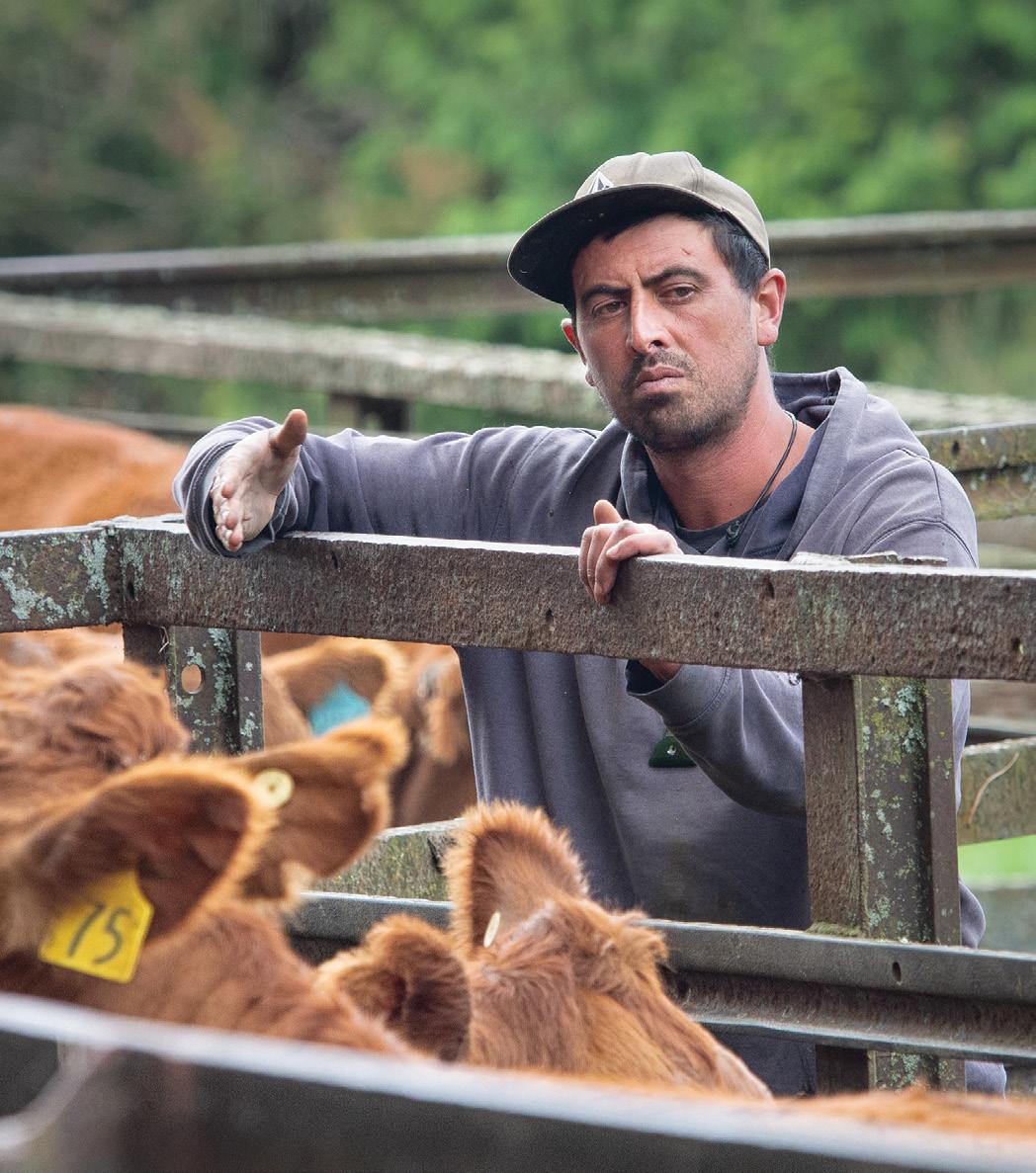

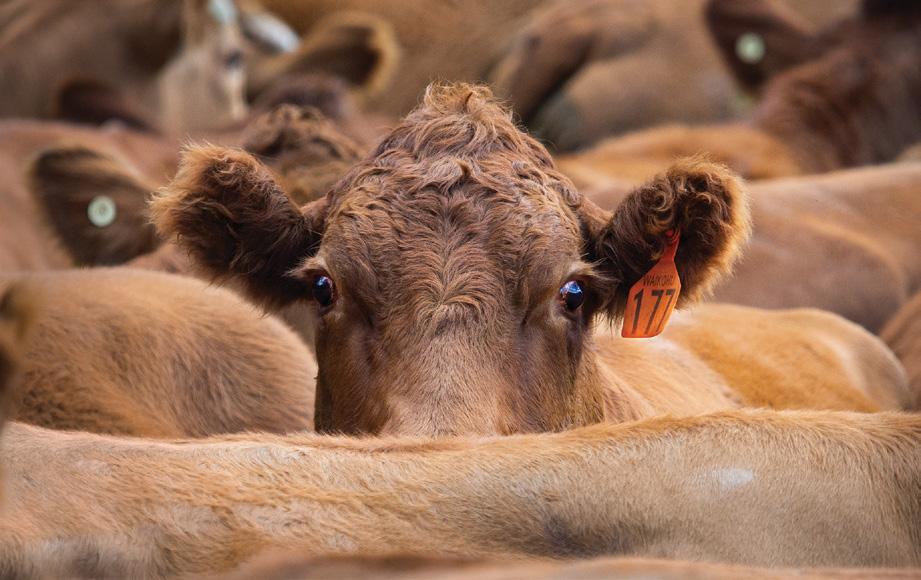
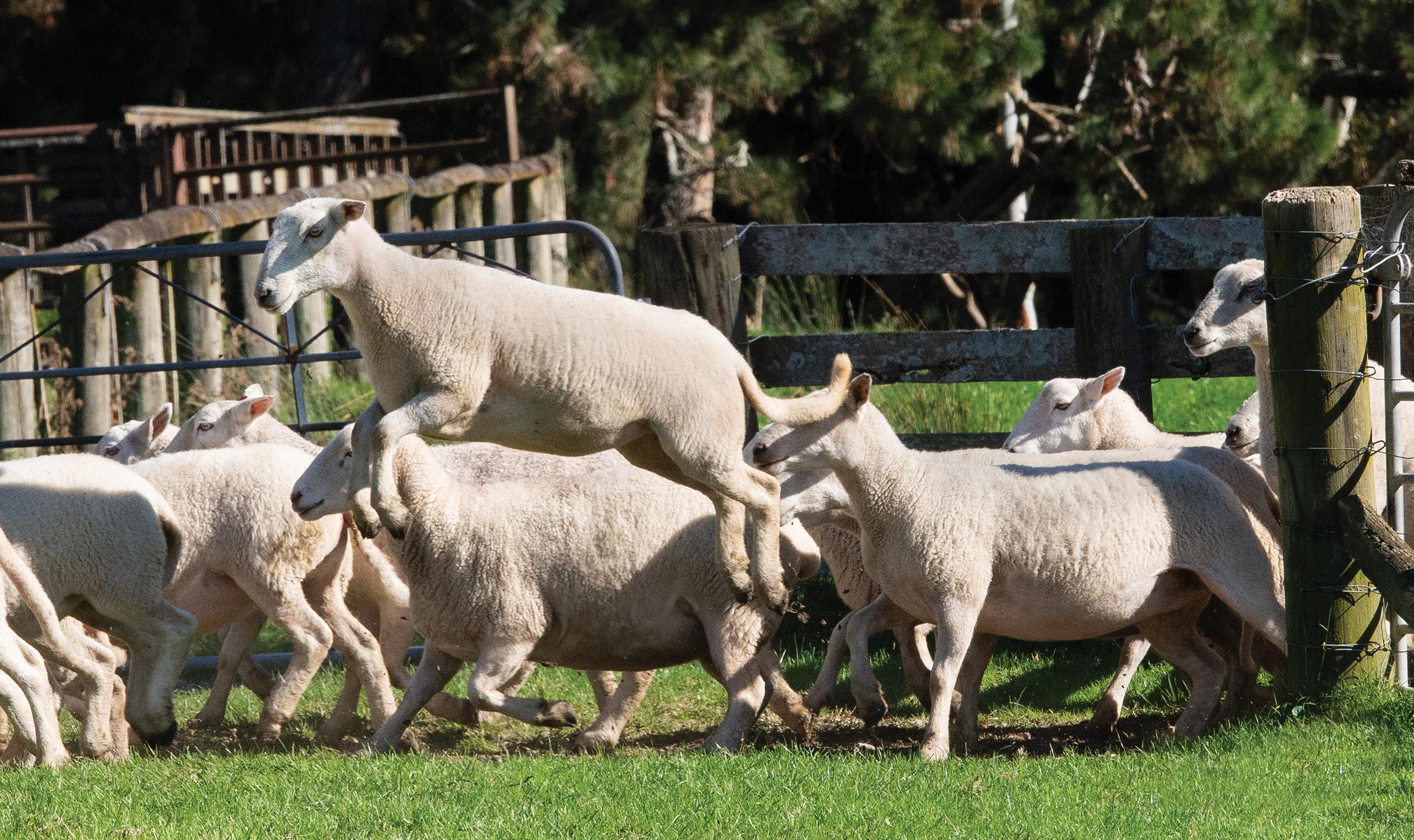
Racewell DR3 Auto Drafter
PRECISION WEIGHING & AUTO DRAFTING
The Racewell DR3 Auto Drafter is a highly efficient weighing & drafting machine that can reduce labour & improve accuracy.
FEATURES
• 3 way auto drafting based on weight or animal criteria
• Multi-function remote & centrally mounted controls
• Twin adjustable optical sensors for optimum speed and flow
• Rubber lined floor for quiet operation
• Includes integrated overhead load cells to eliminate load bar failures and damage
• Rugged, hot dip galvanised construction and a well proven design for long life and high resale value
• Powered by external 12V battery or 240 power connection and compressed air.
3-WAY AUTO DRAFTING SHEEP HANDLER
The Racewell HD3 Sheep Handler will automatically weigh & draft three ways. Take the hard work out of sheep handling!


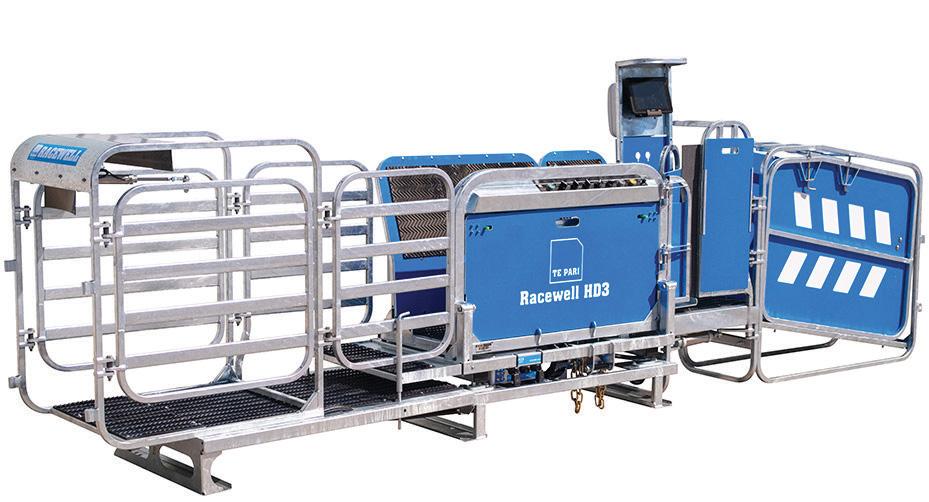
FEATURES
• 3-way auto drafting based on weight or animal criteria
• Multi-function remote to control the clamp/release and drafting gates
• Rugged design made in NZ with hot dipped galvanised steel
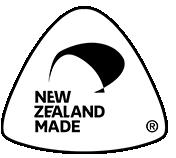

• Four adjustable optical sensors to allow the operator to set different catch positions
$14,995 Normally $16,500 NOW ONLY SAVE $1505
• Powered by external 12V battery or 230 power connection and compressed air.
• Optional side tilt and front and rear access flaps
• Loadbars and scale indicator are additional, not included.
Ready for an upgrade? Talk to us about a trading in your old sheep handler.
$23,000 PRICED FROM FREE DELIVERY
+GST